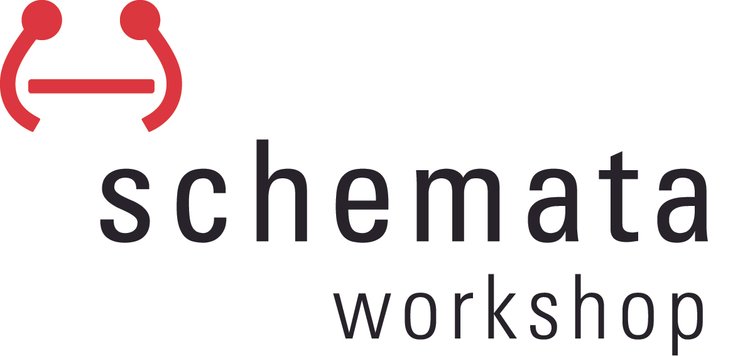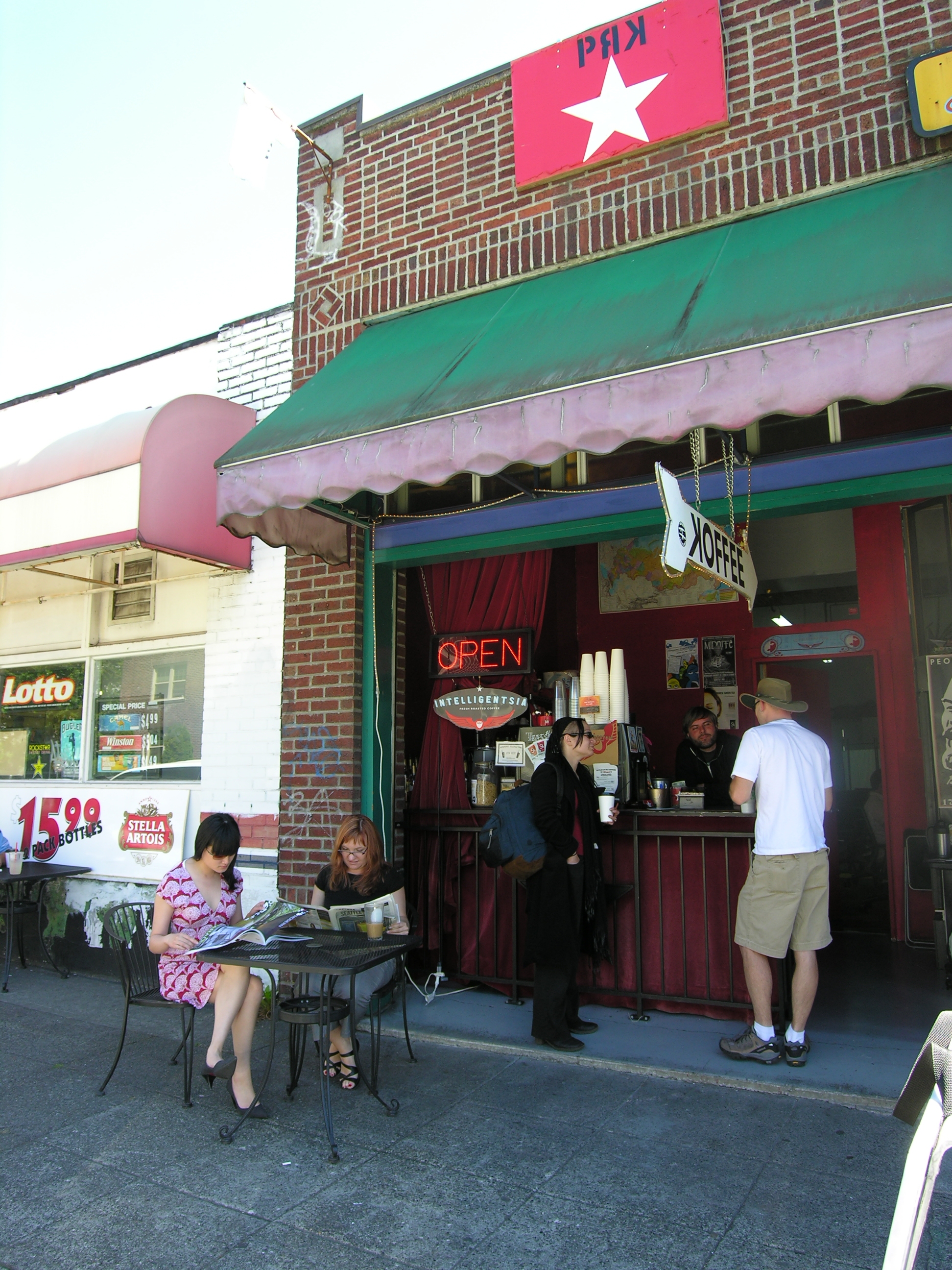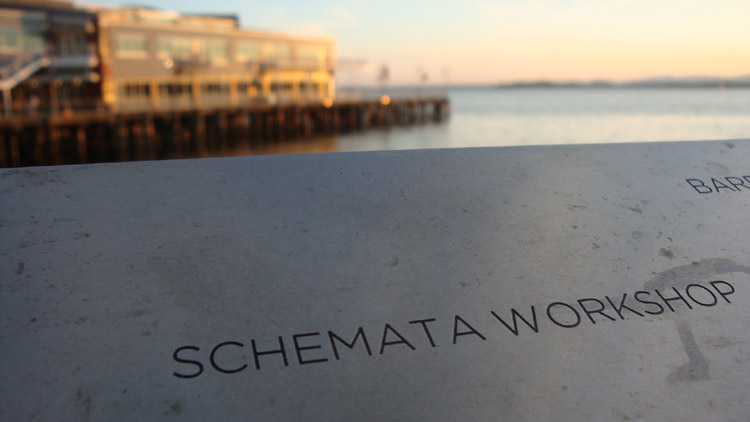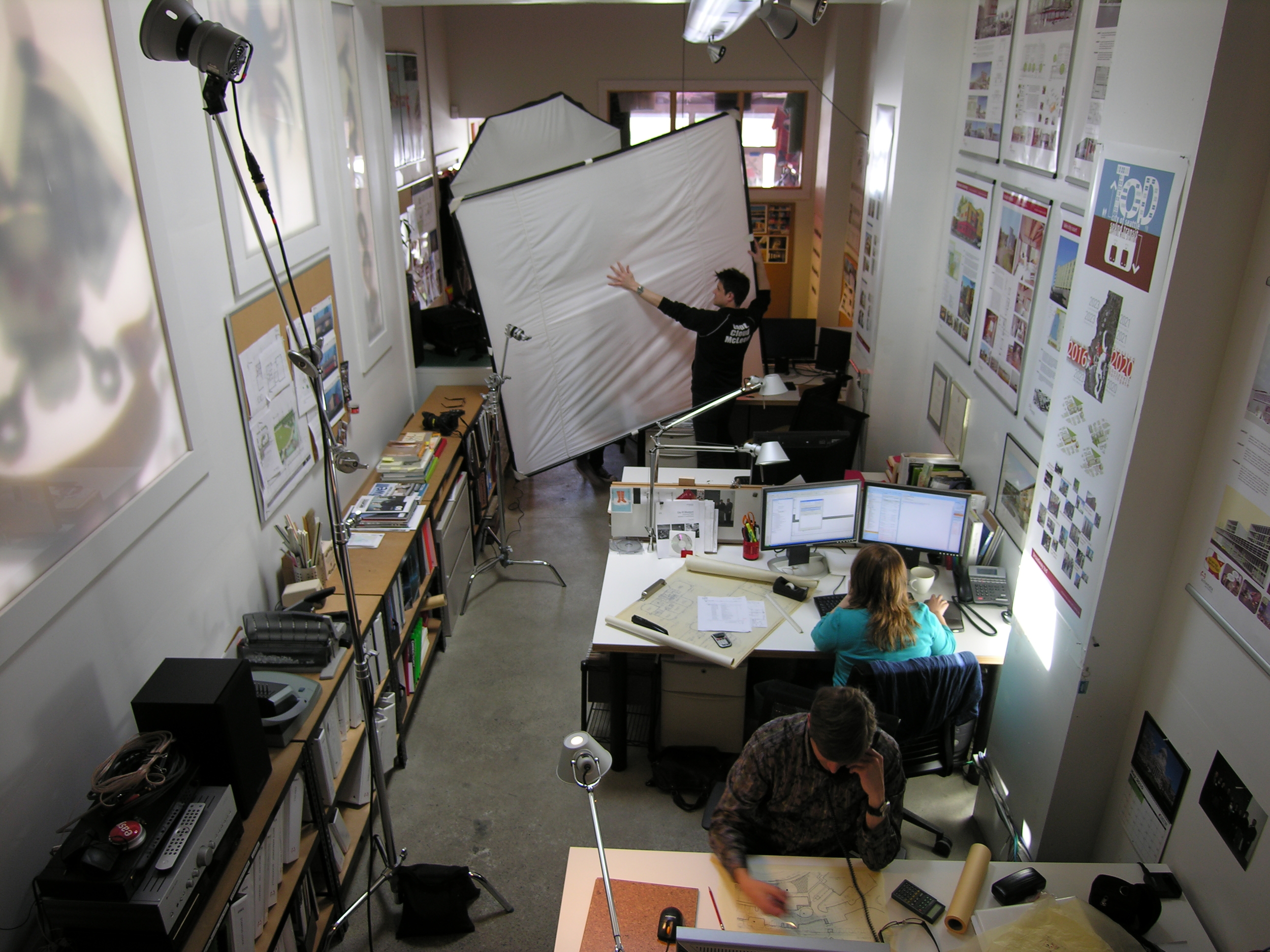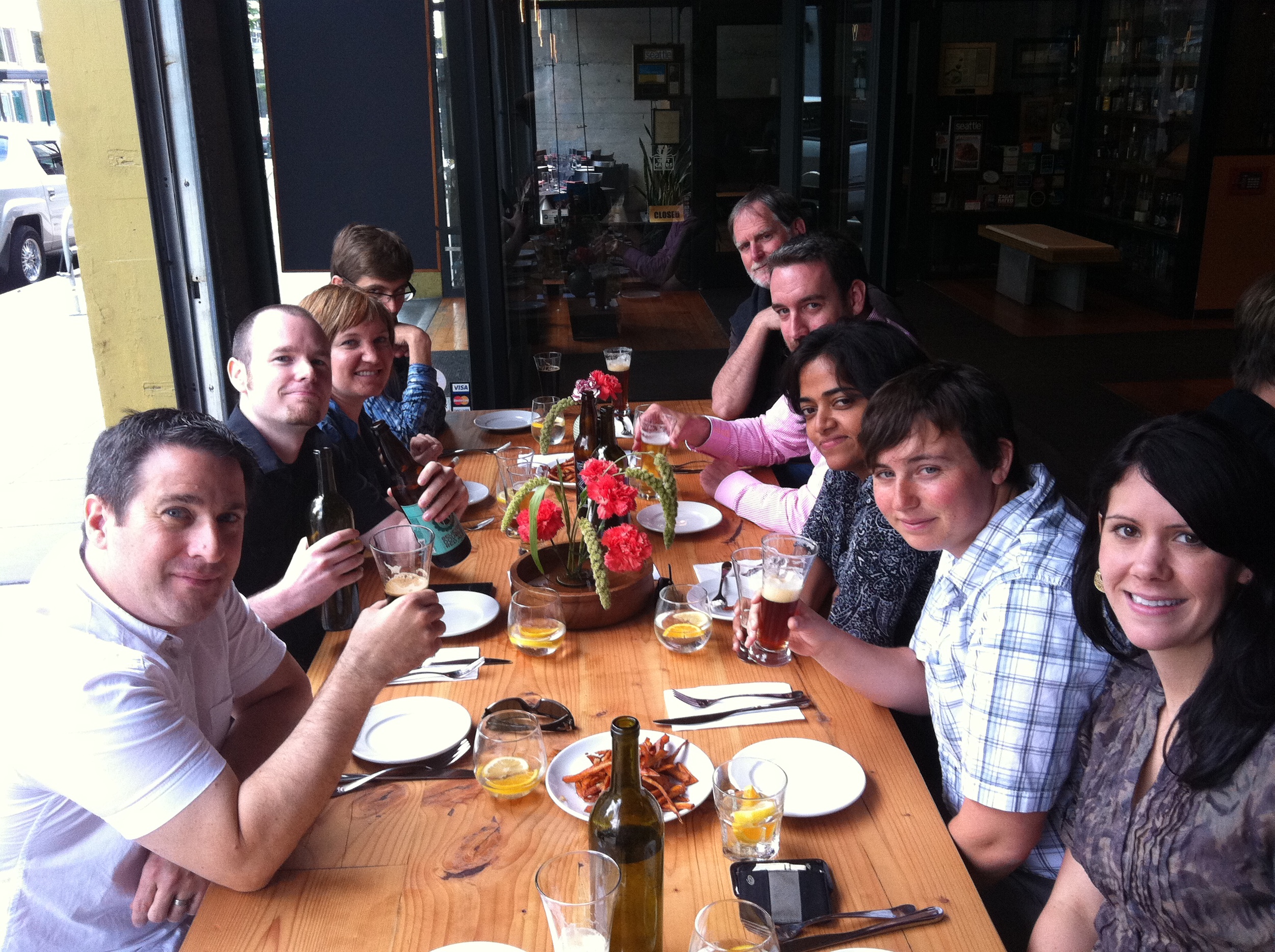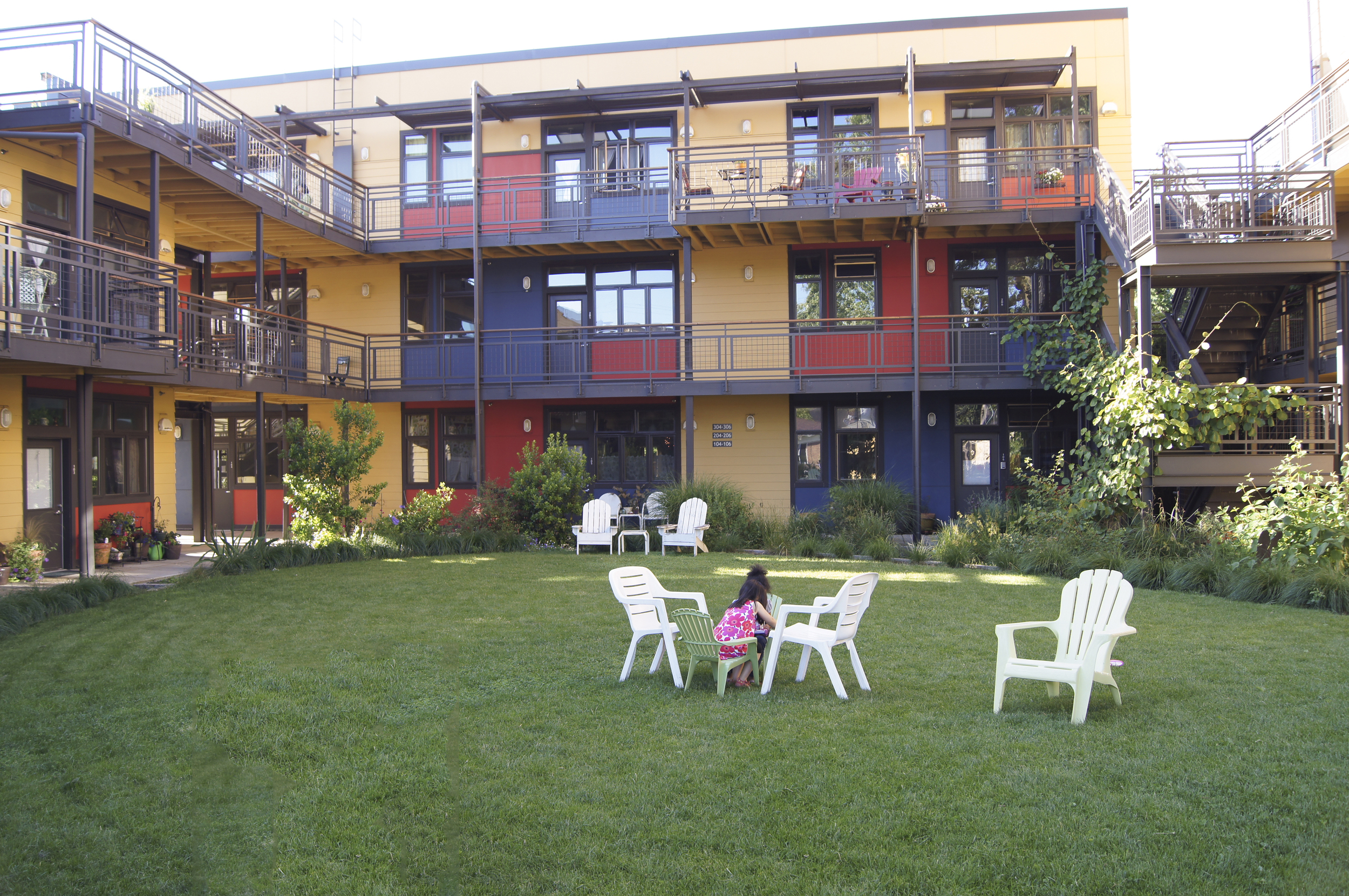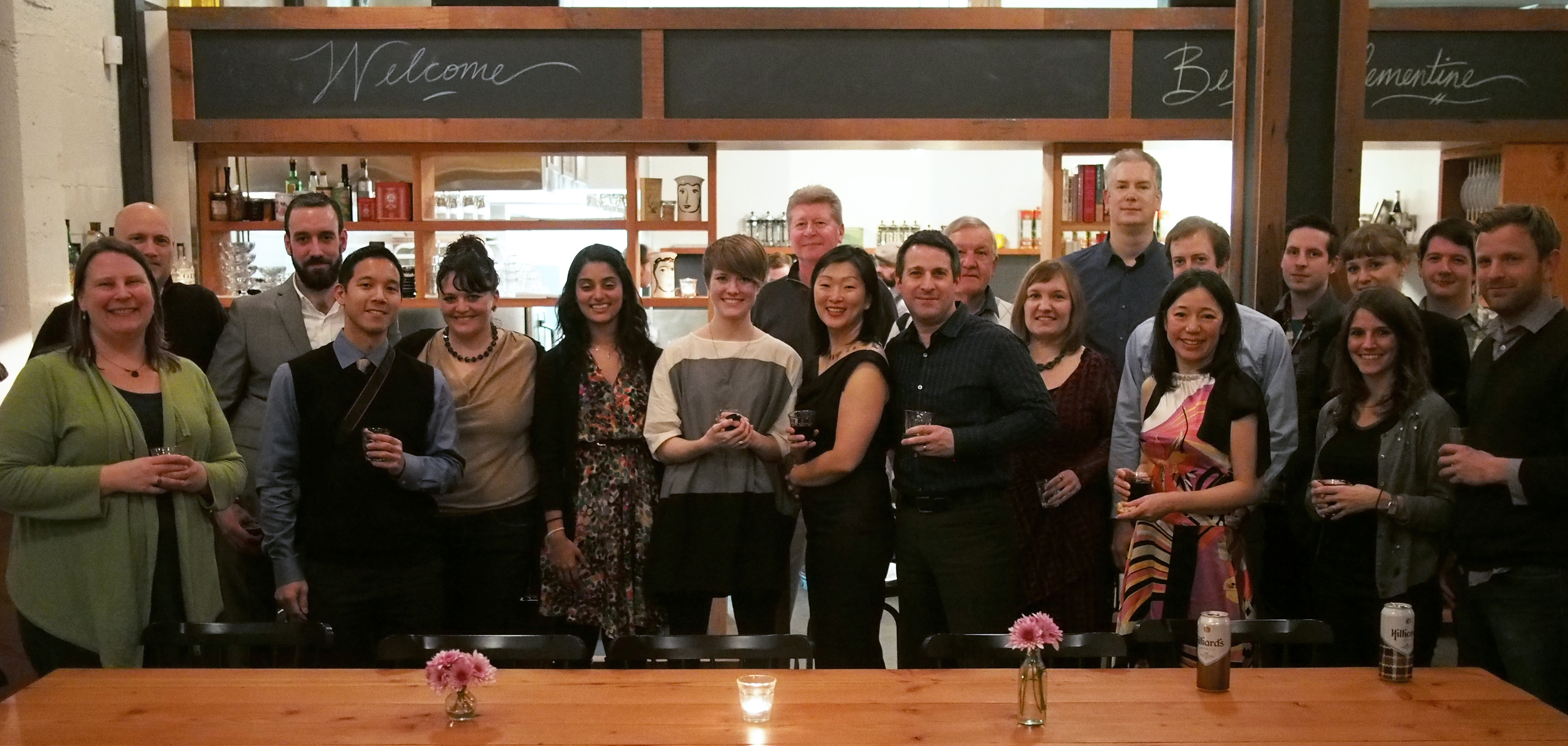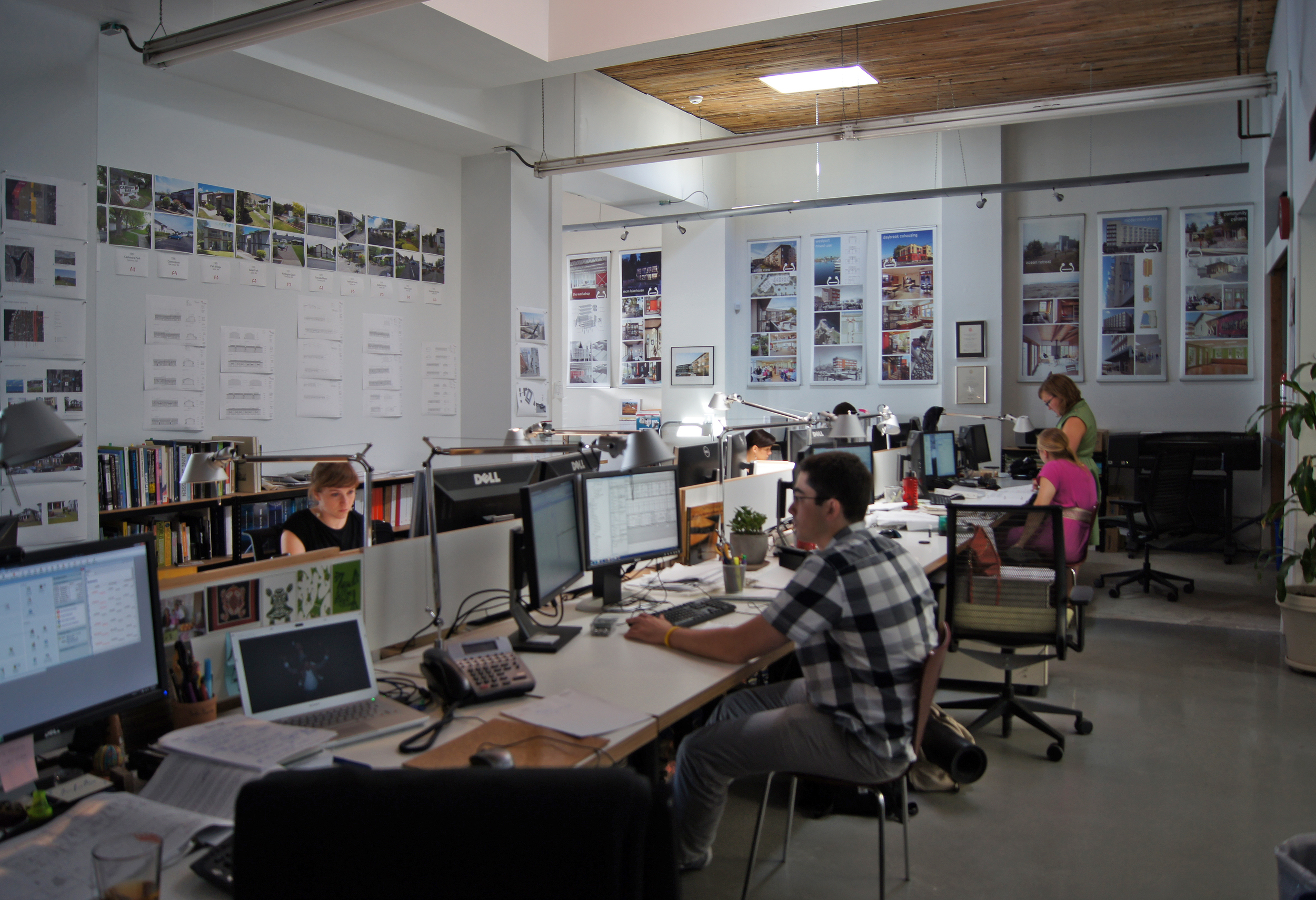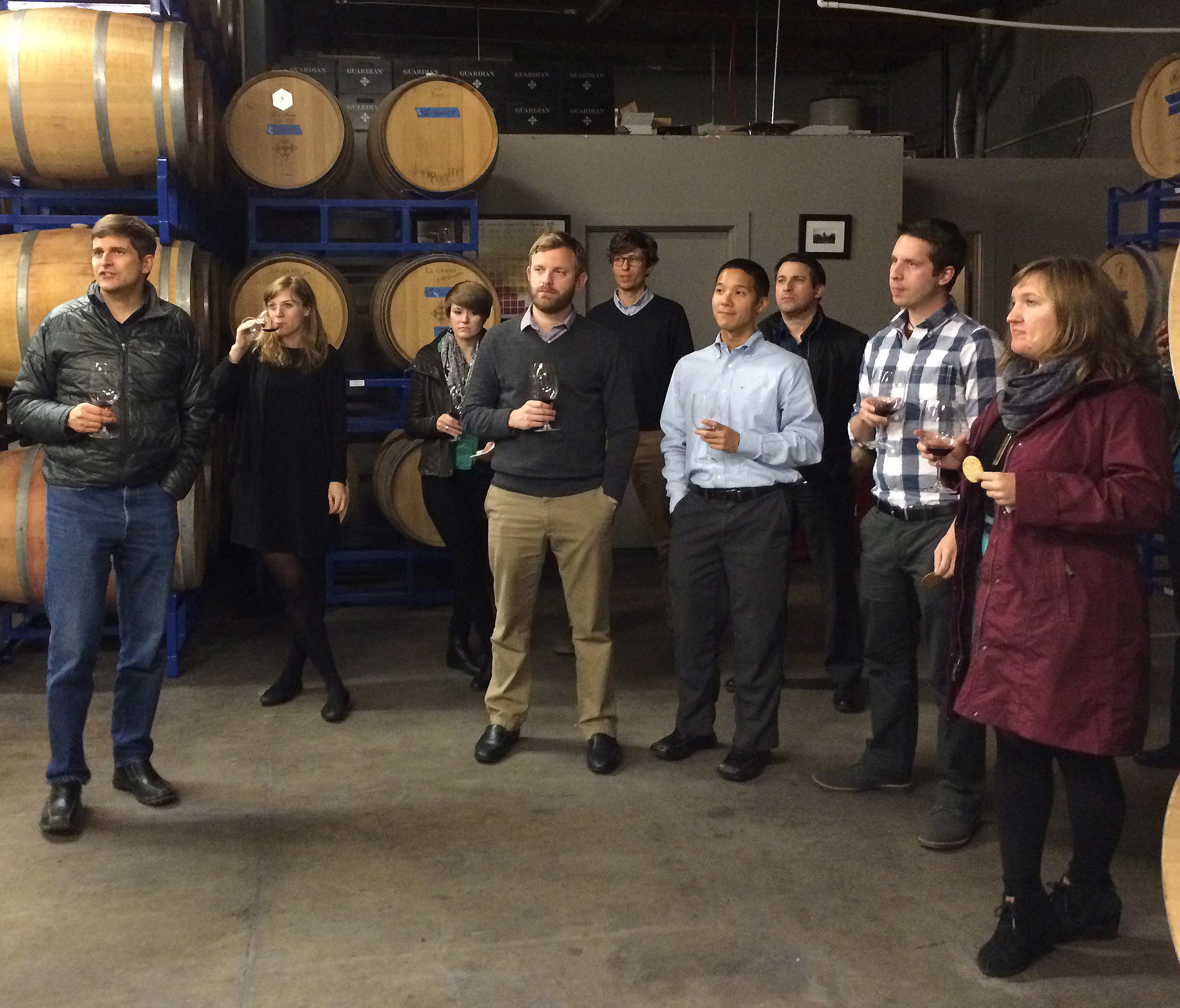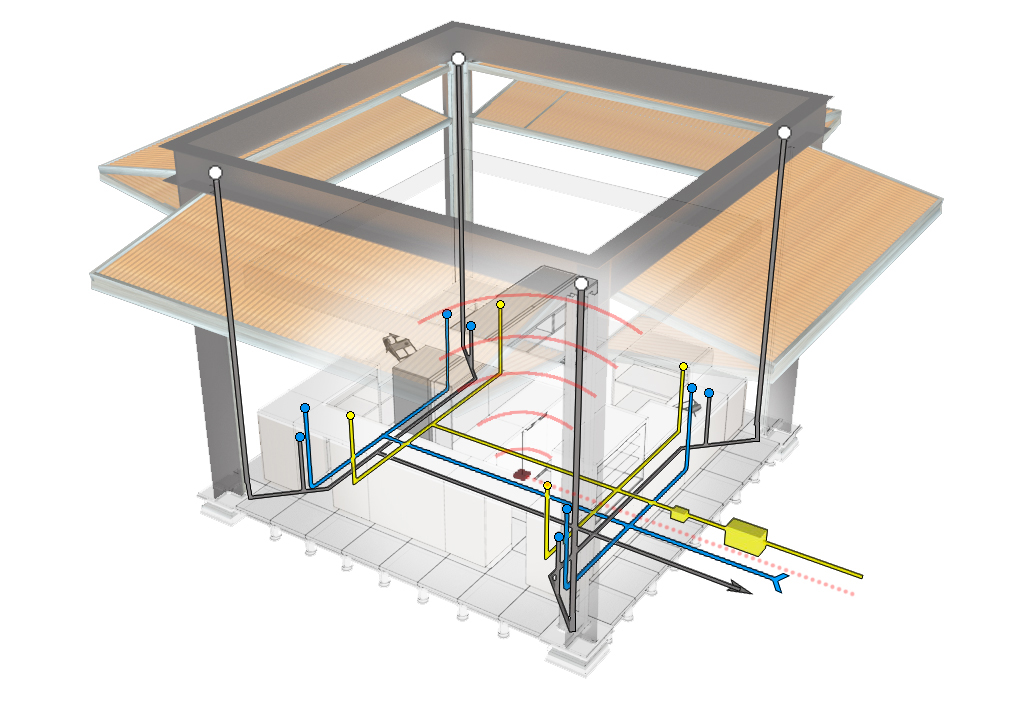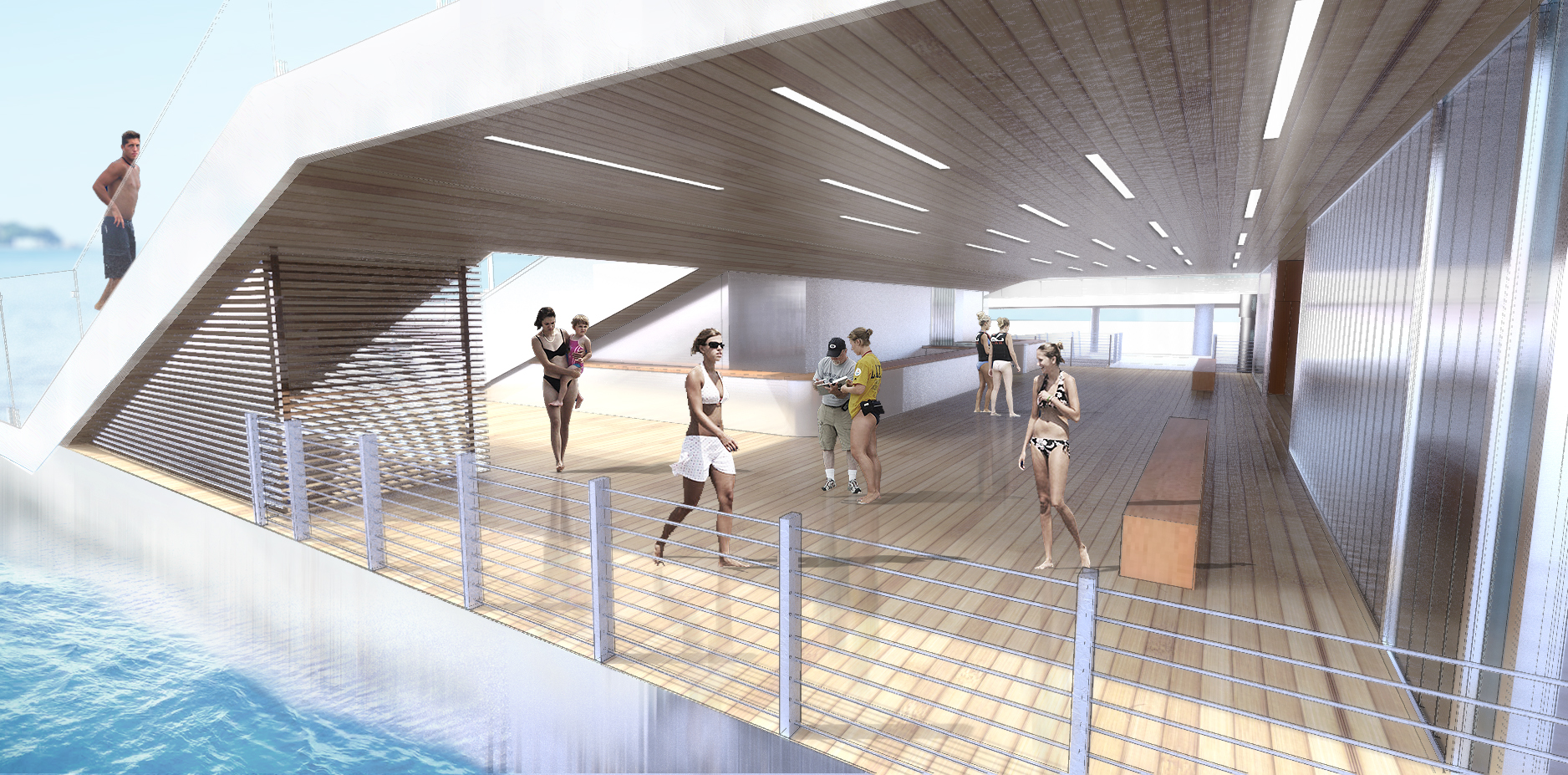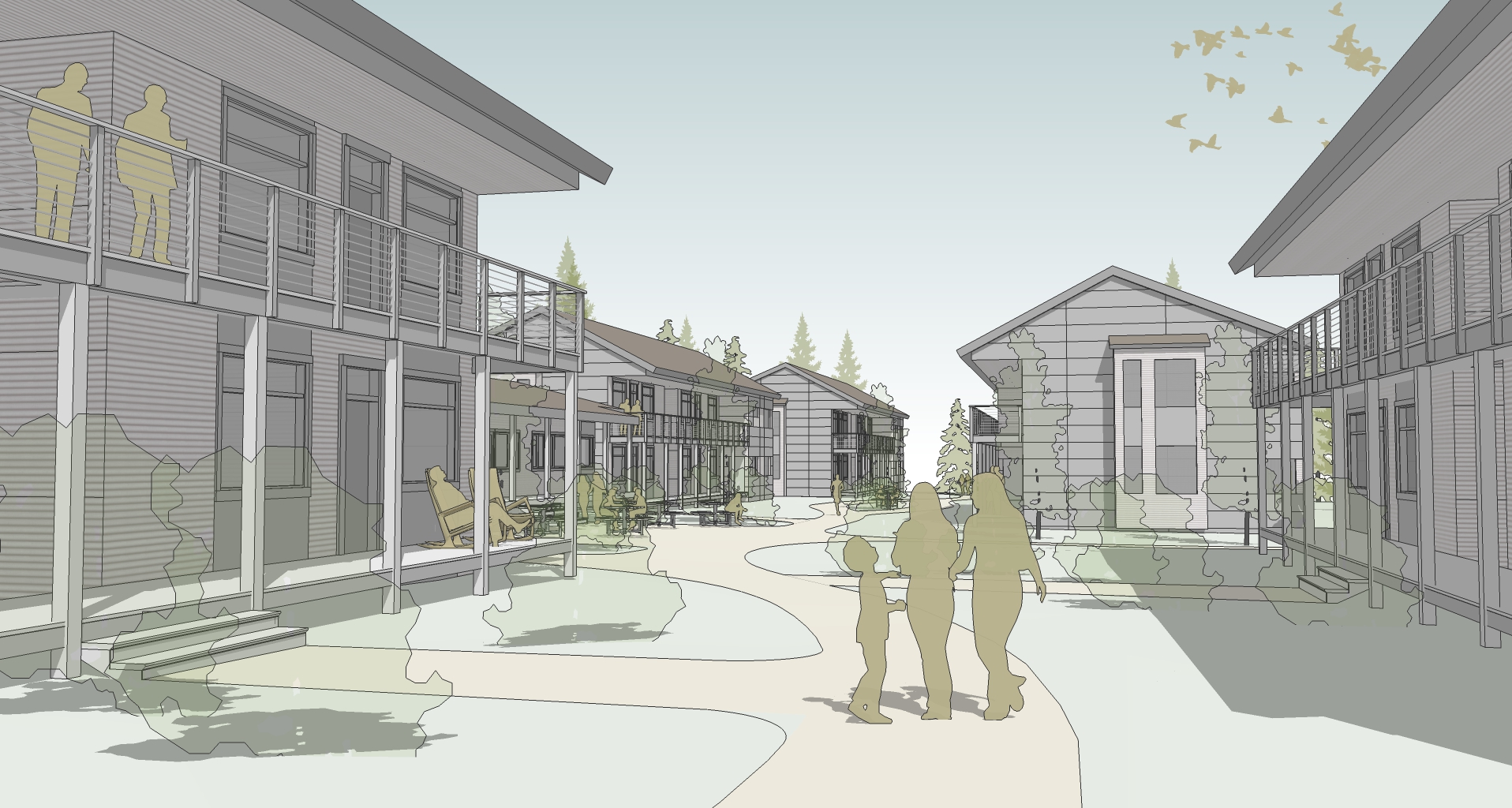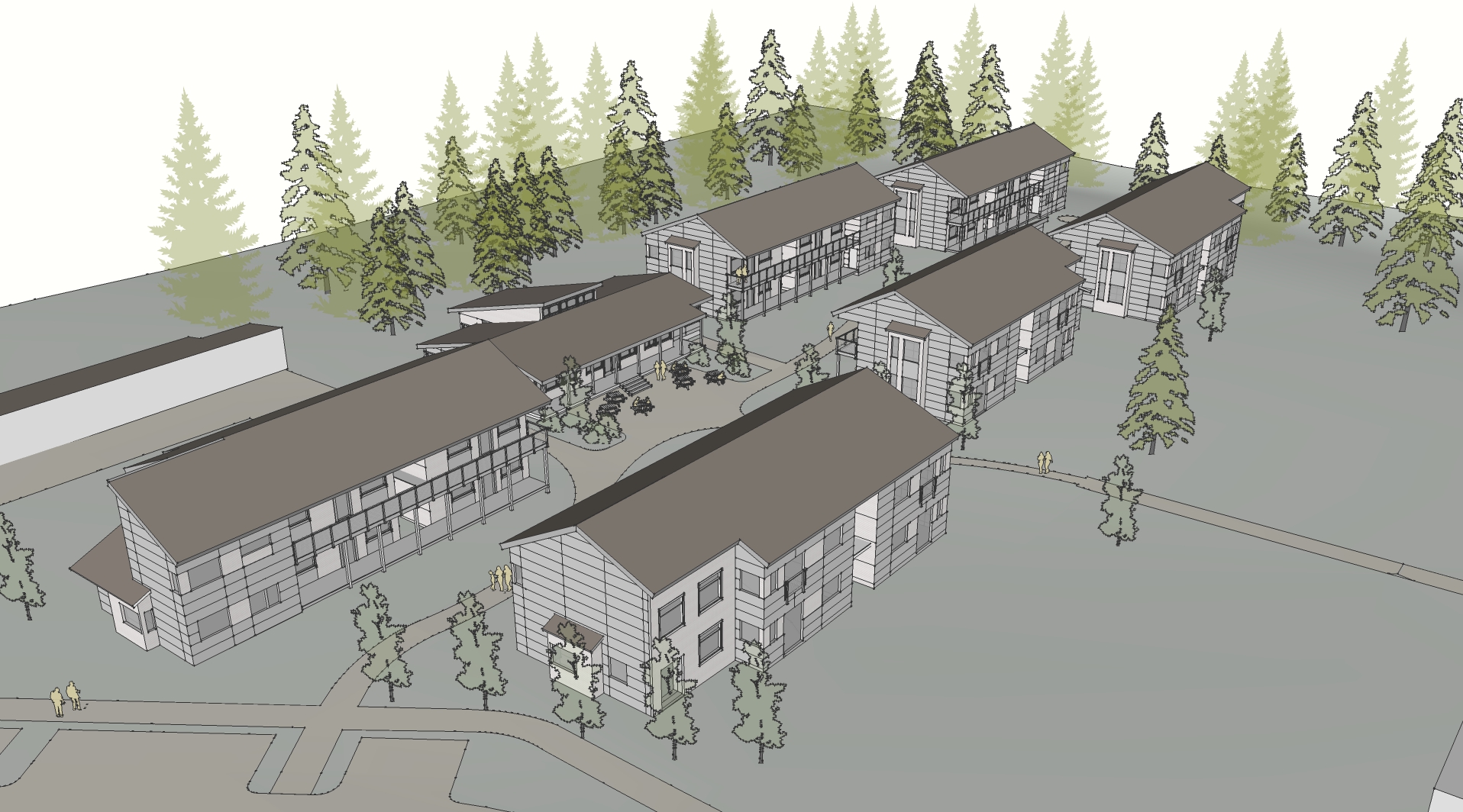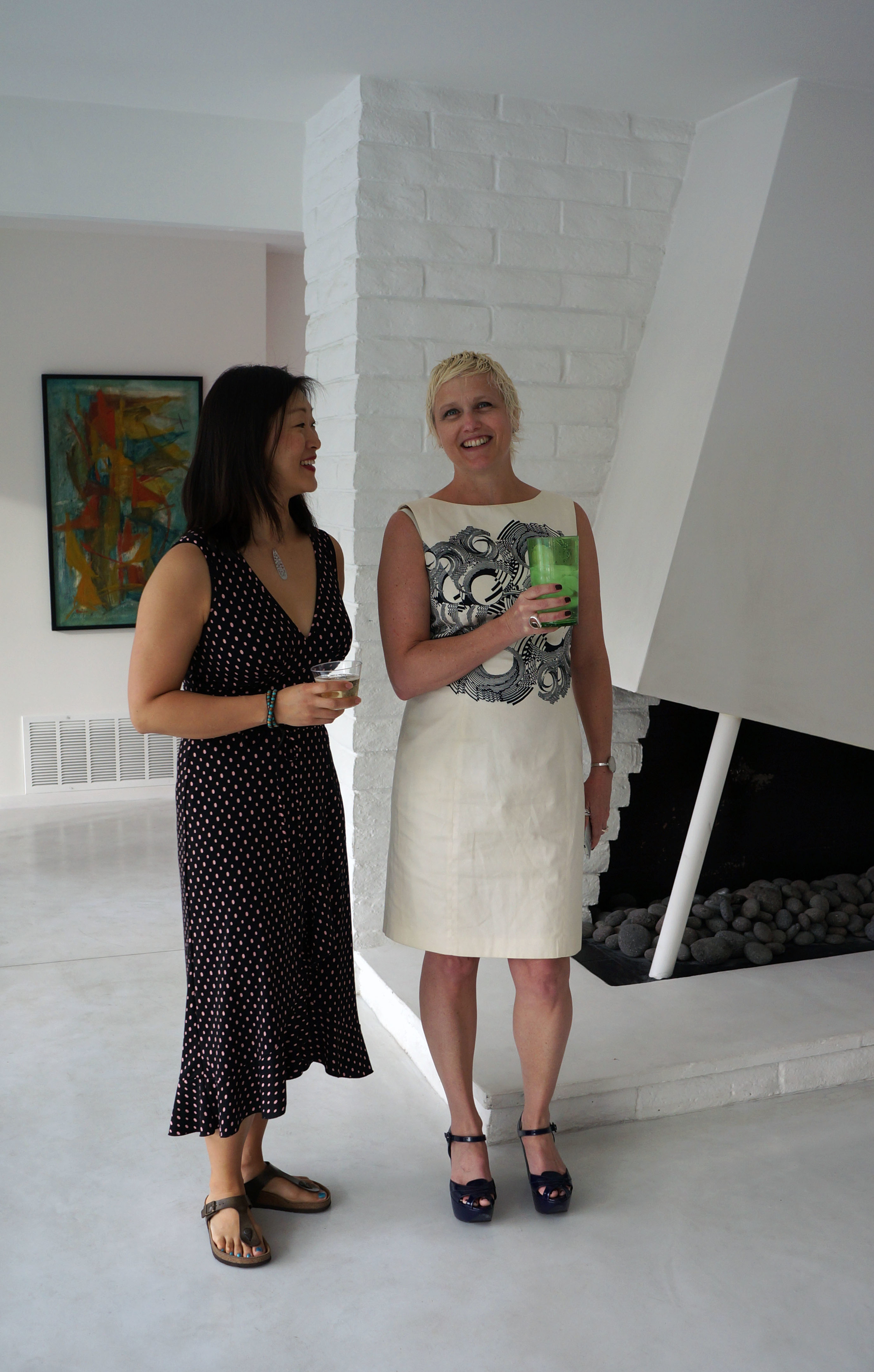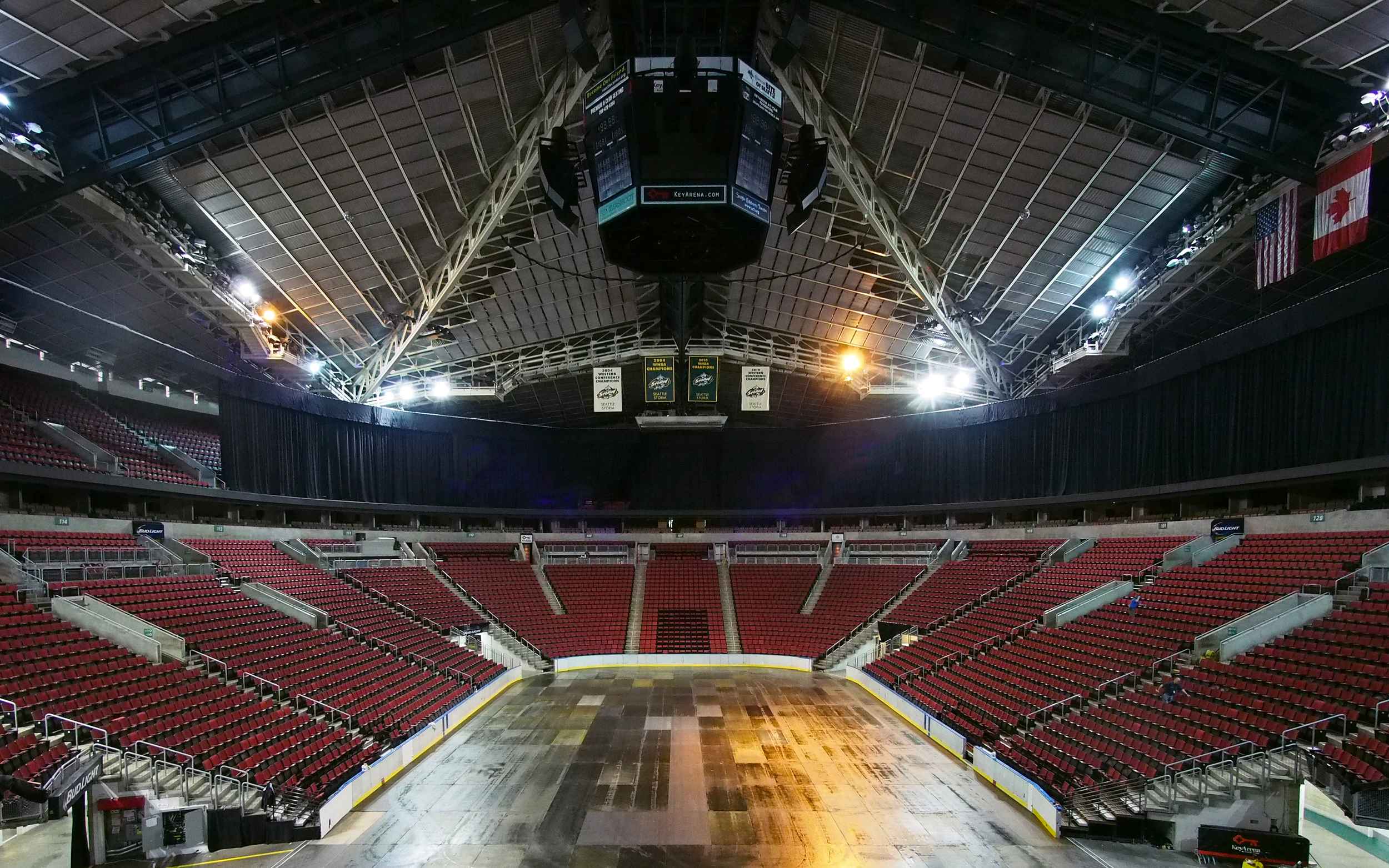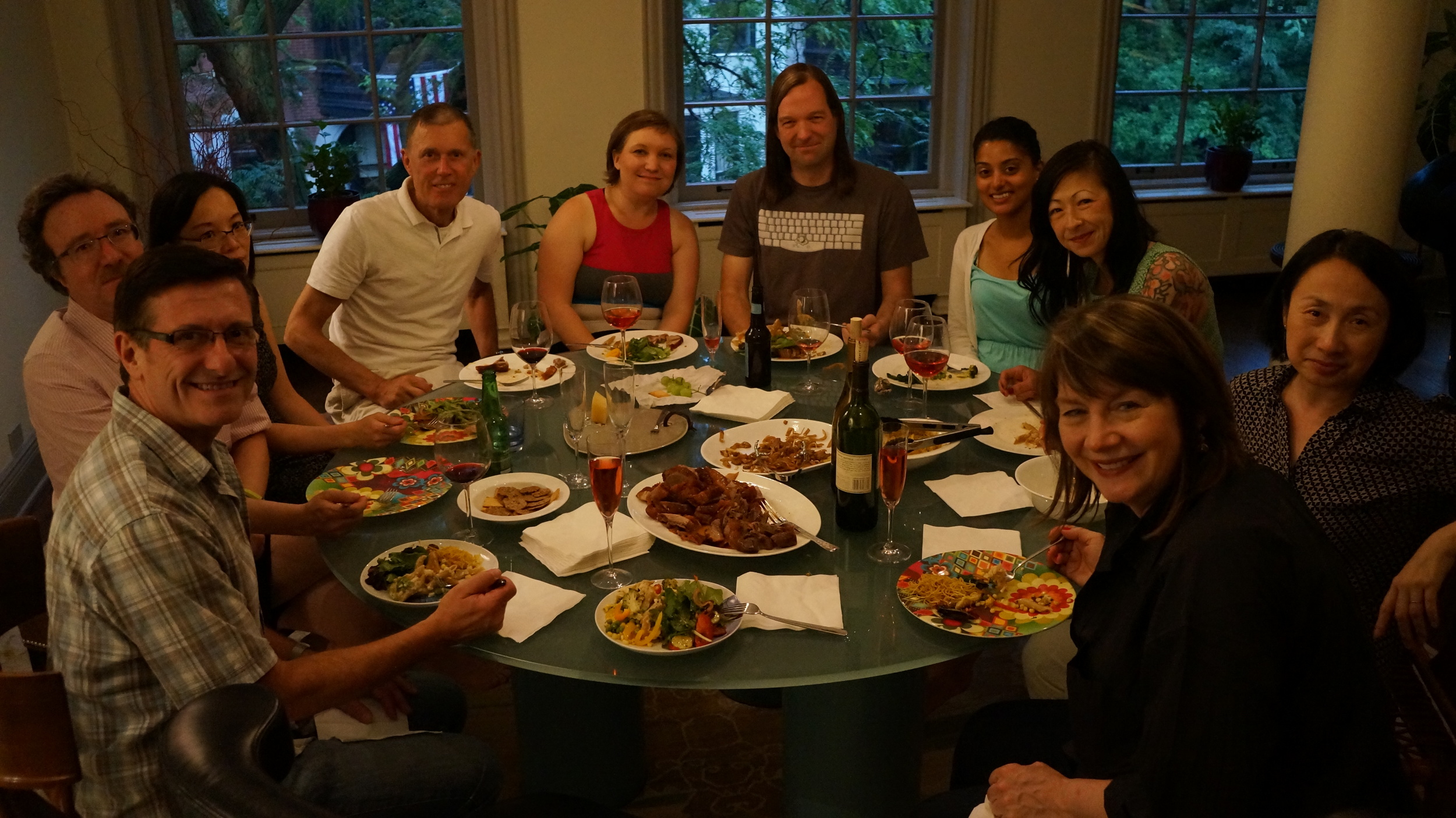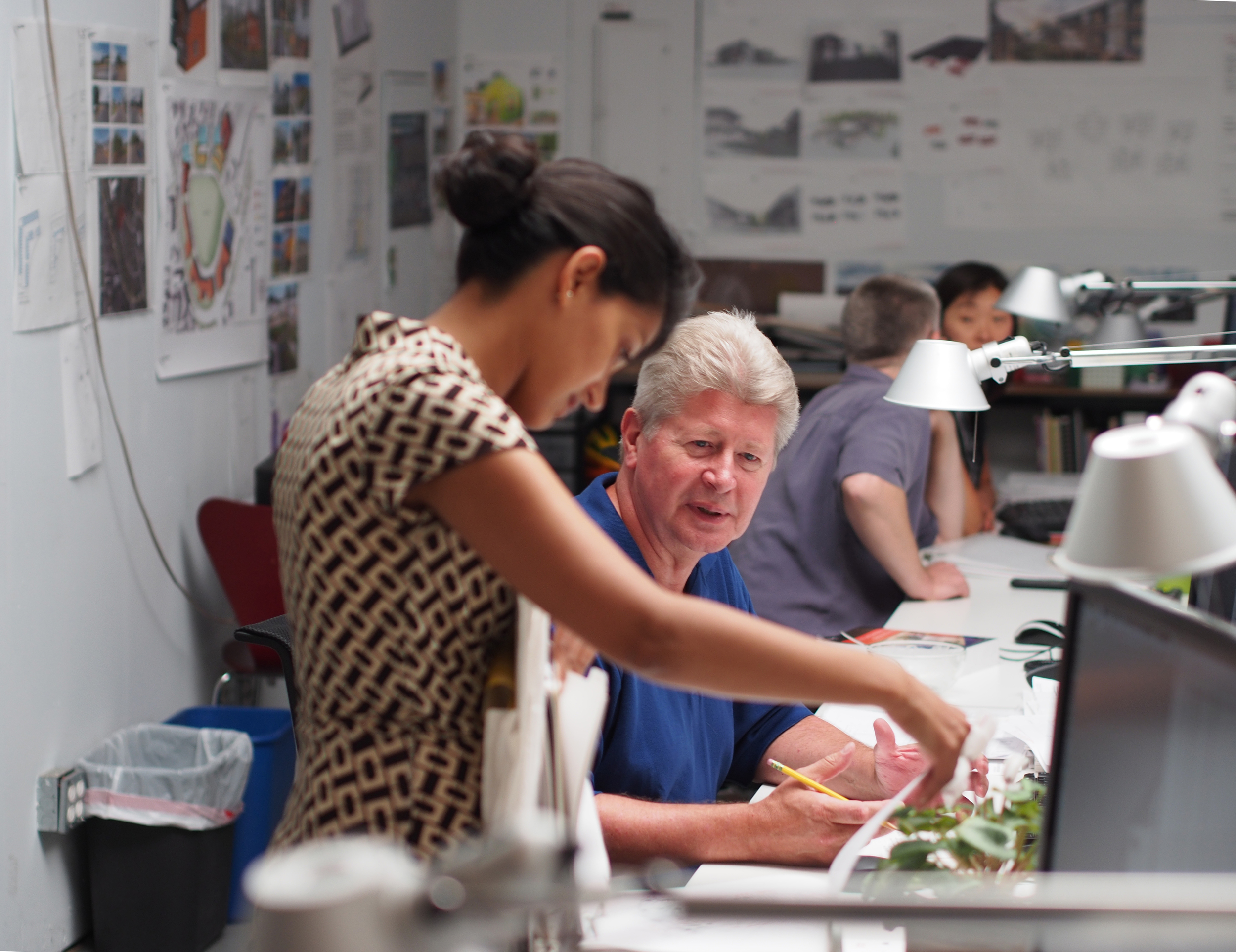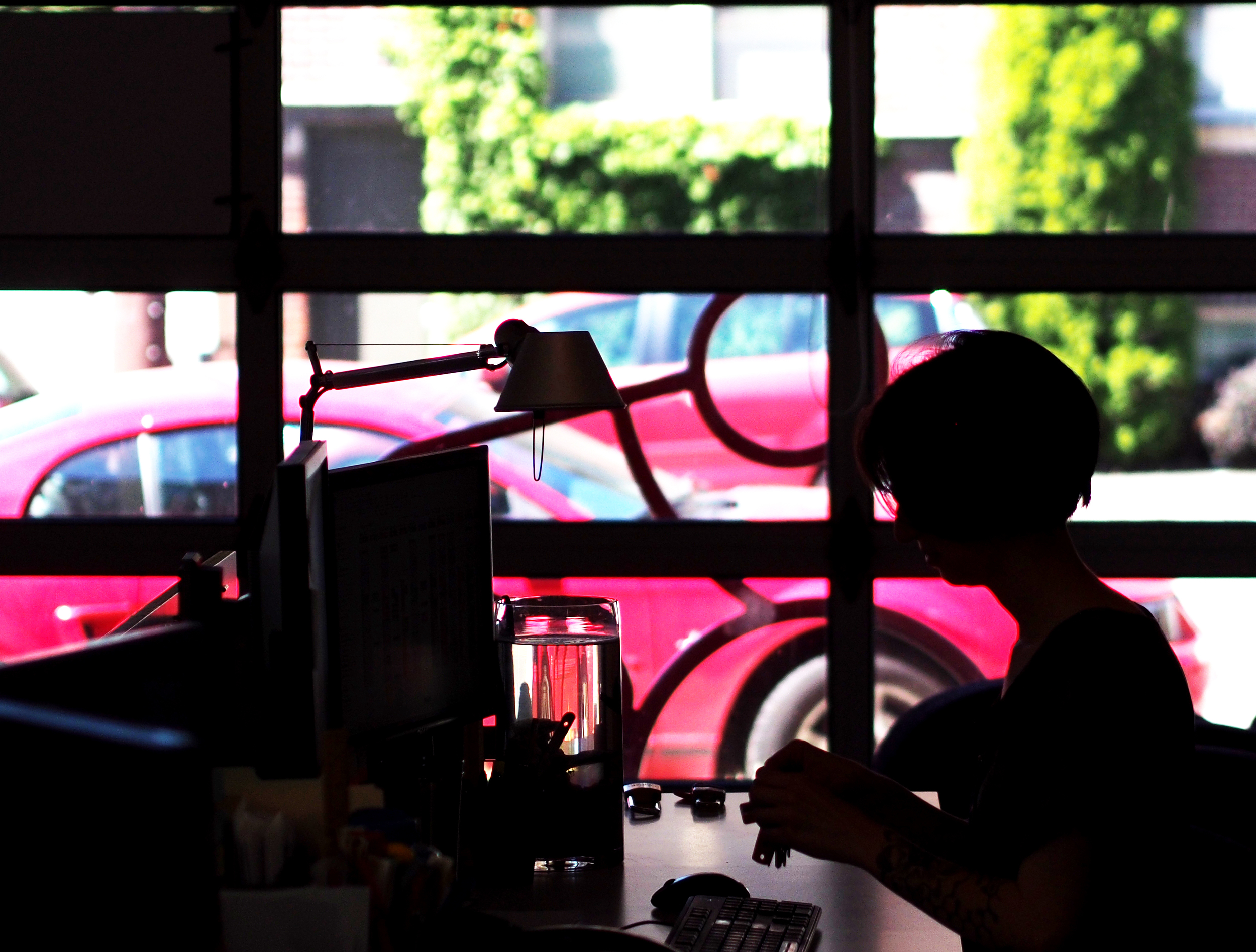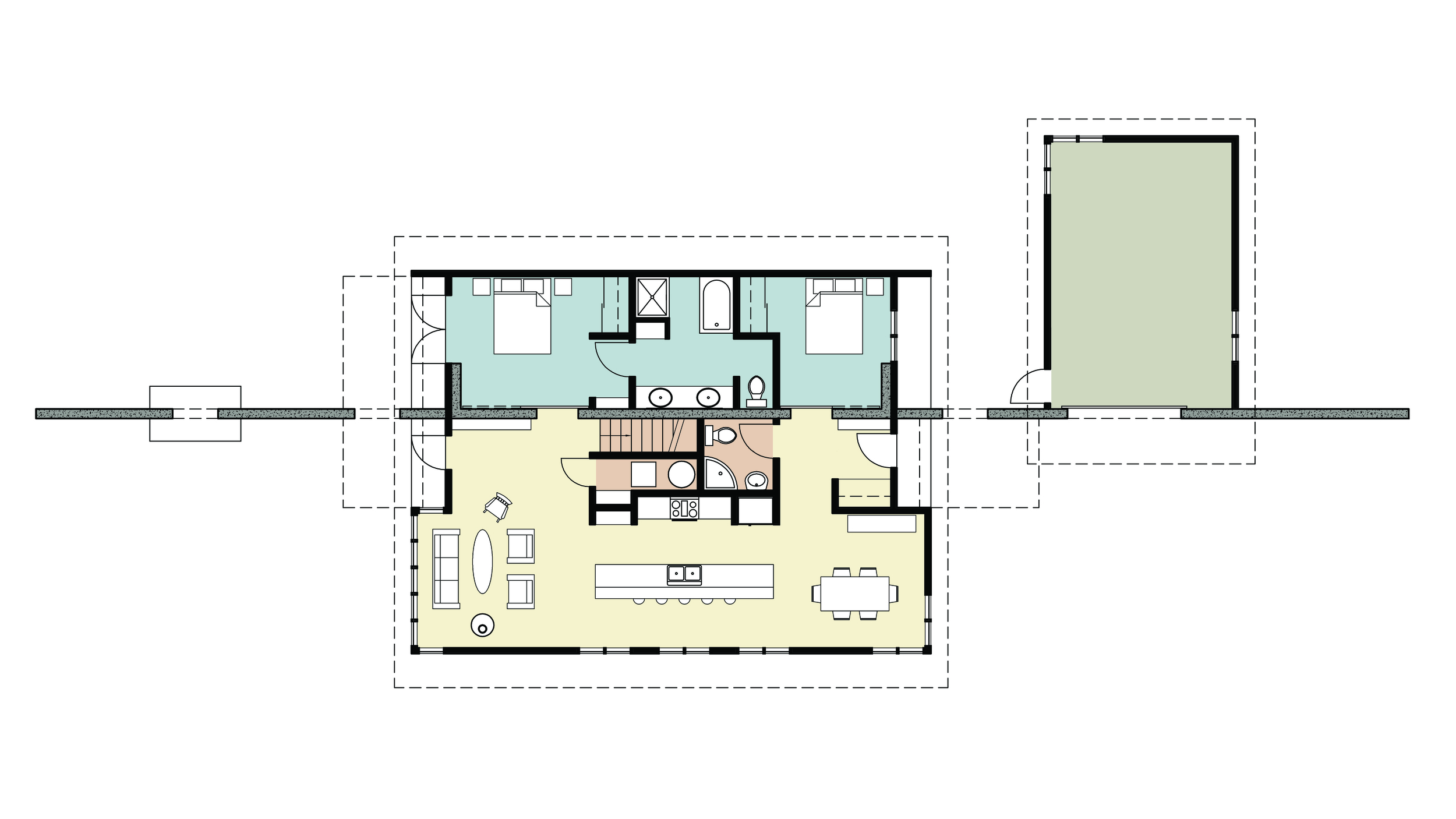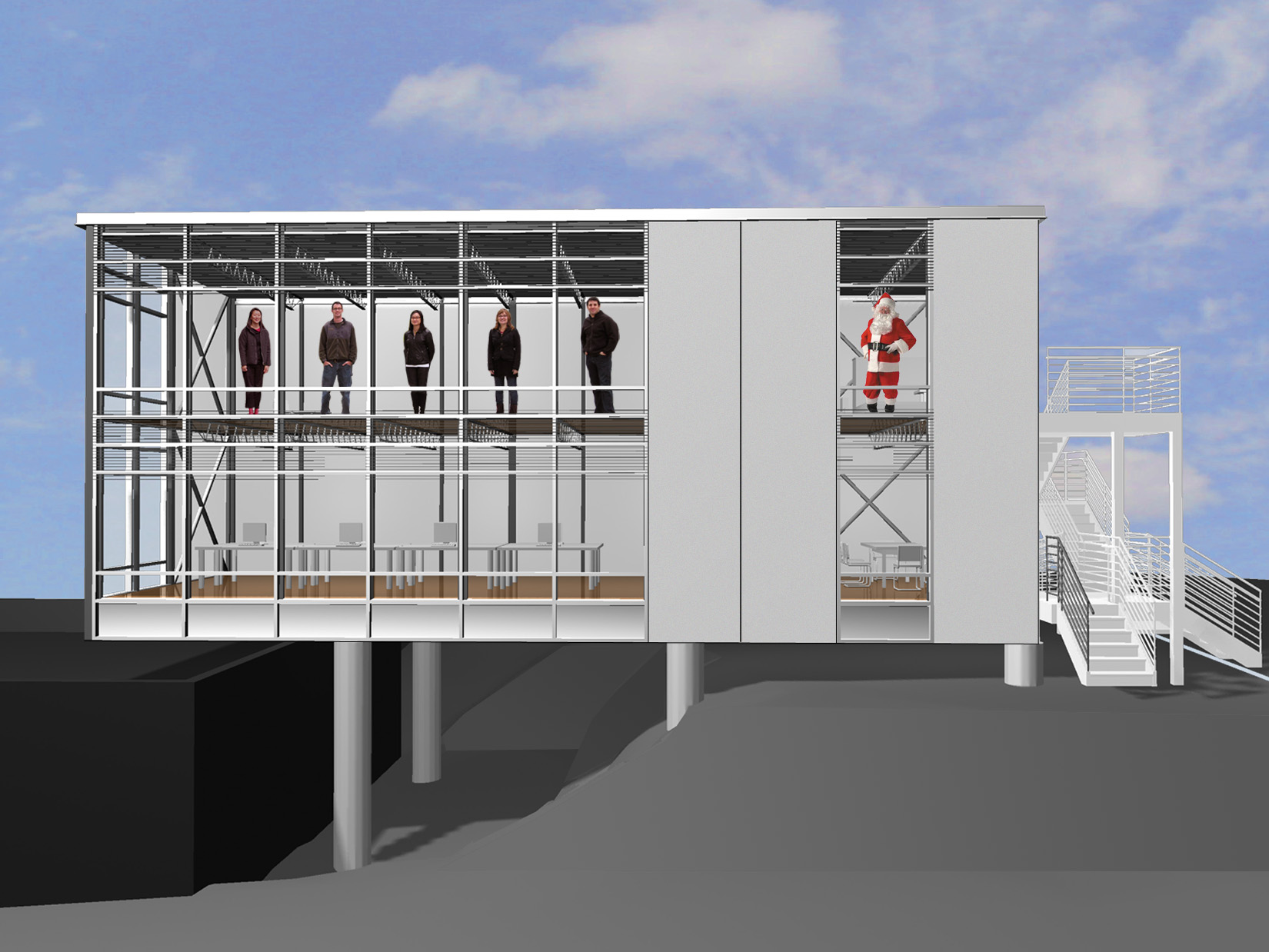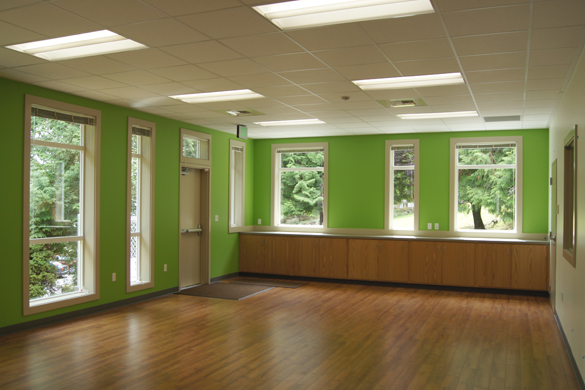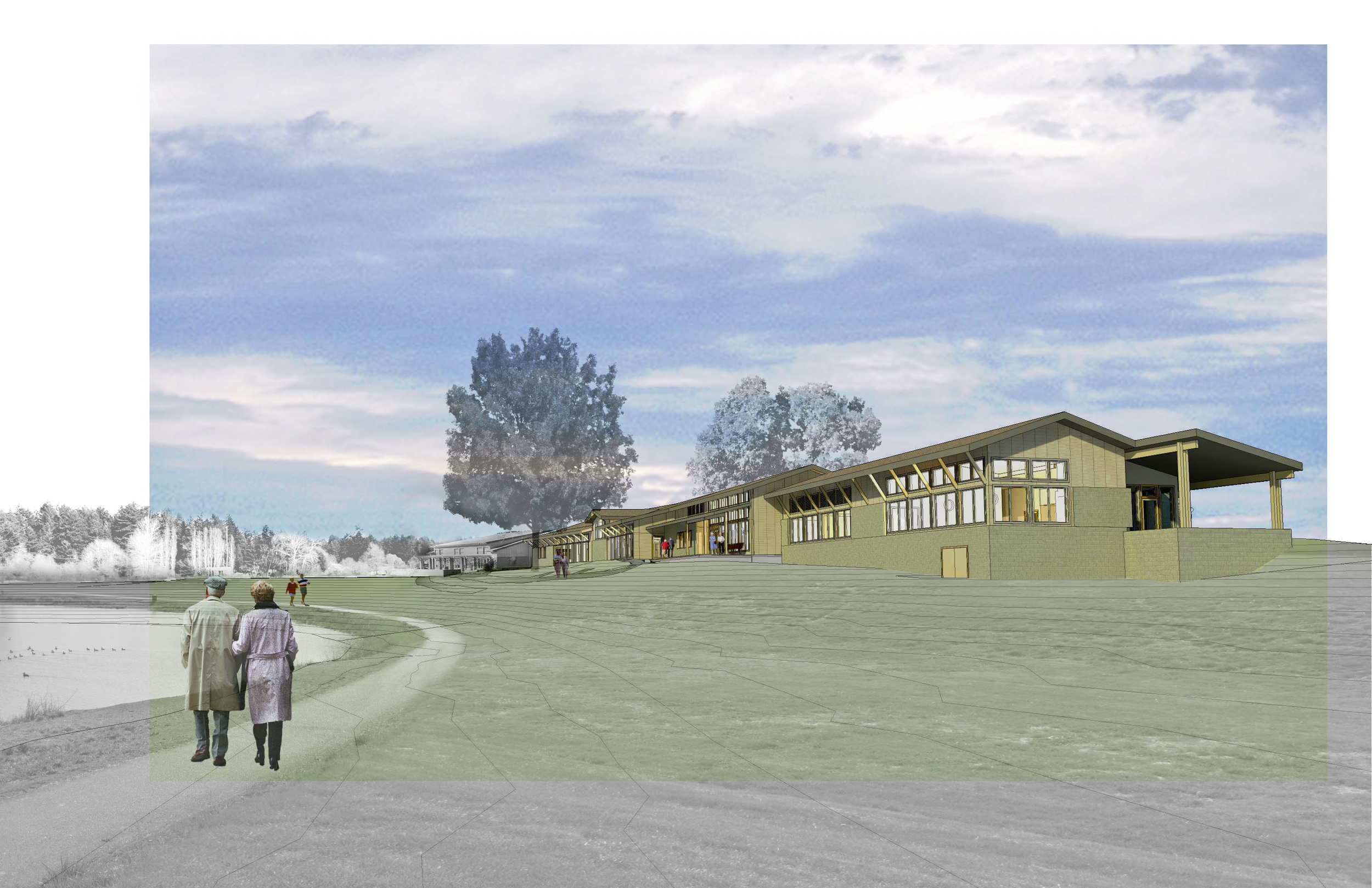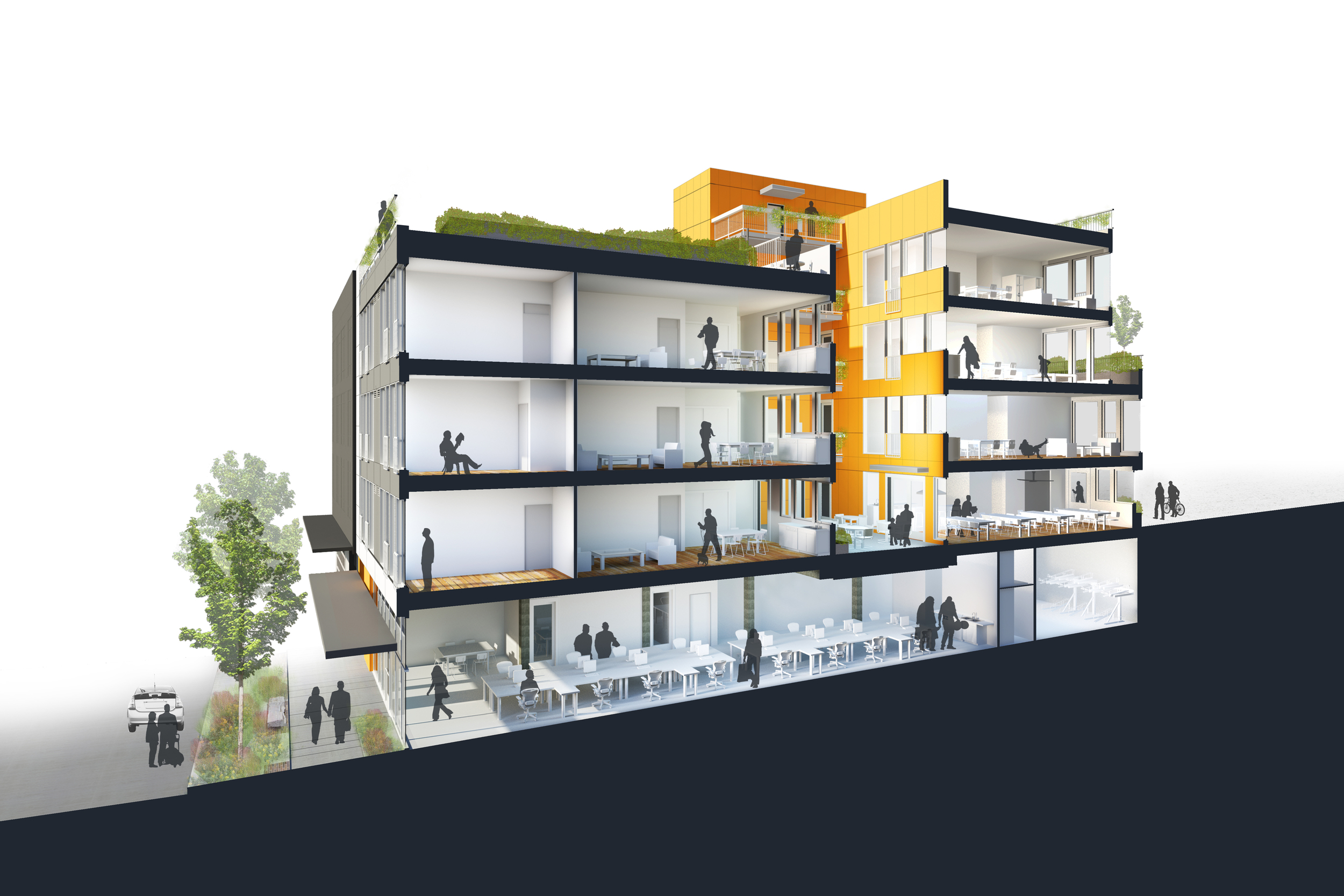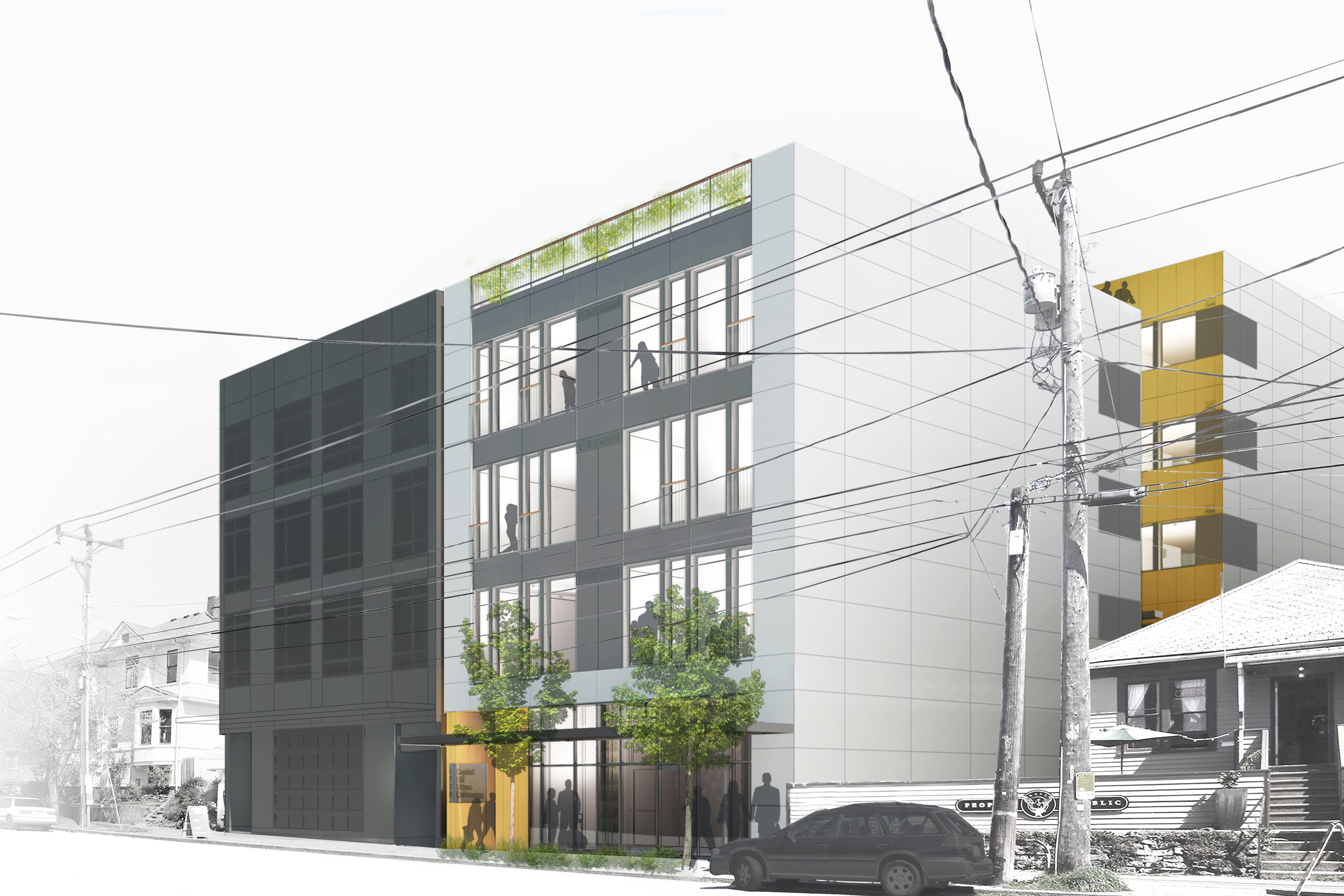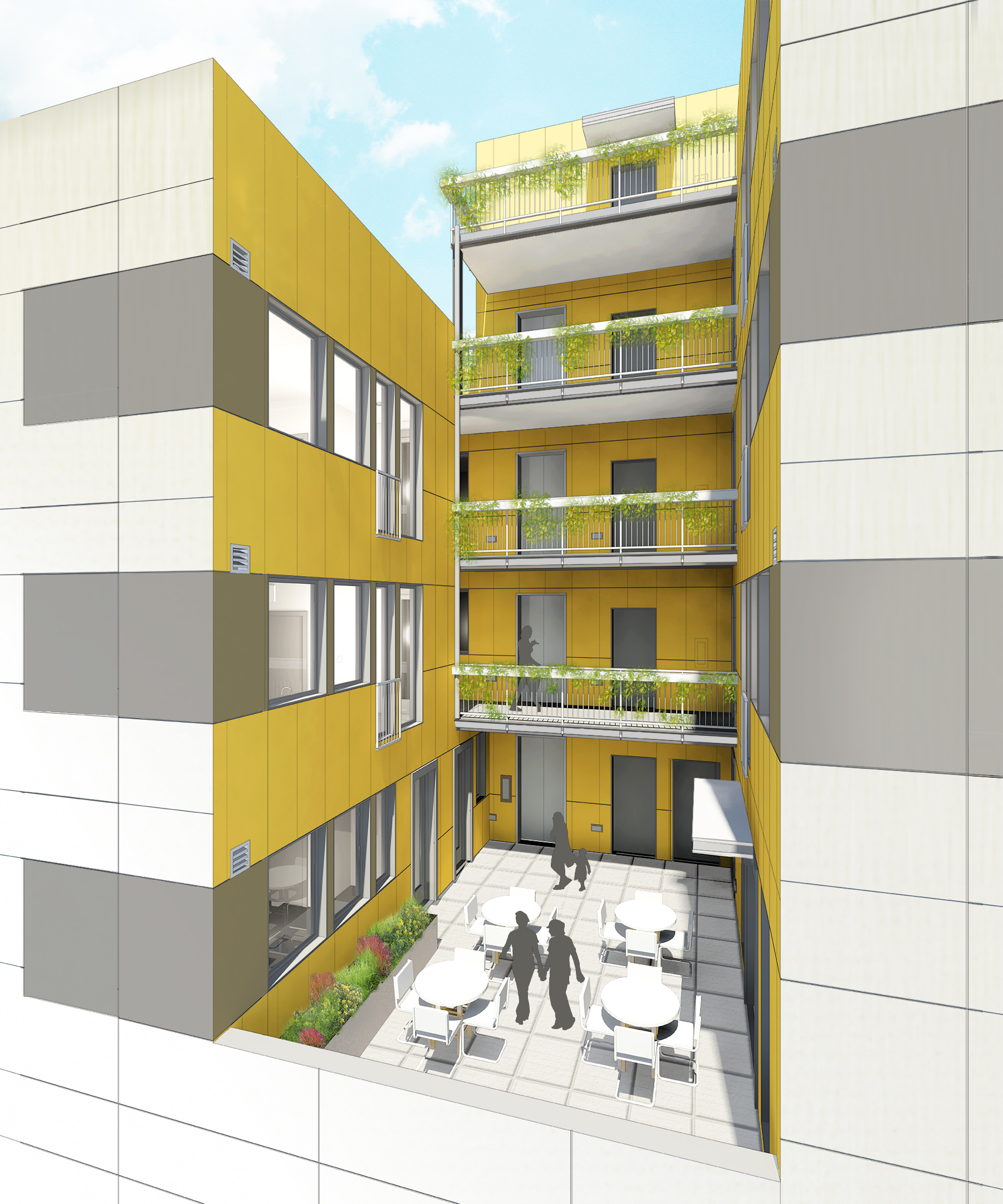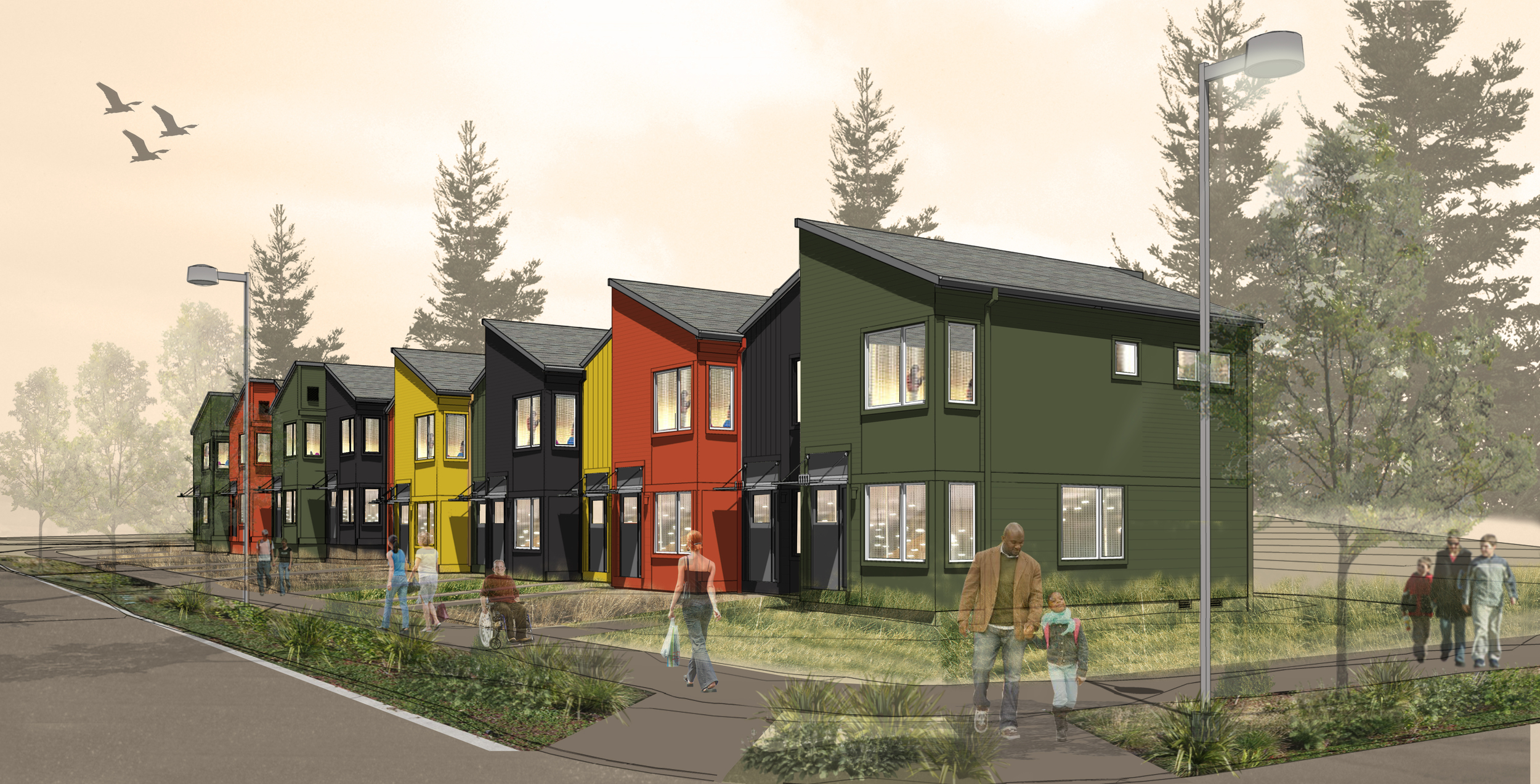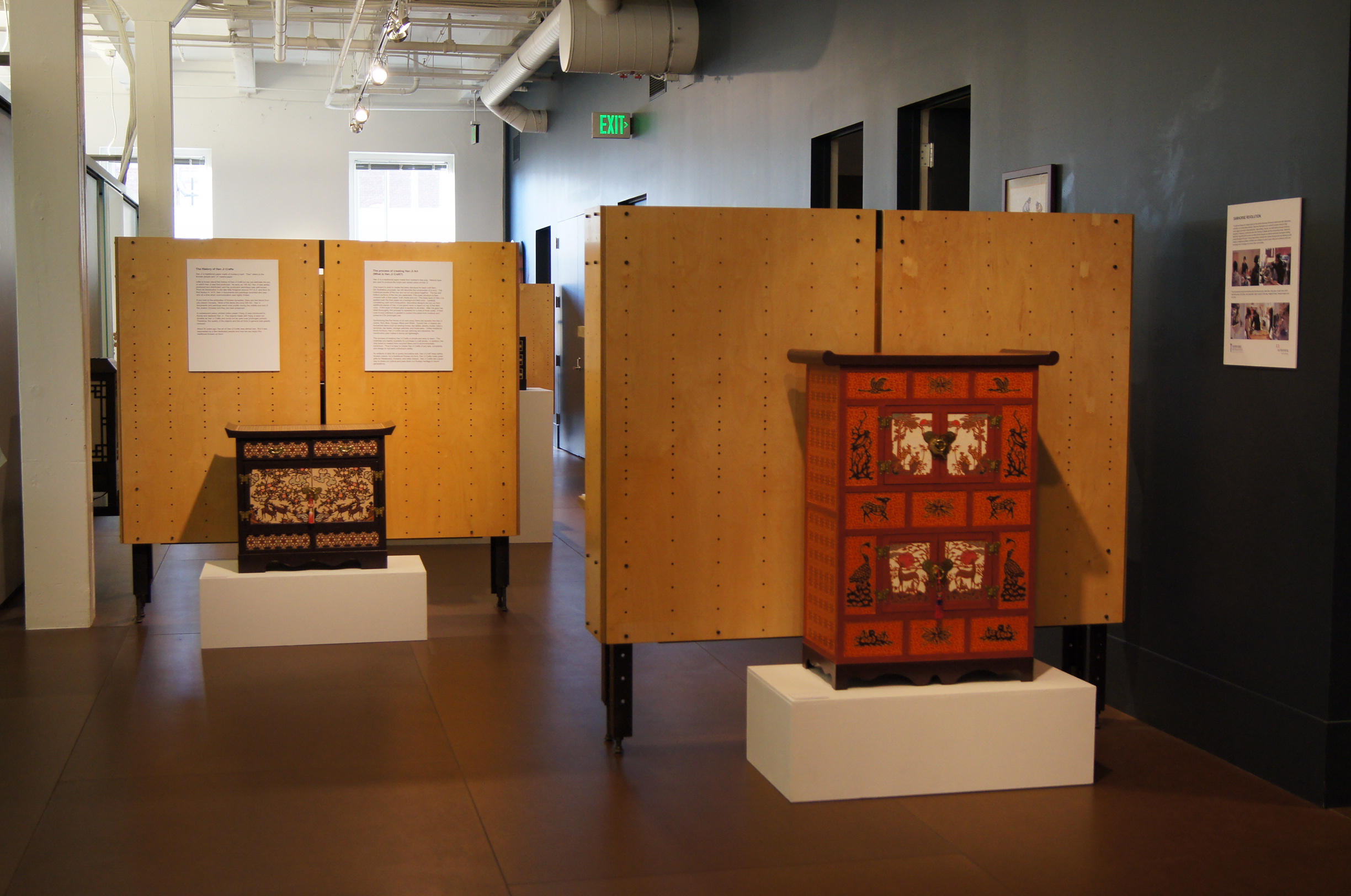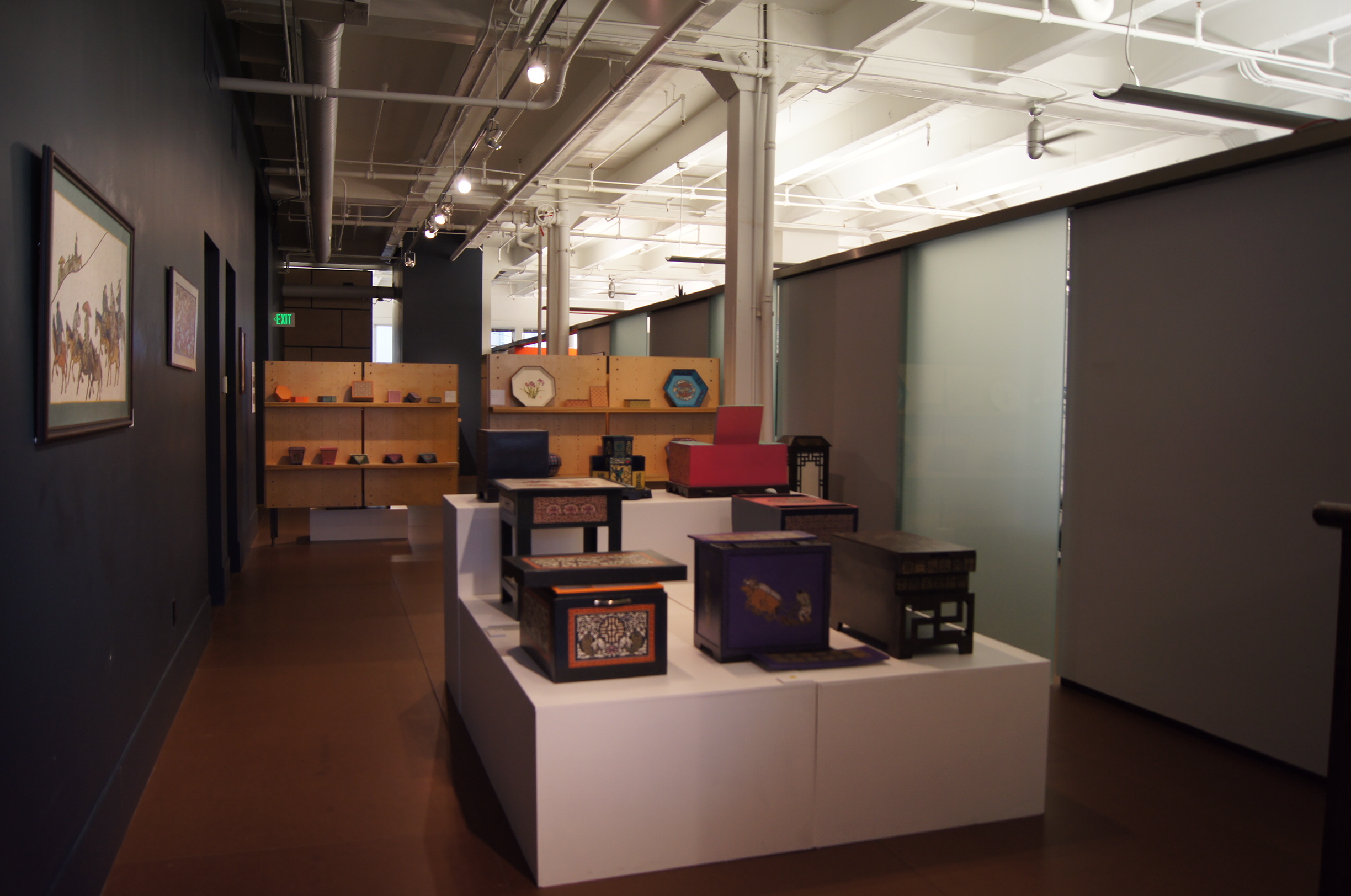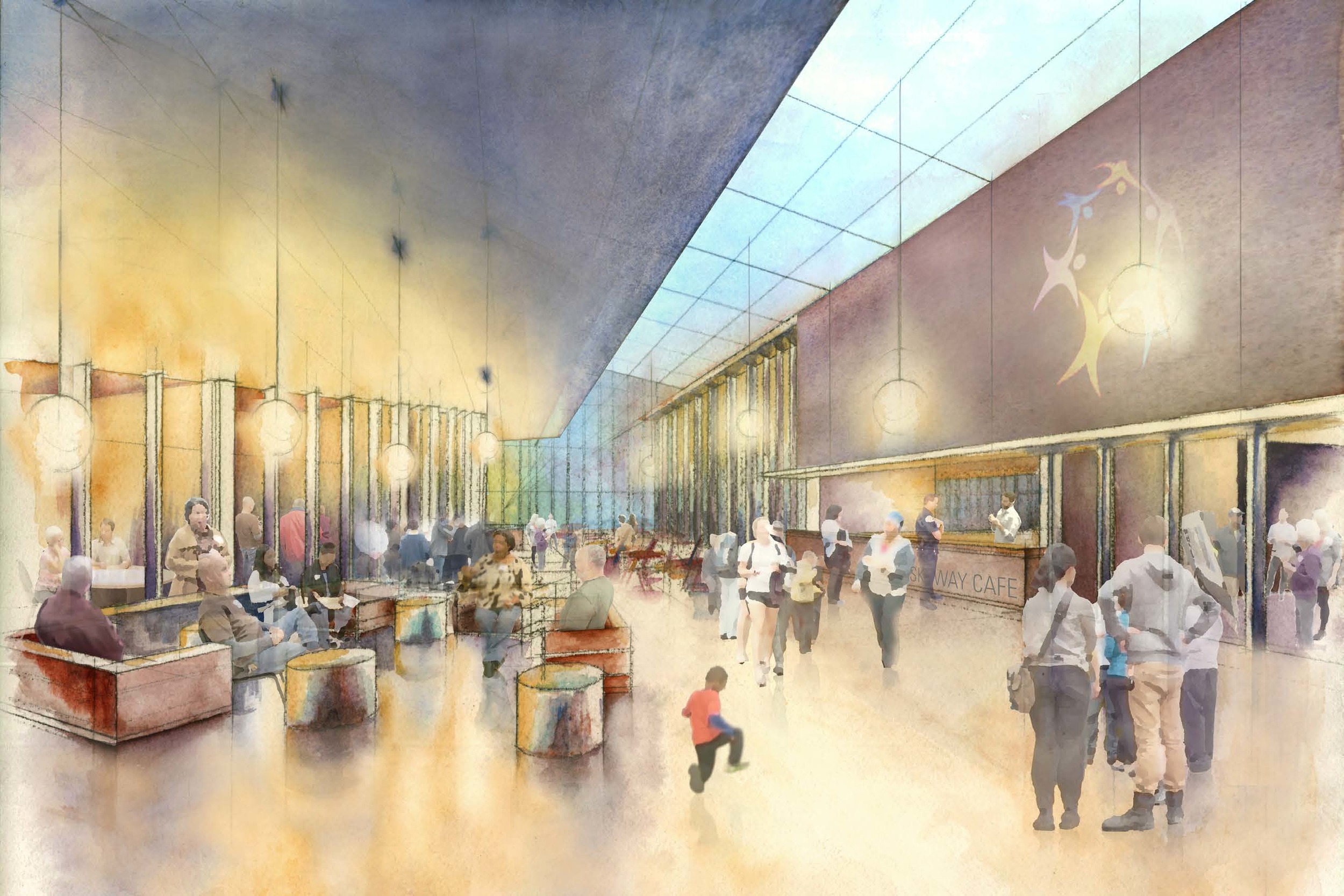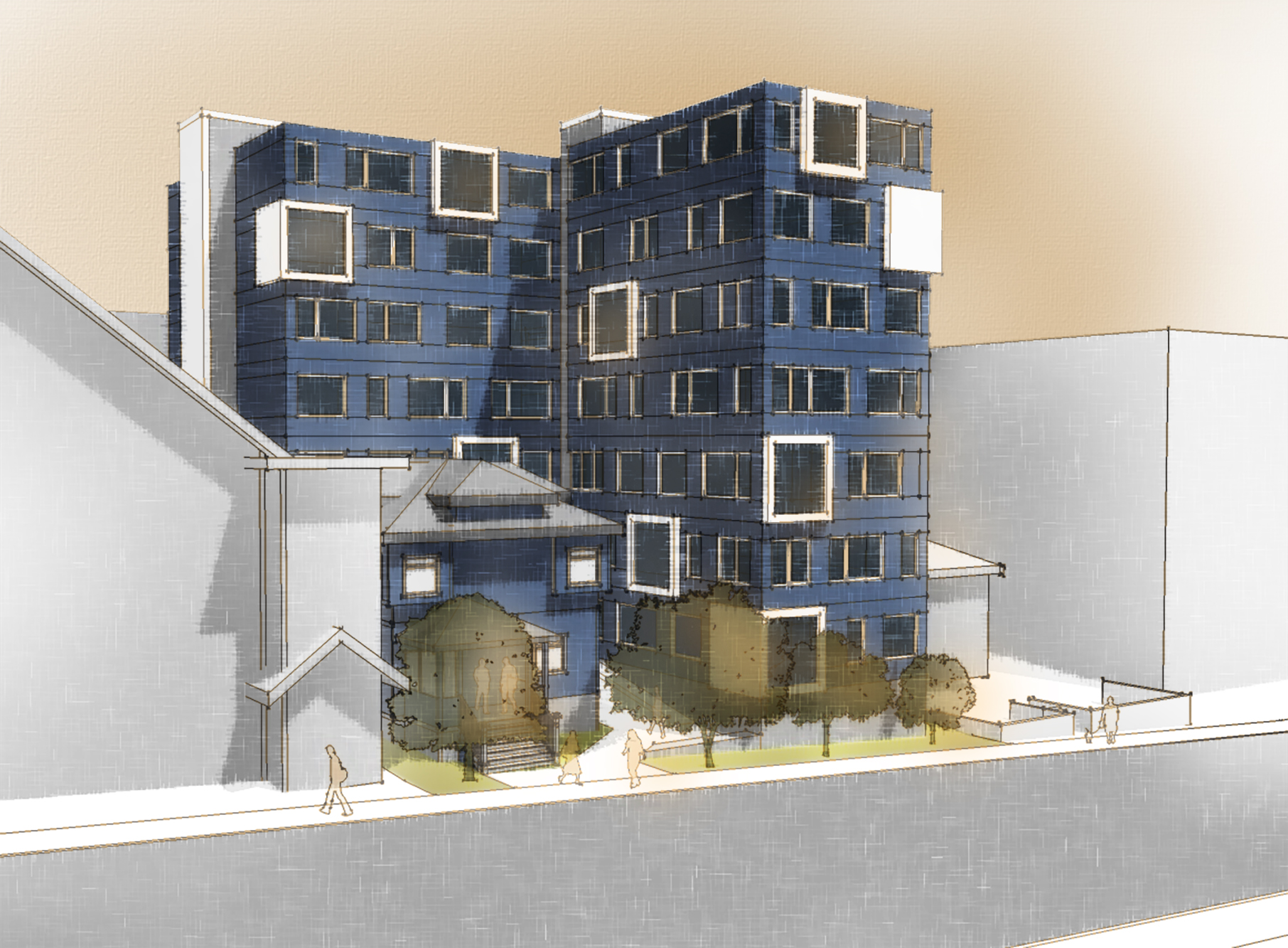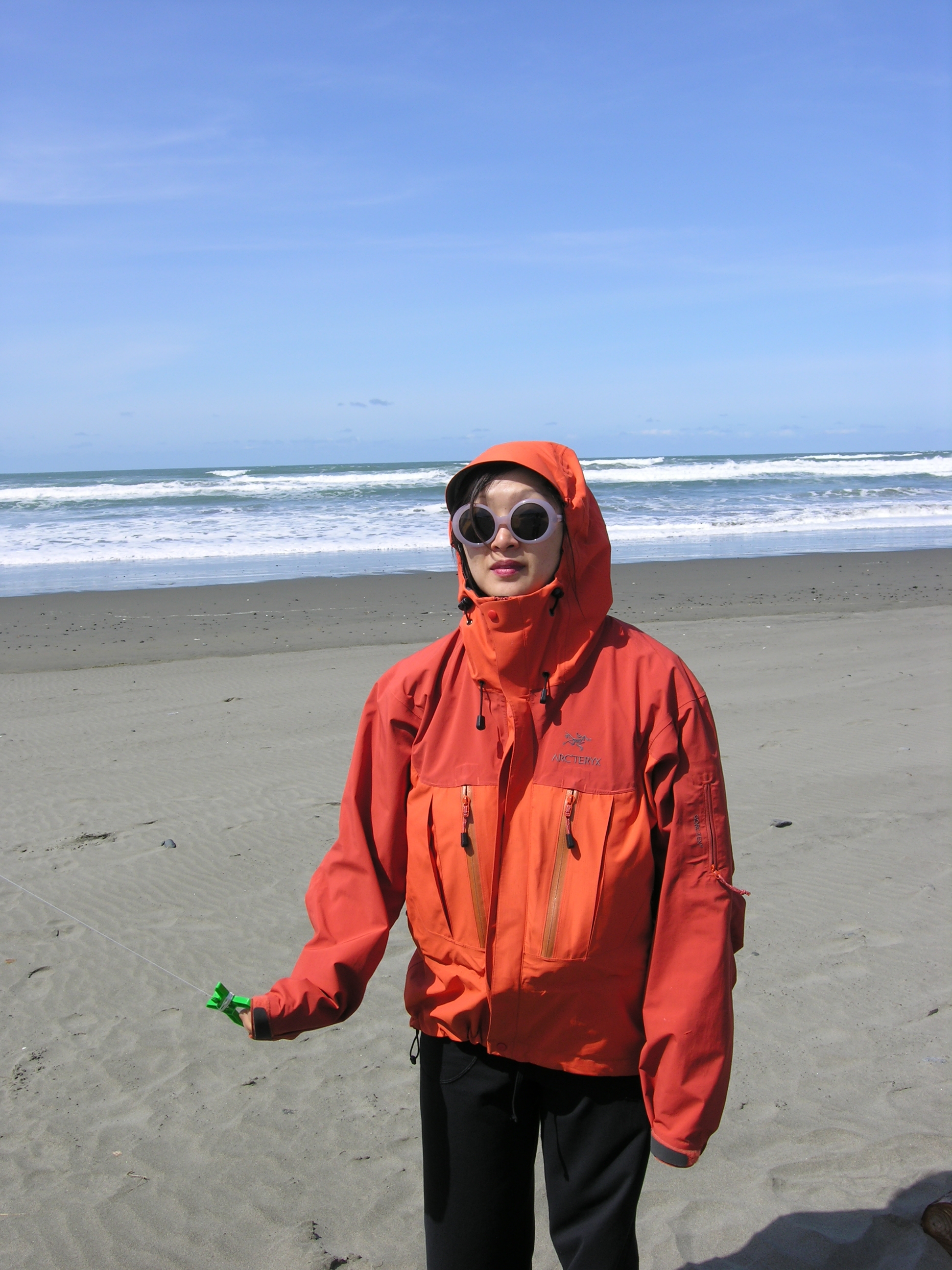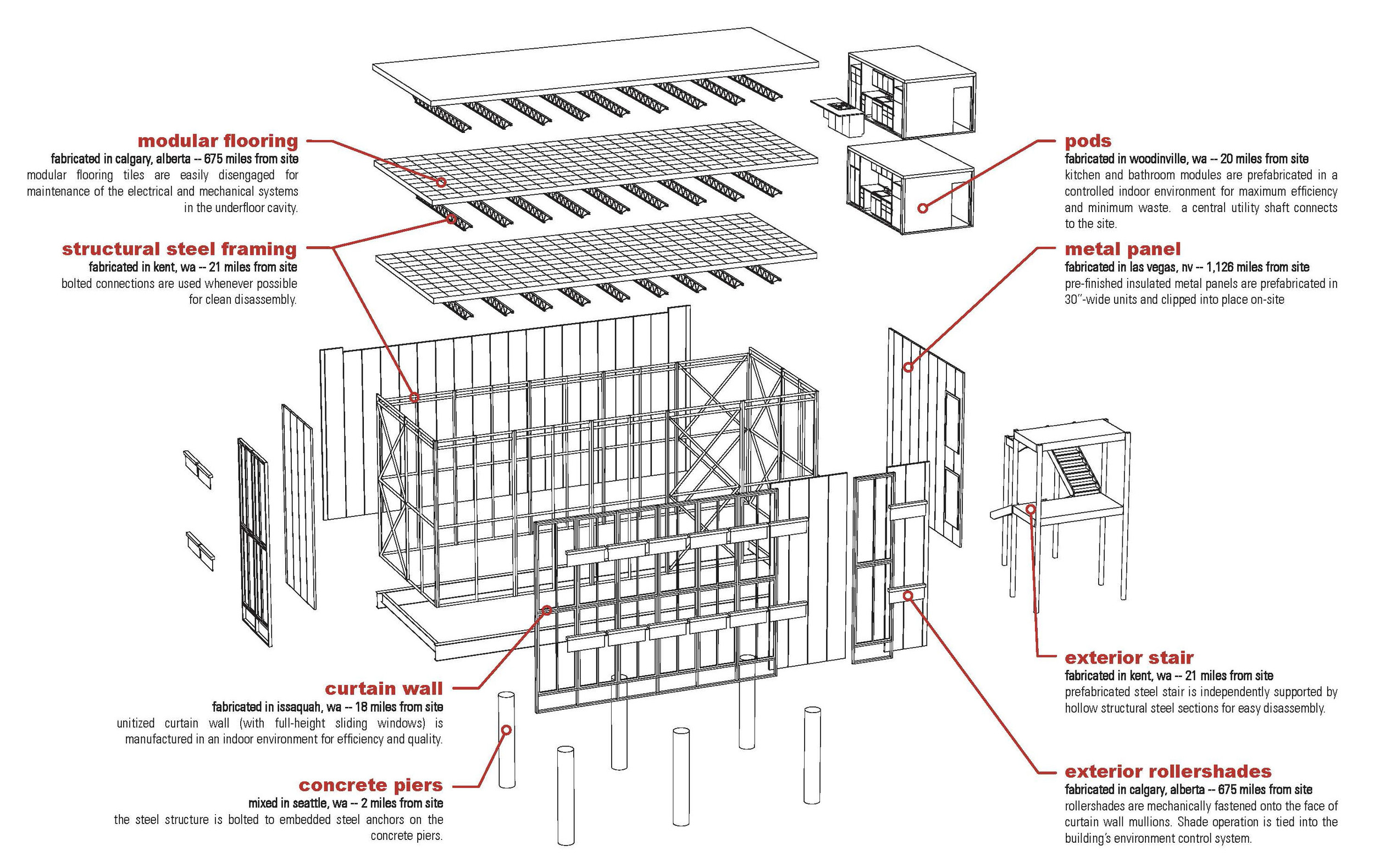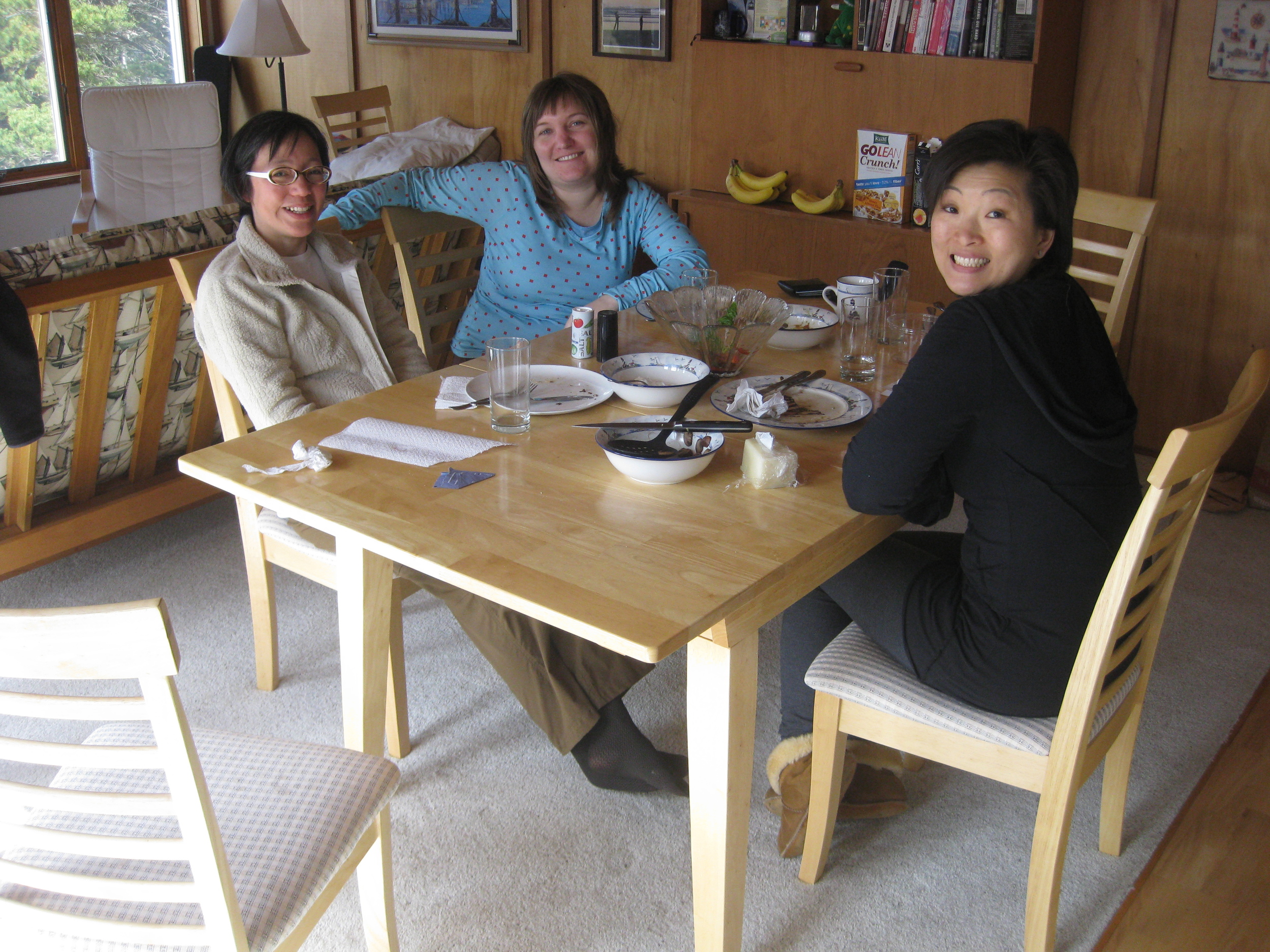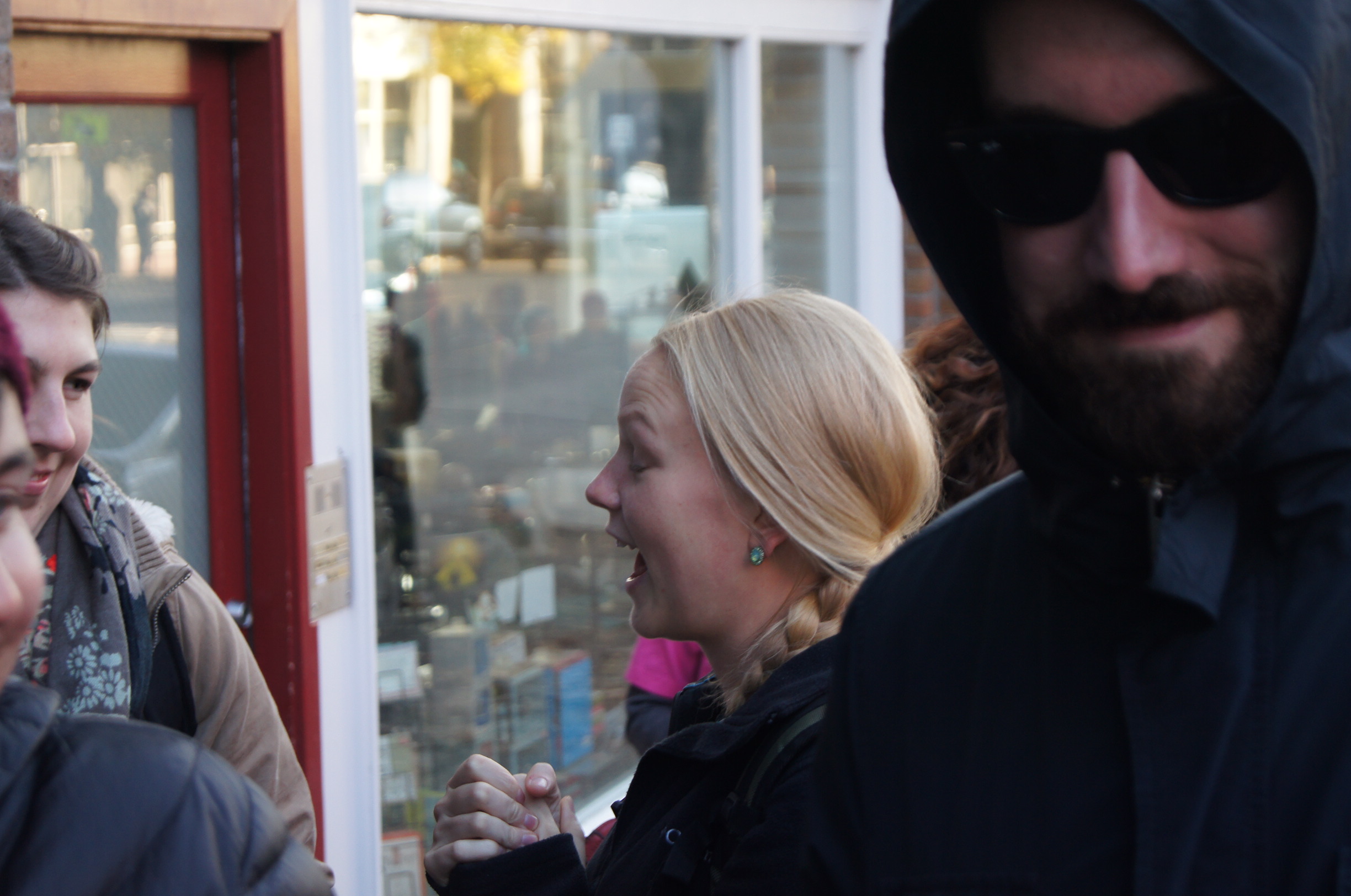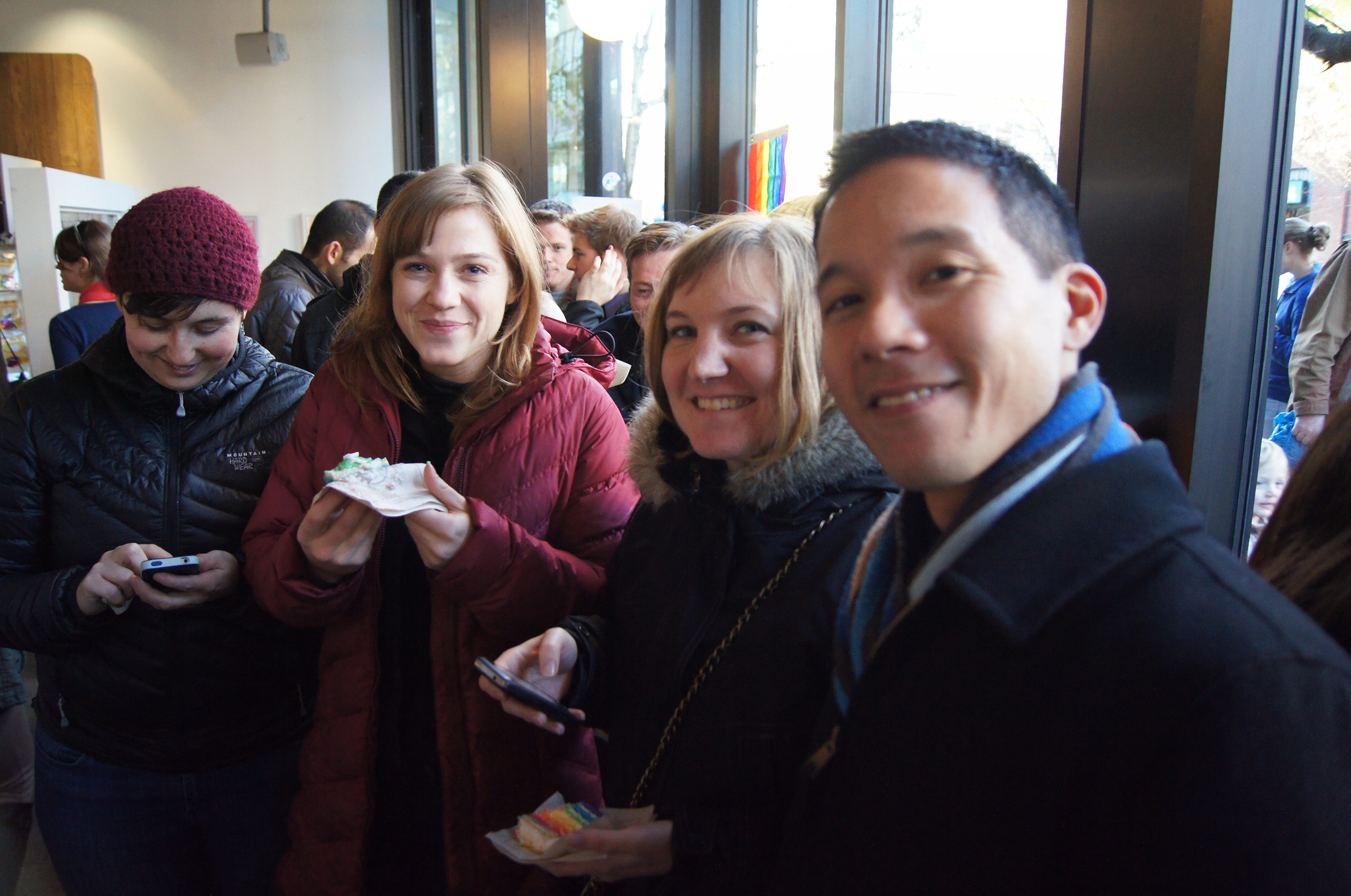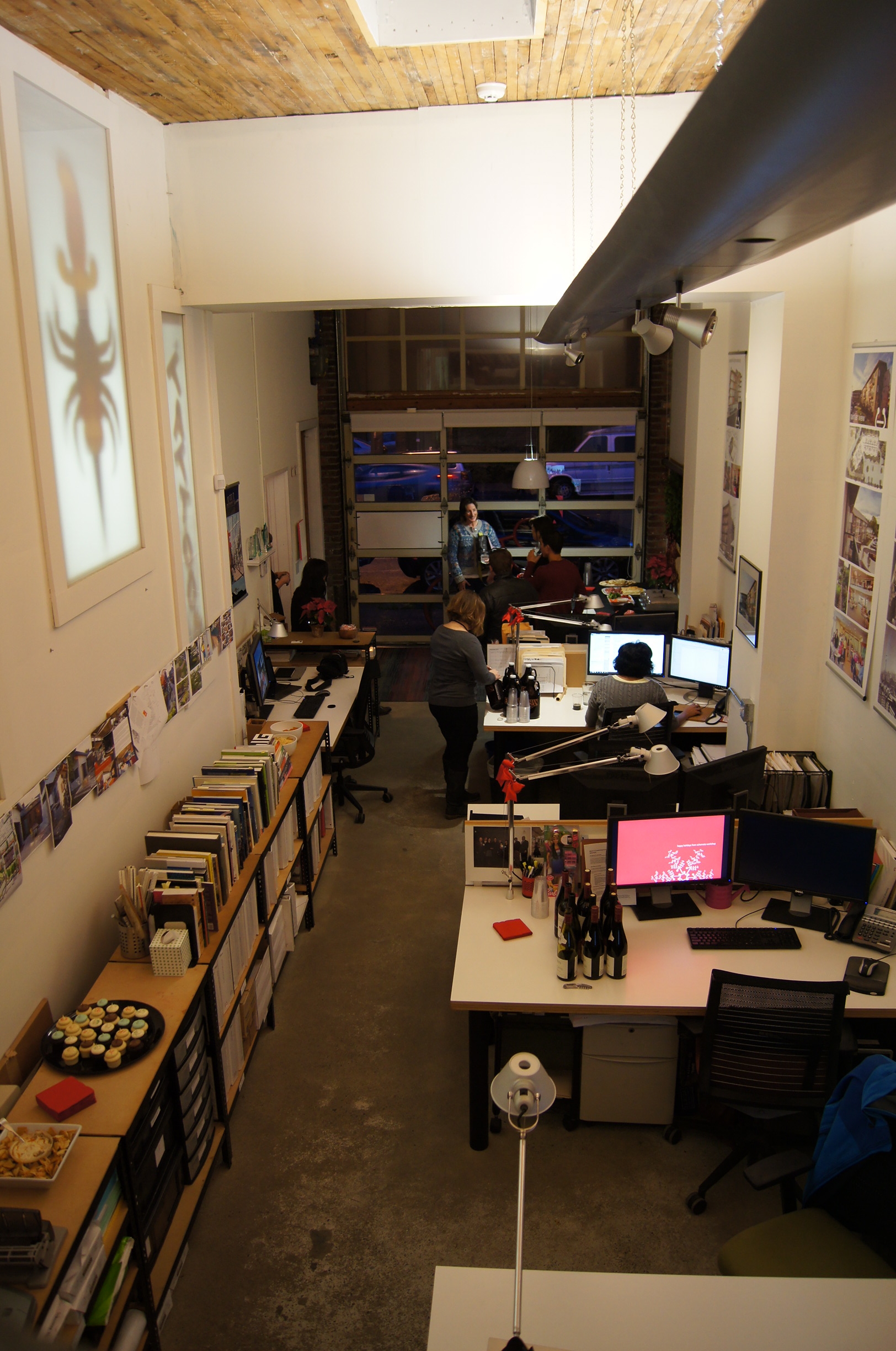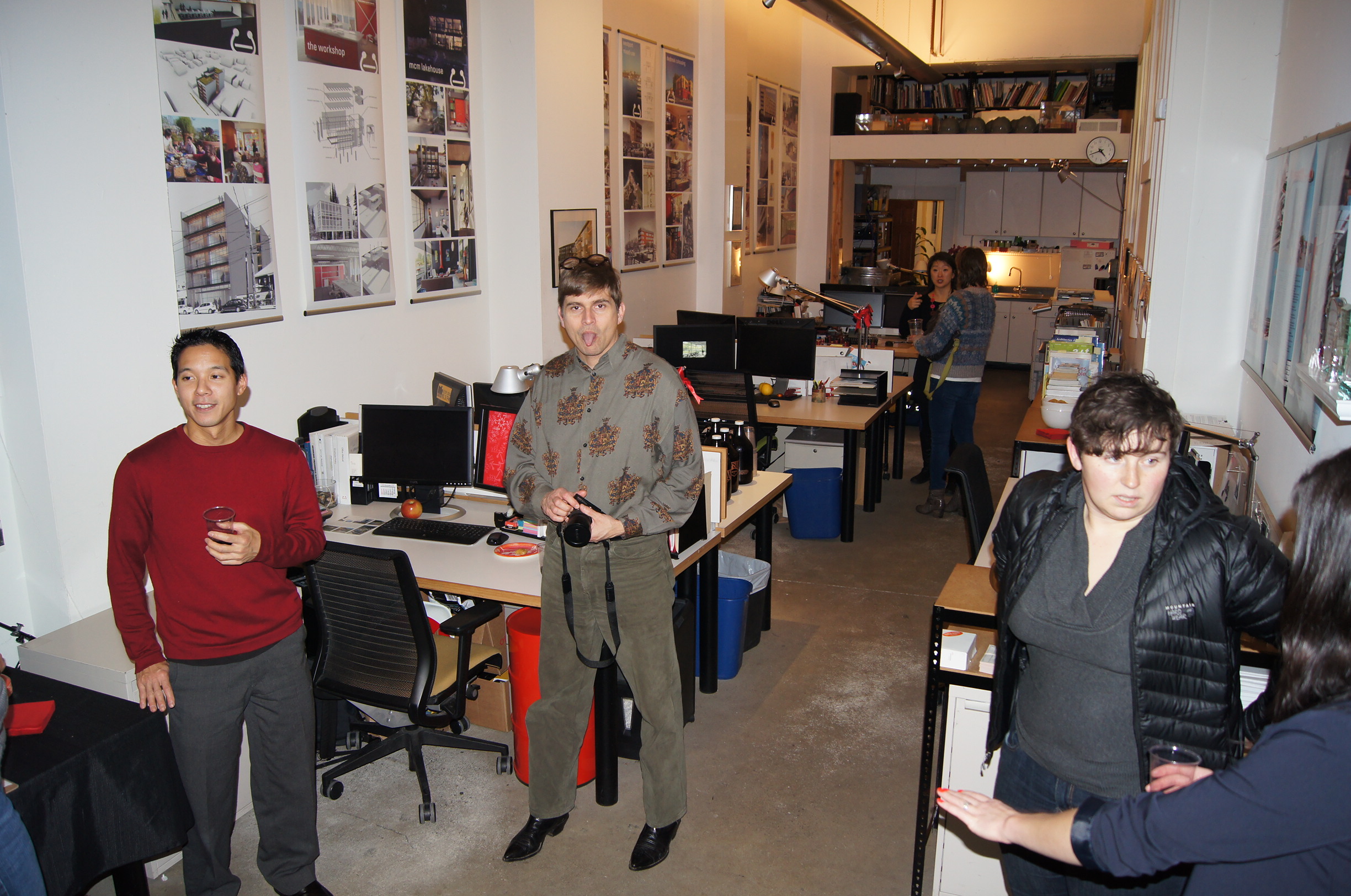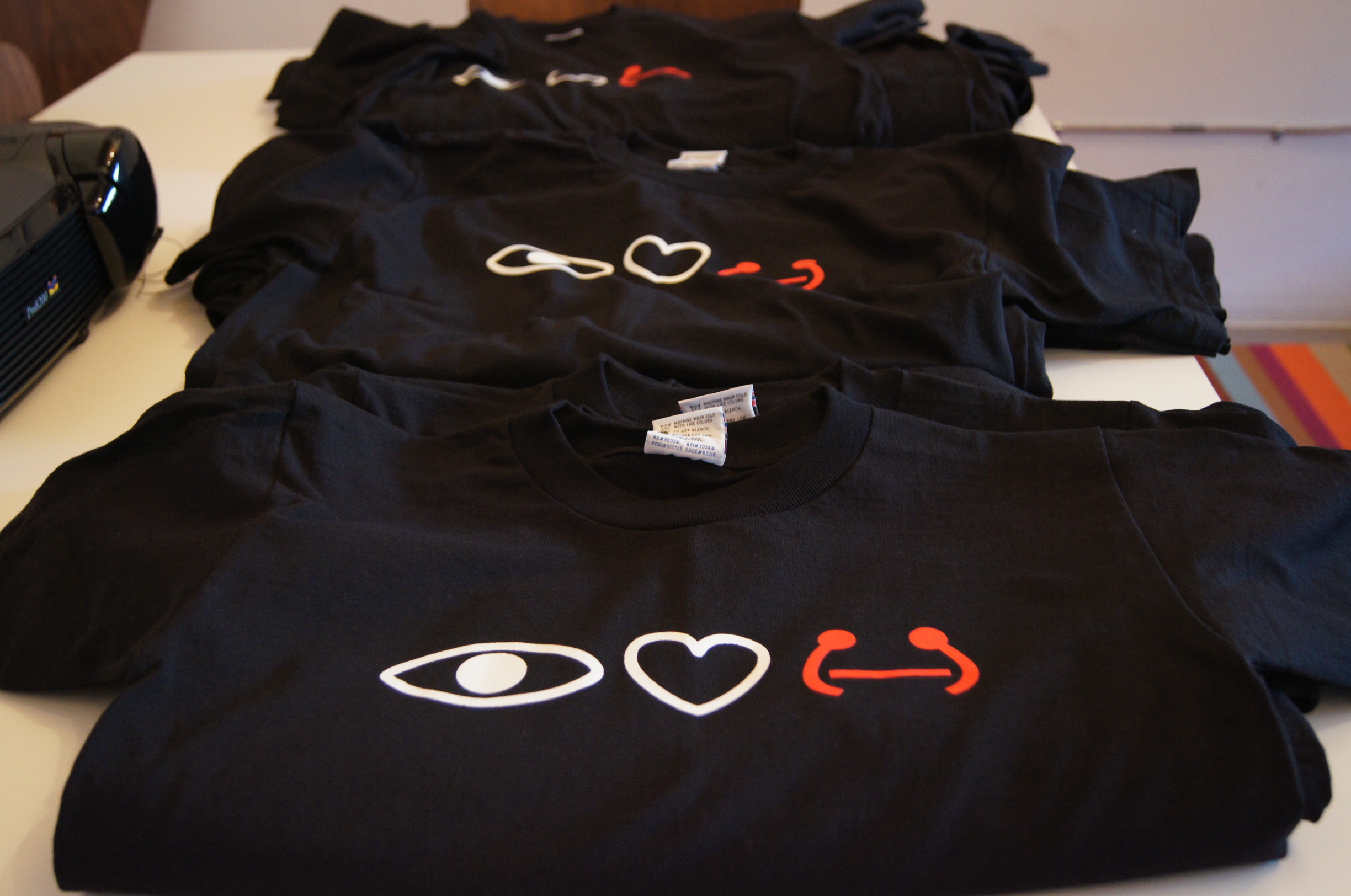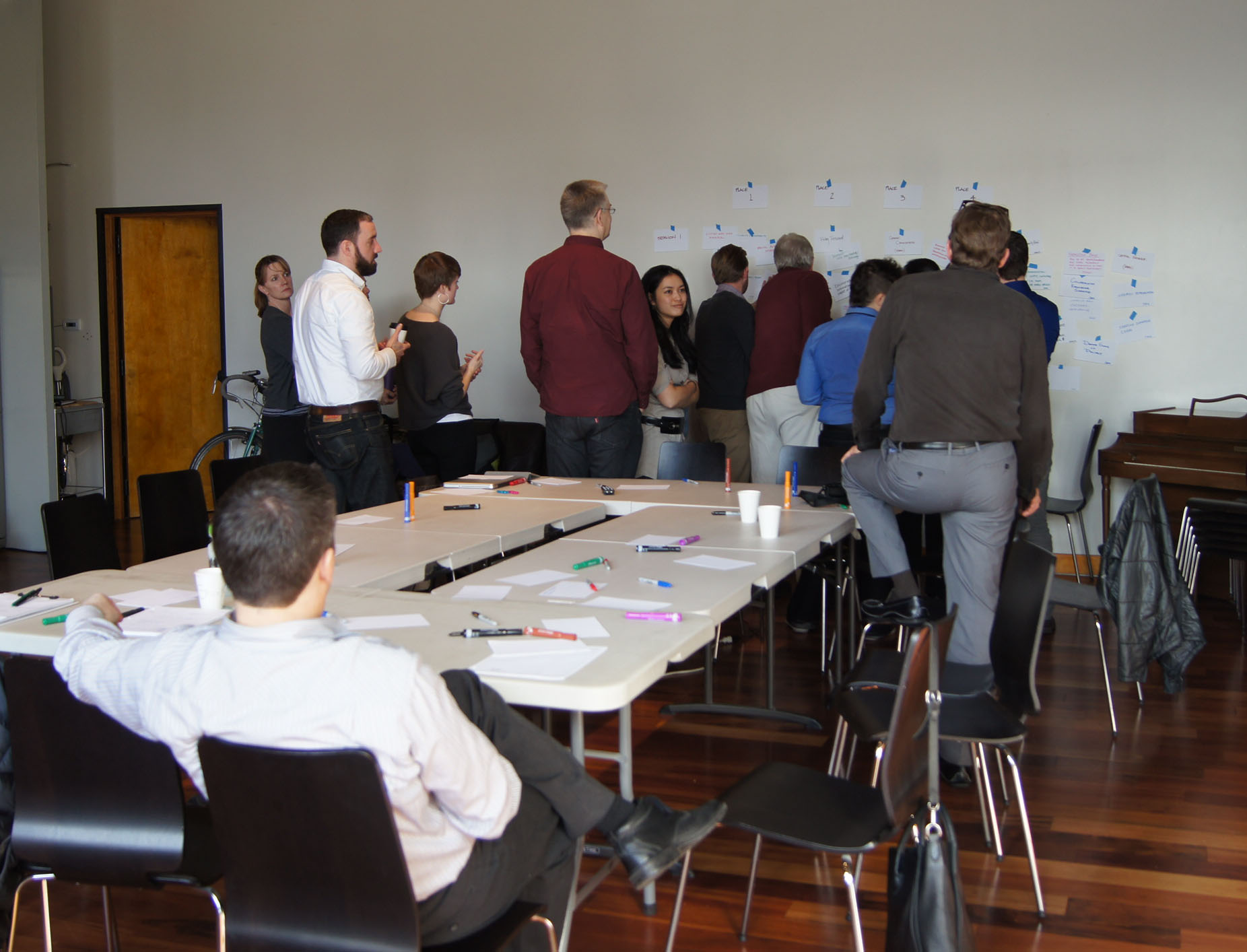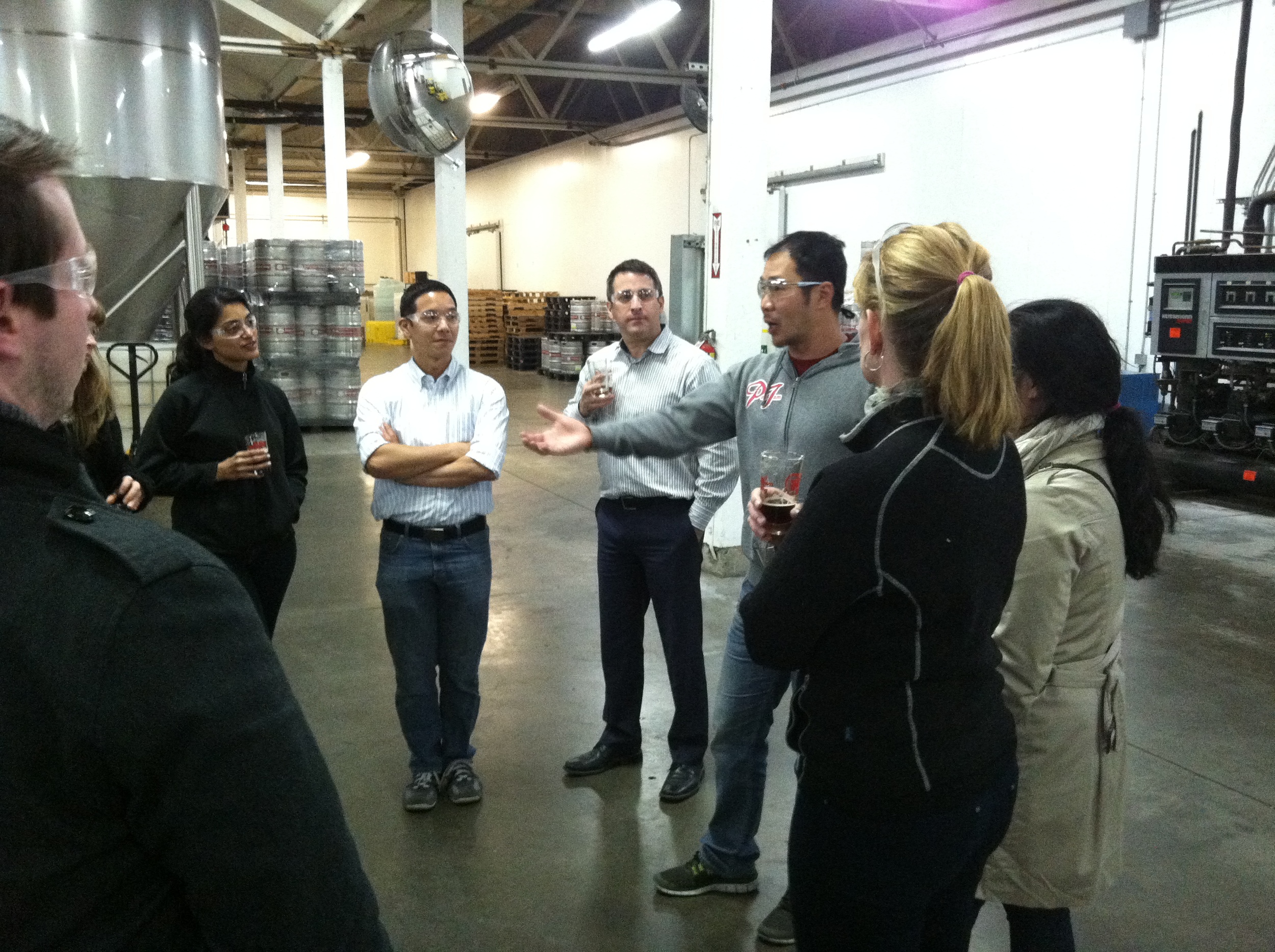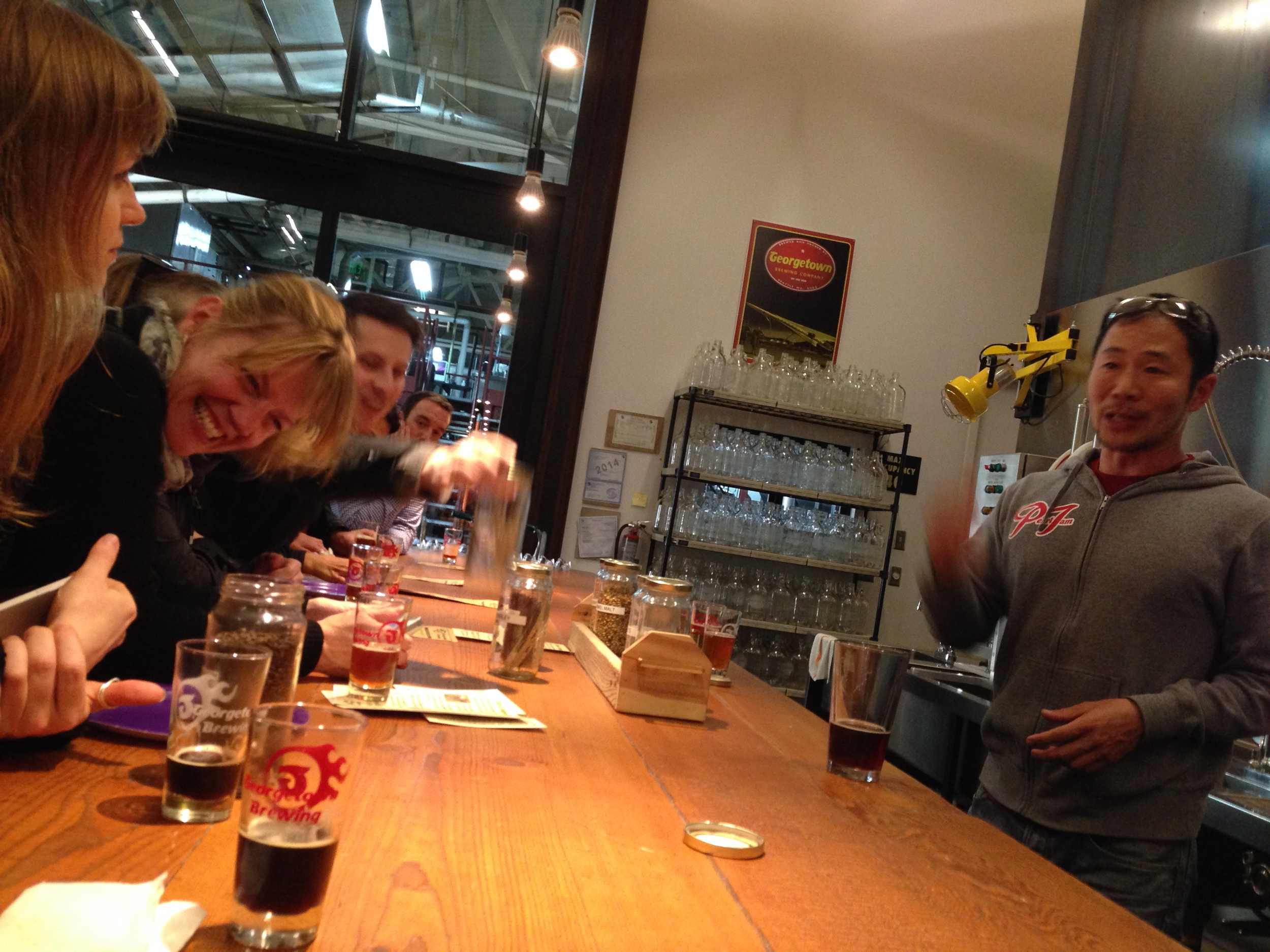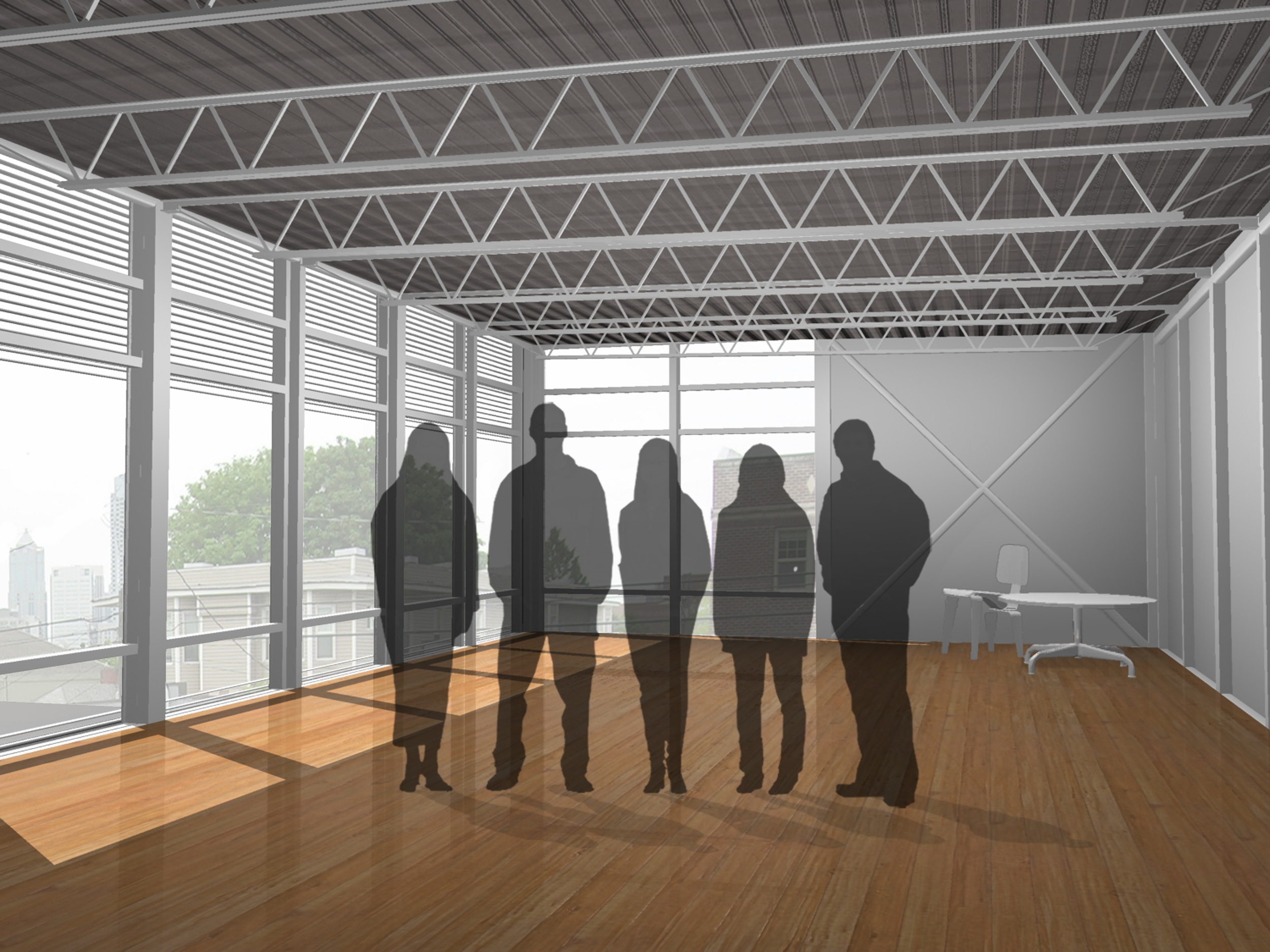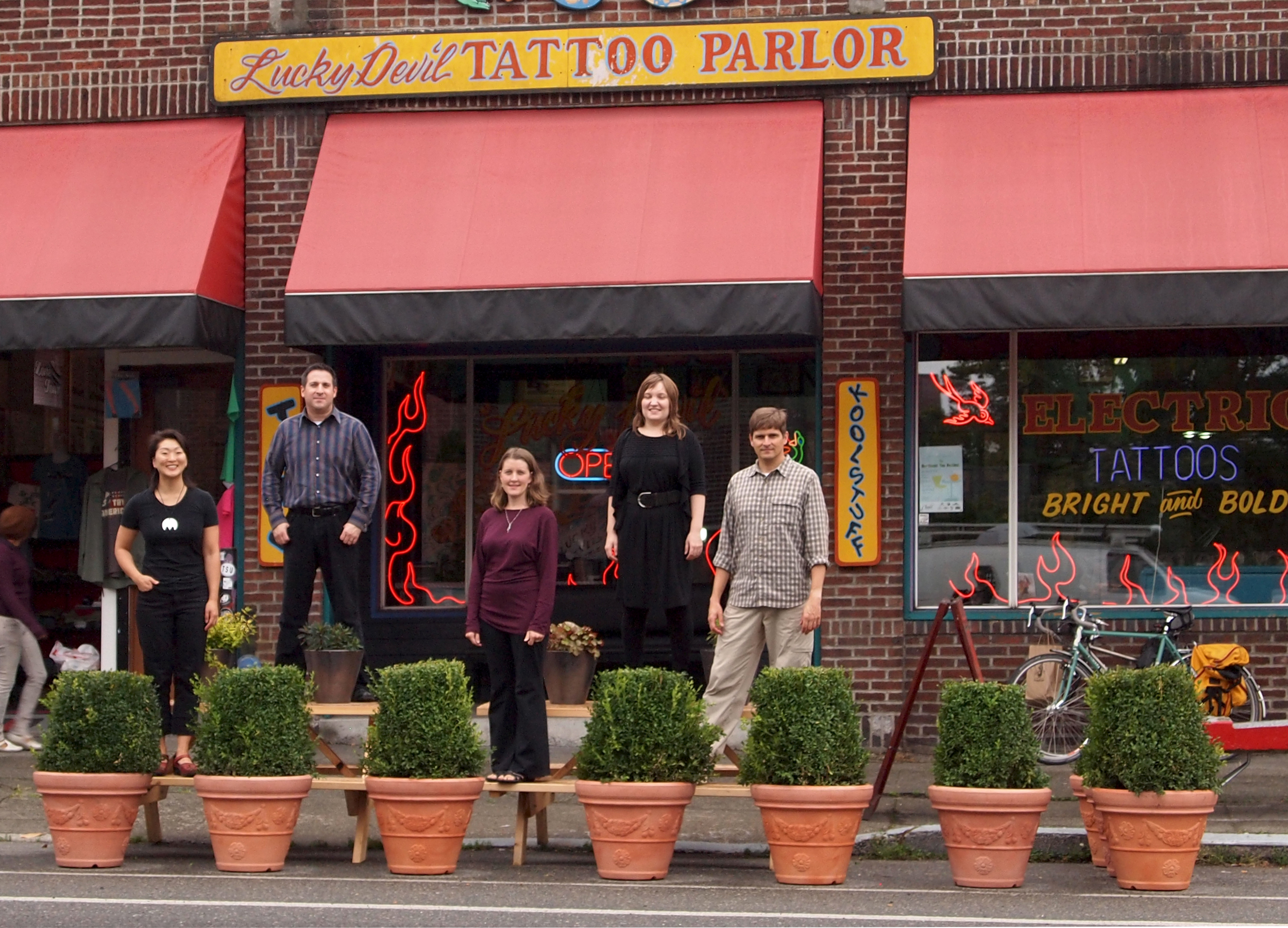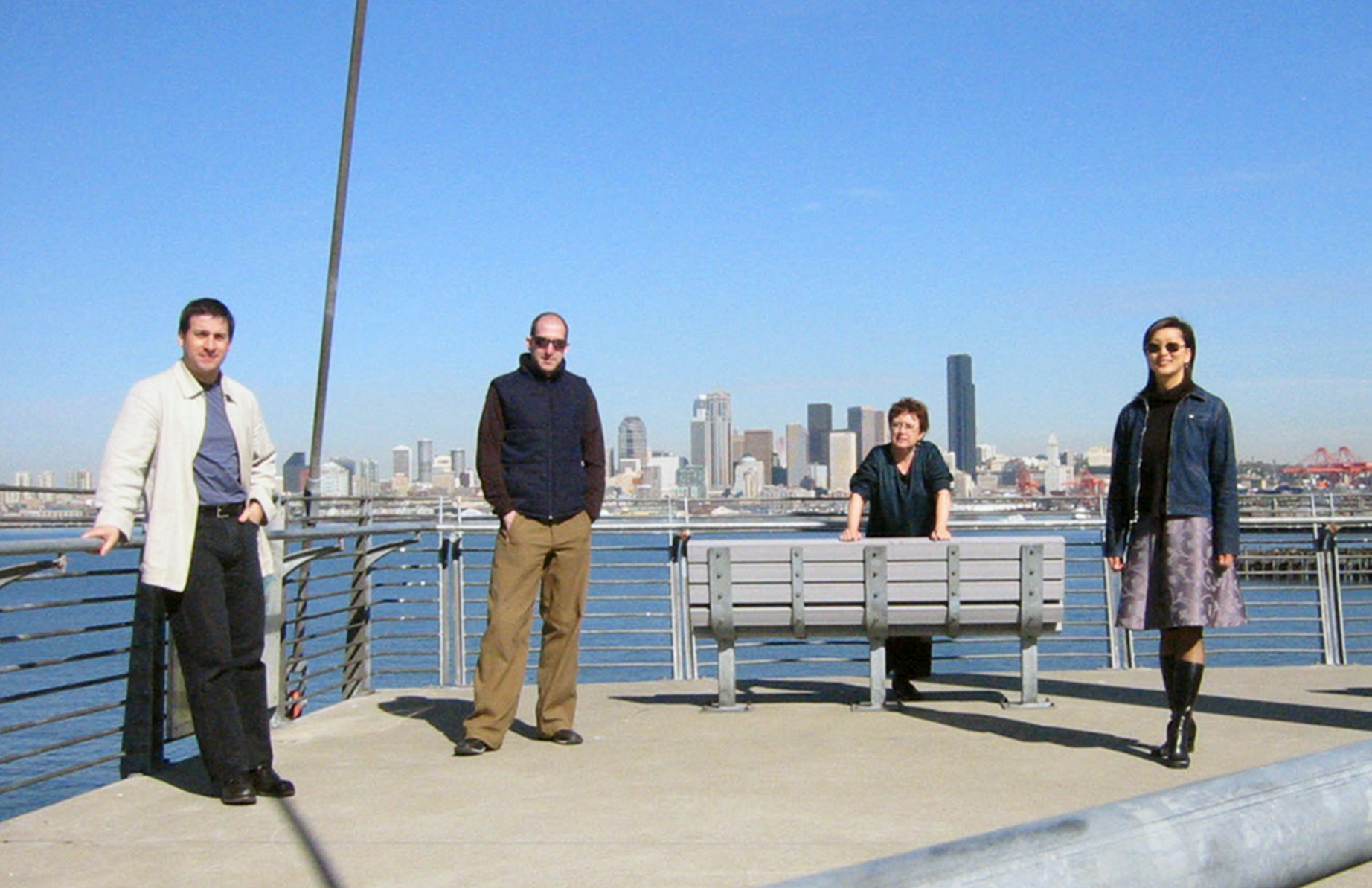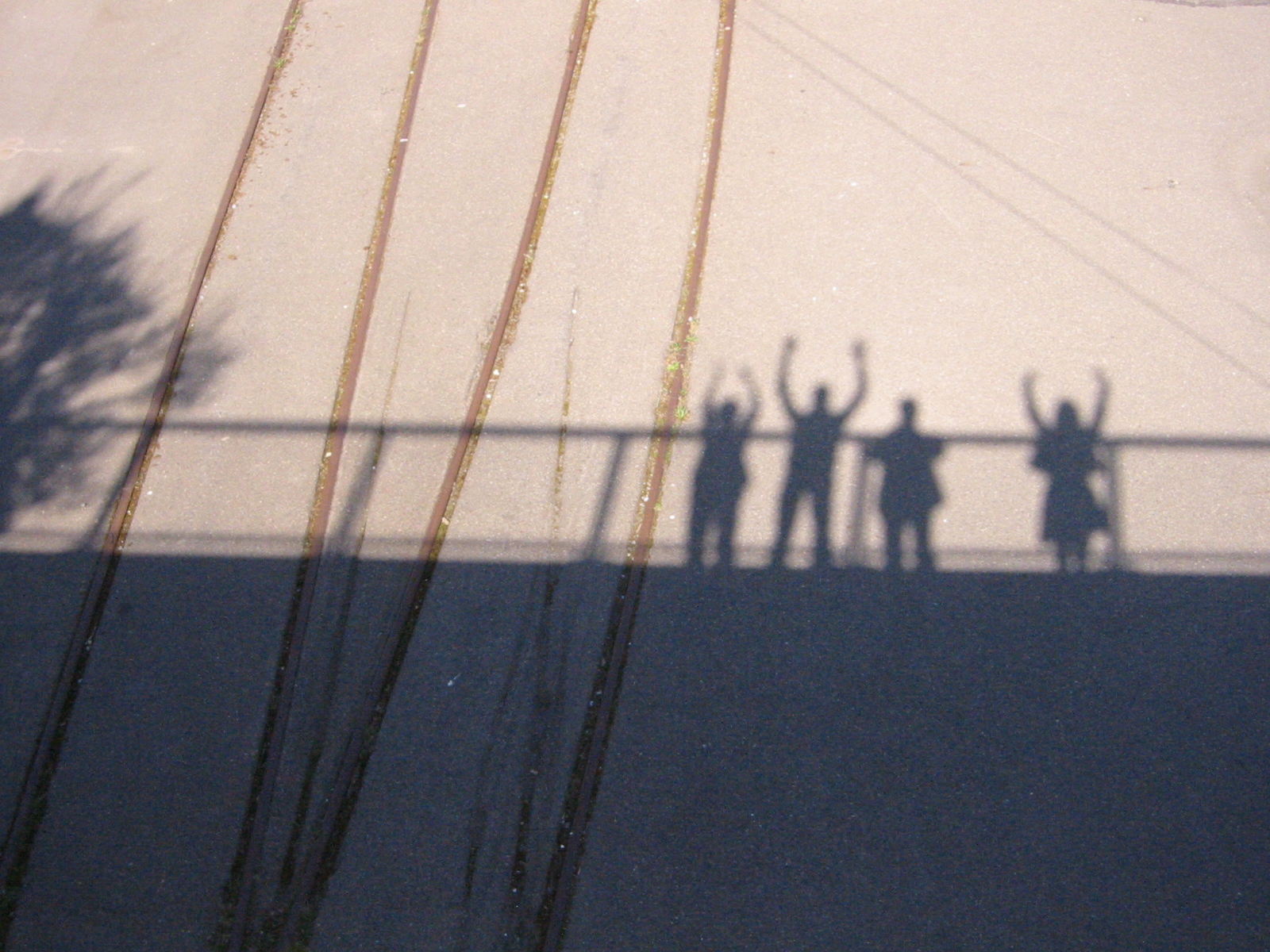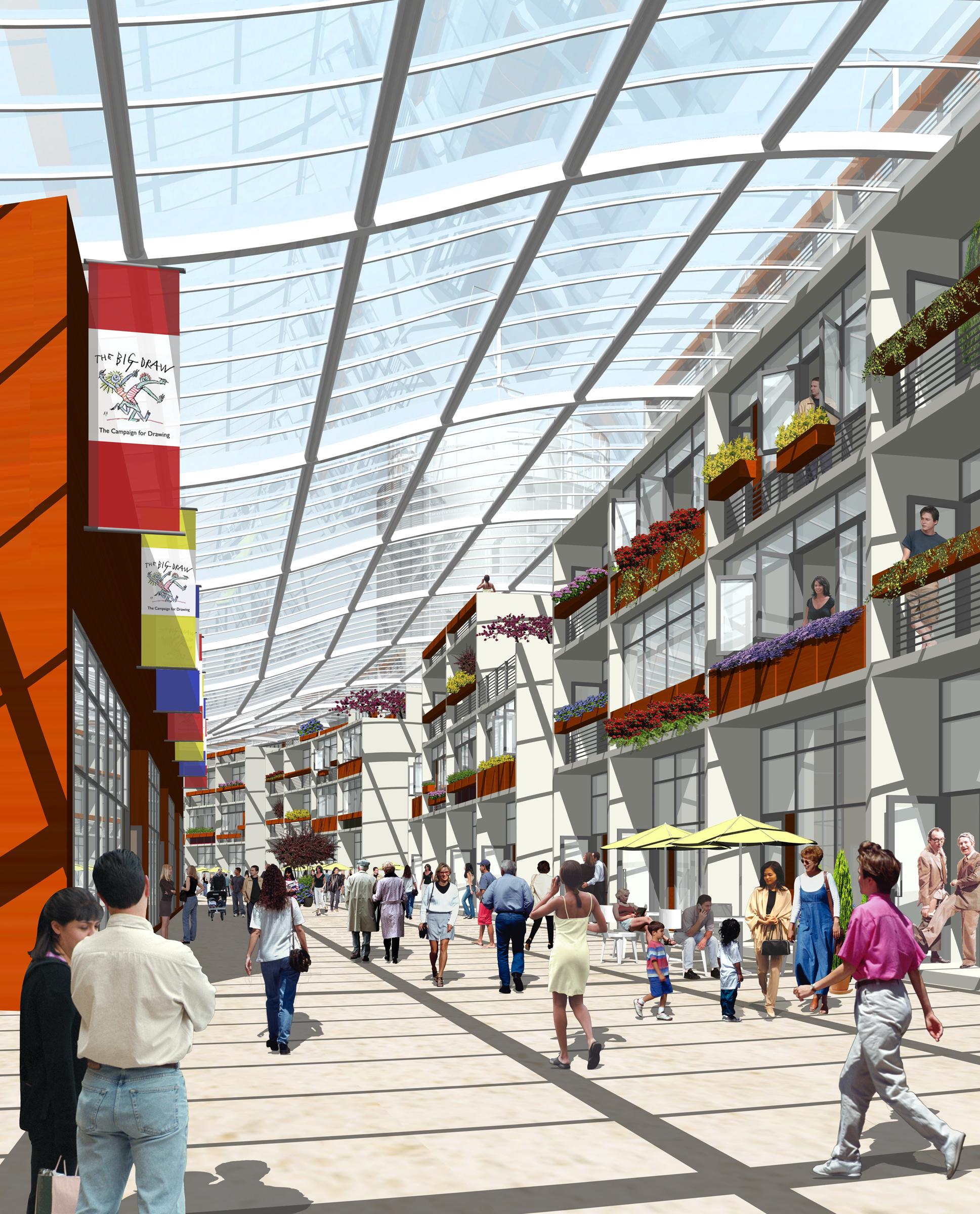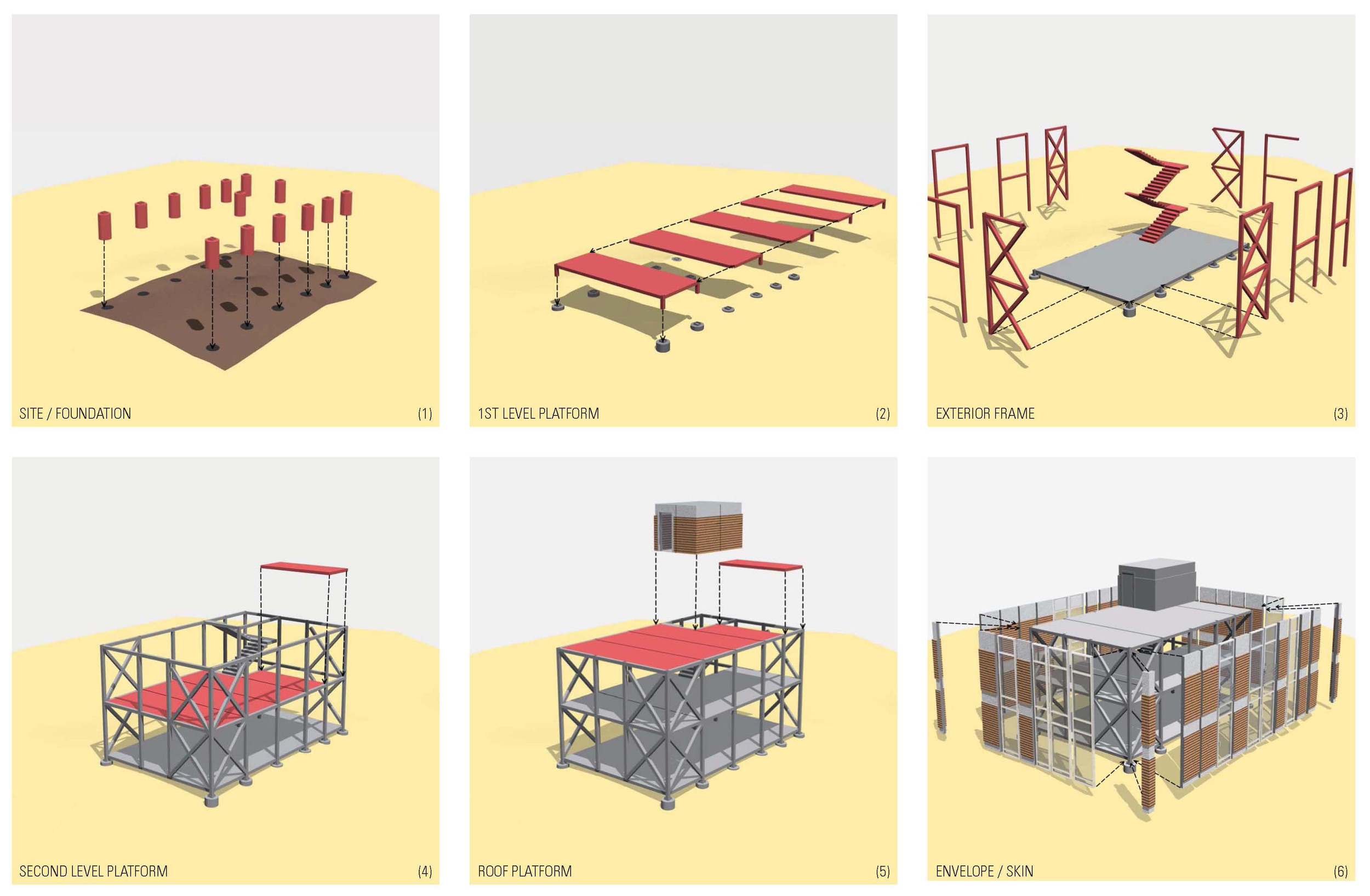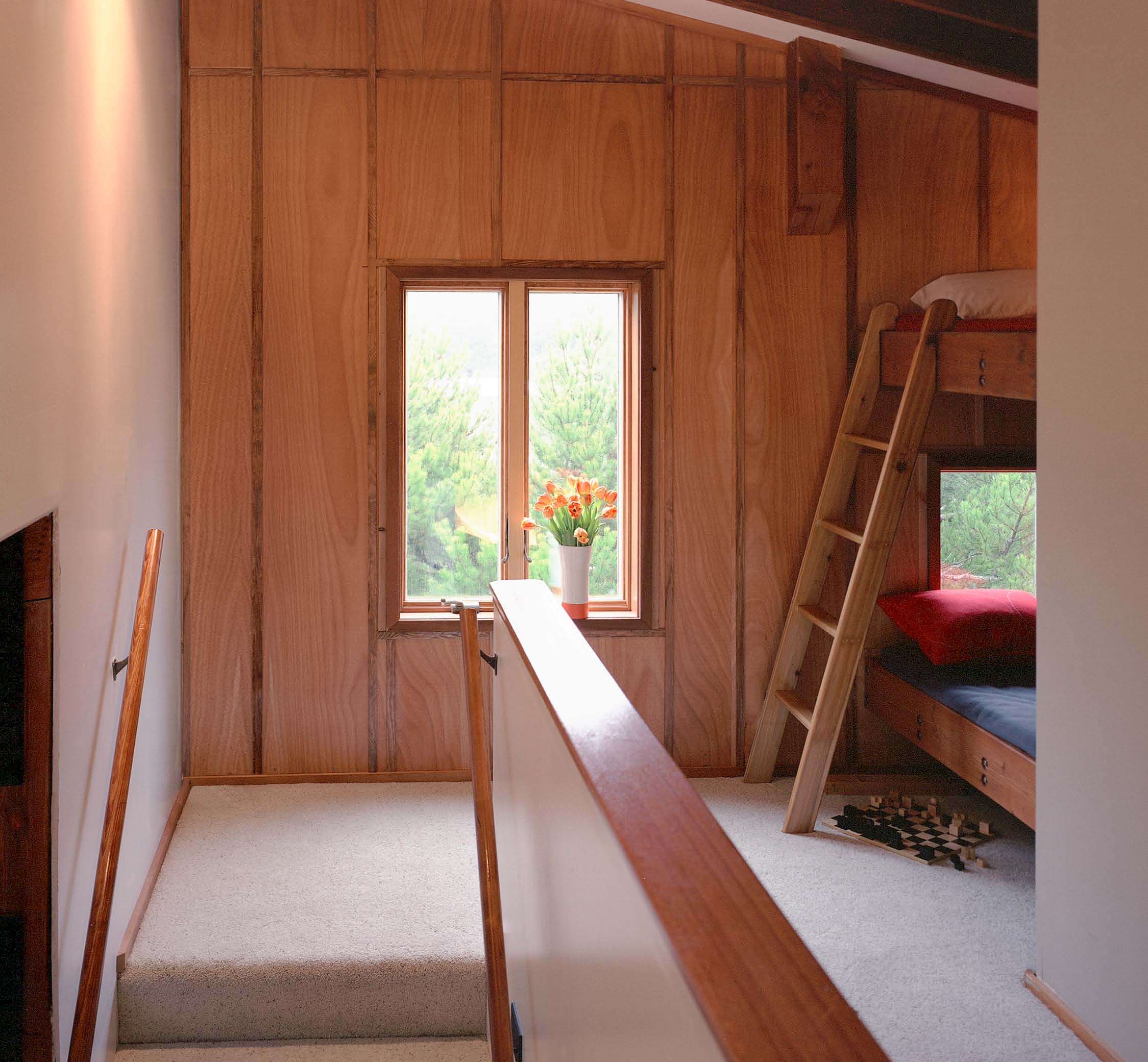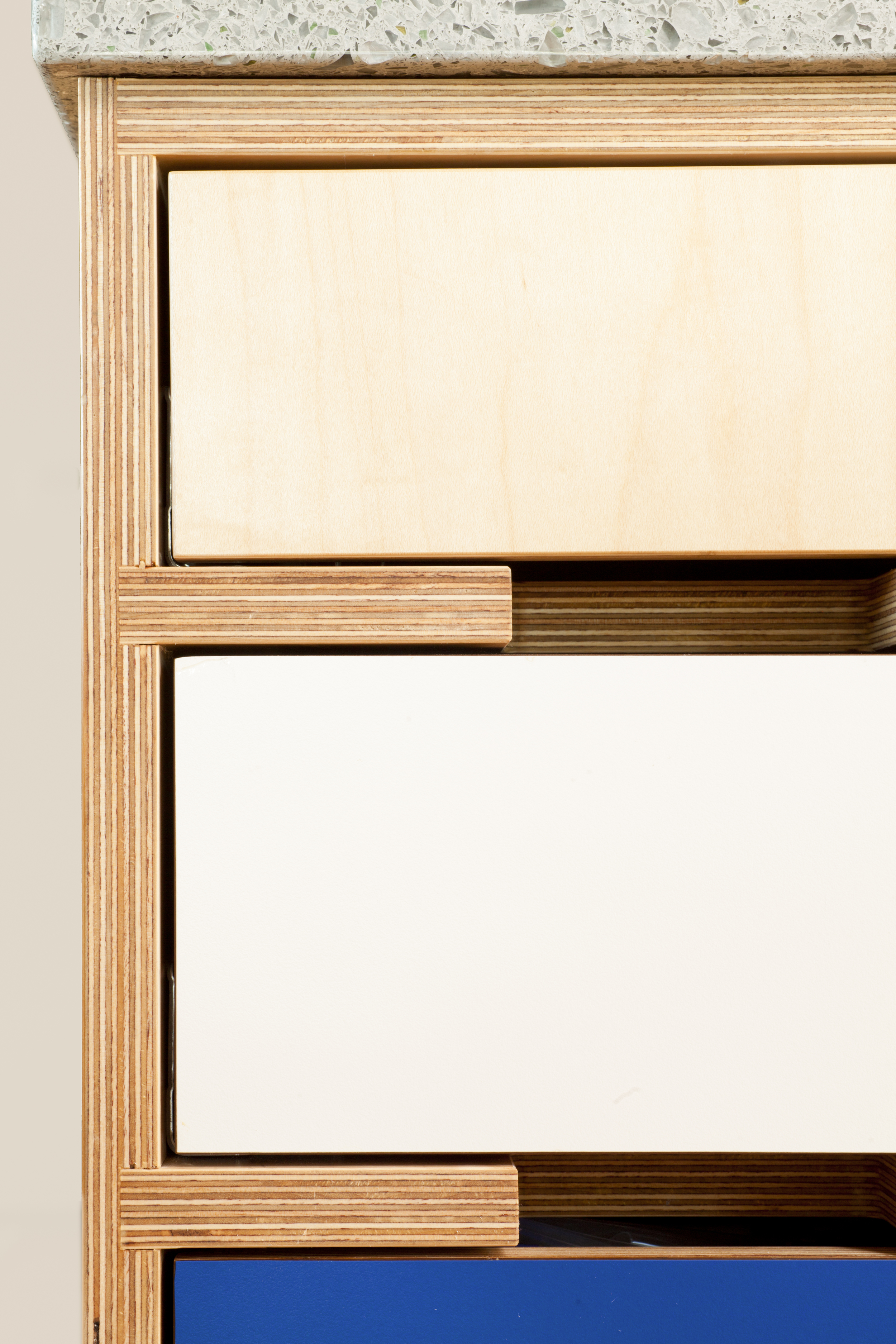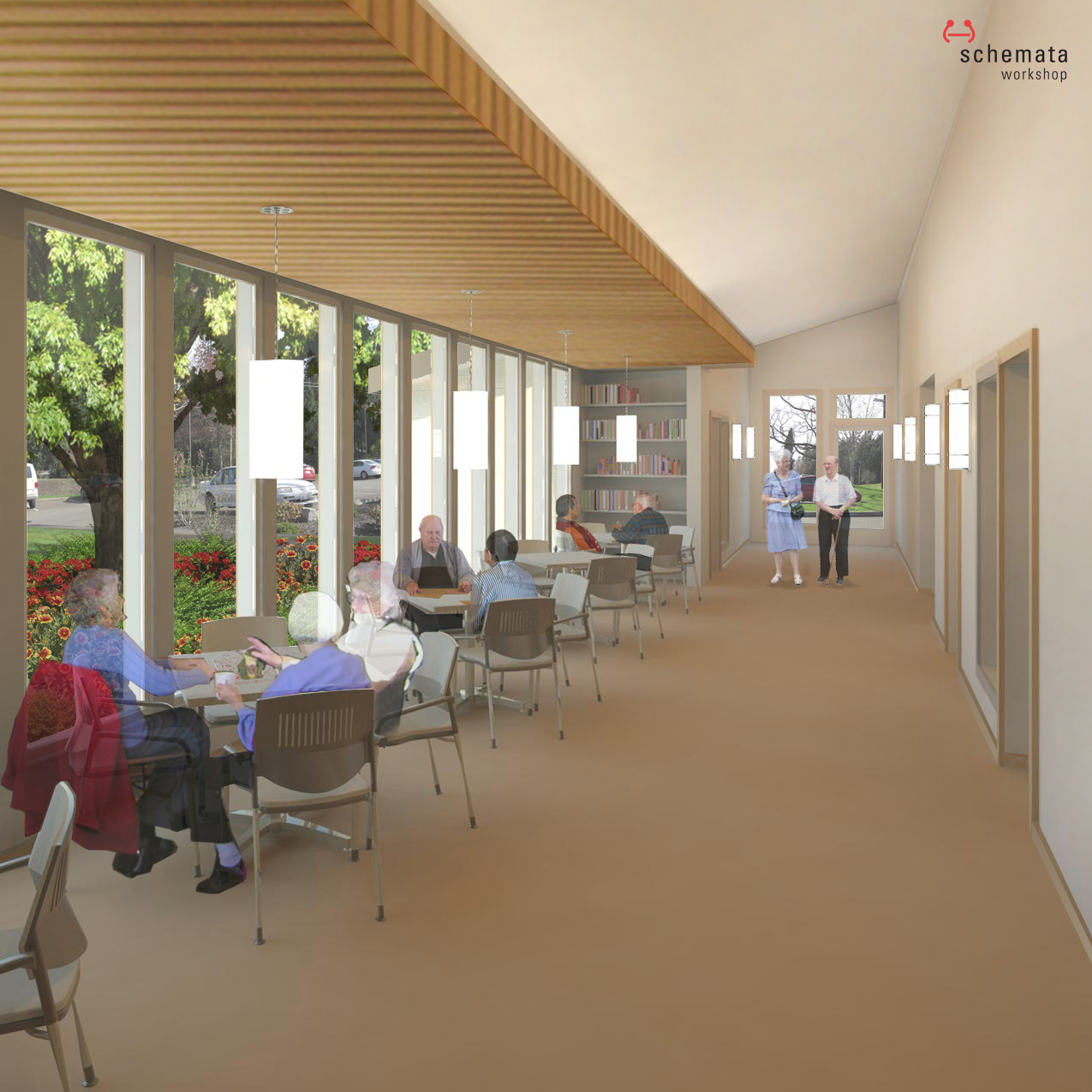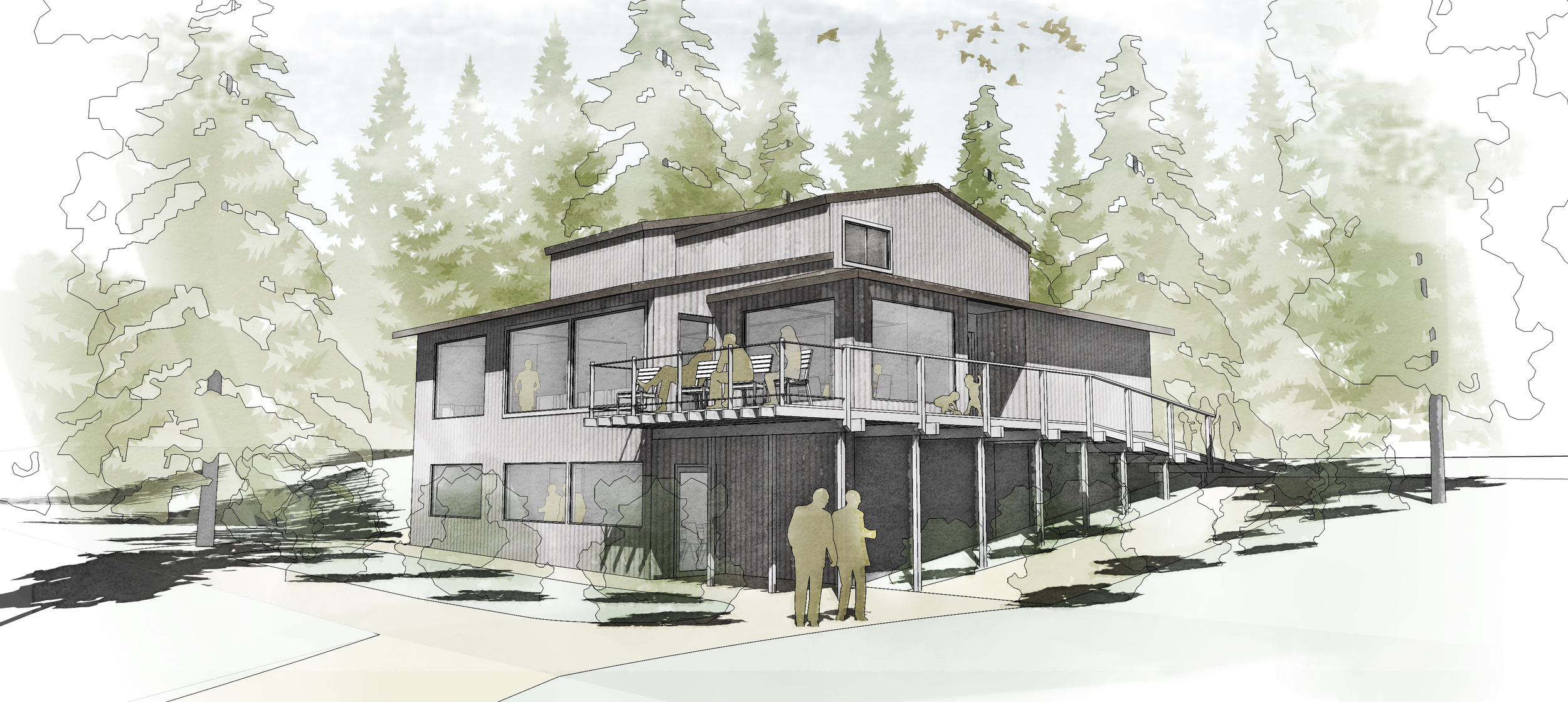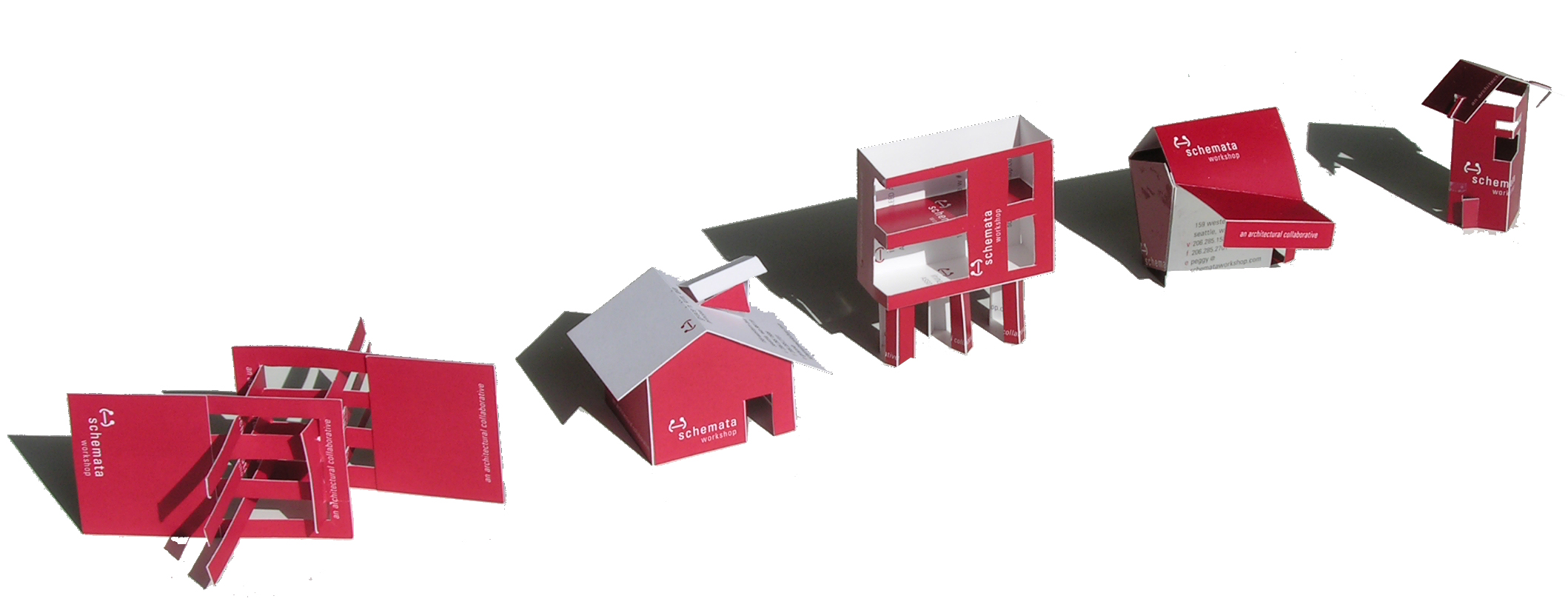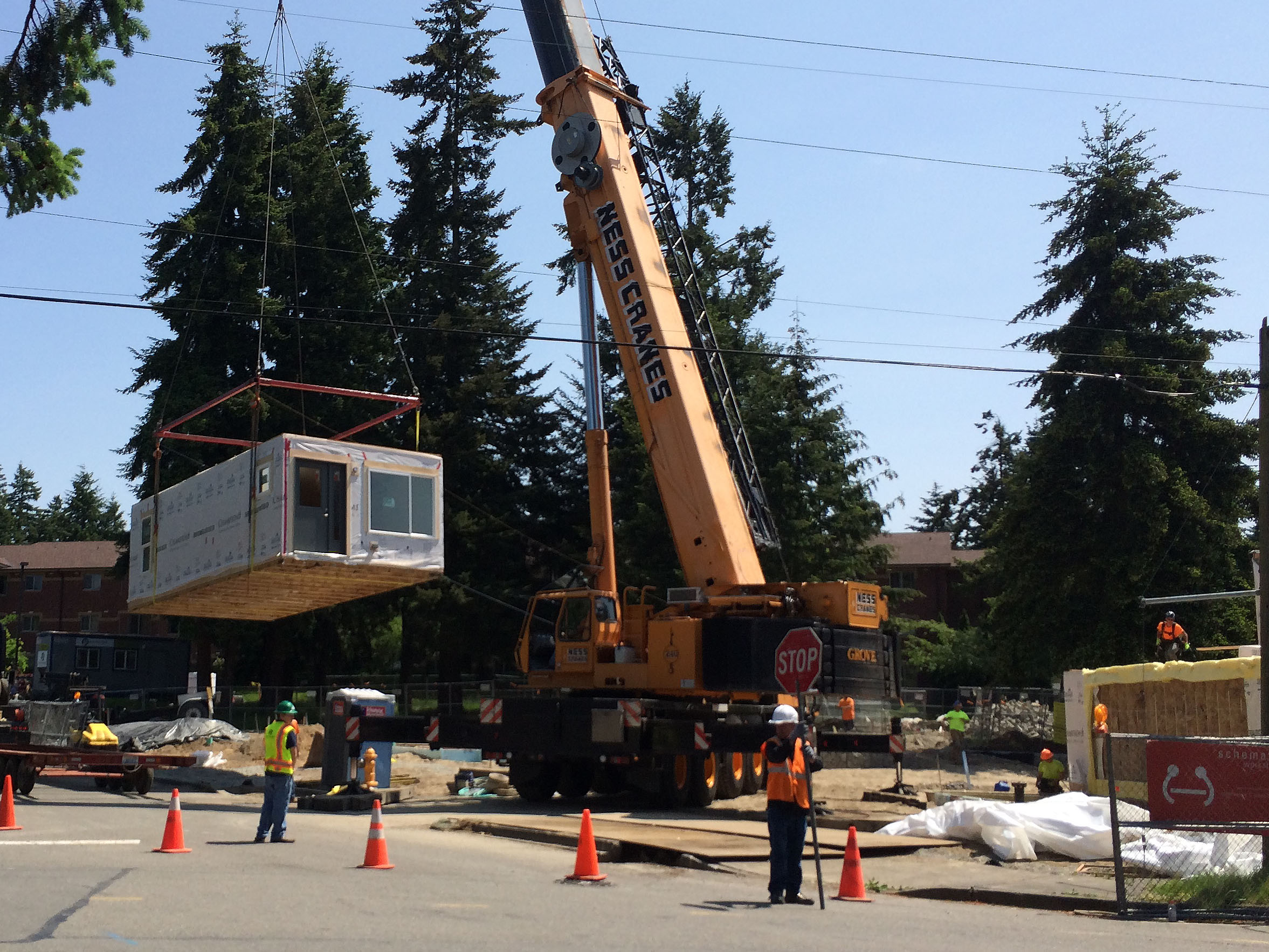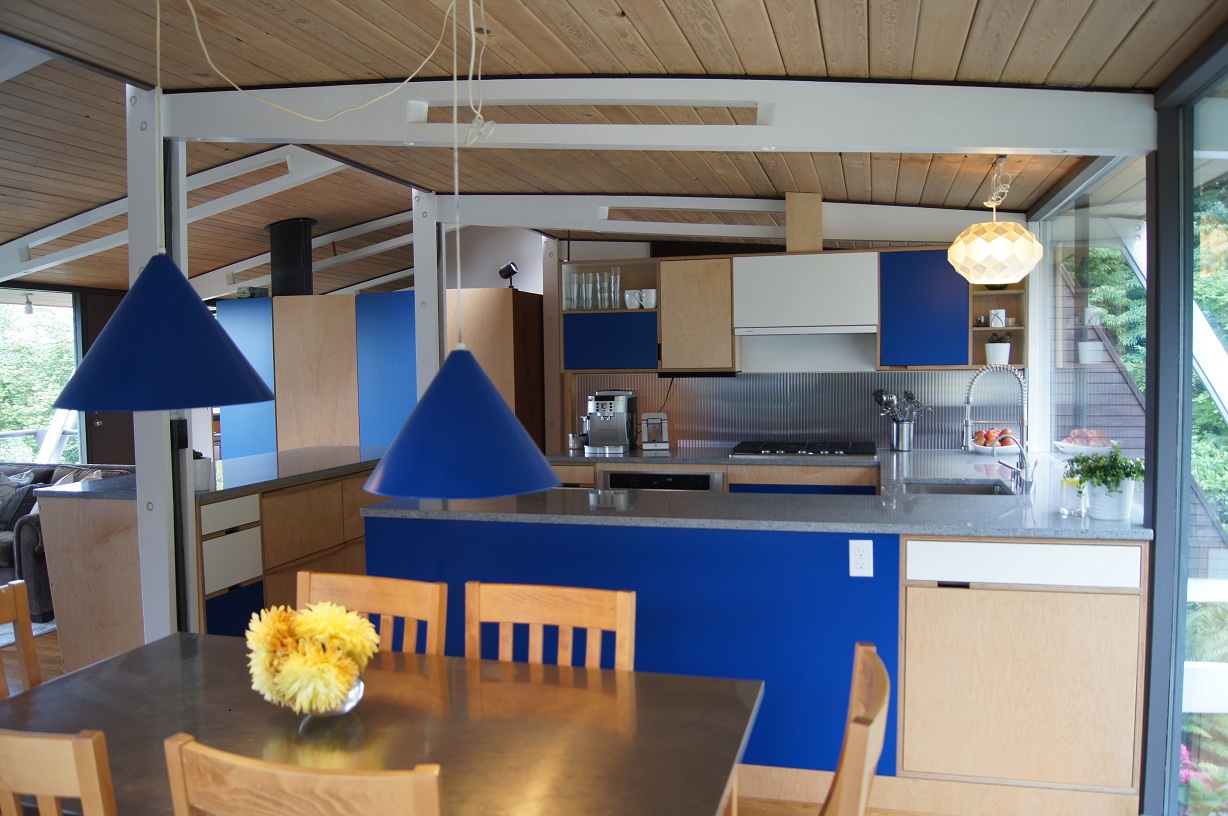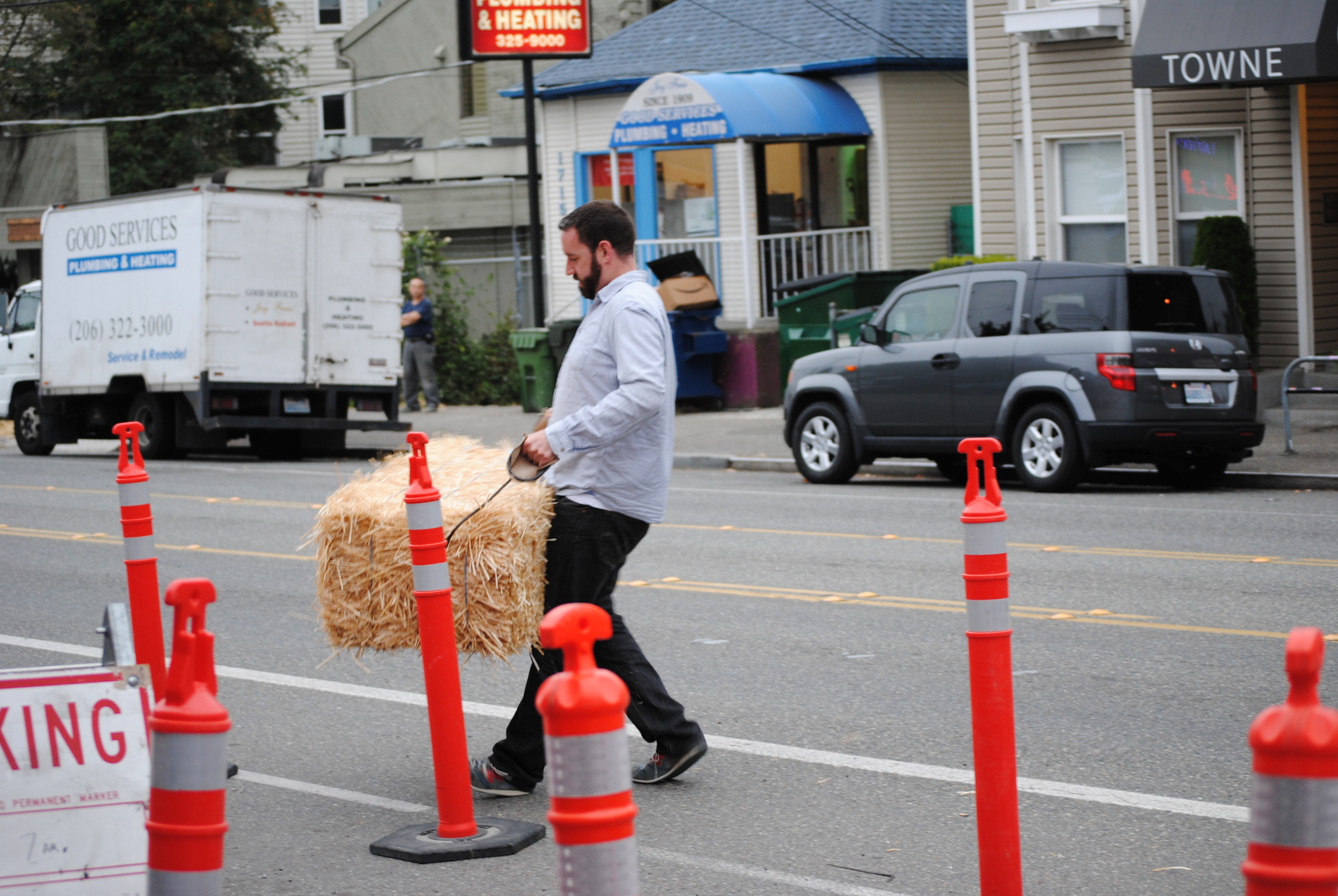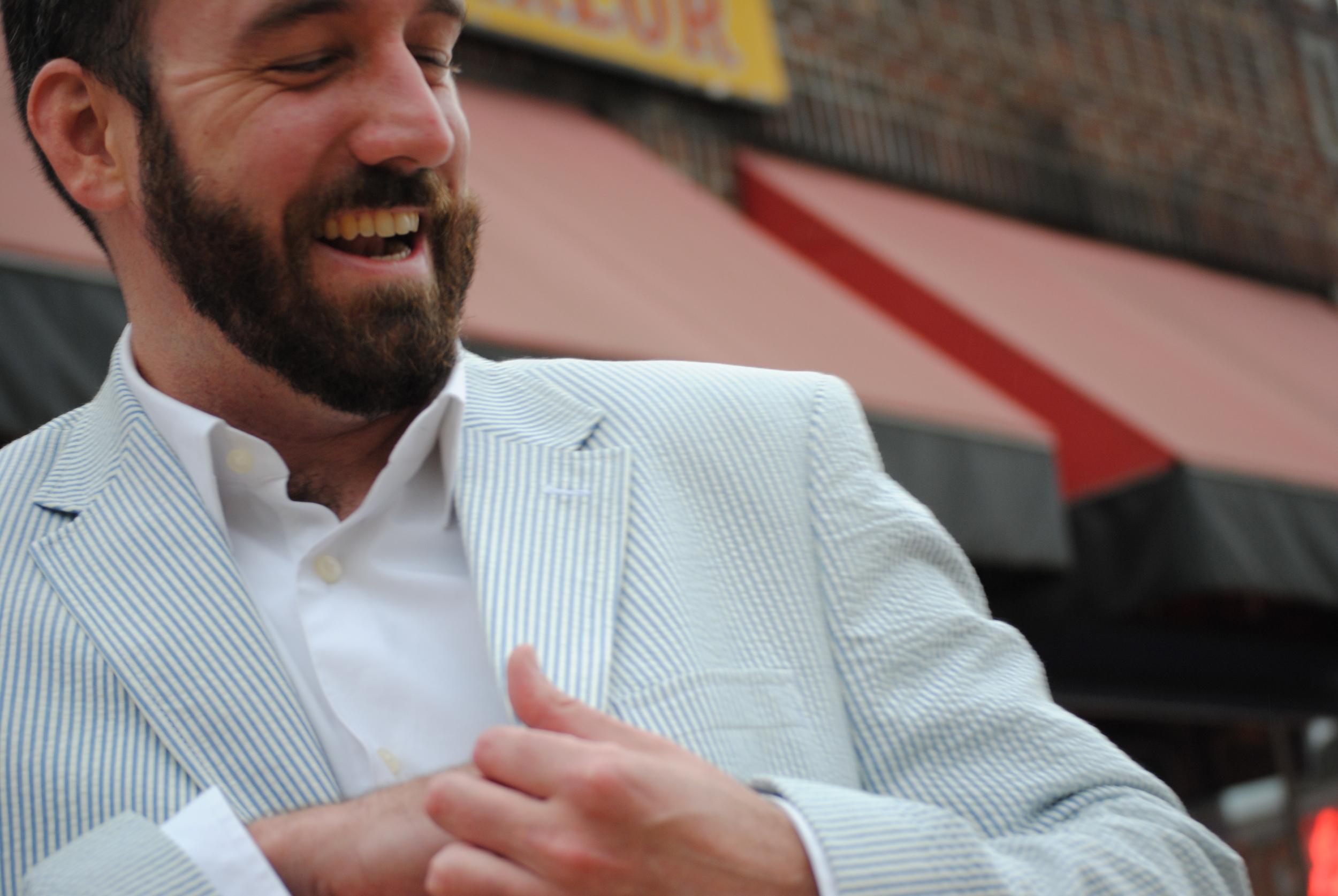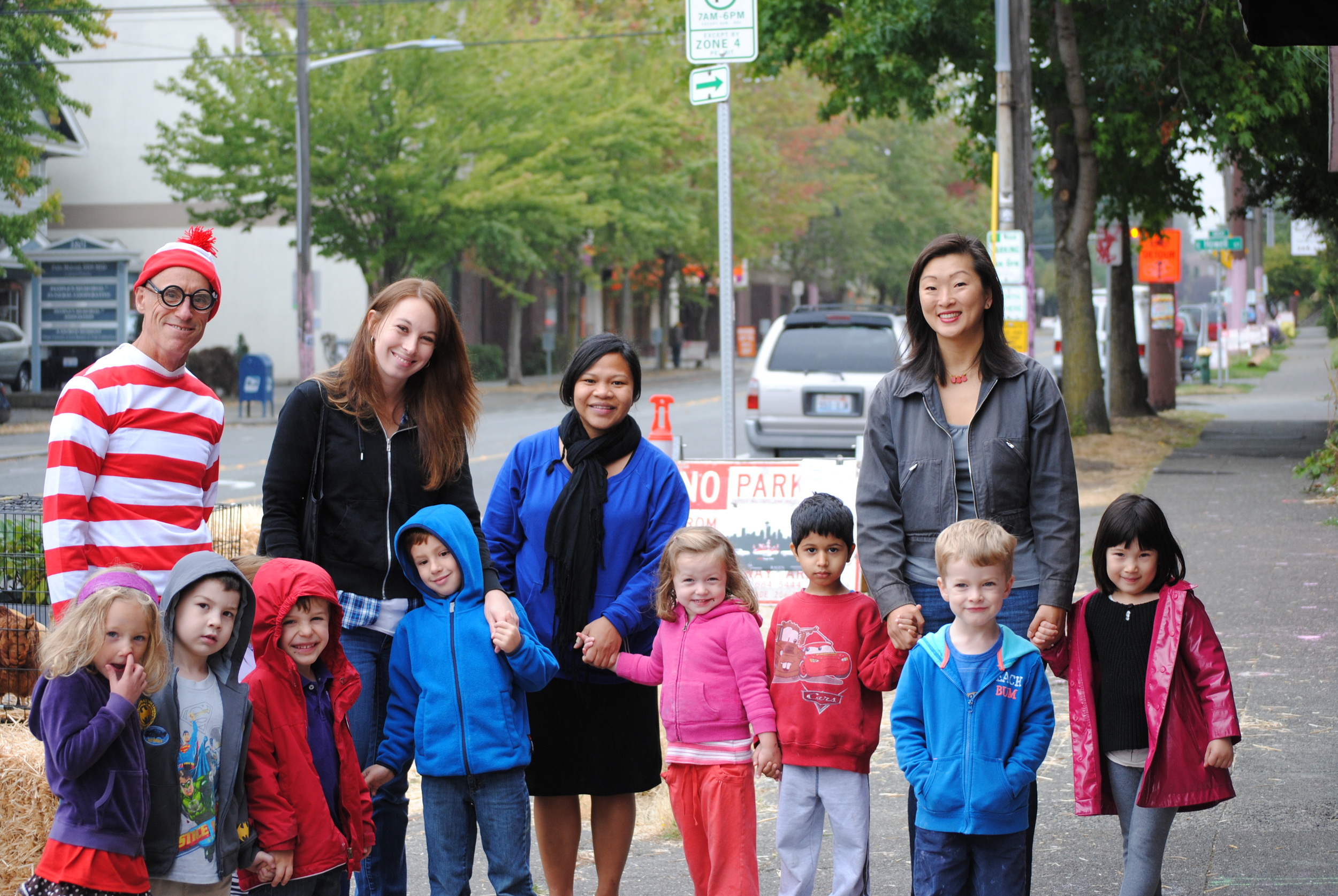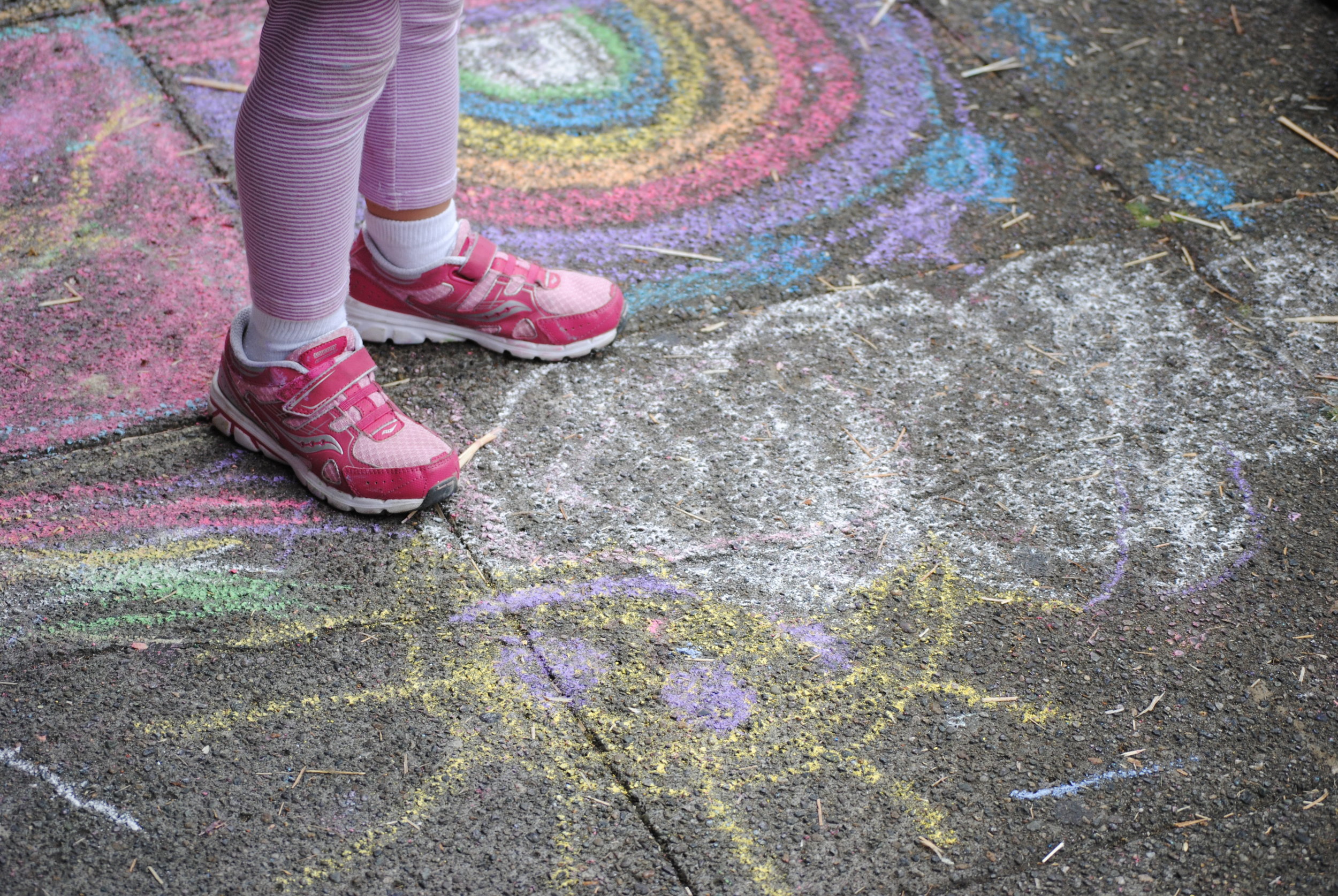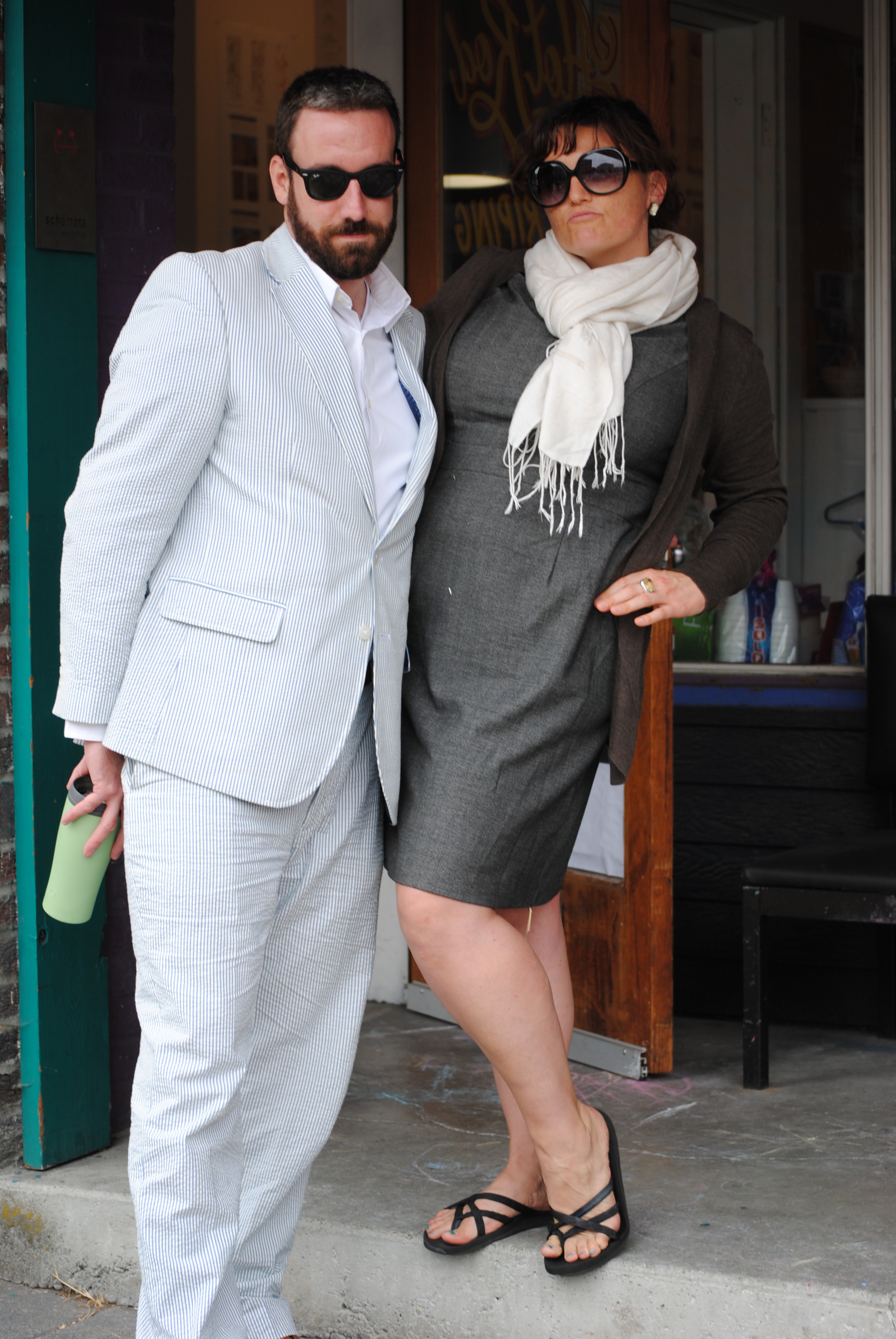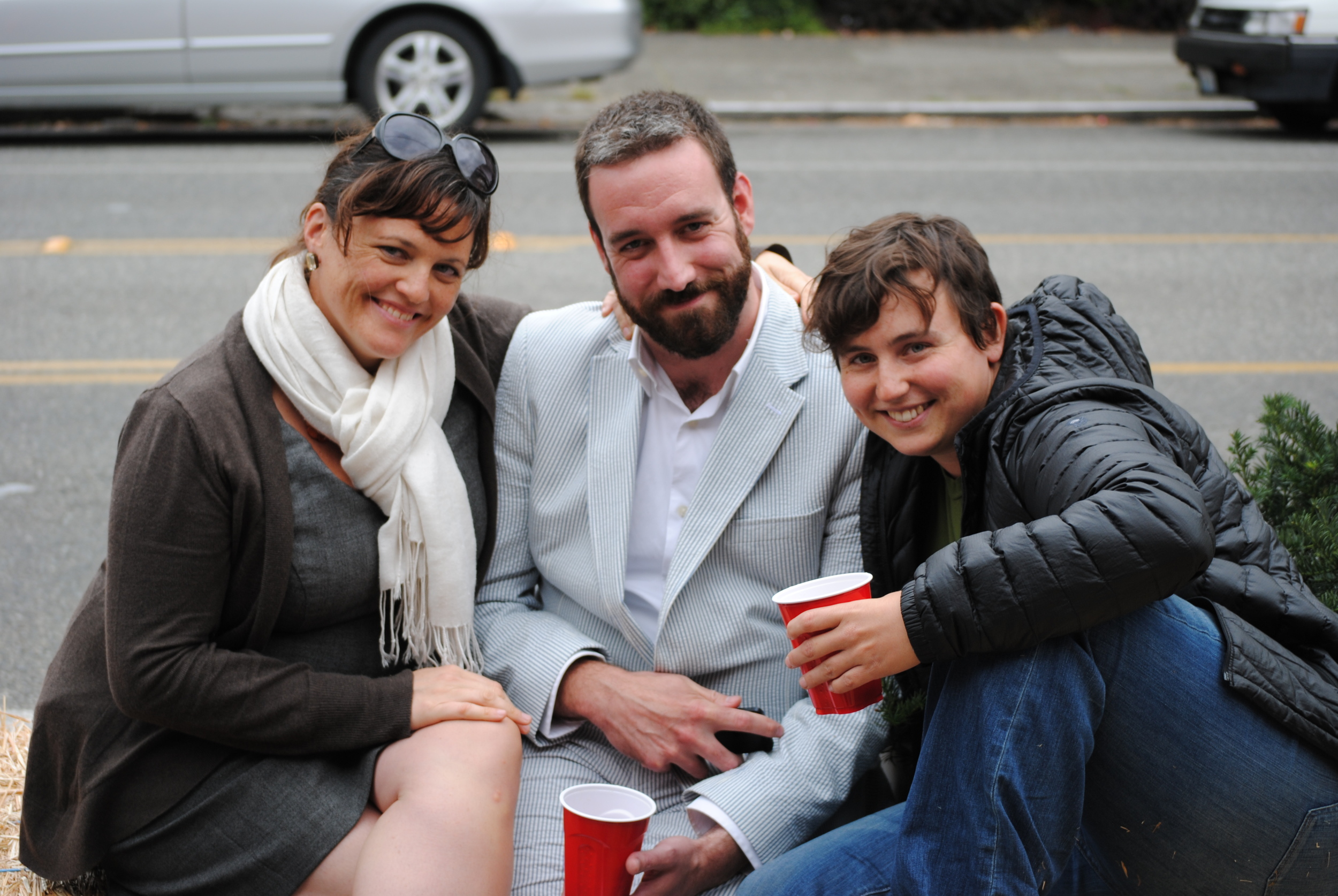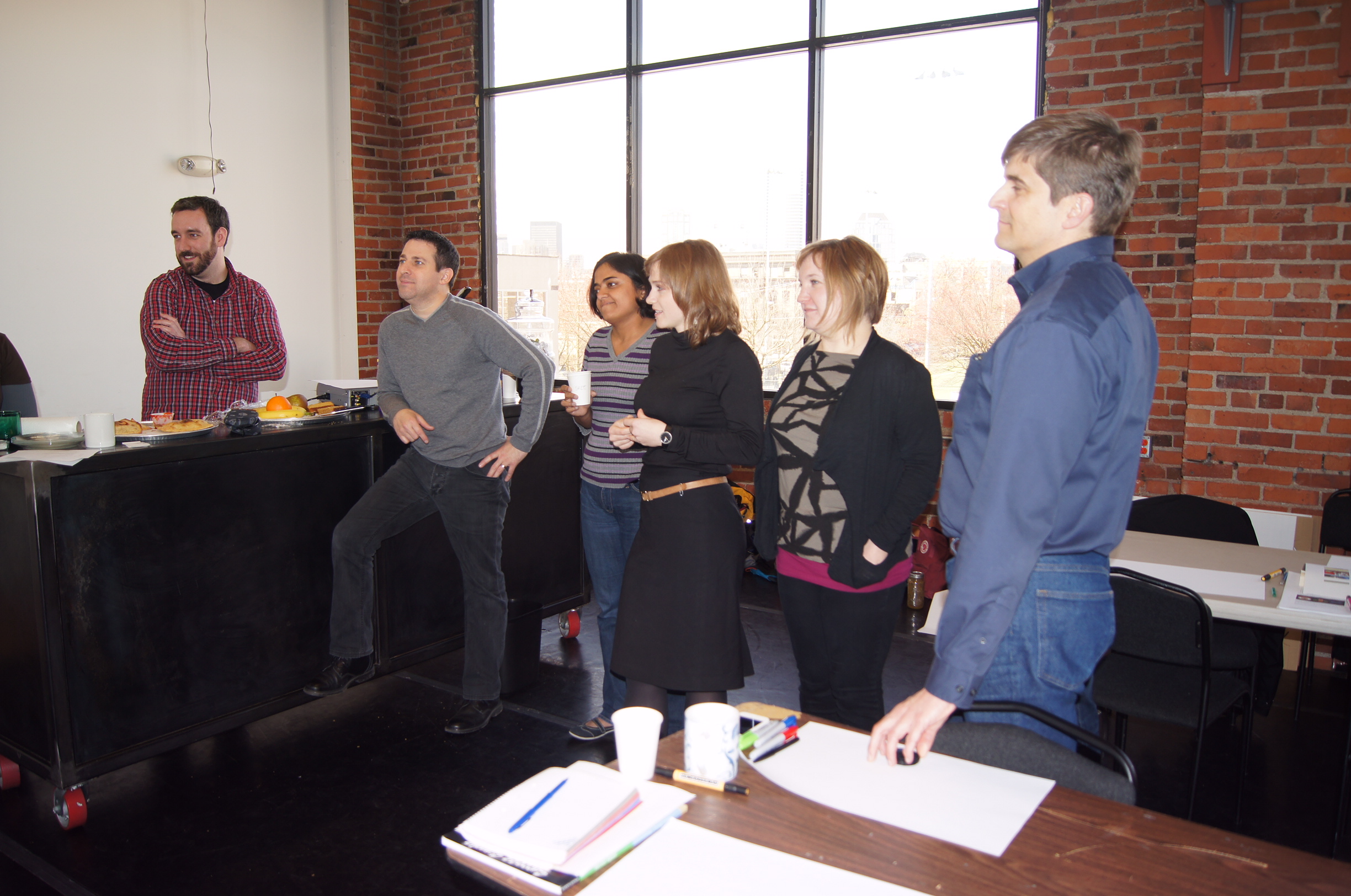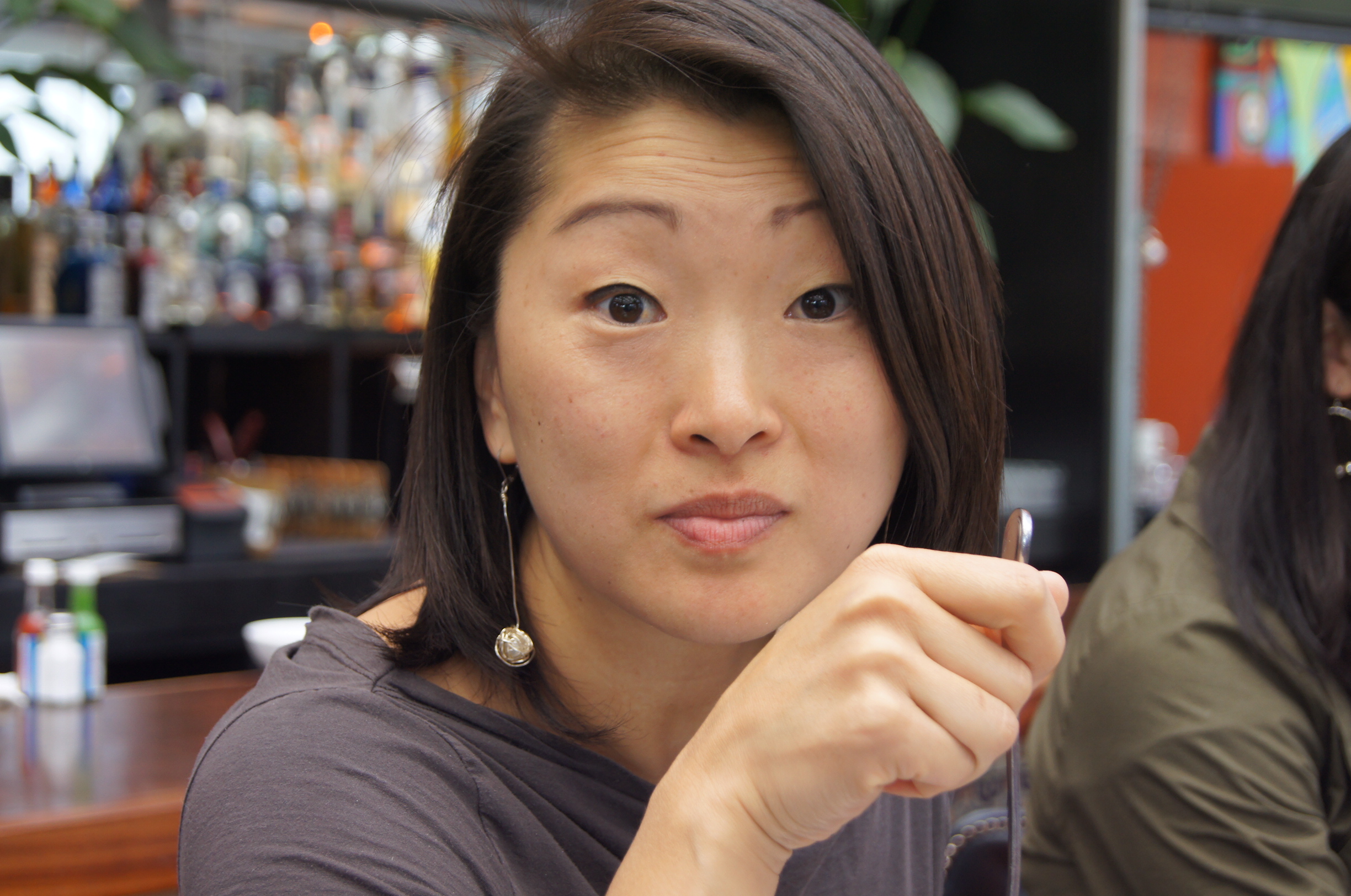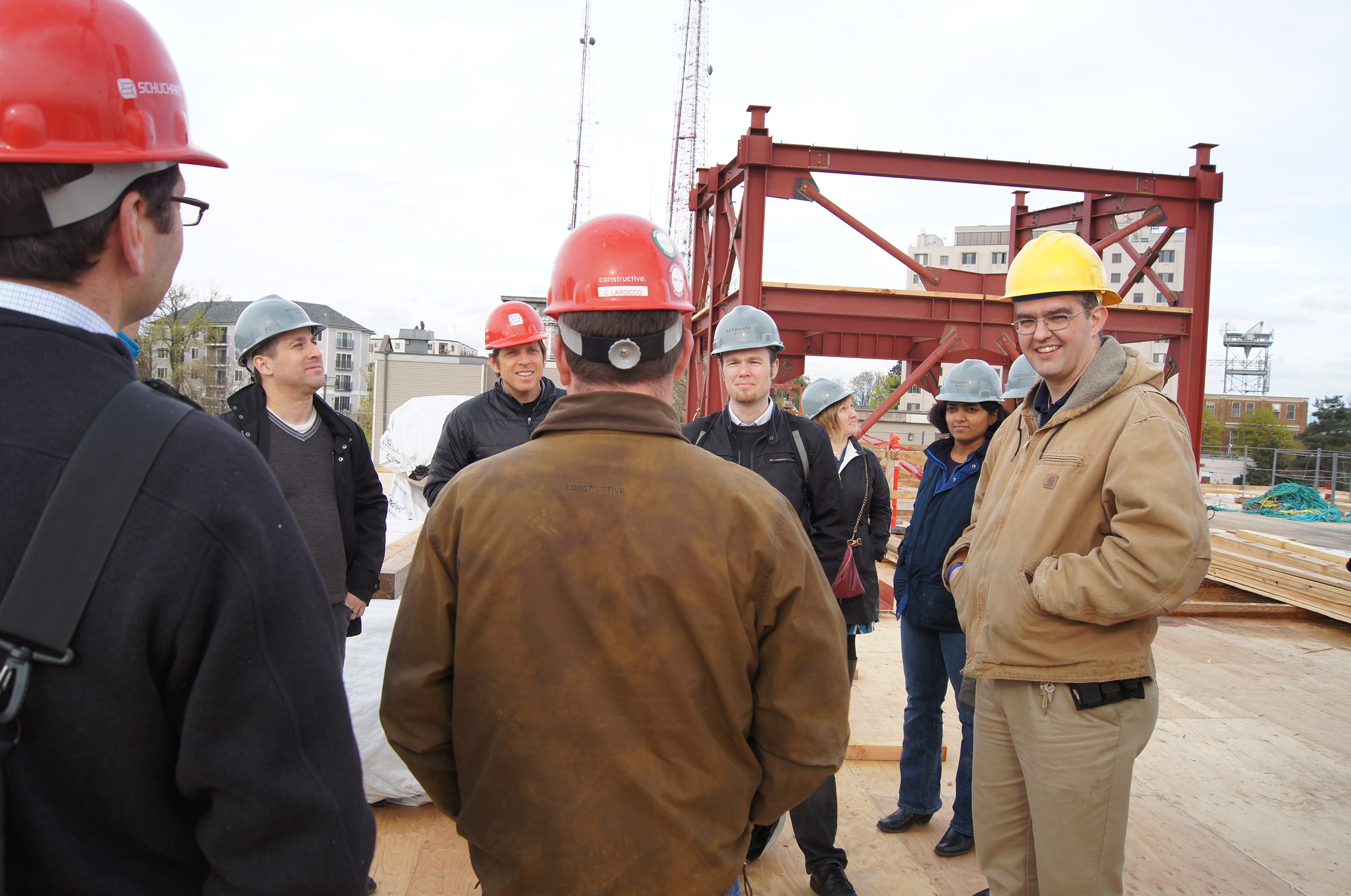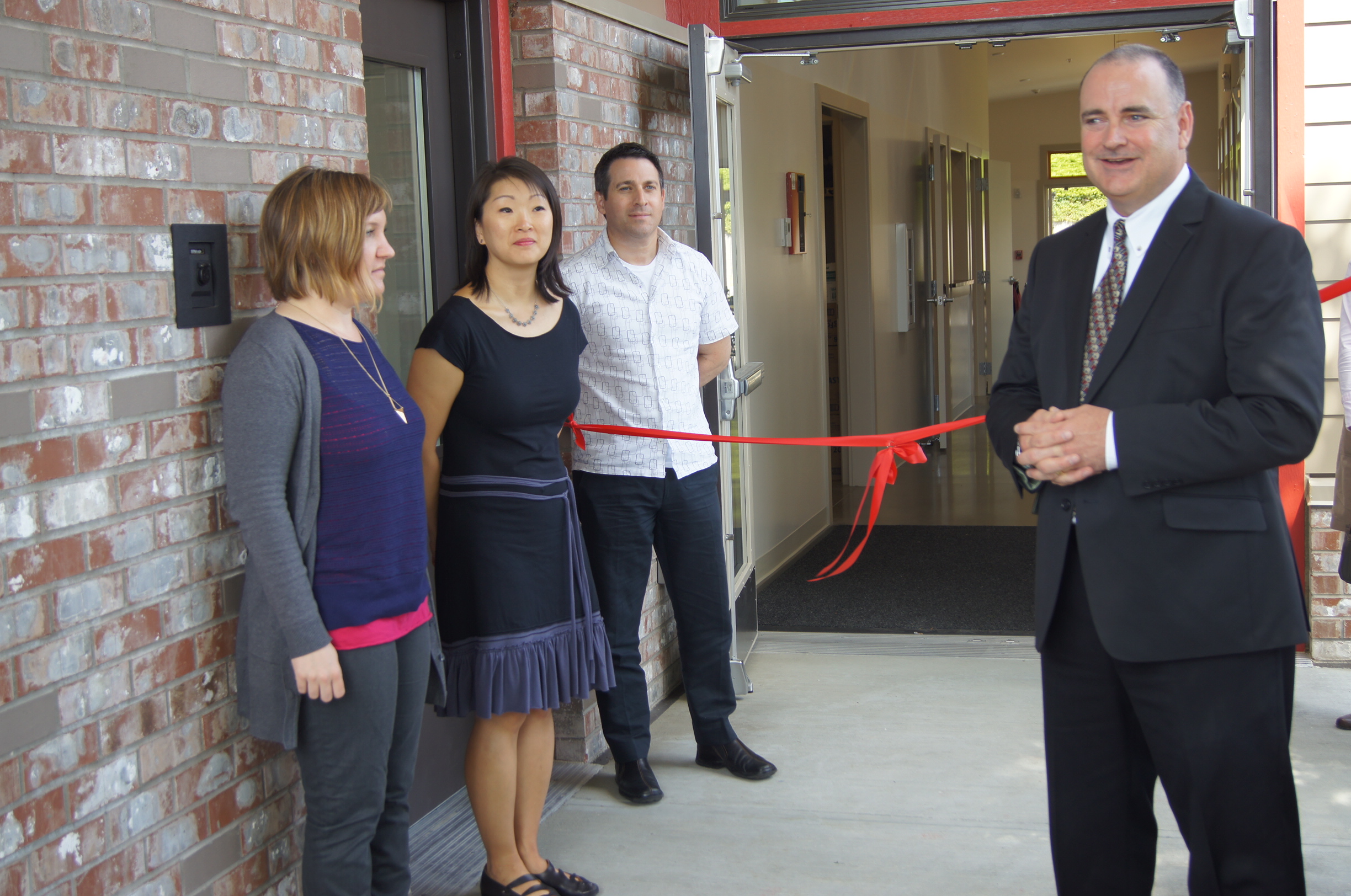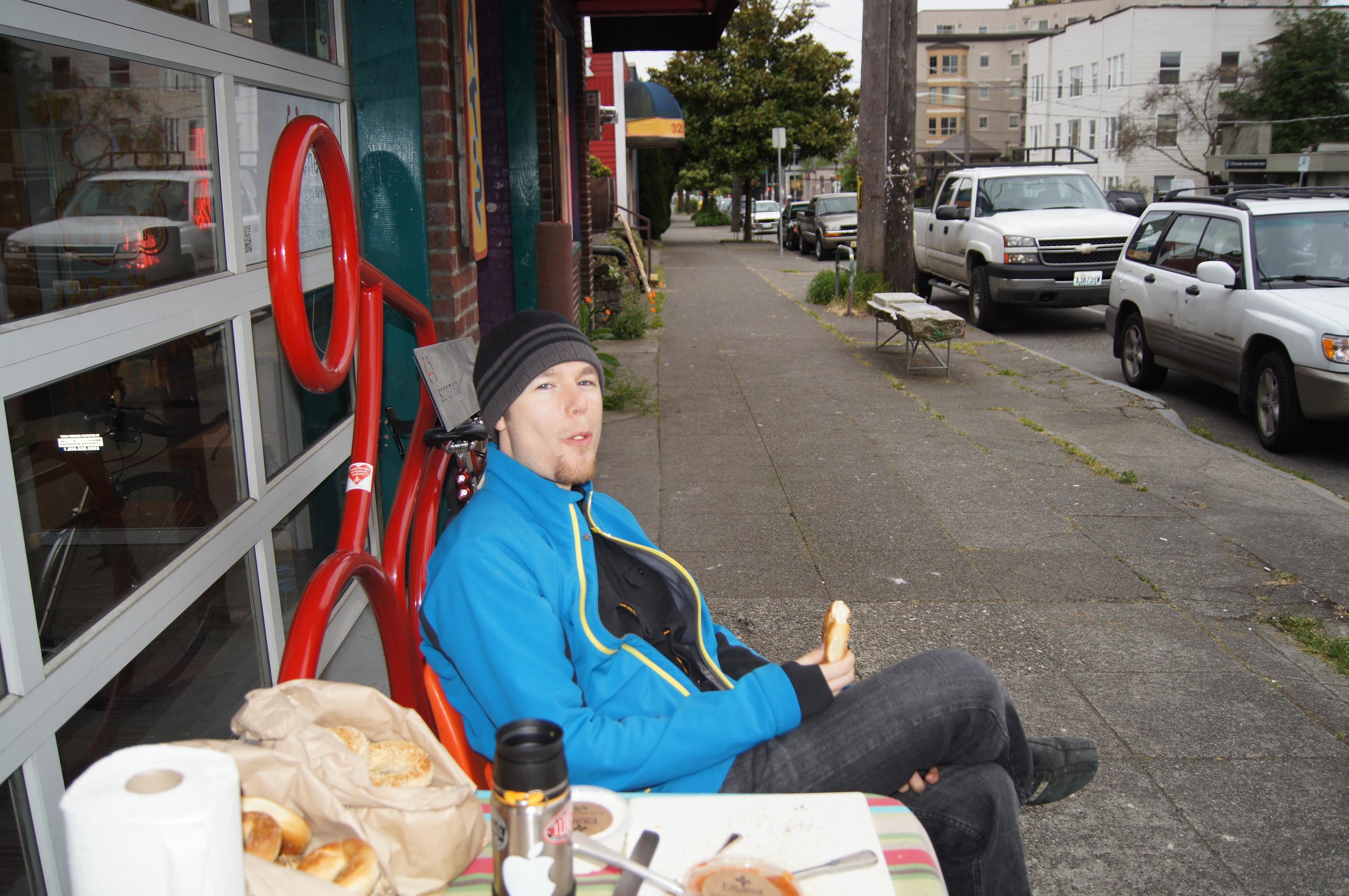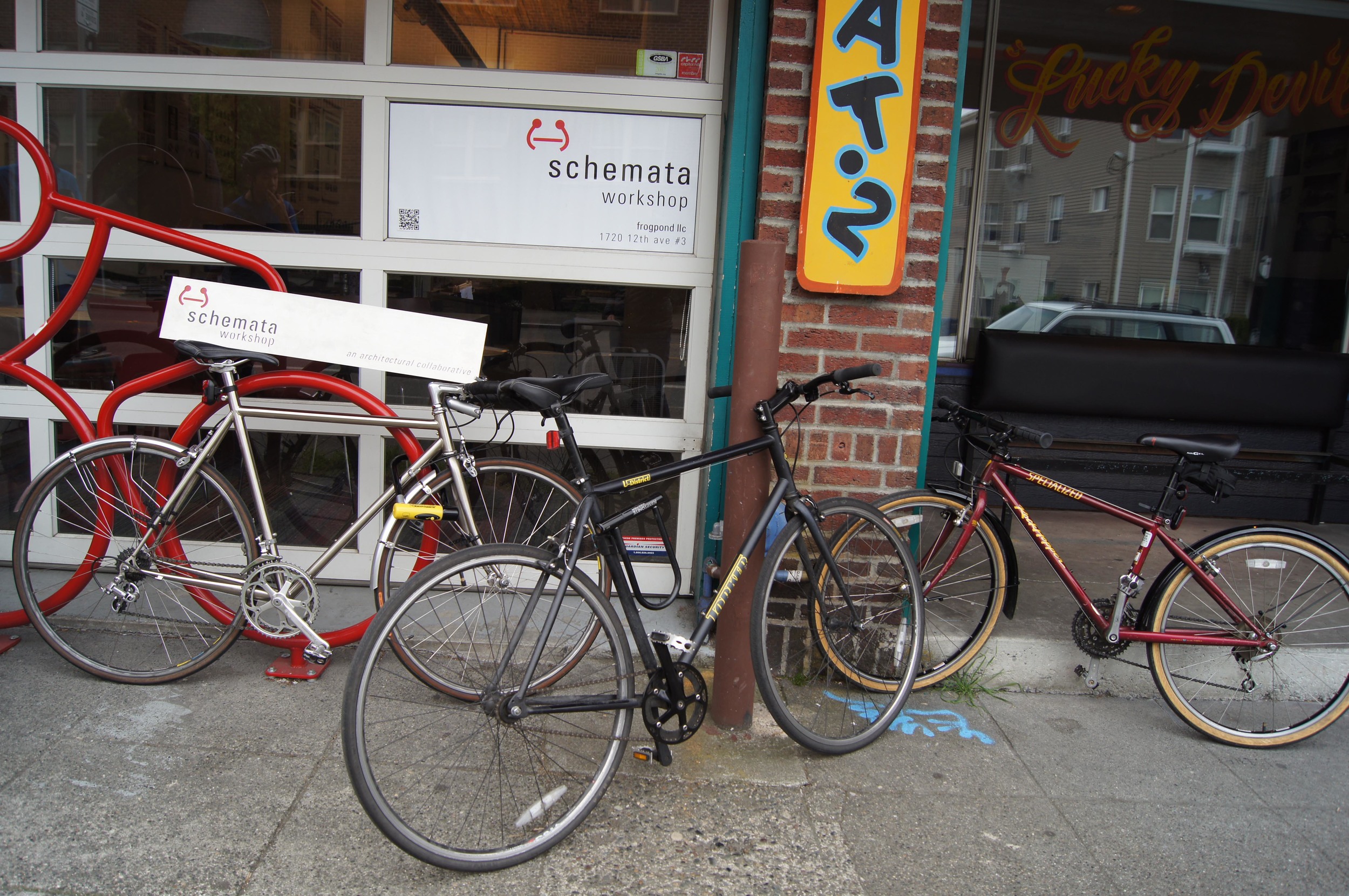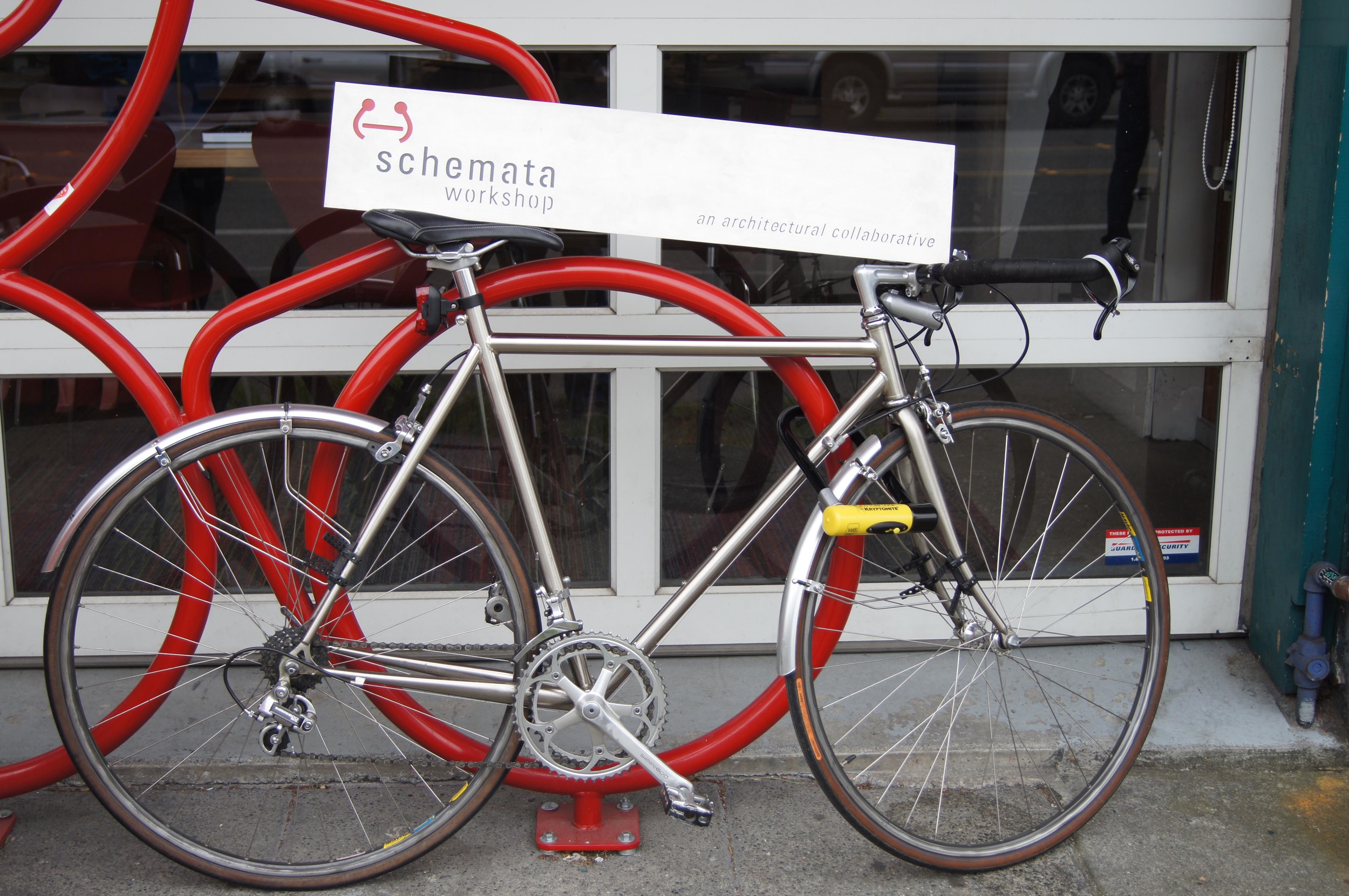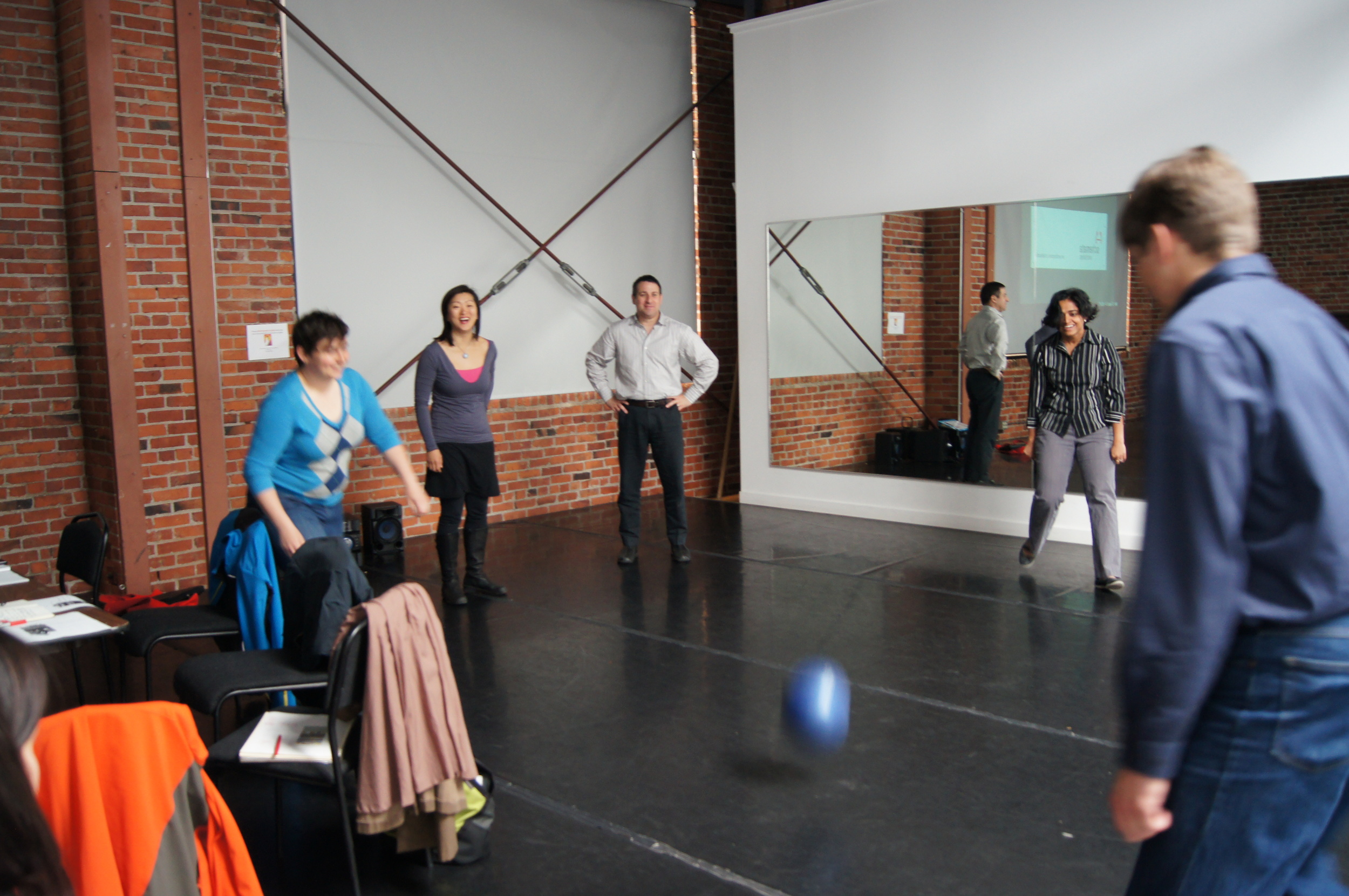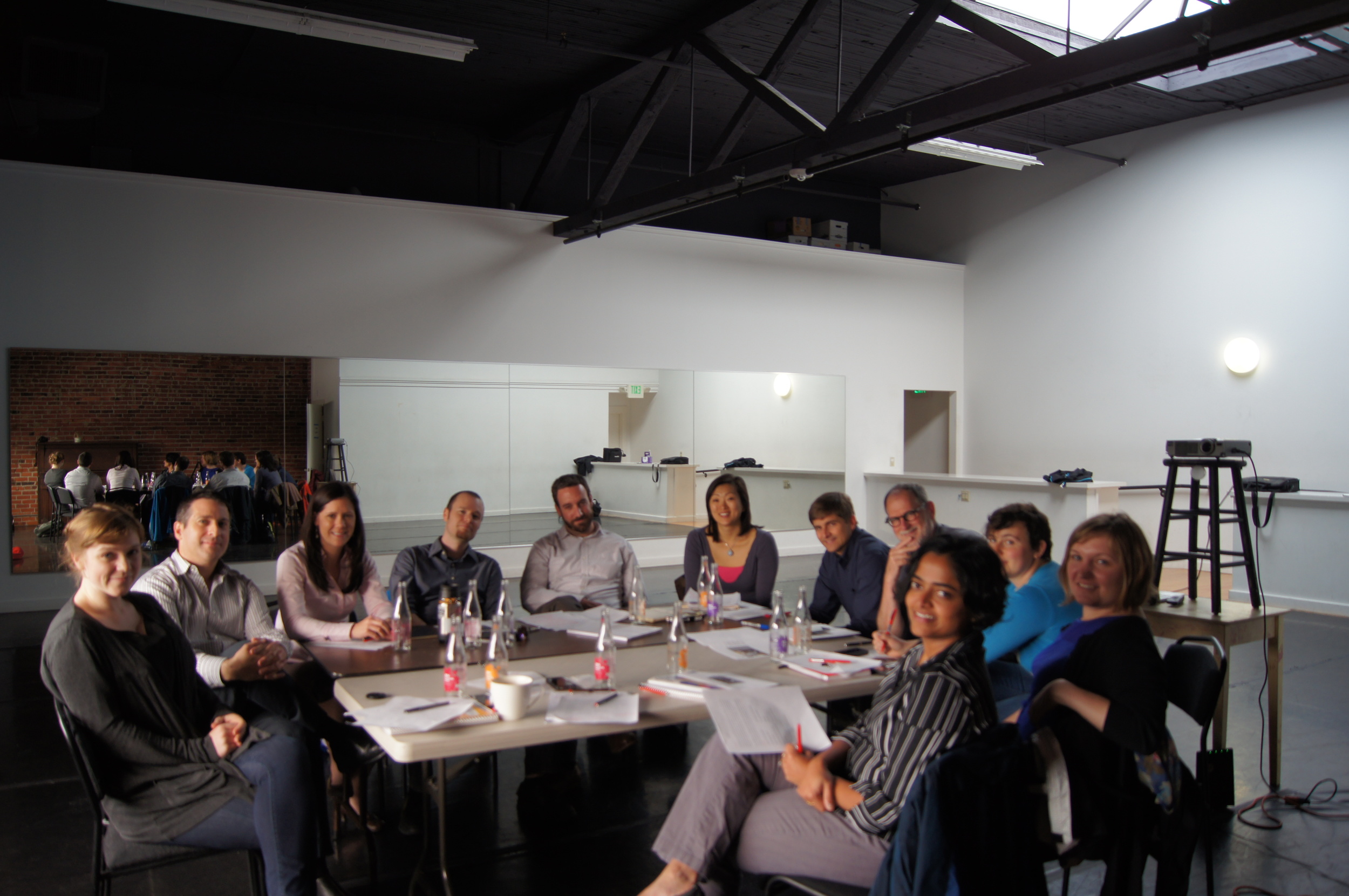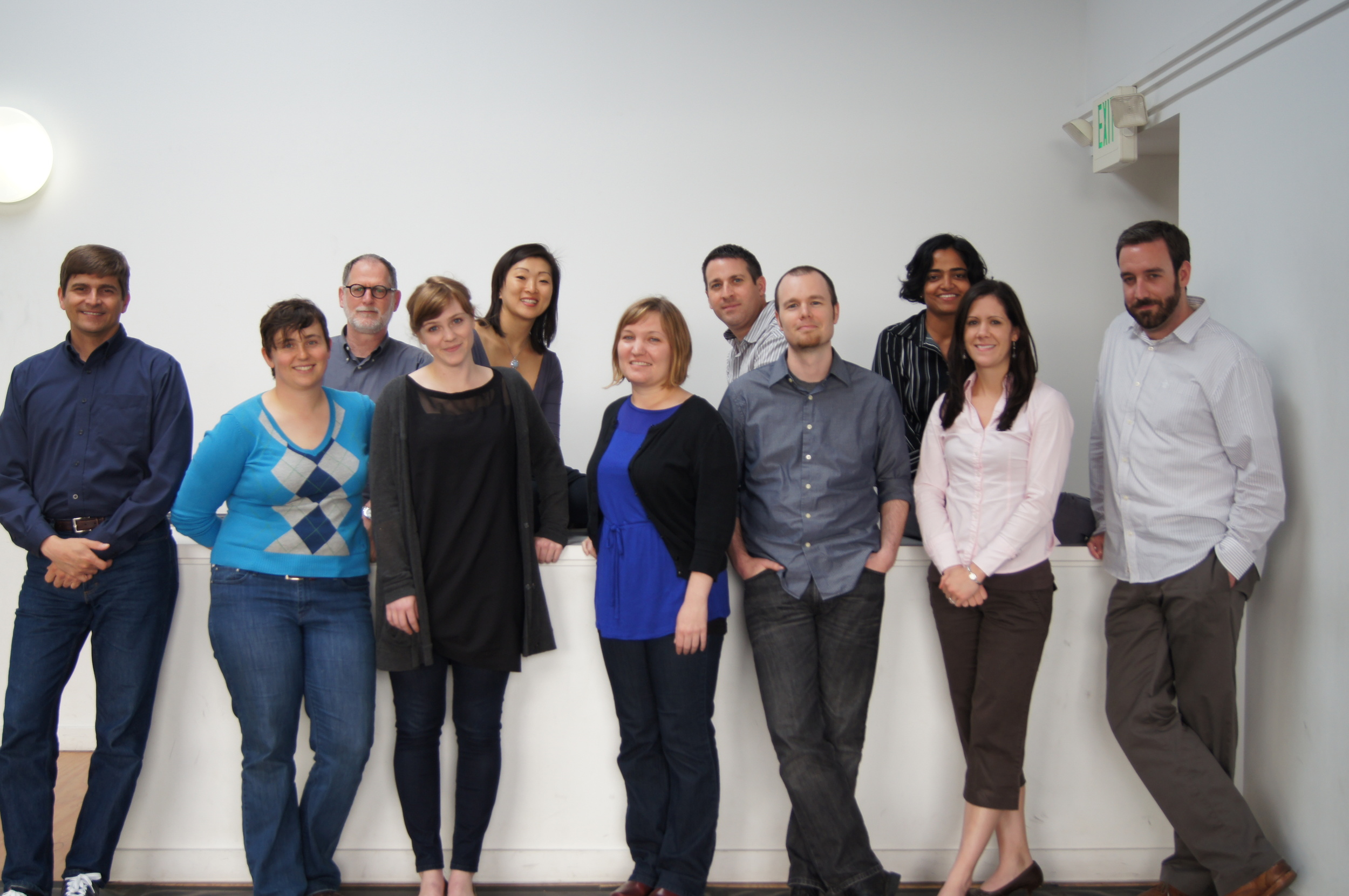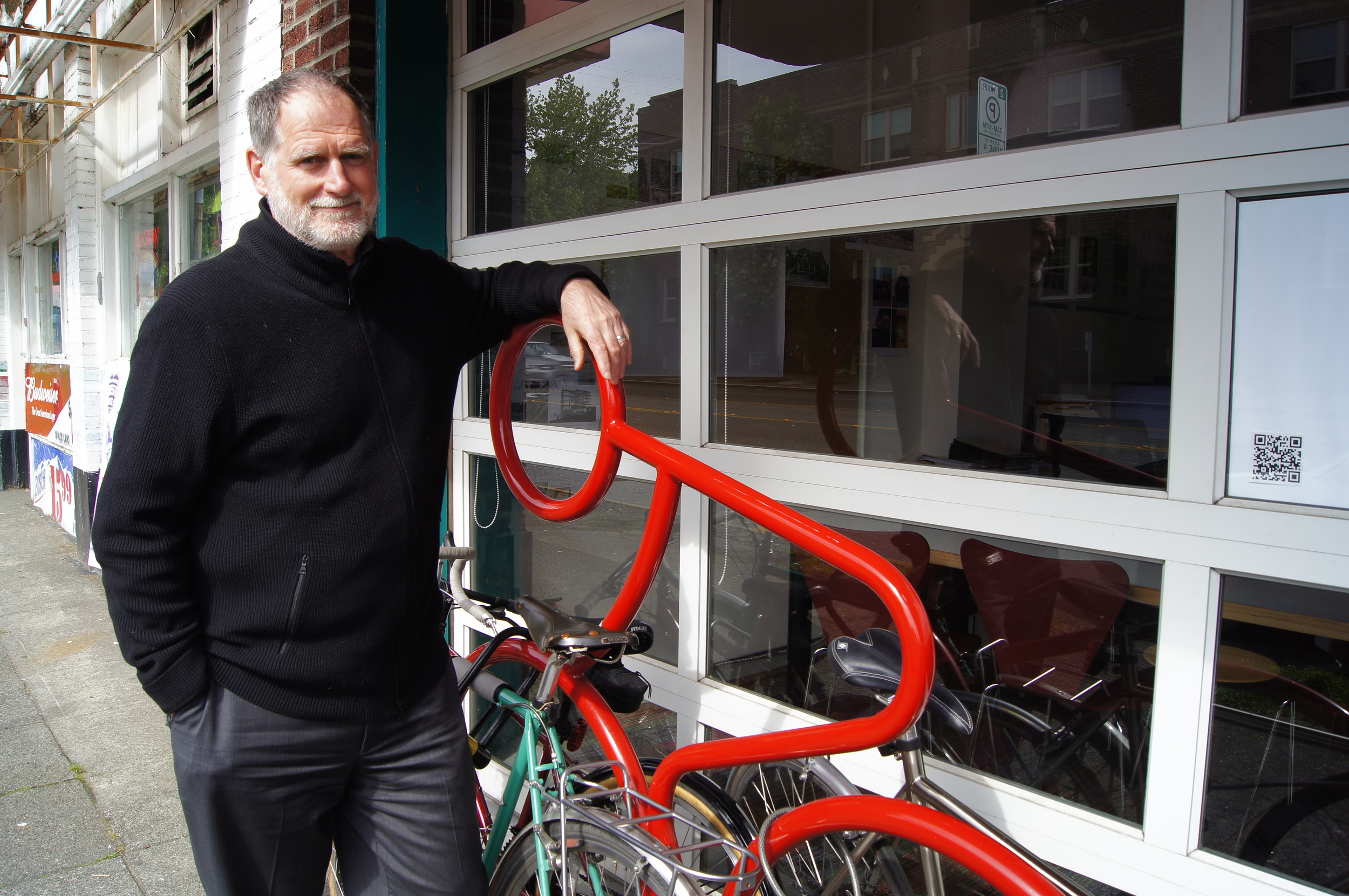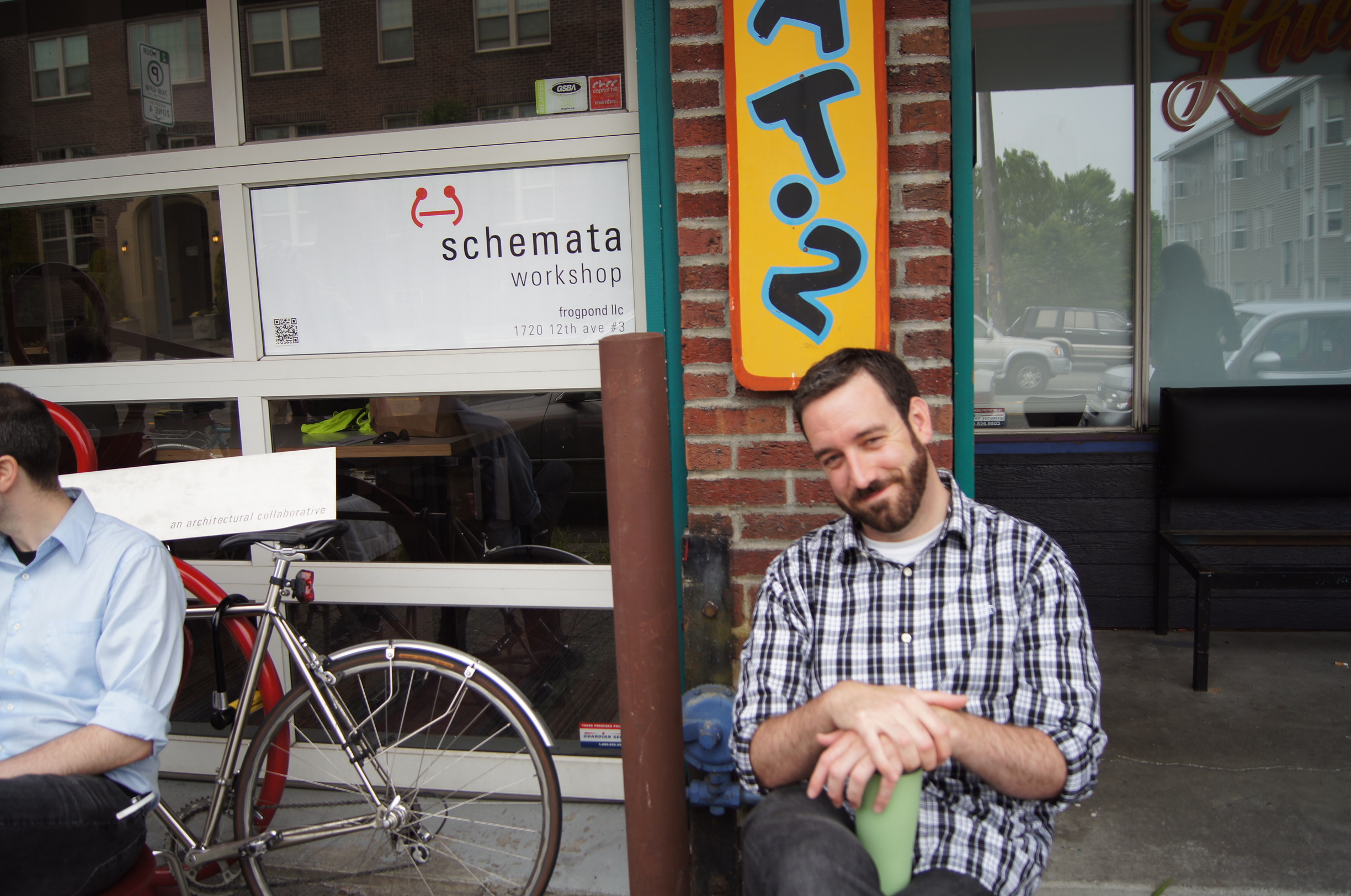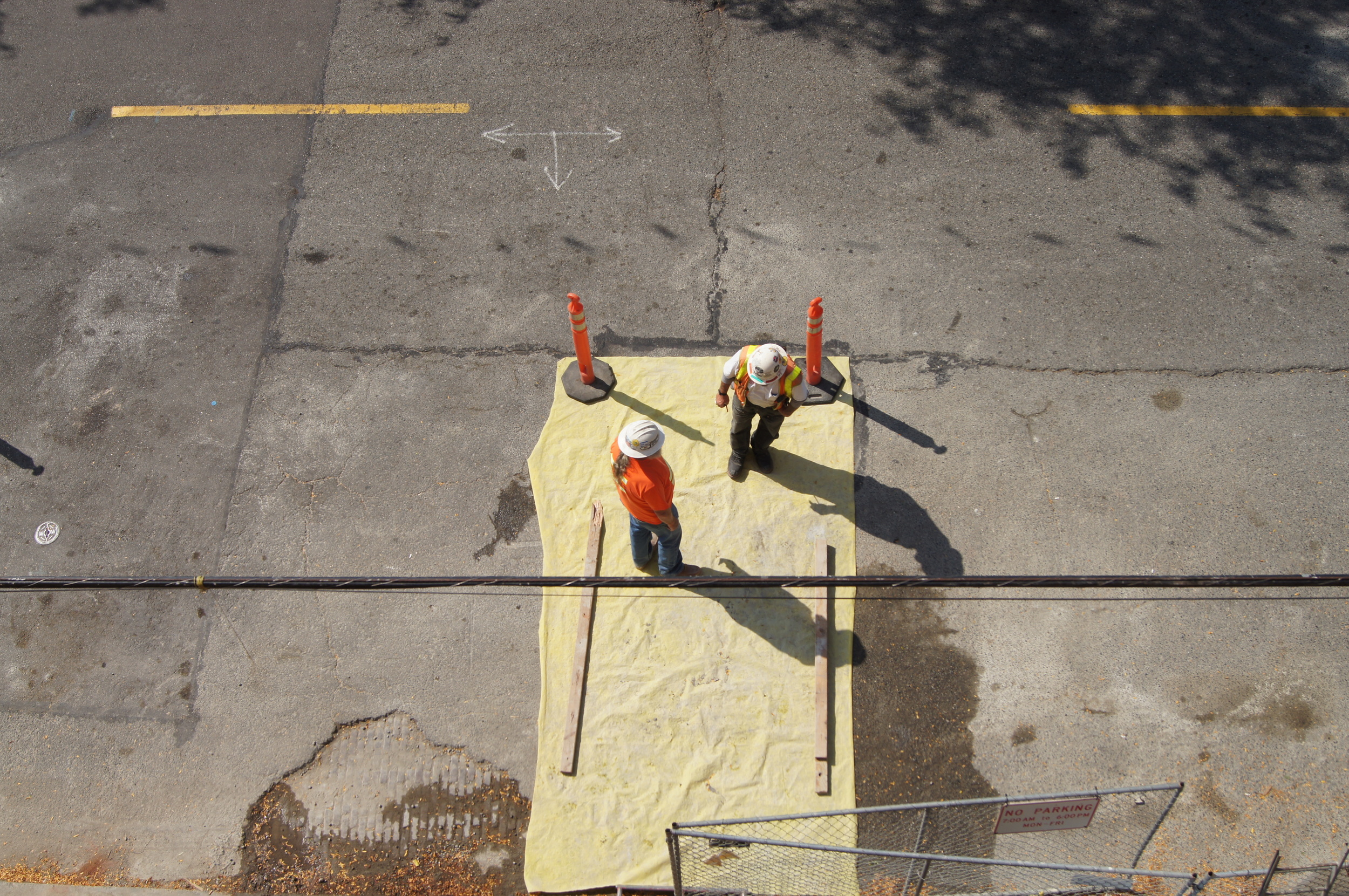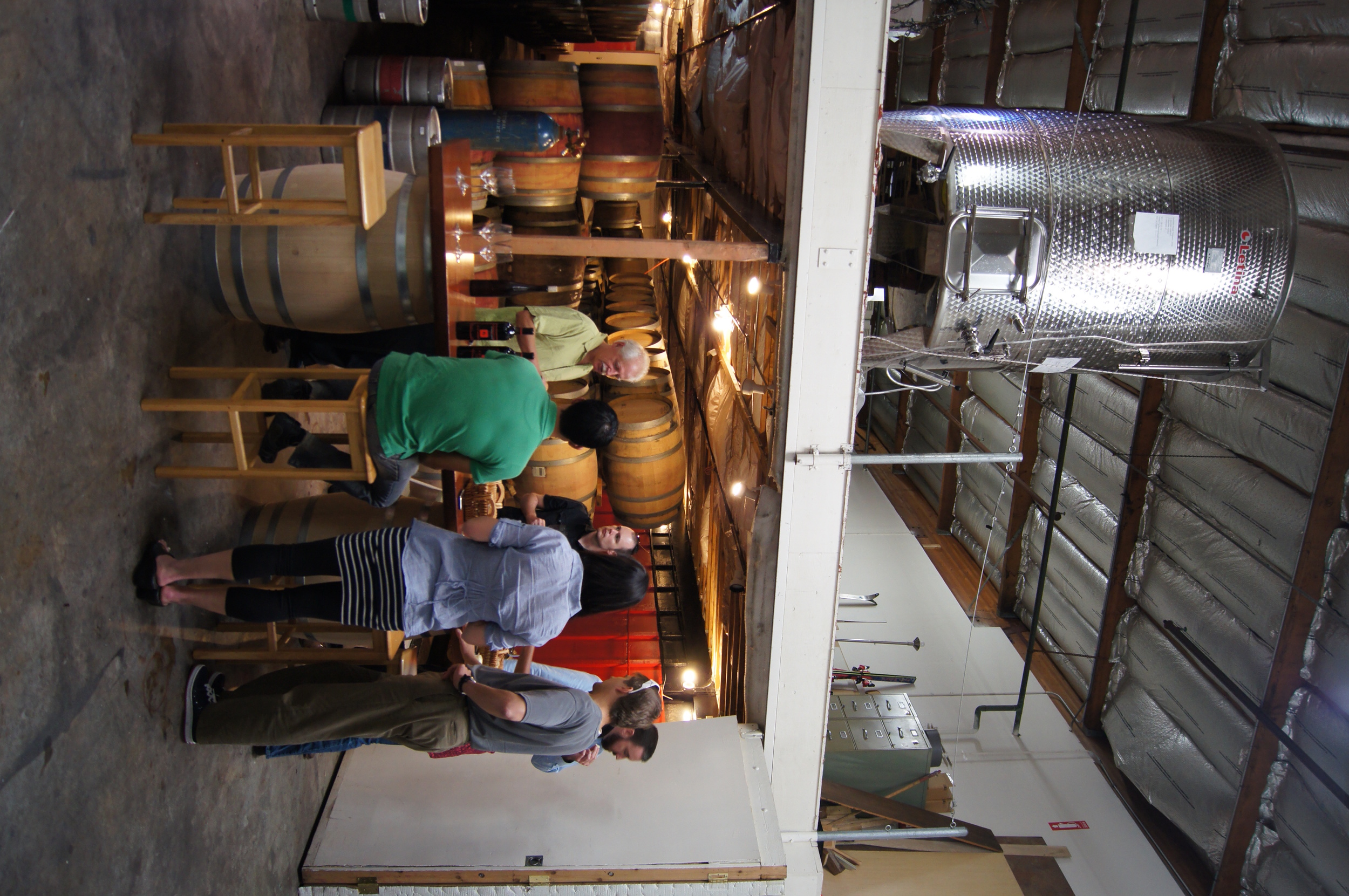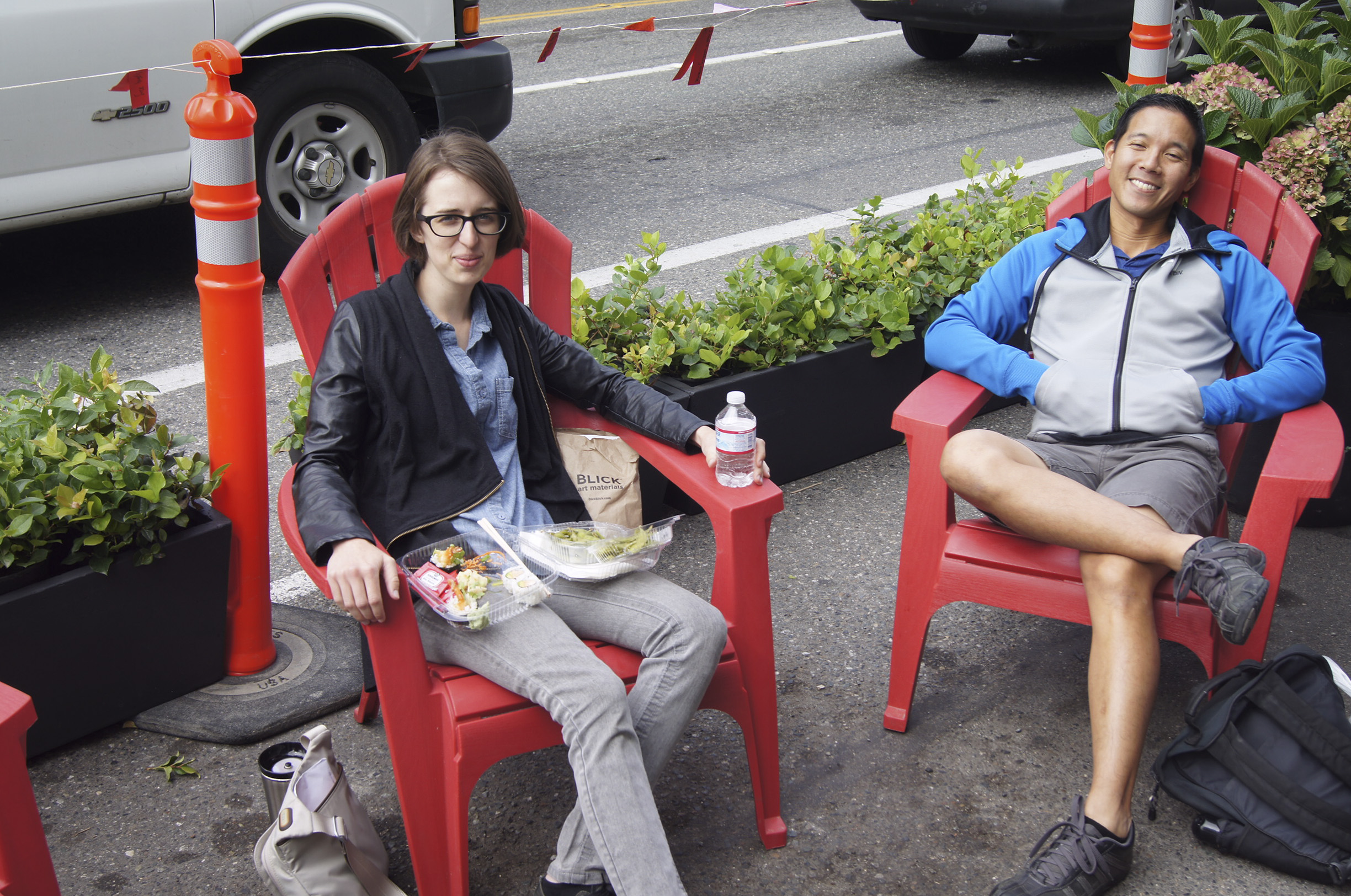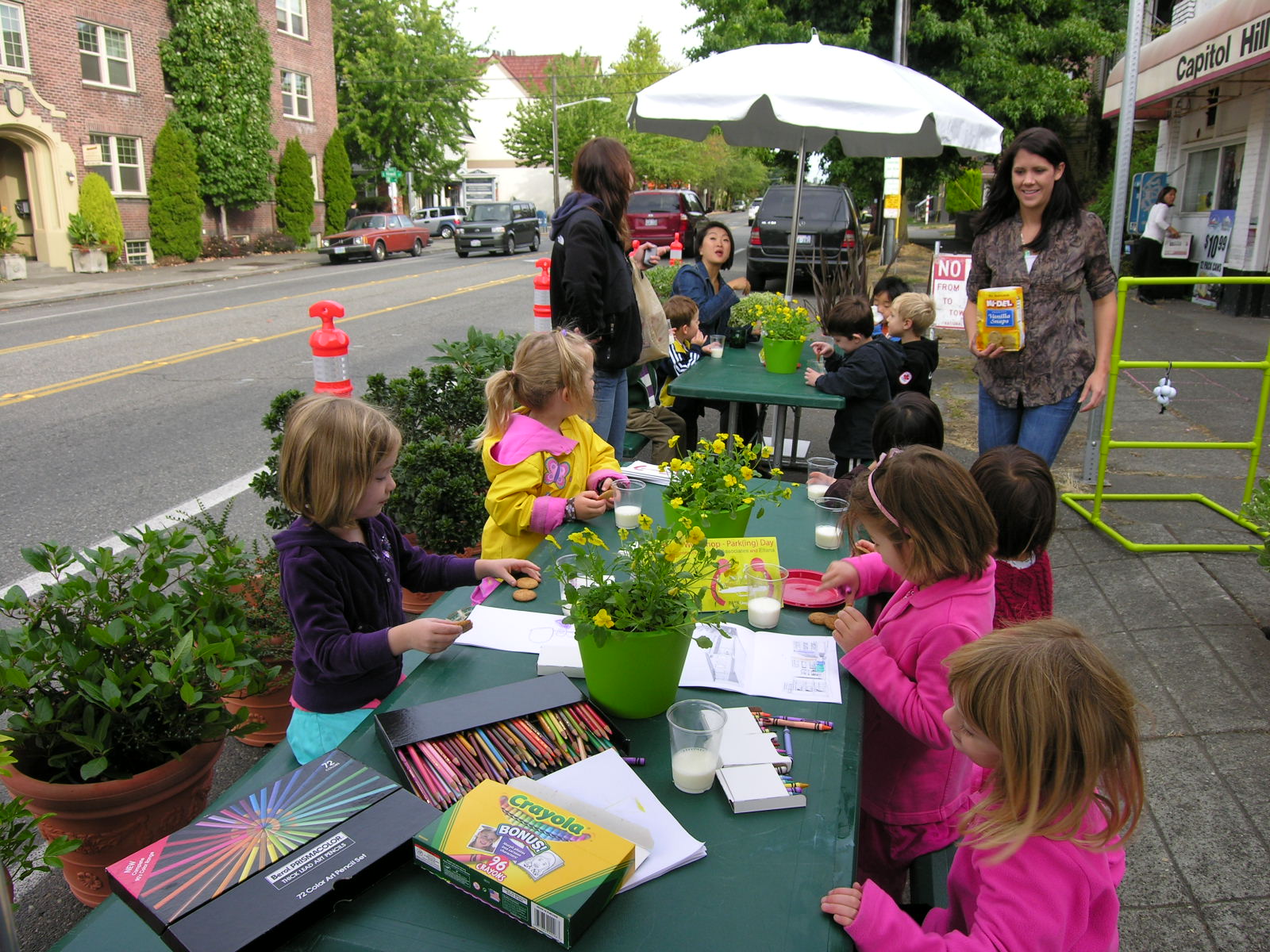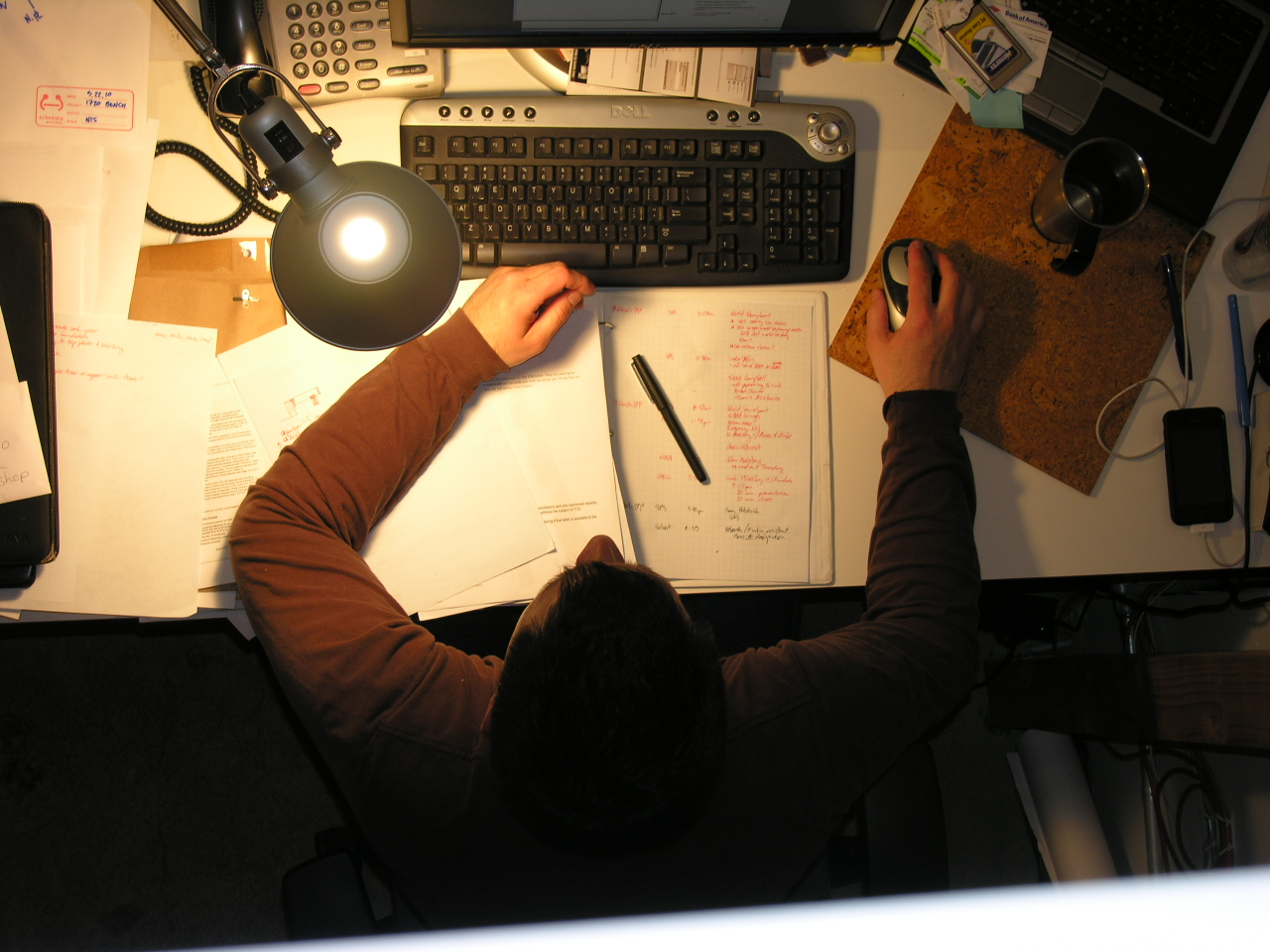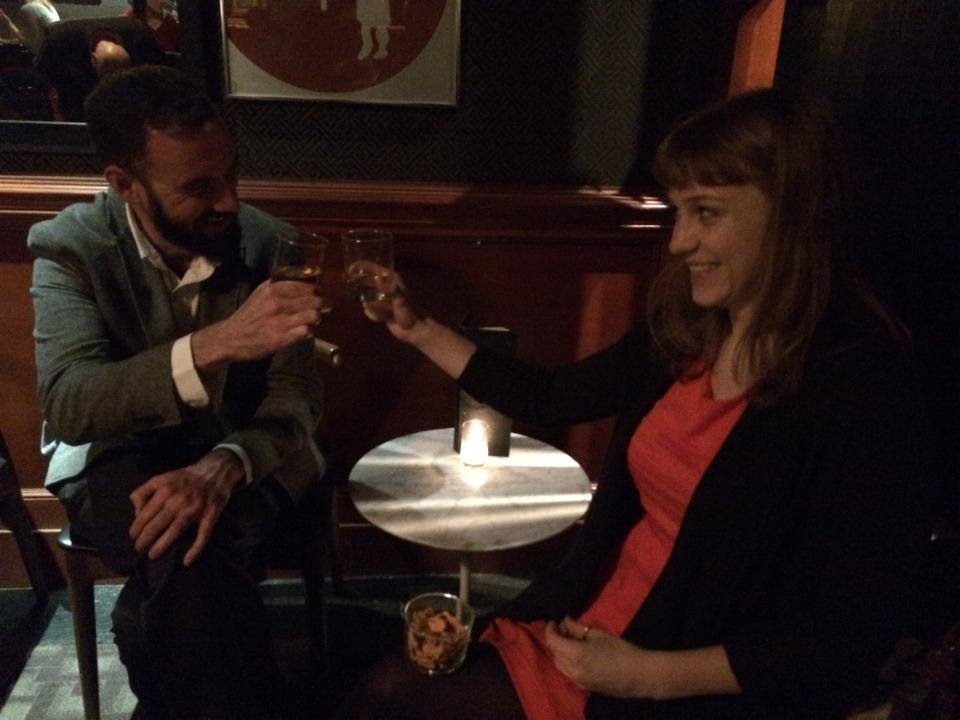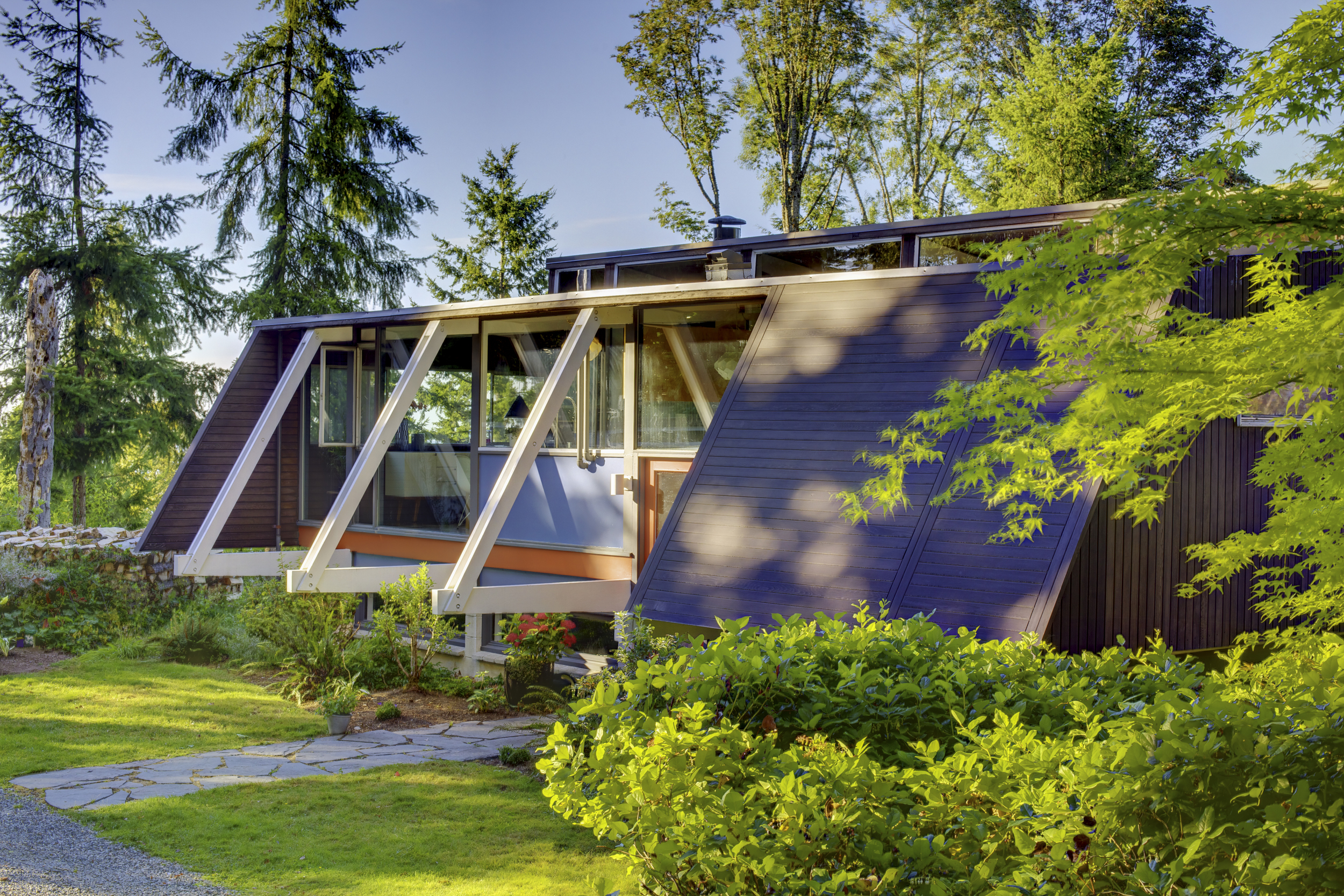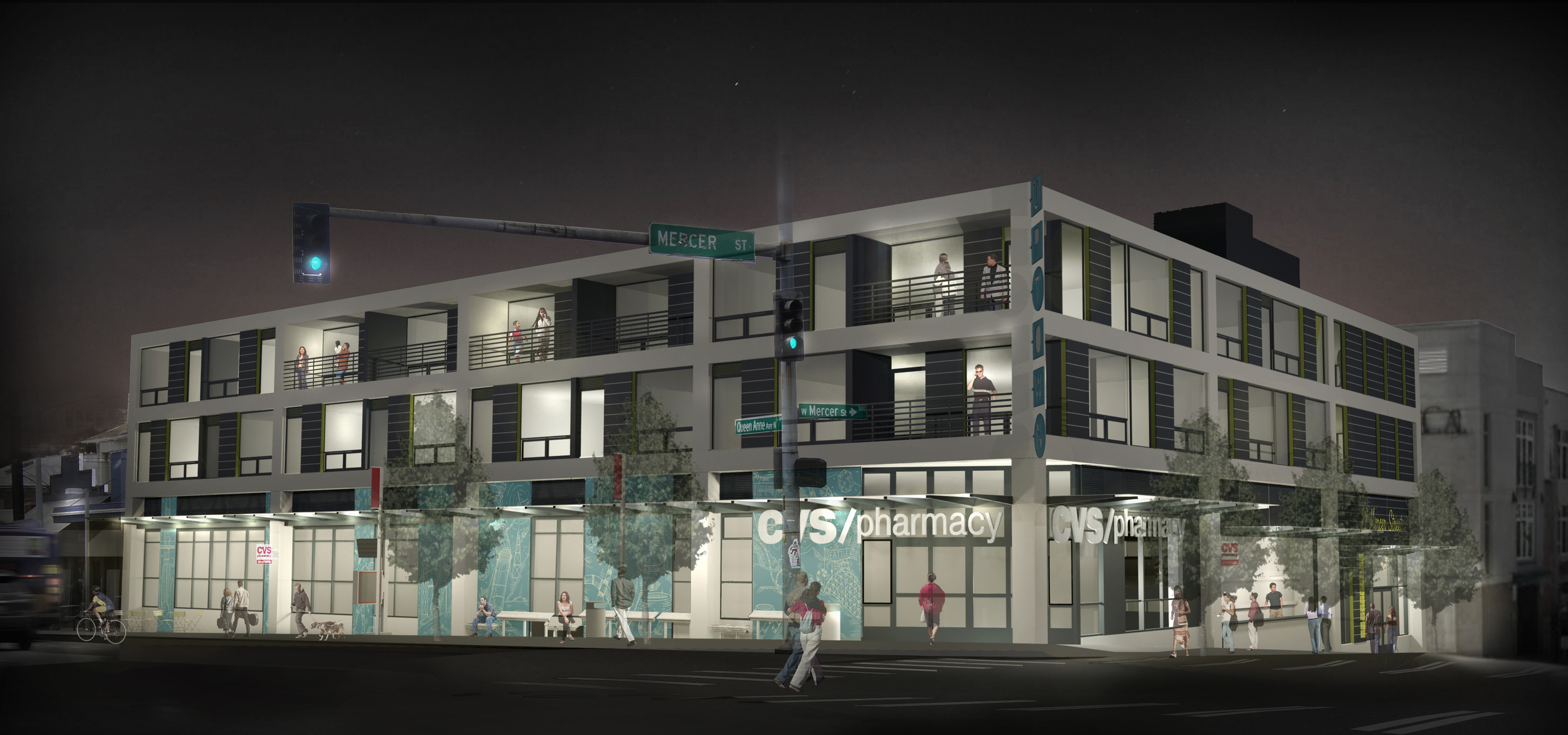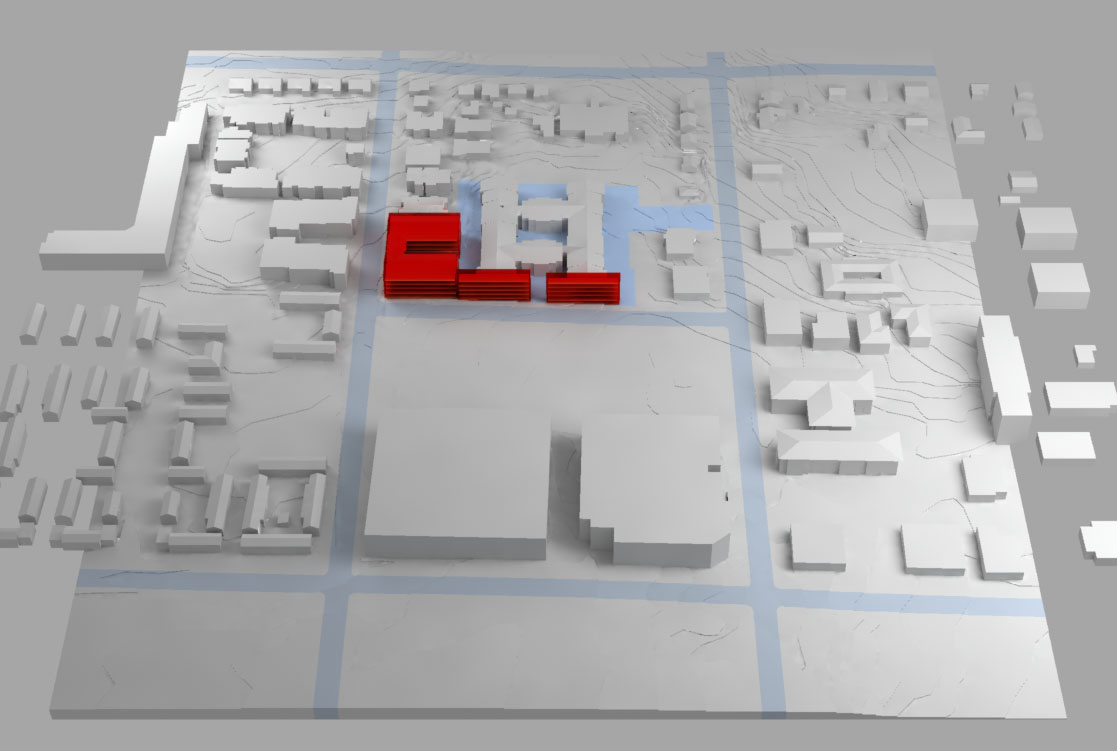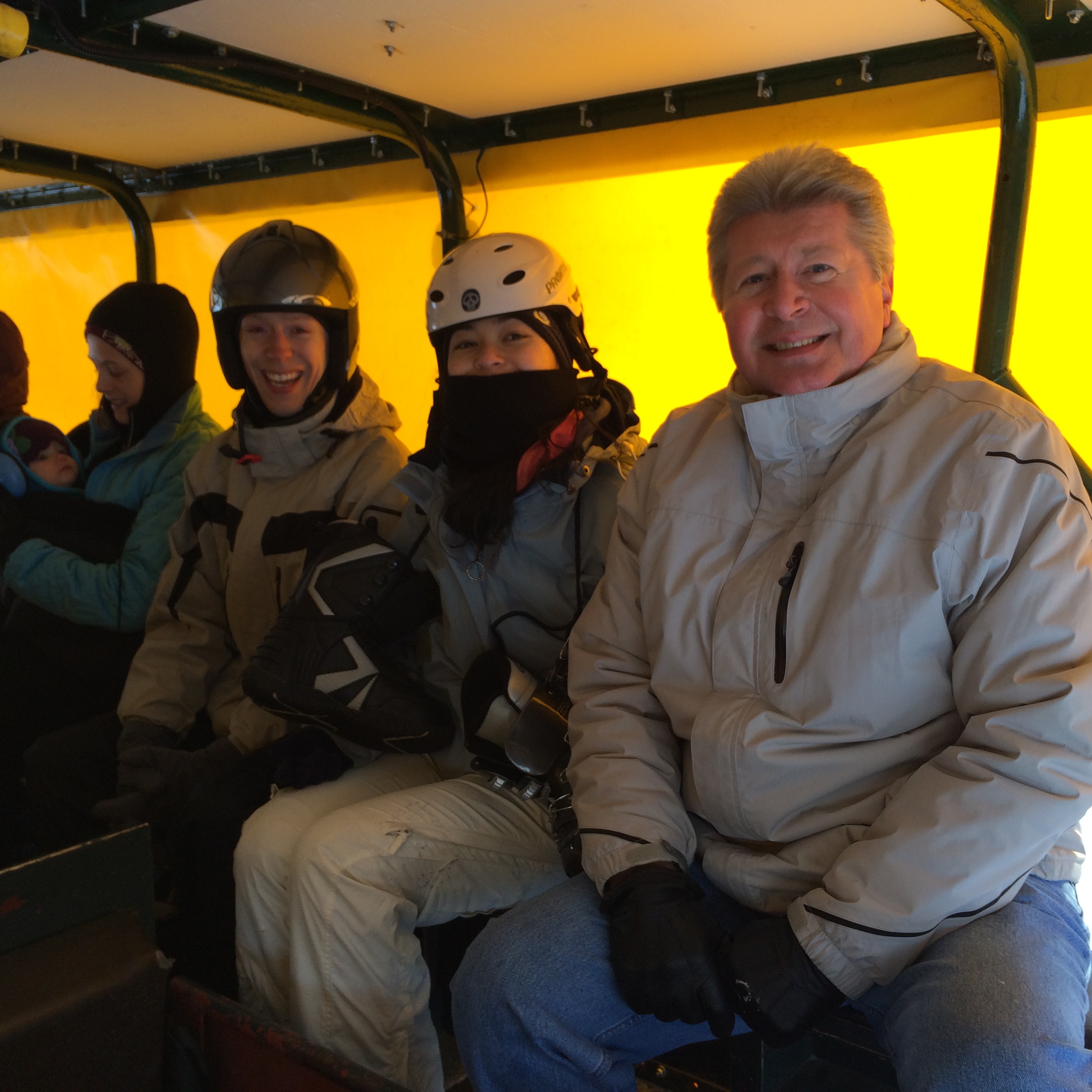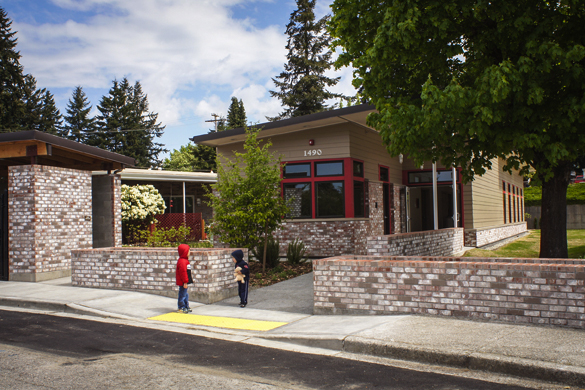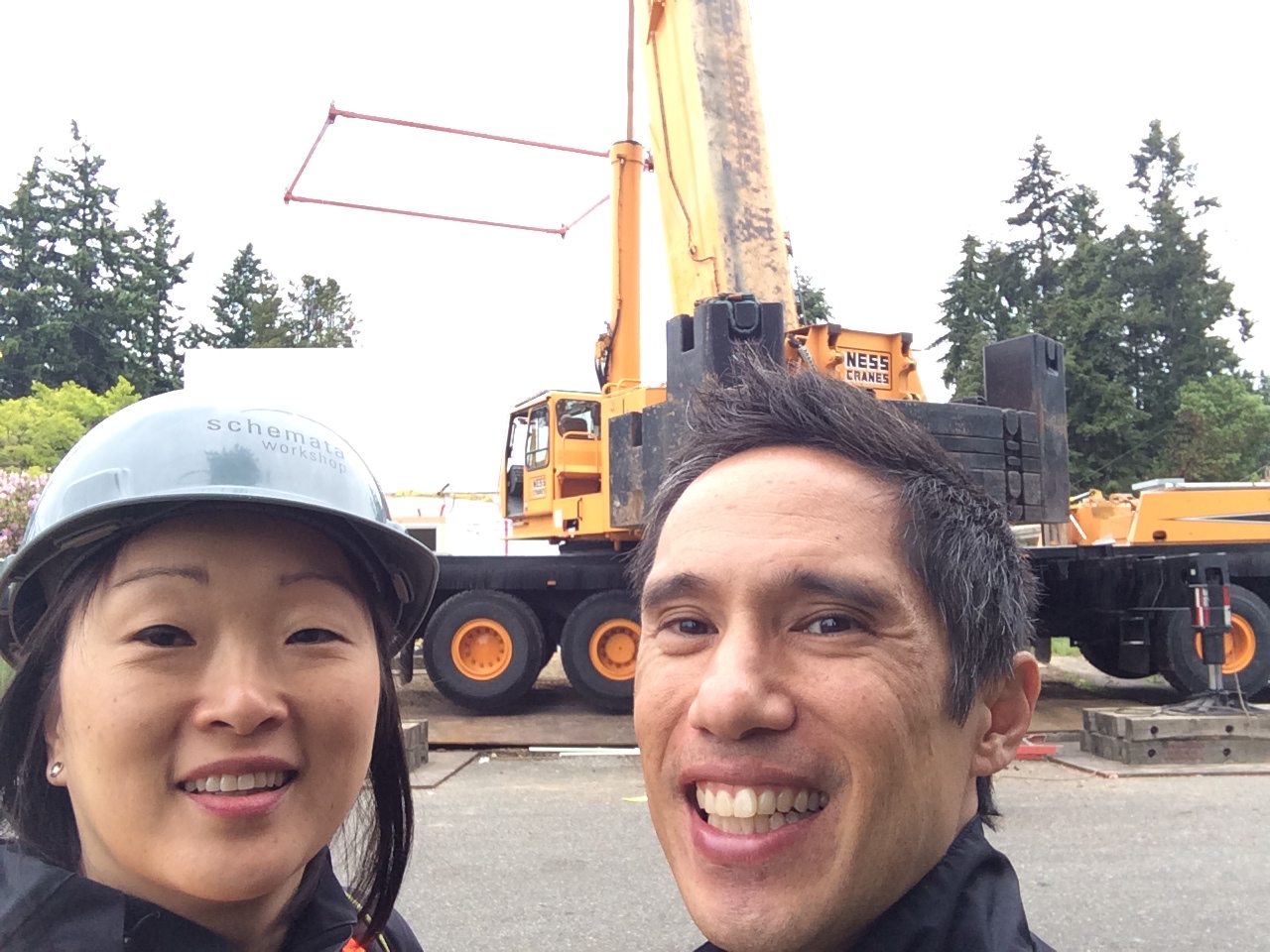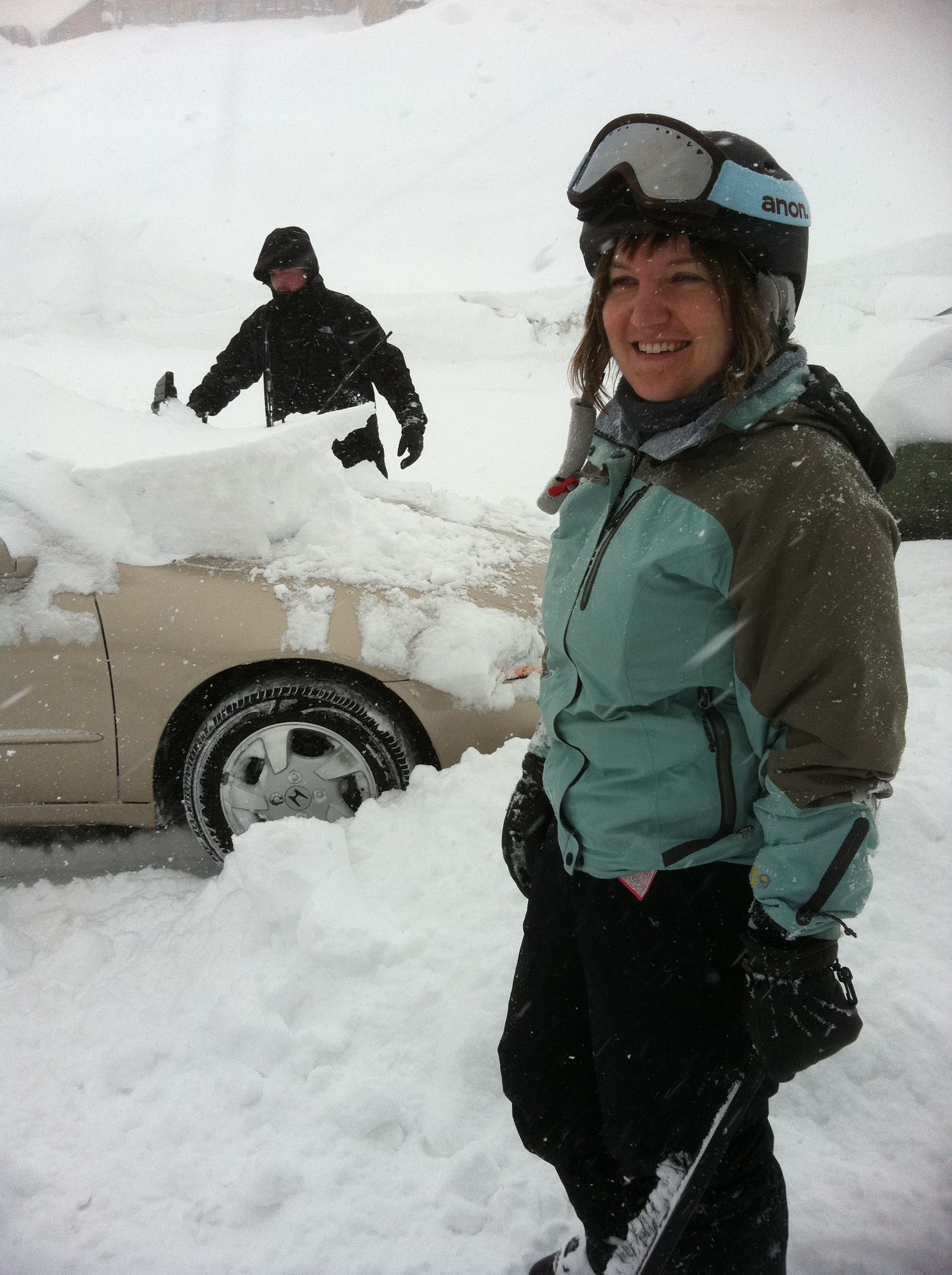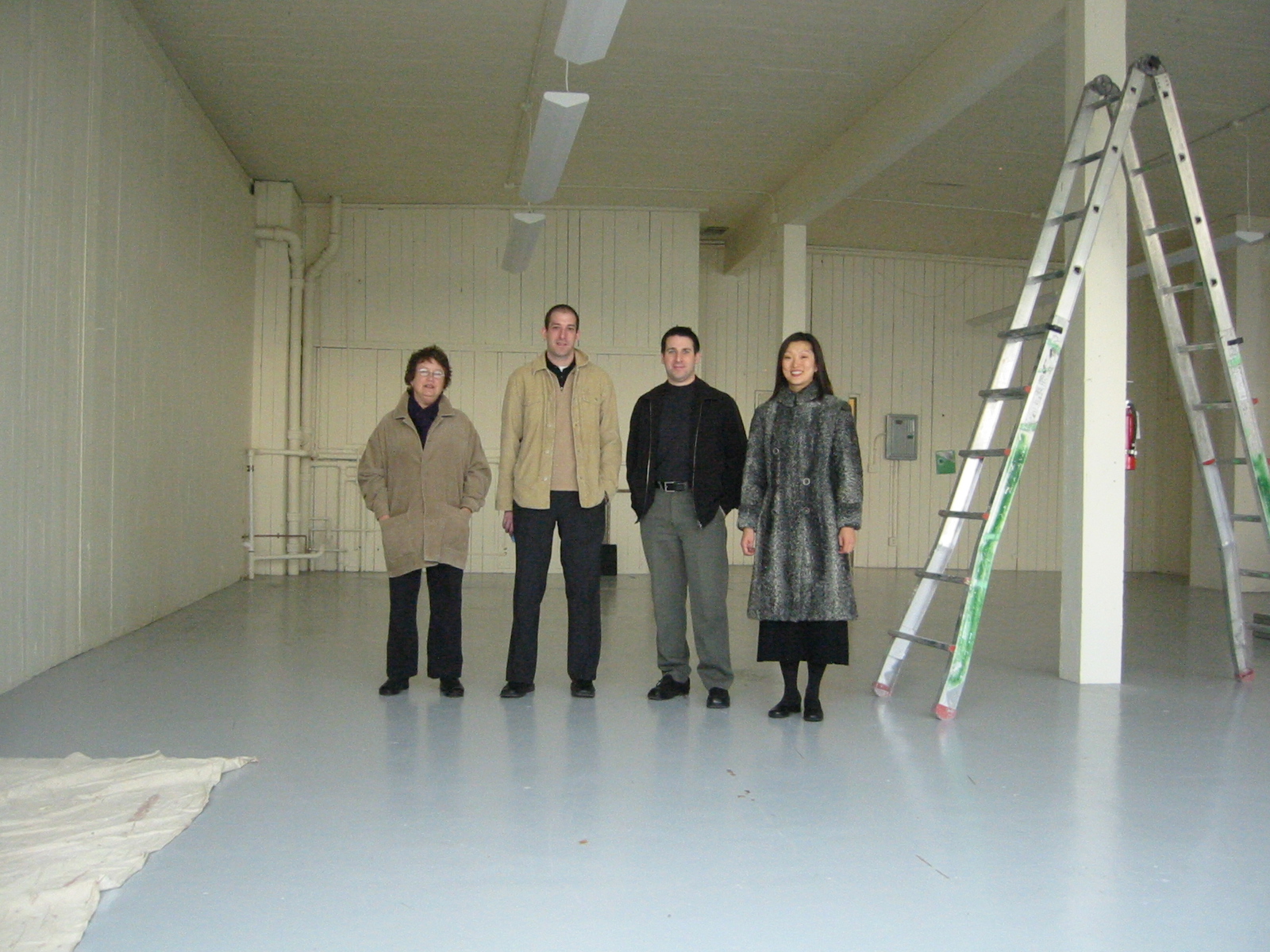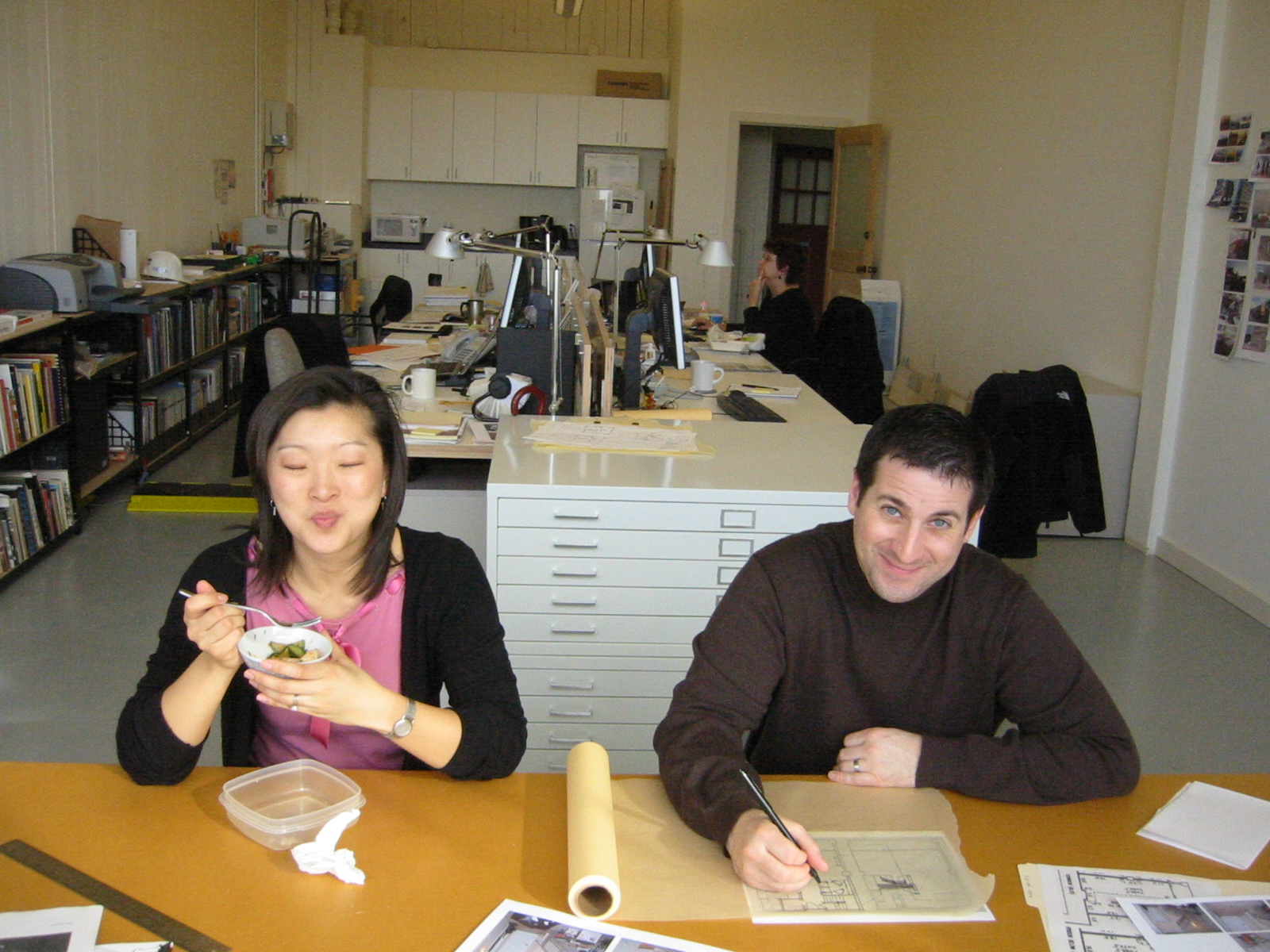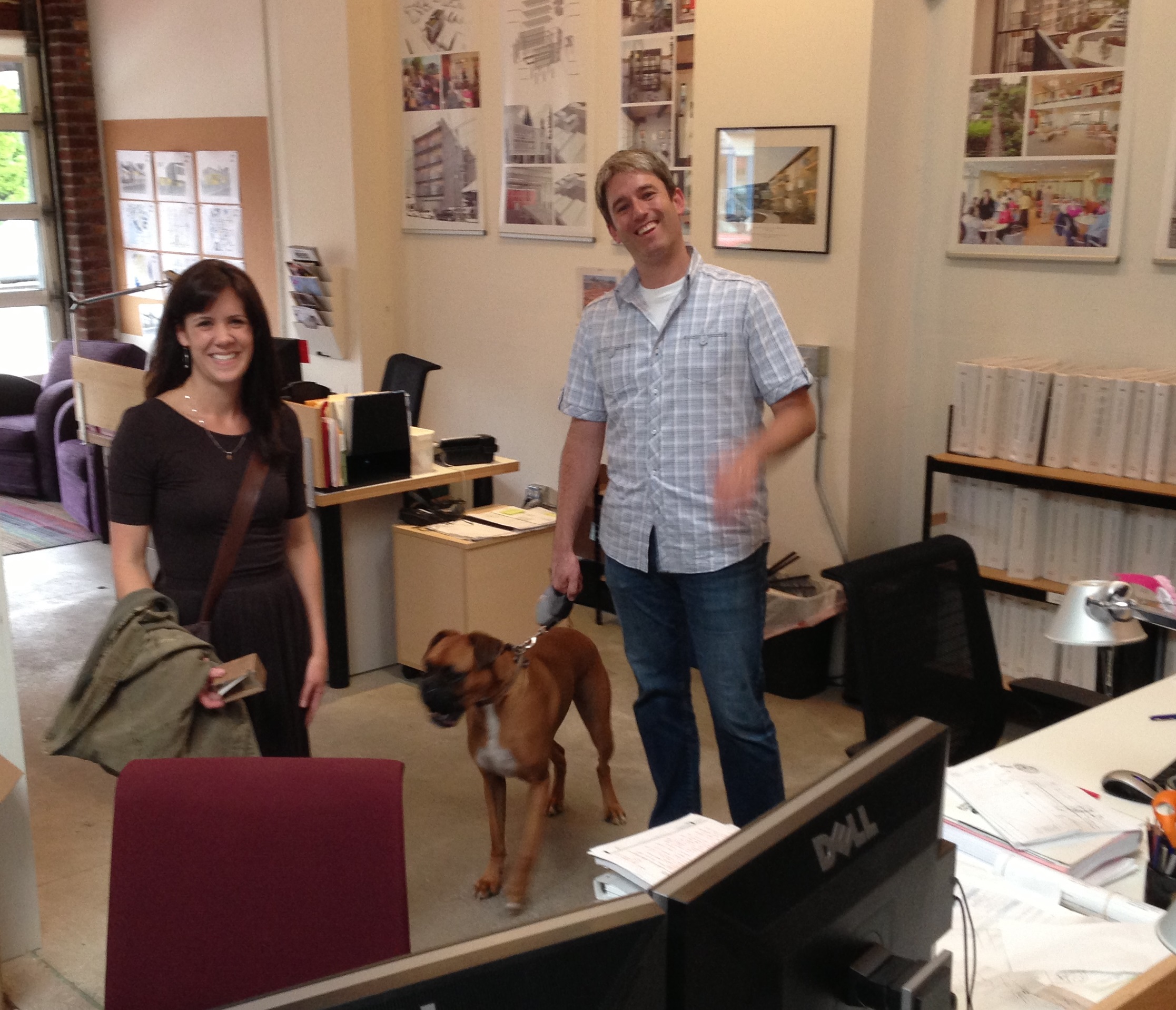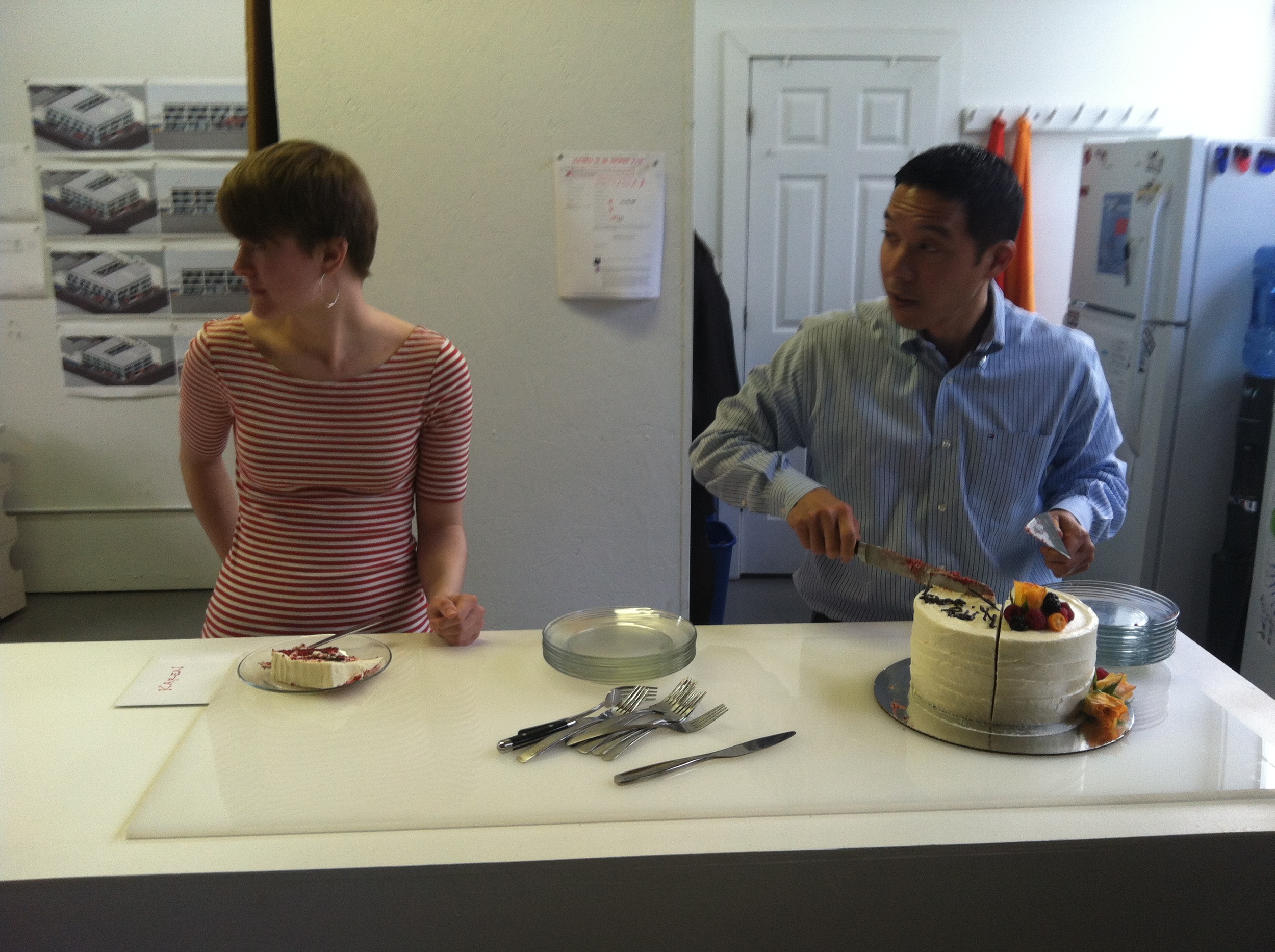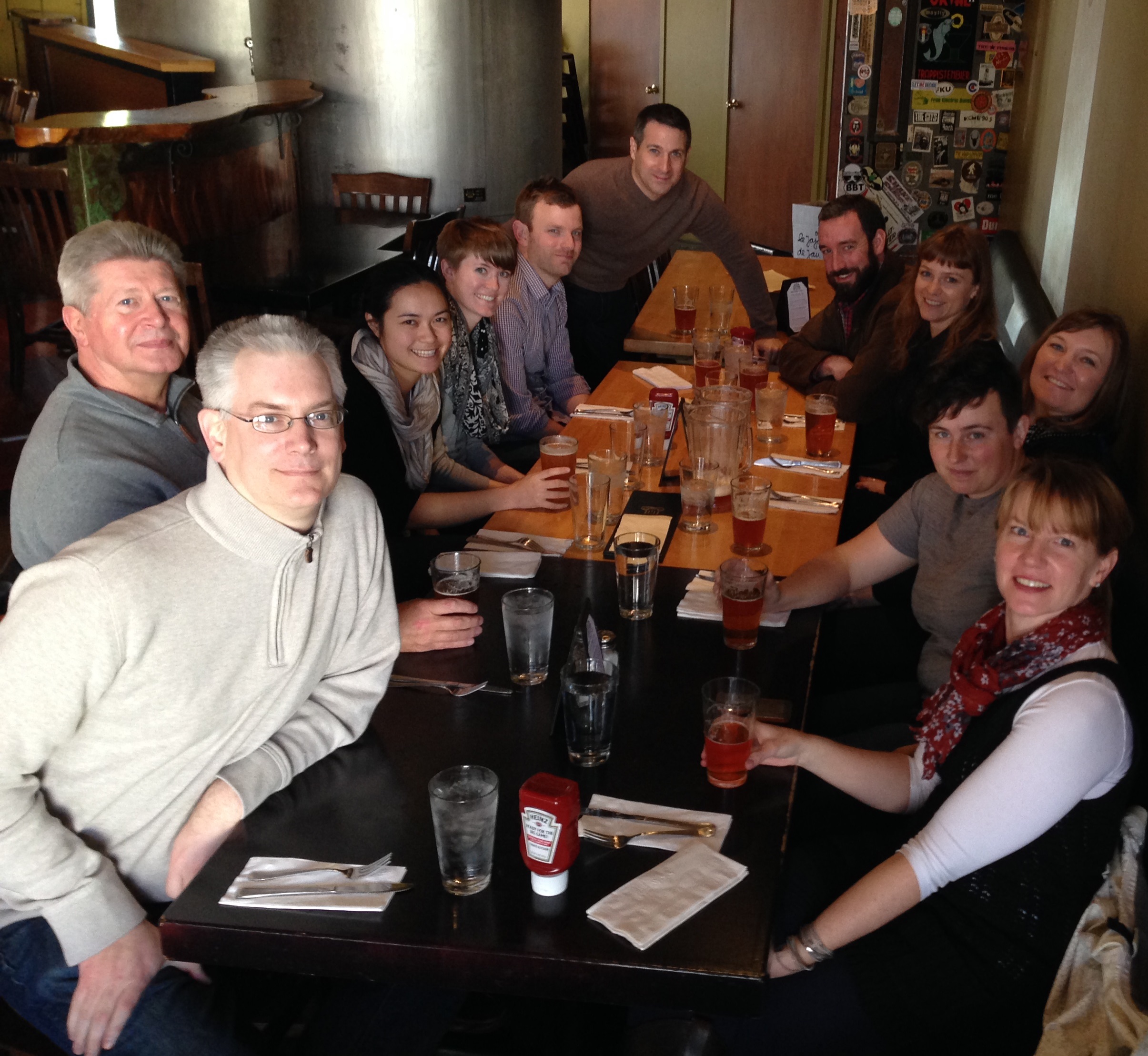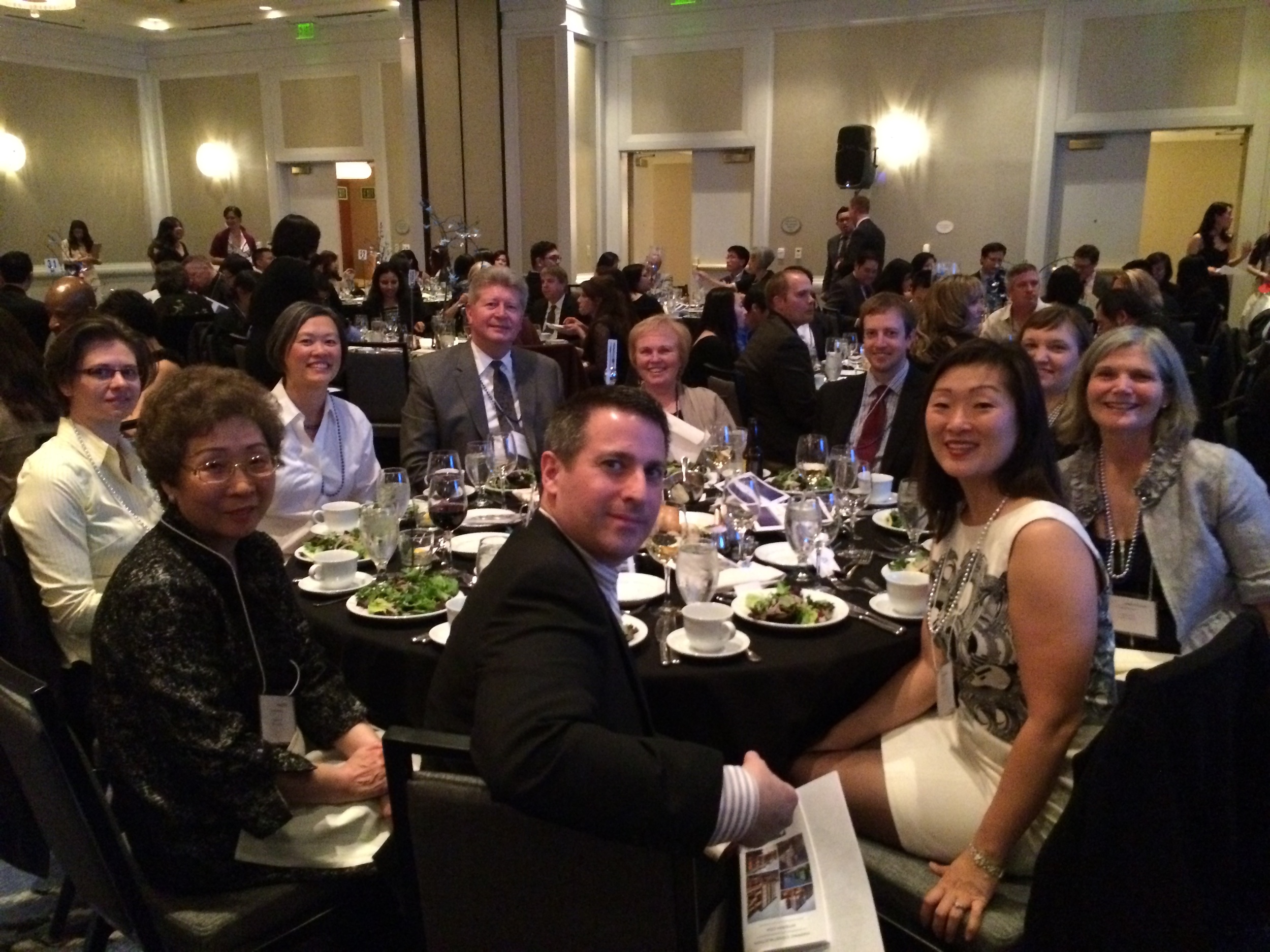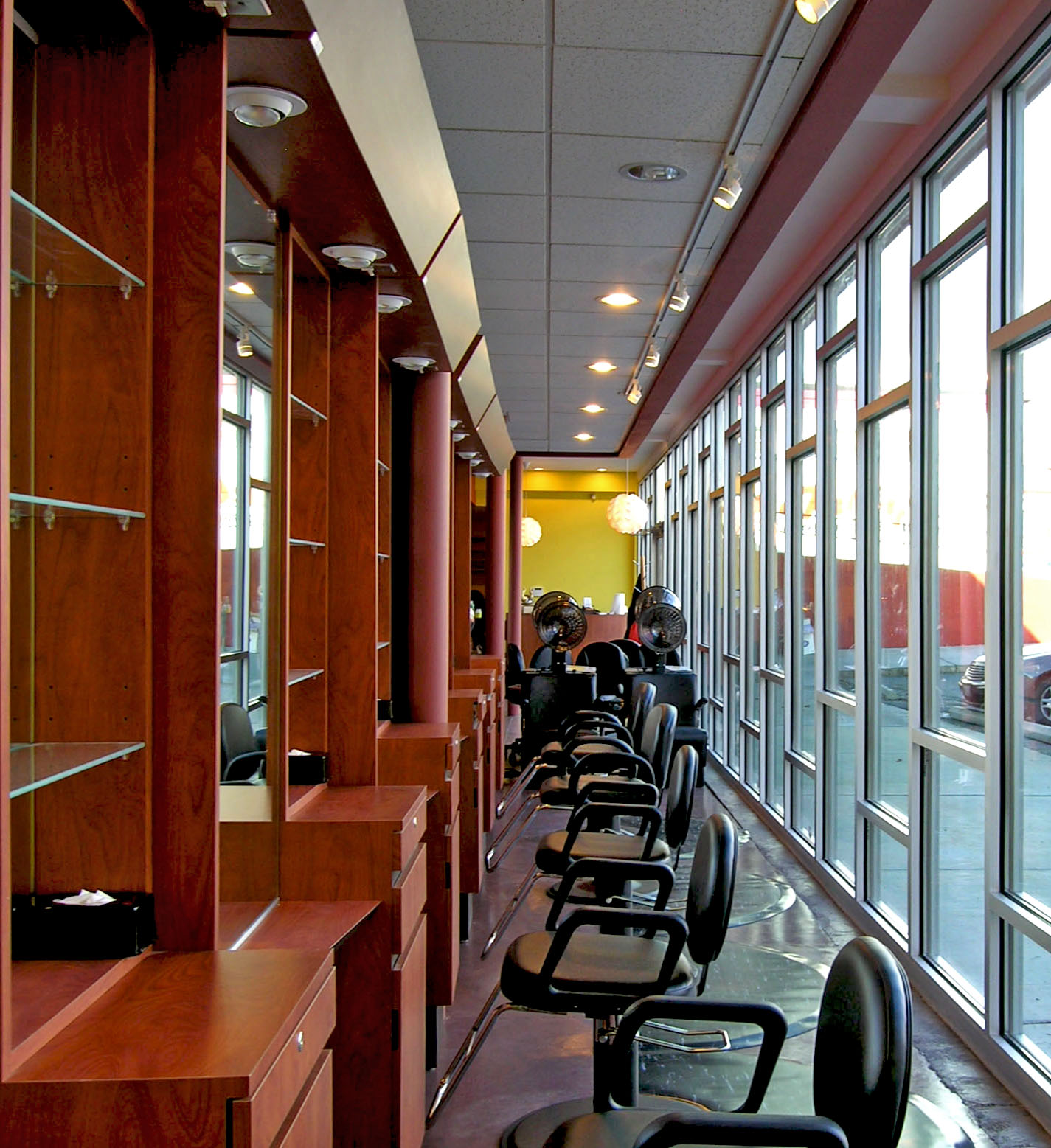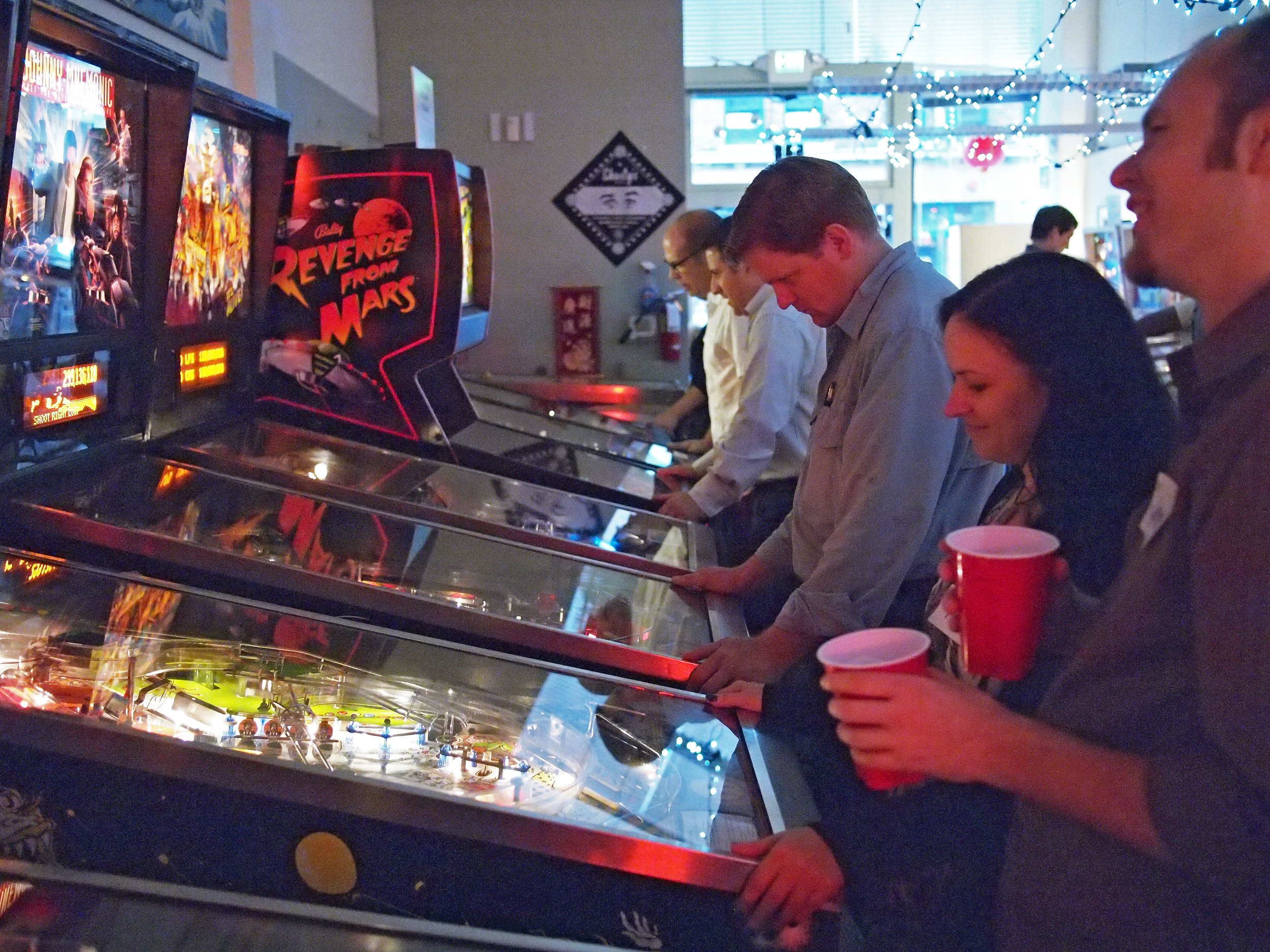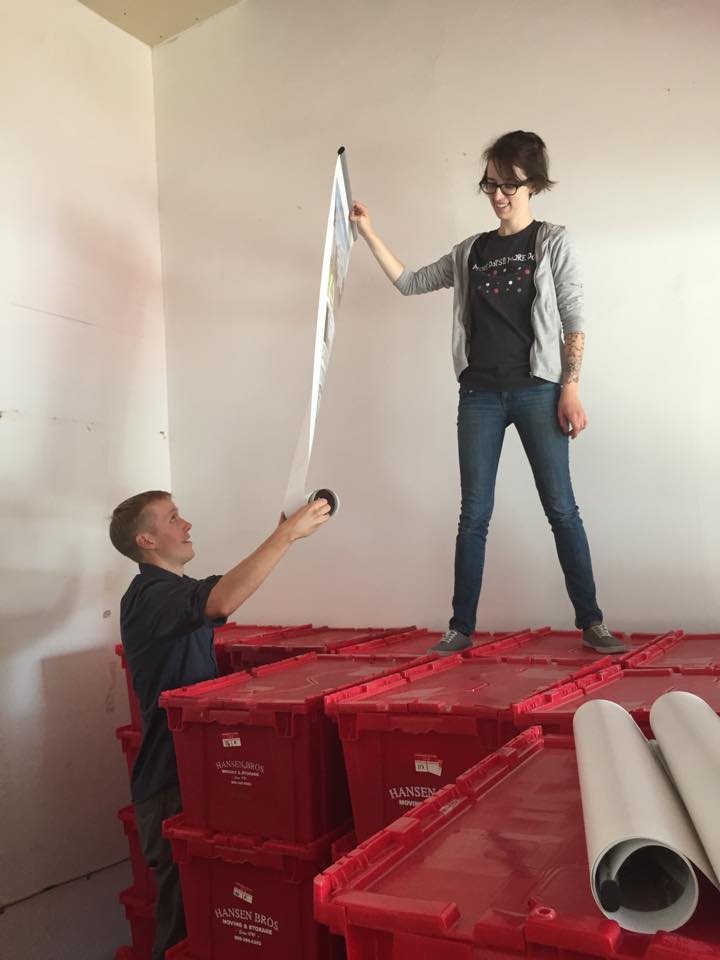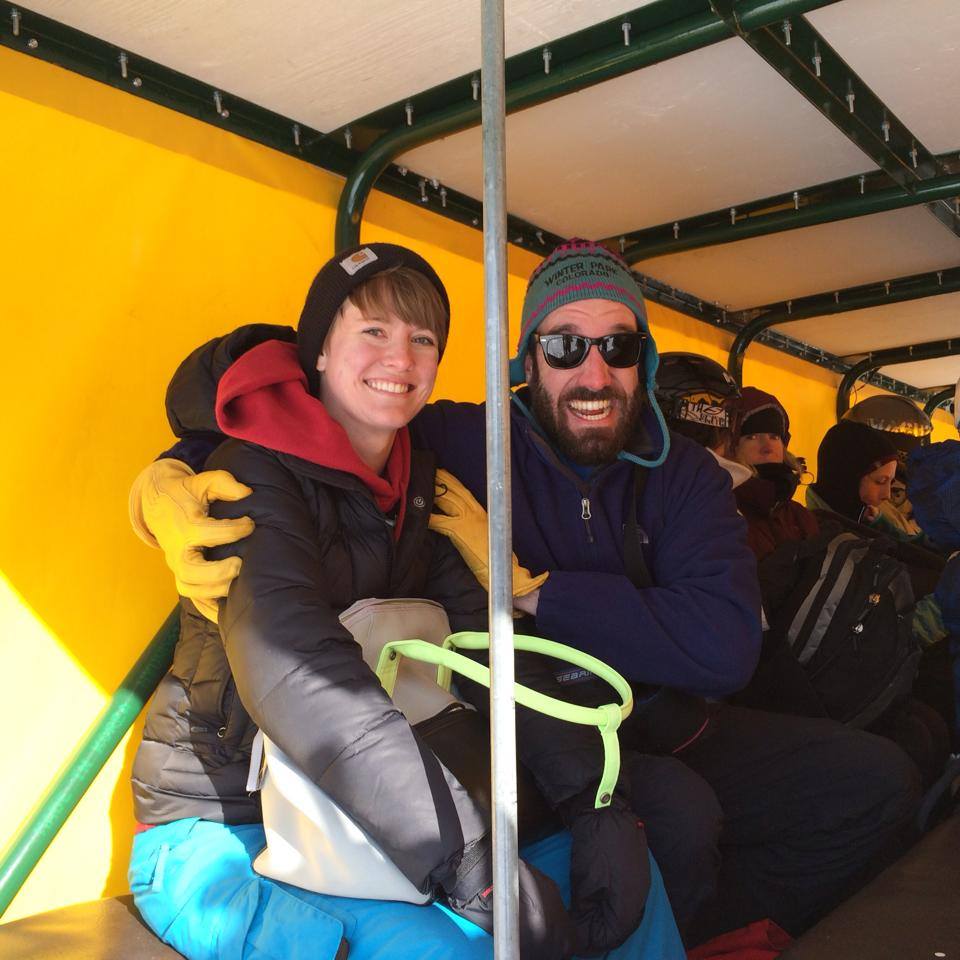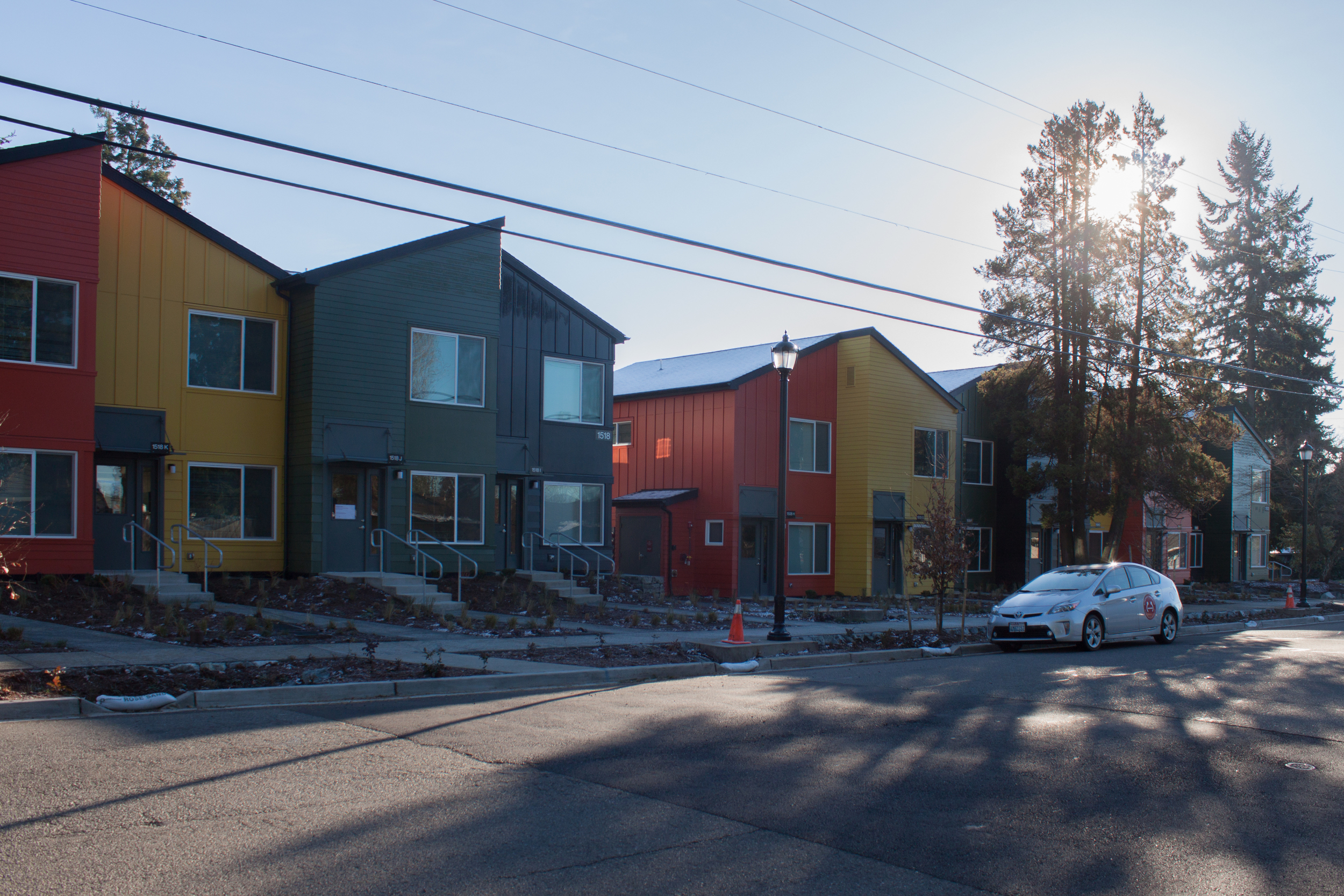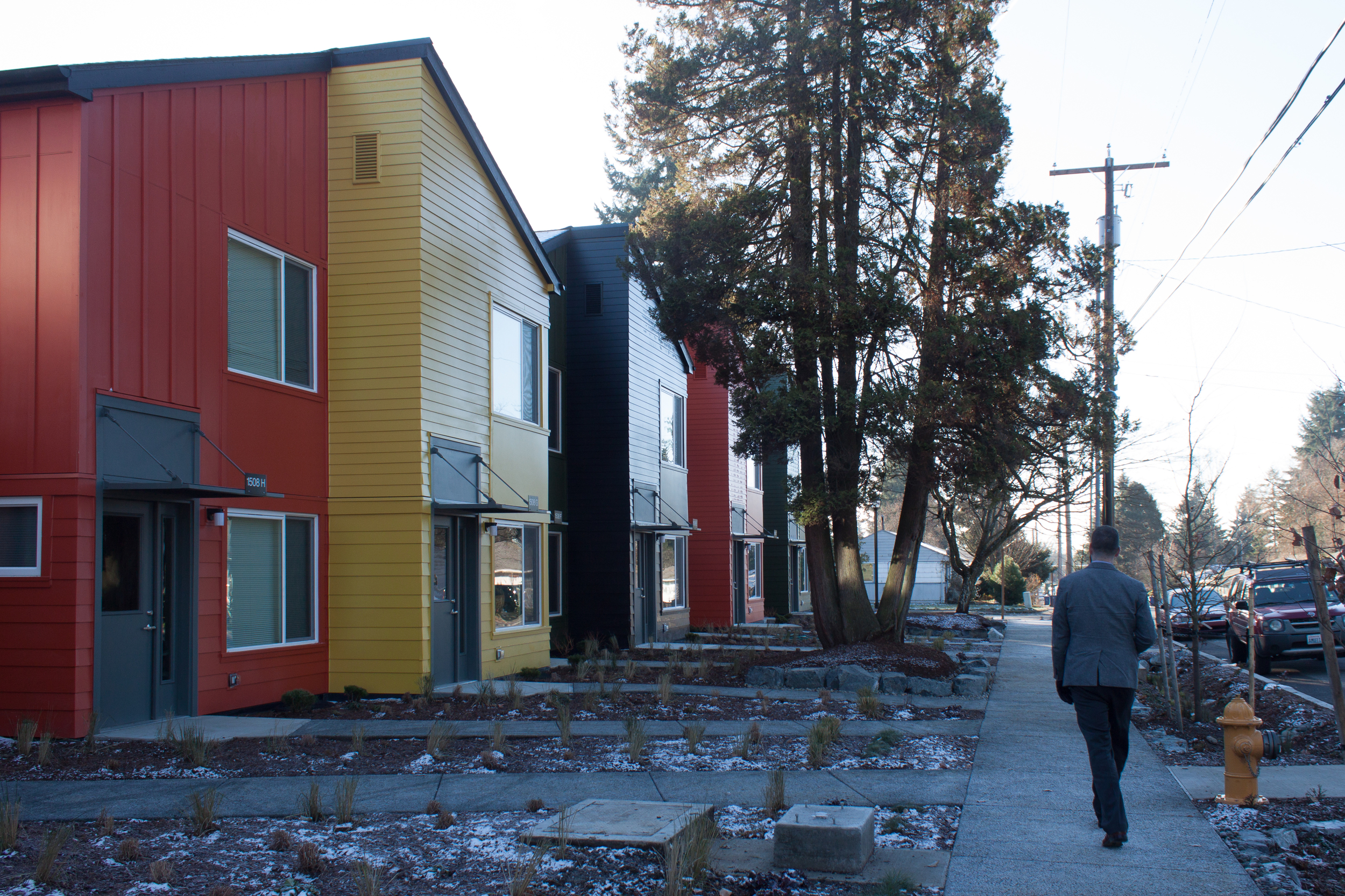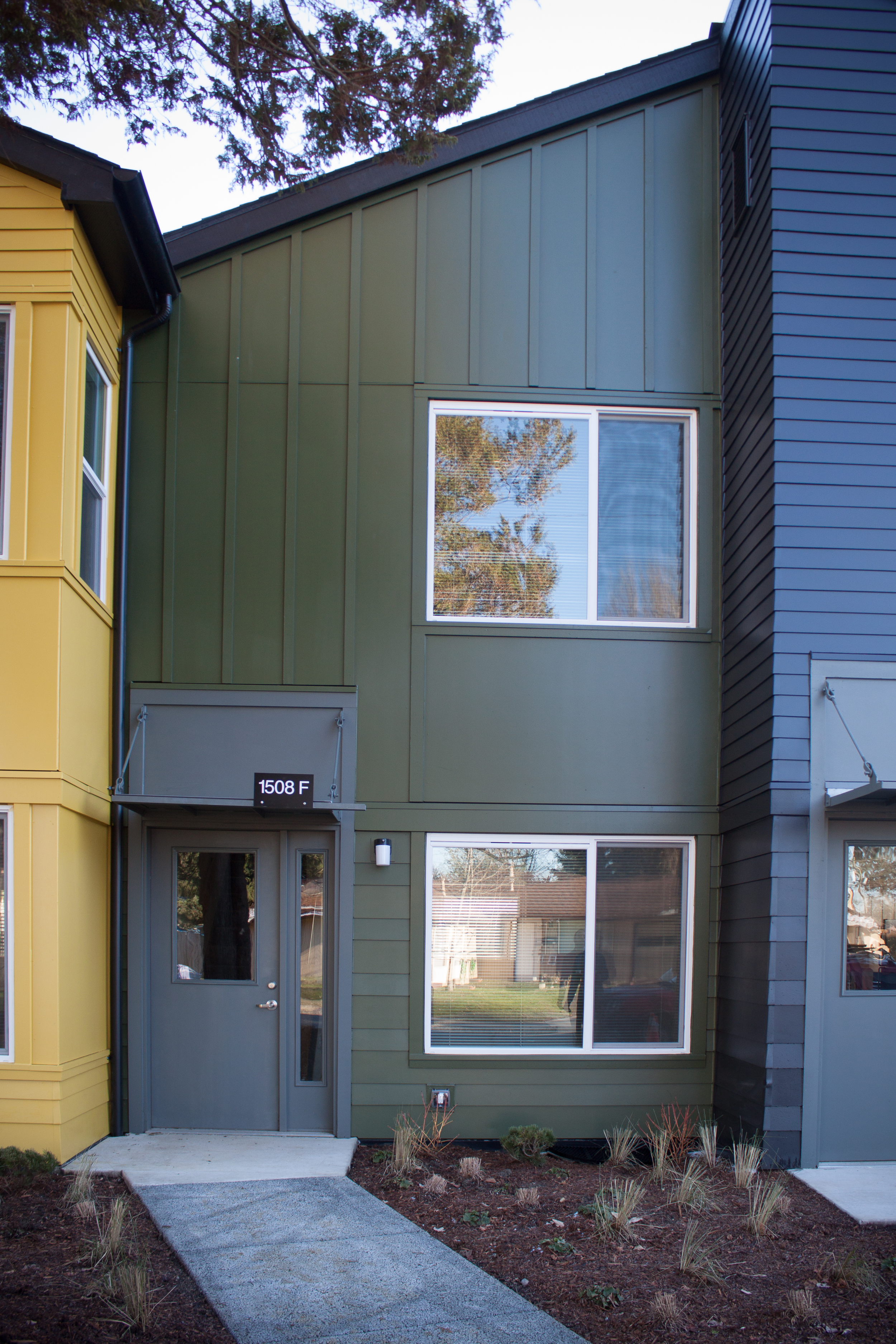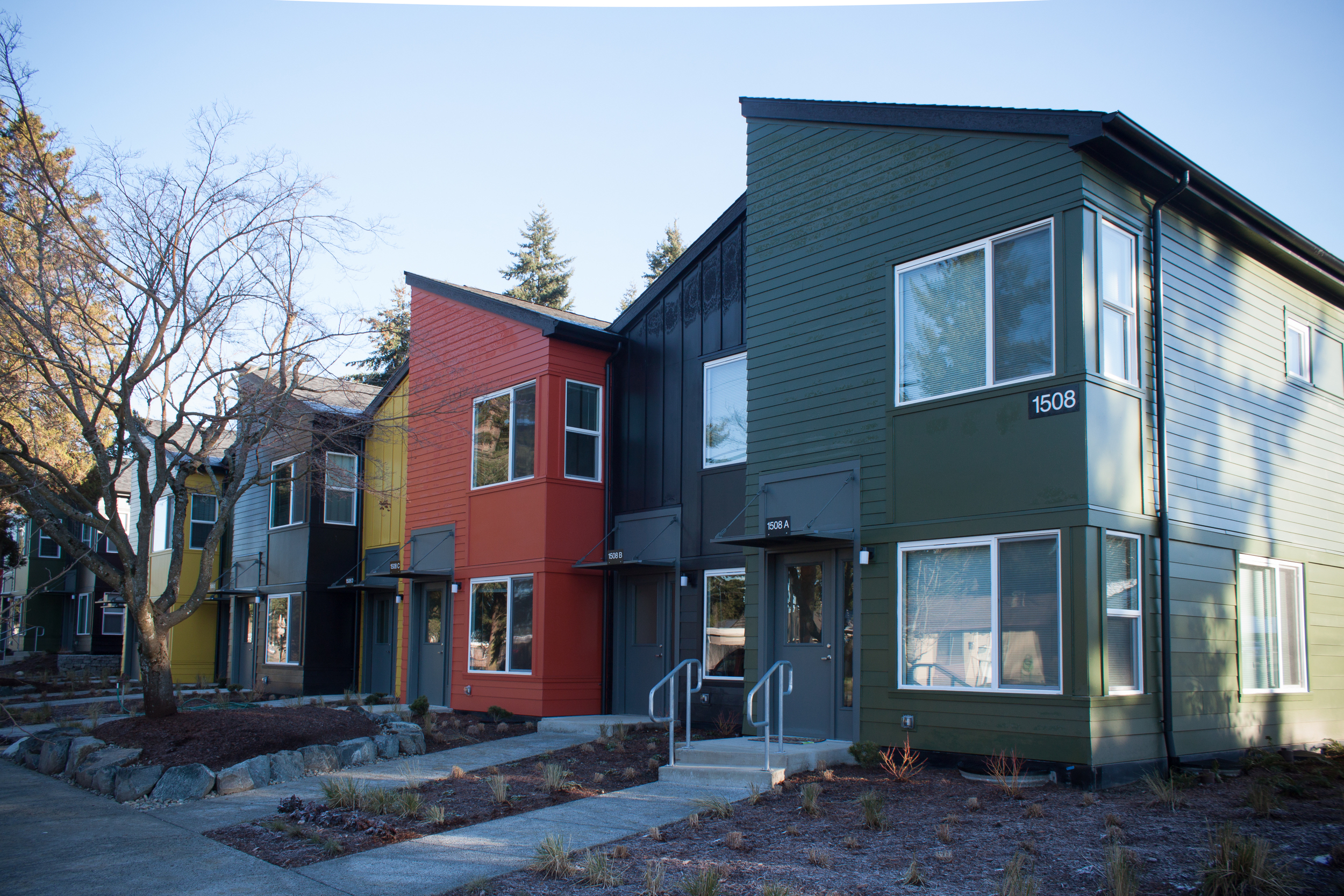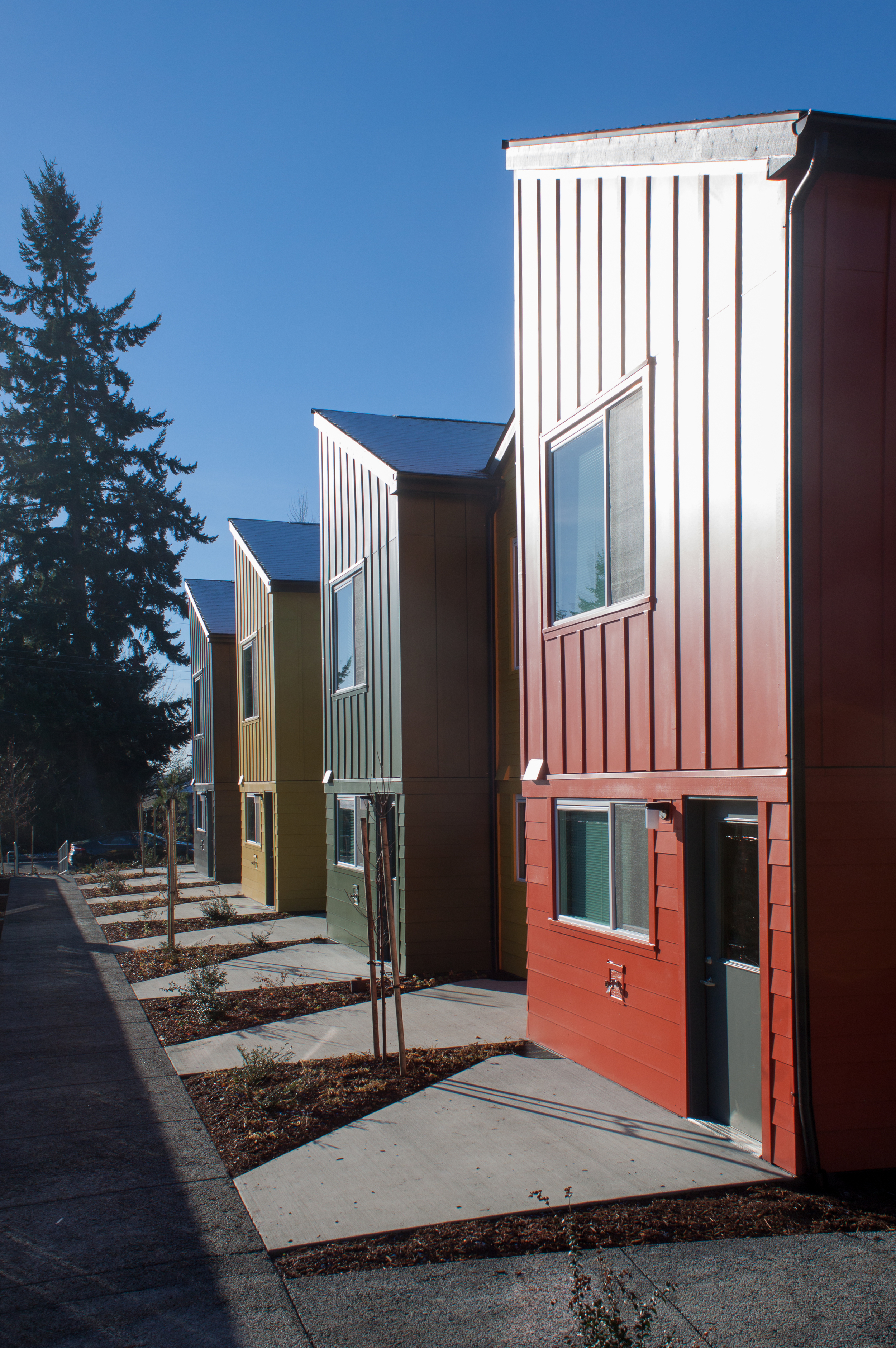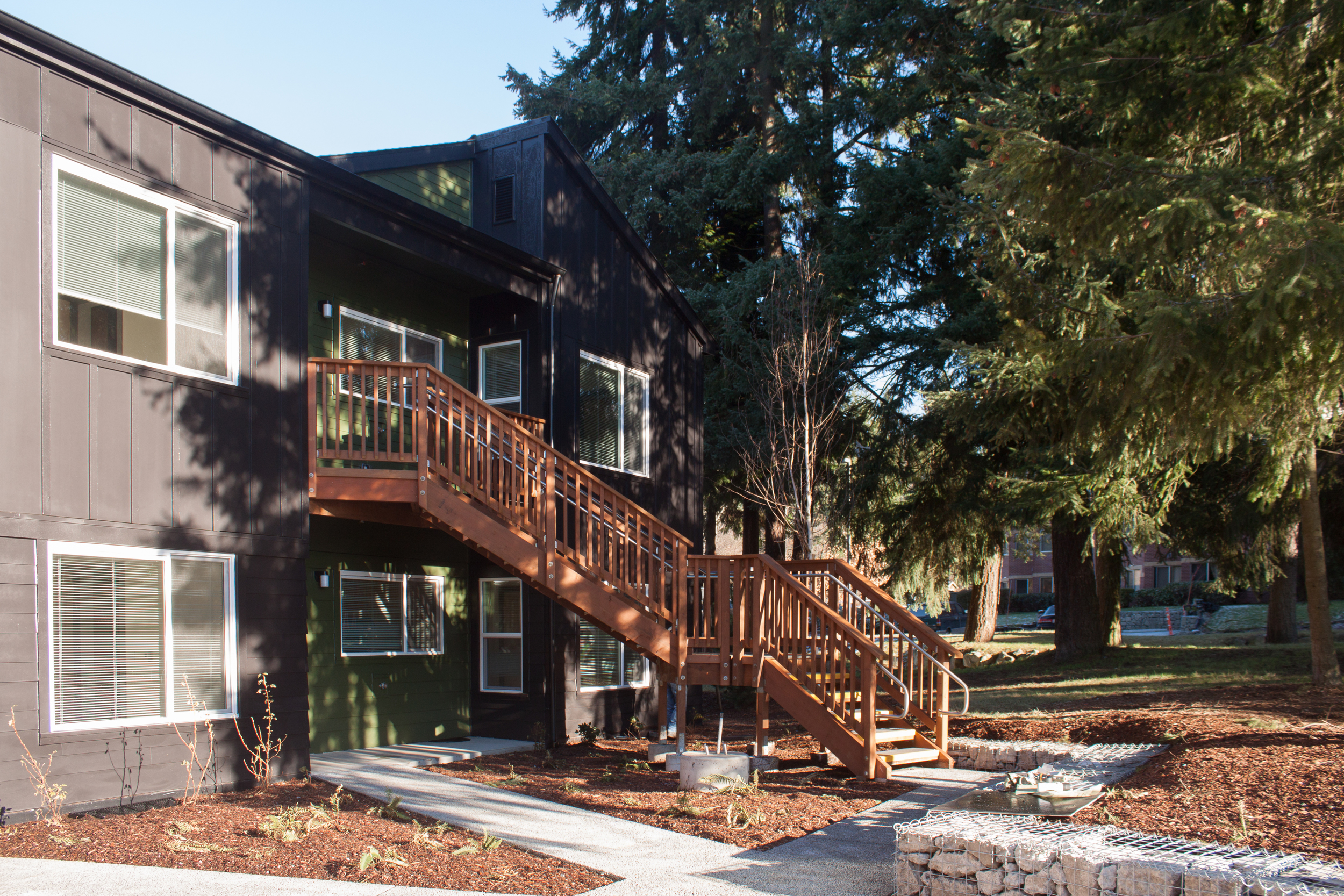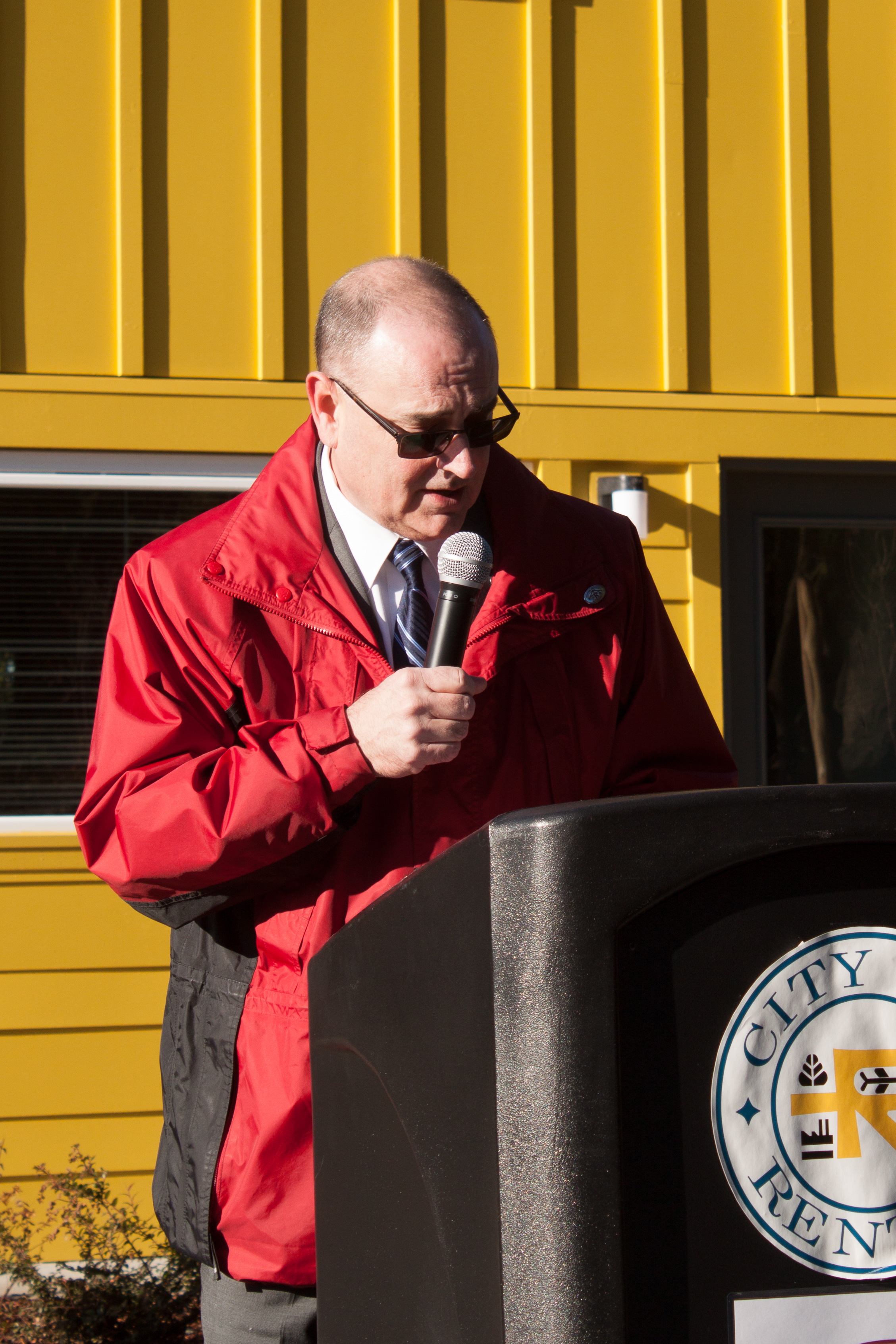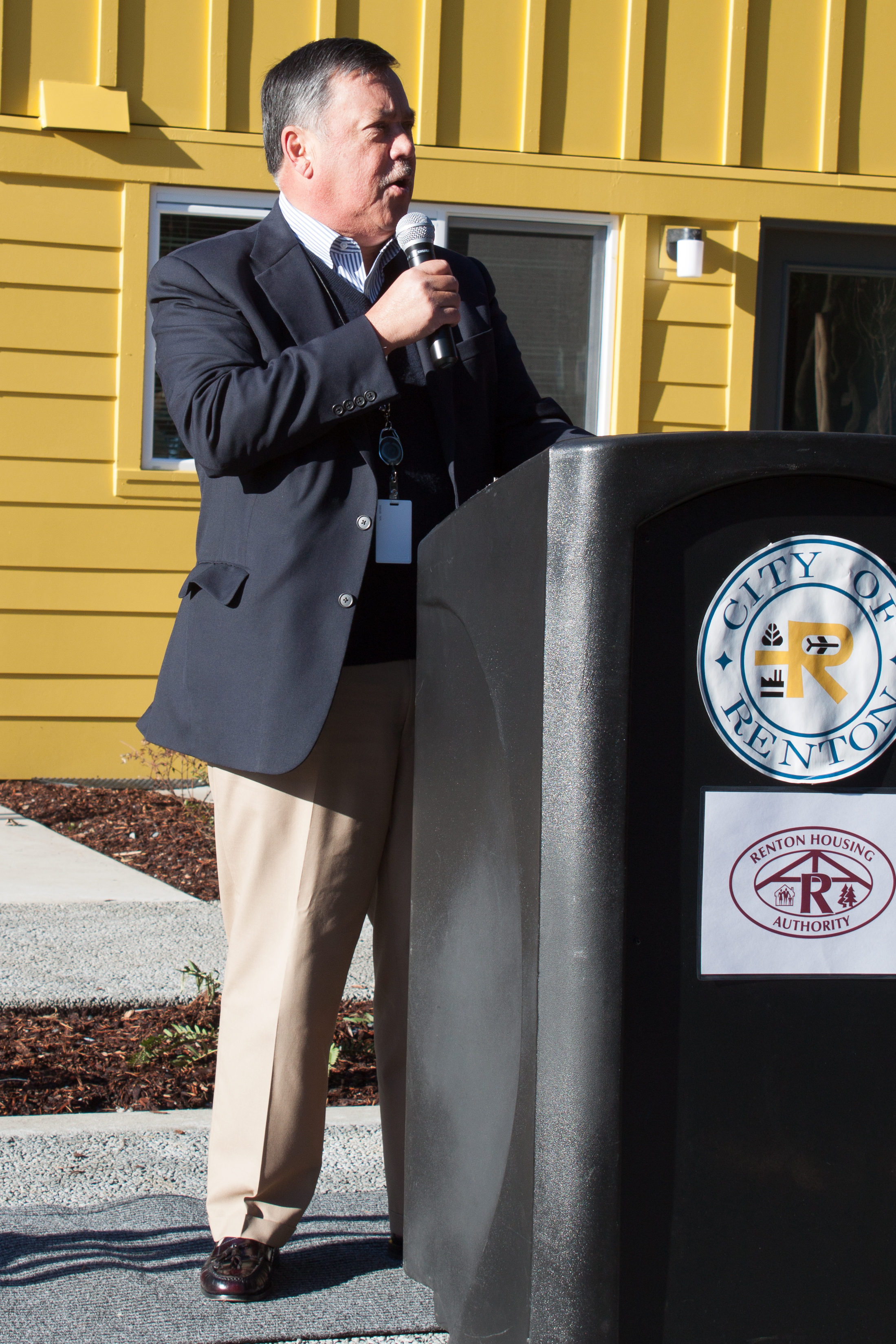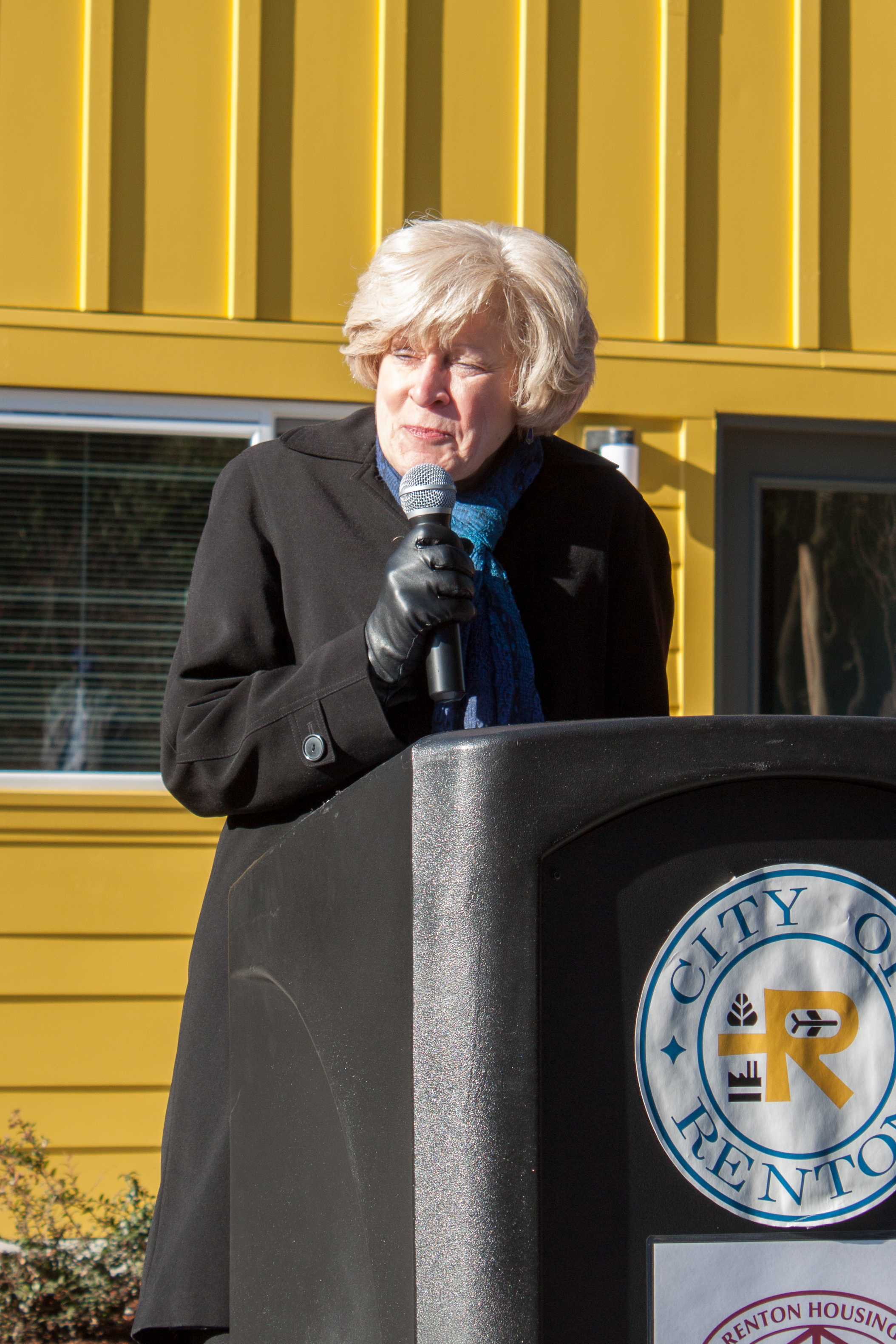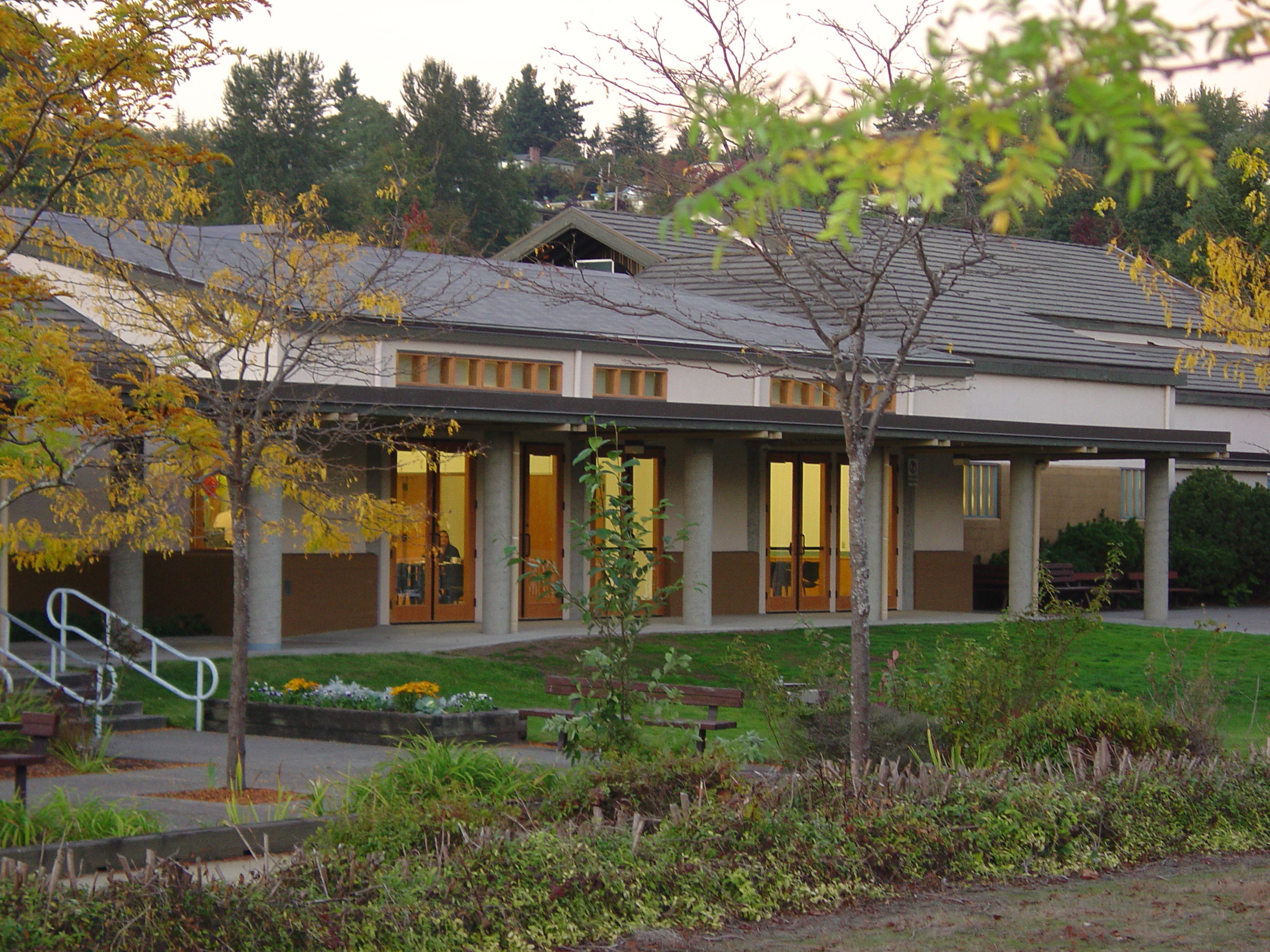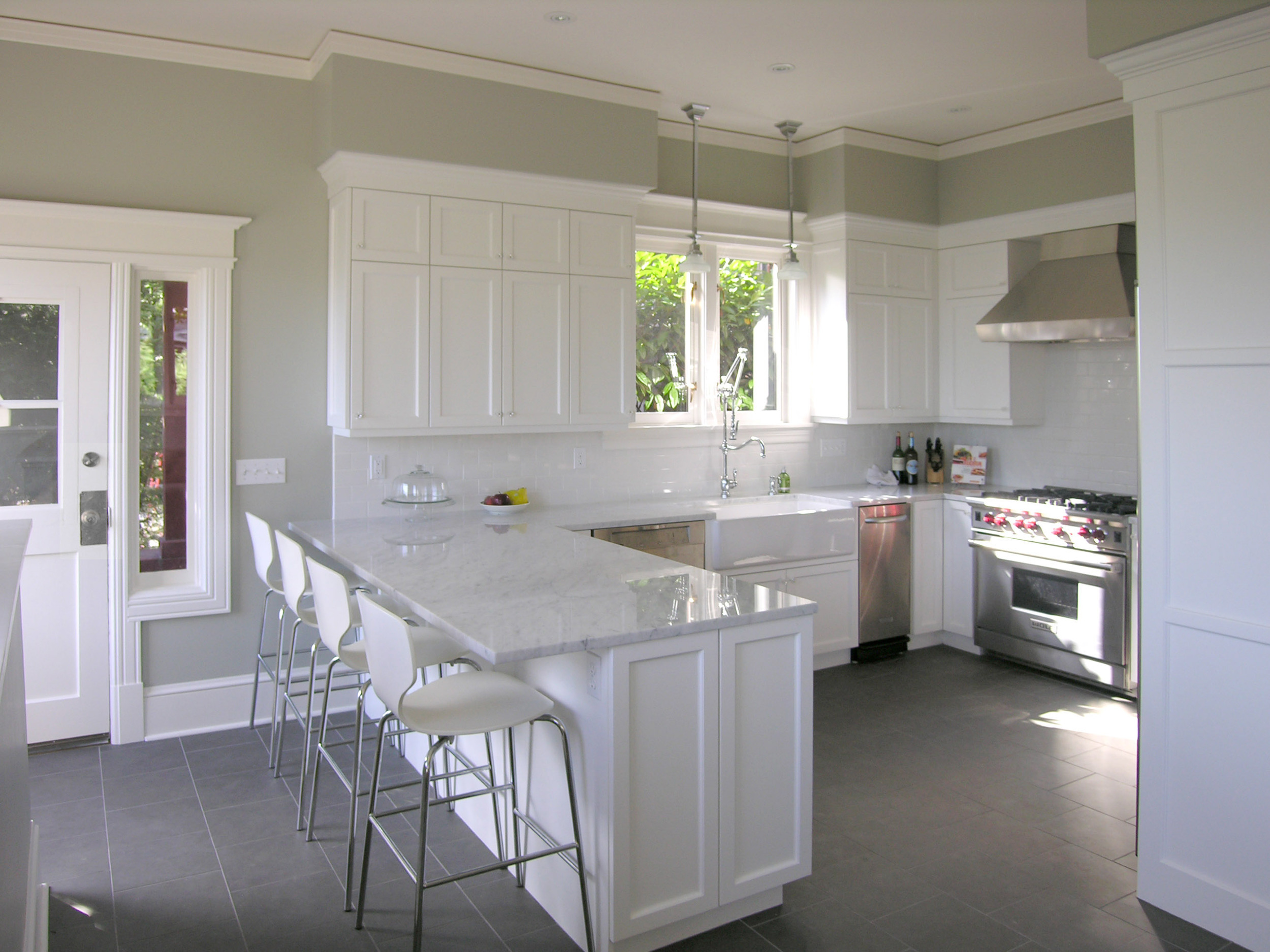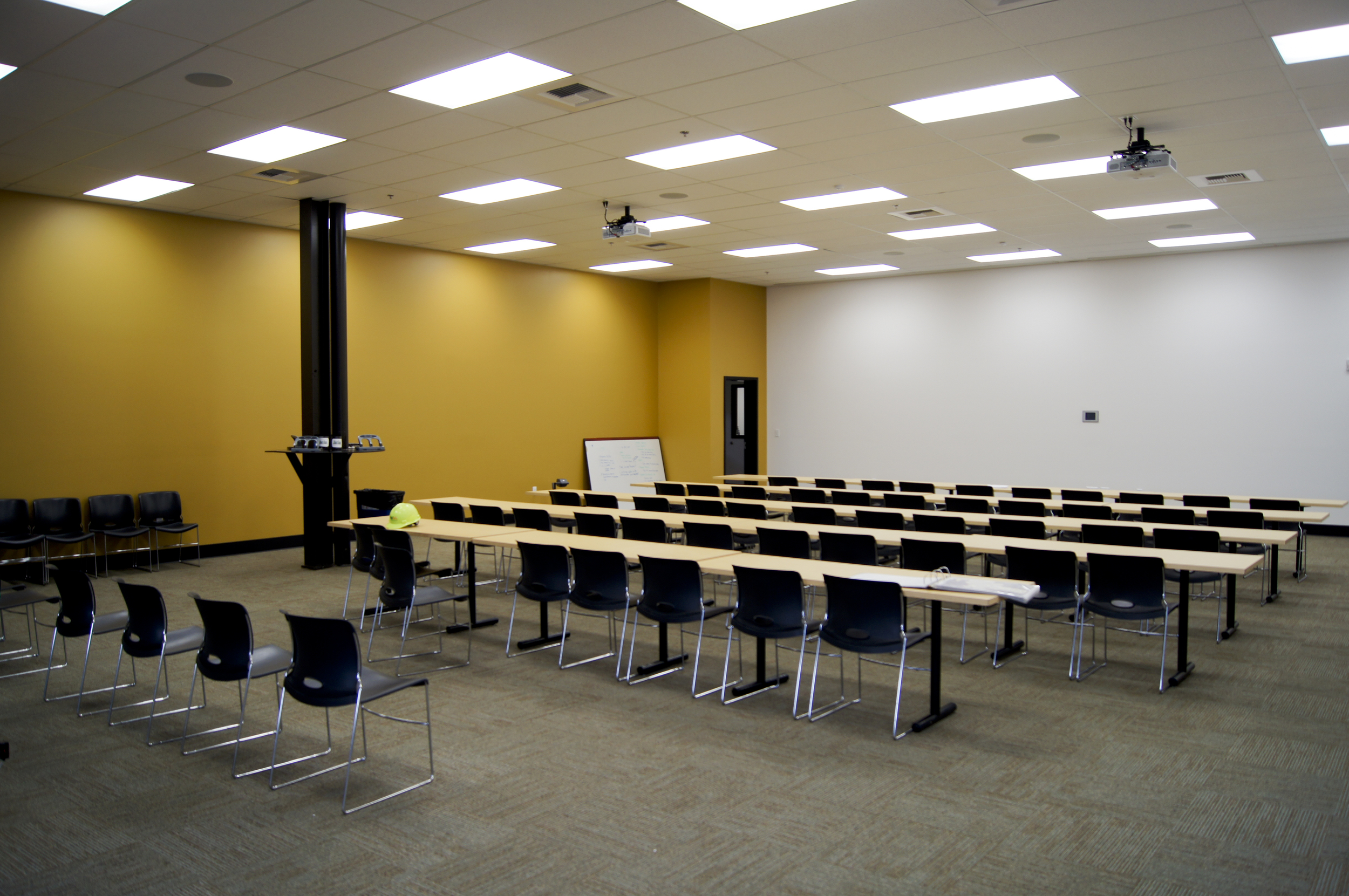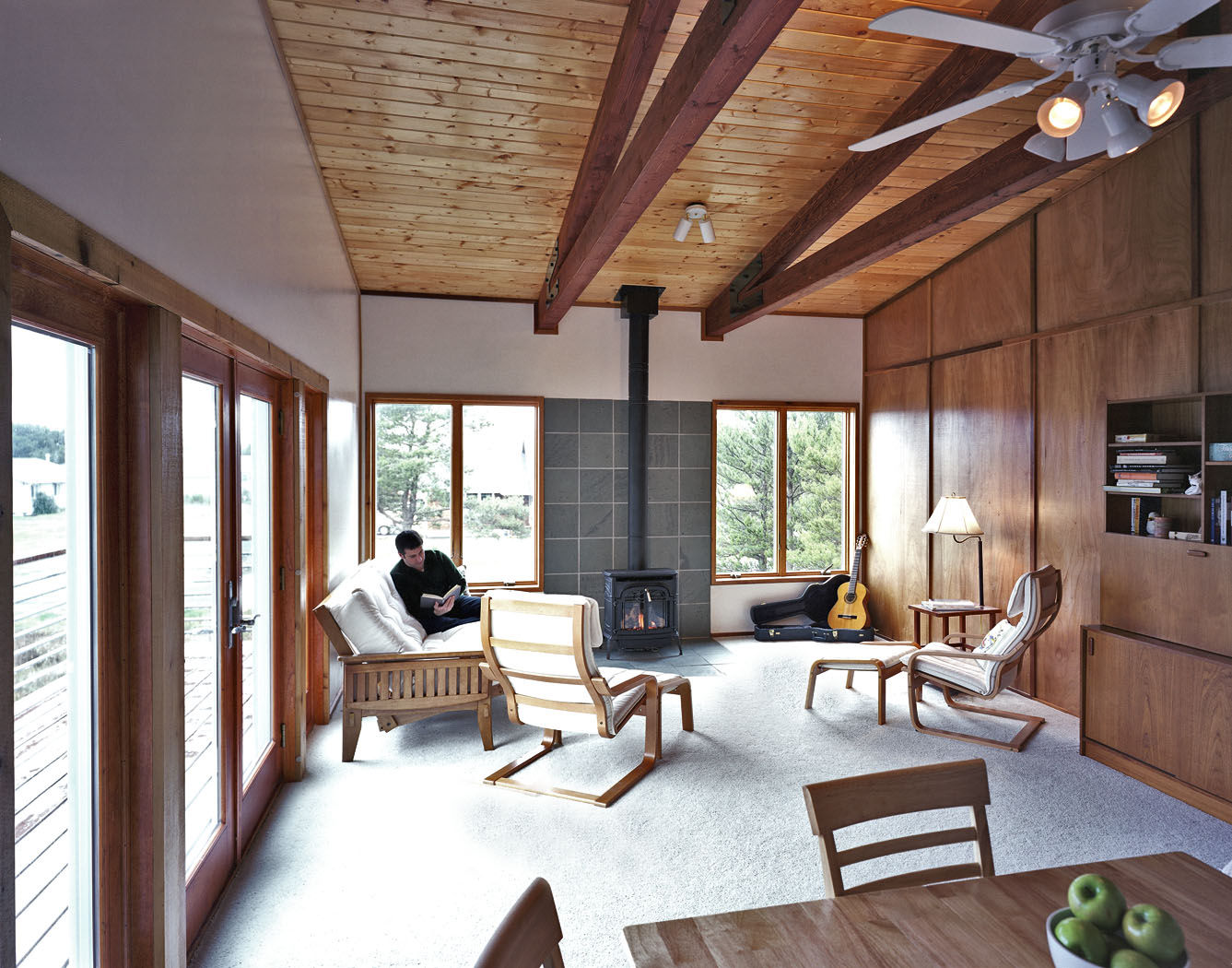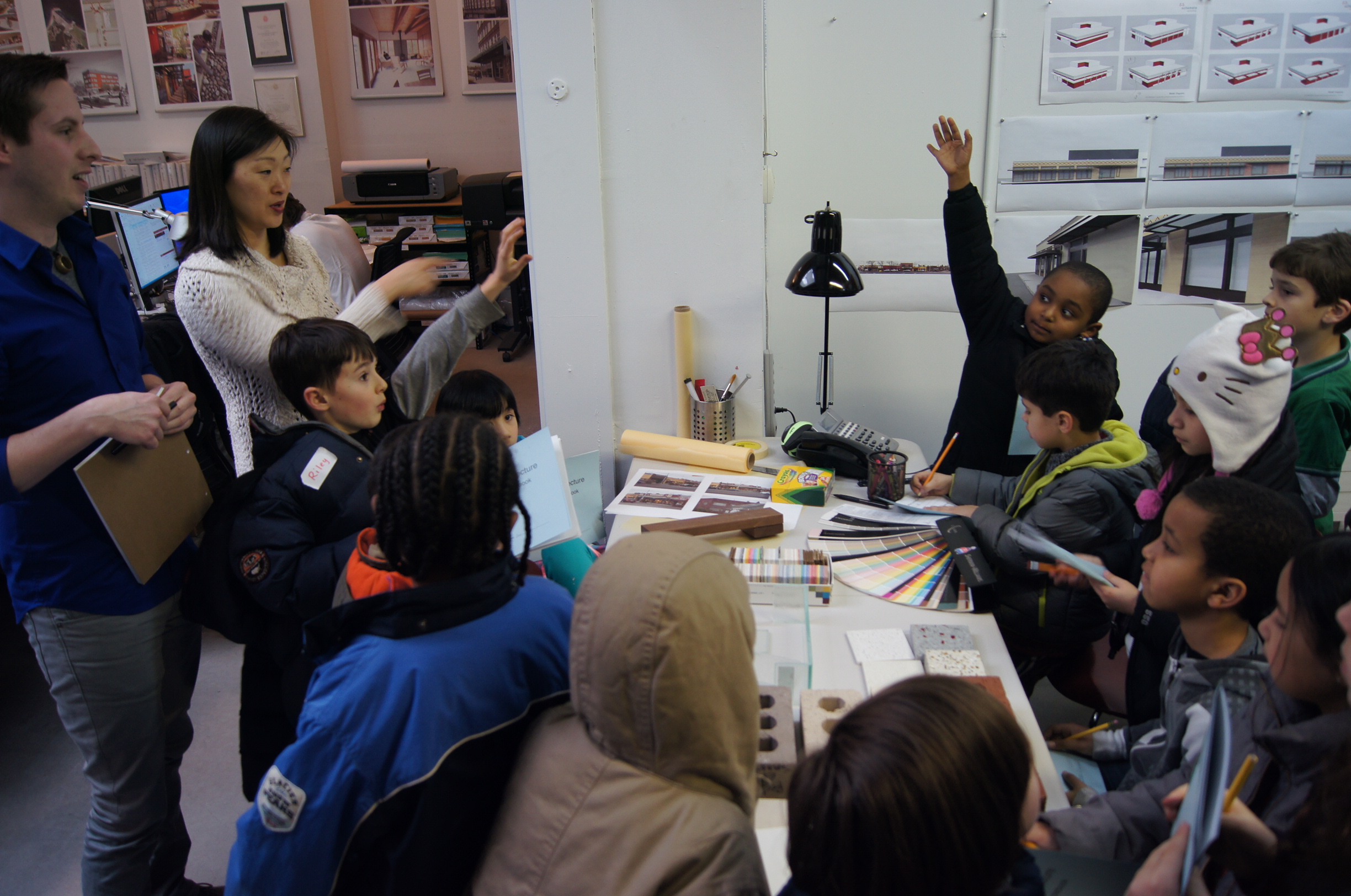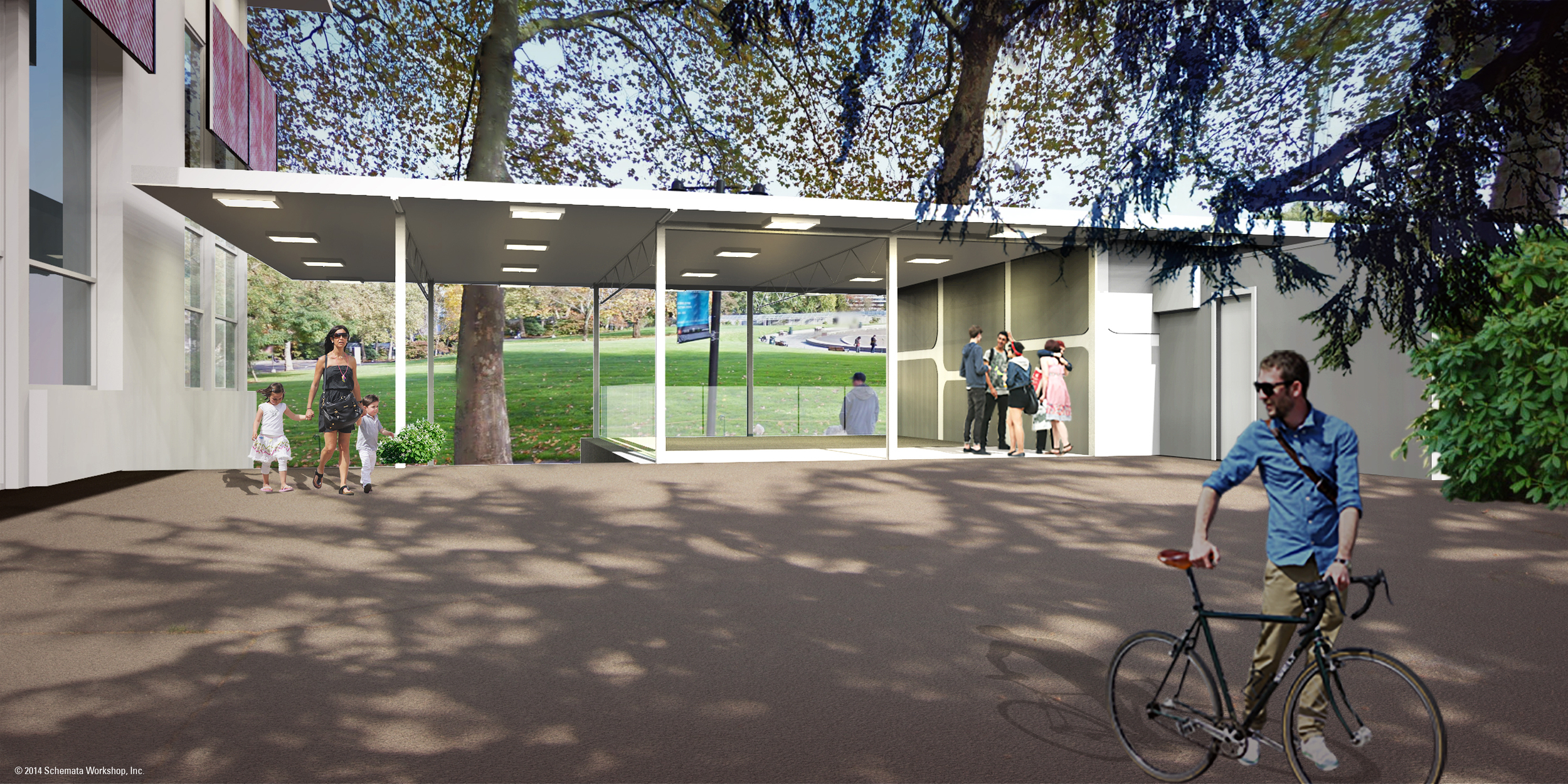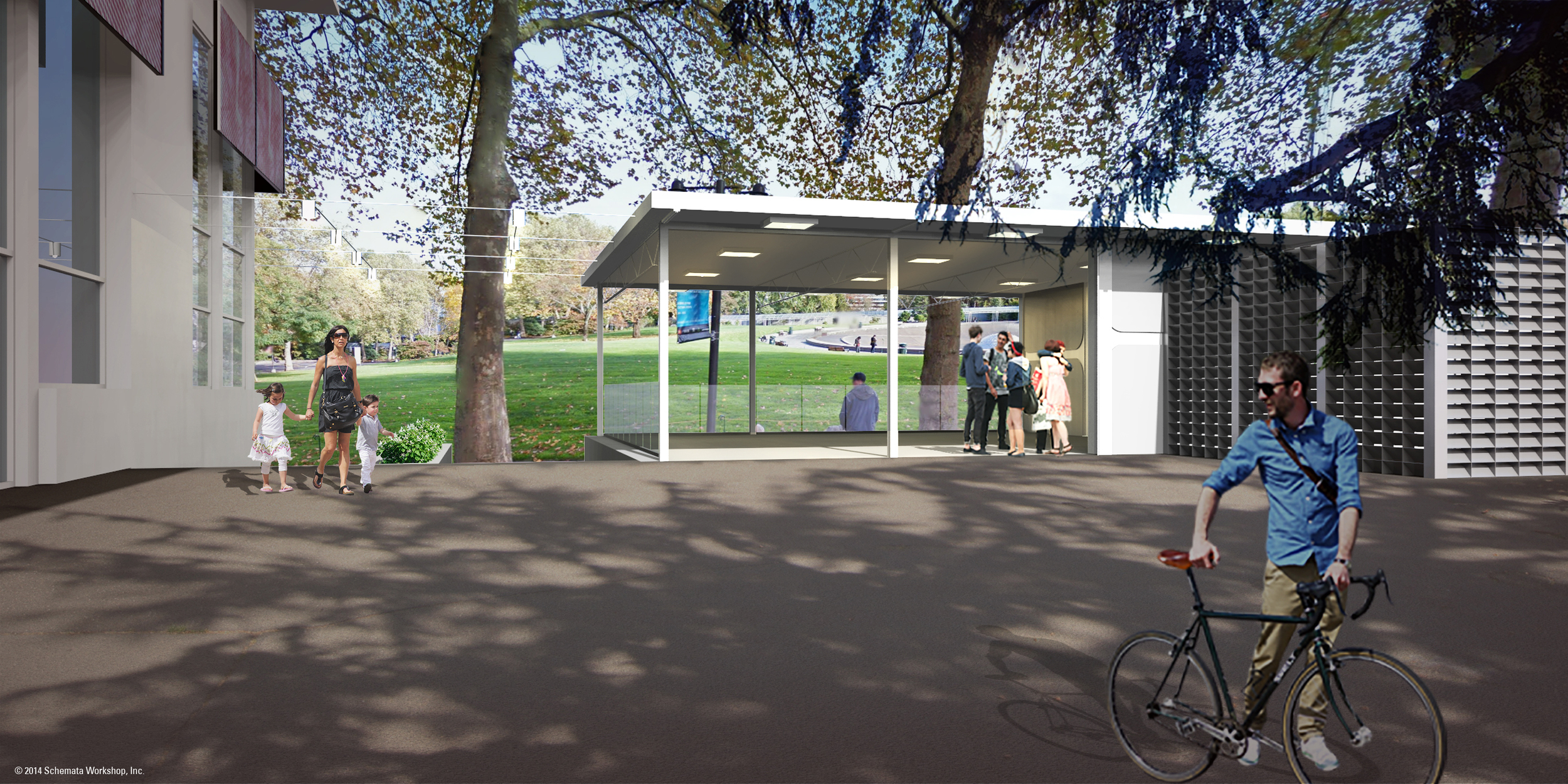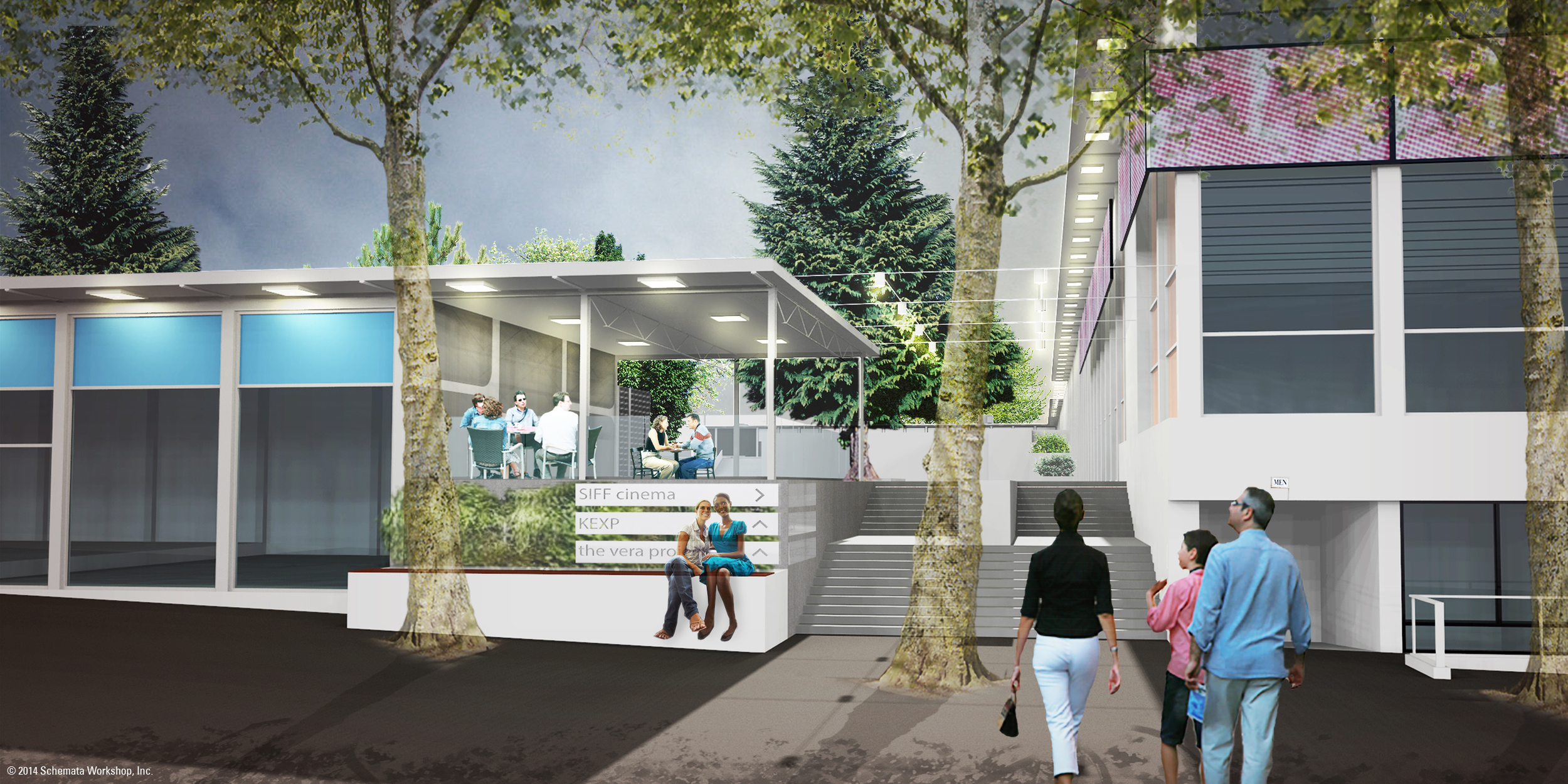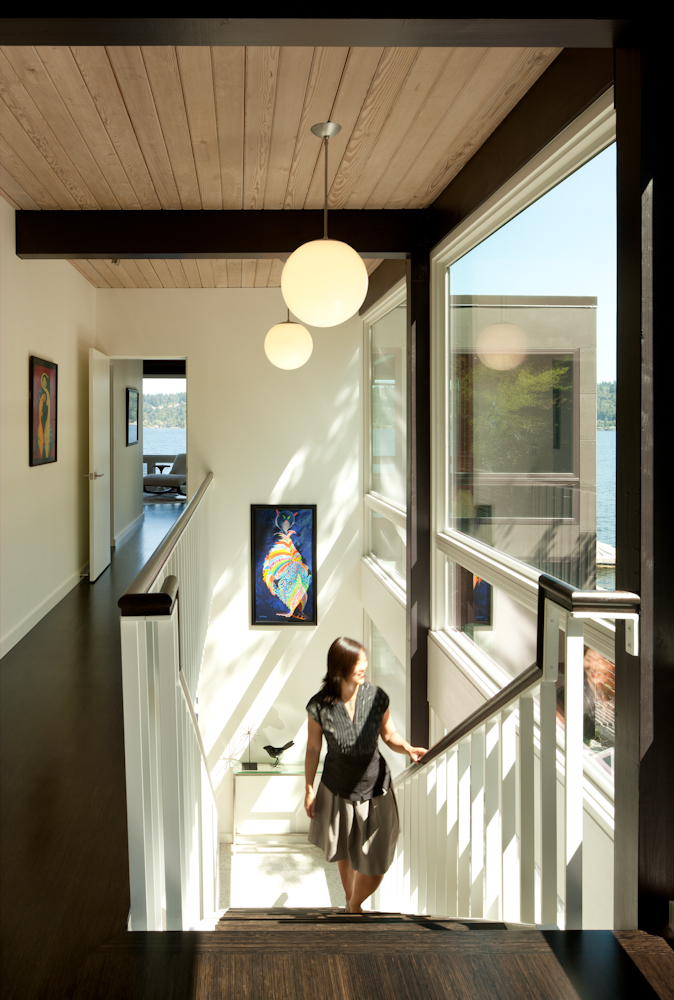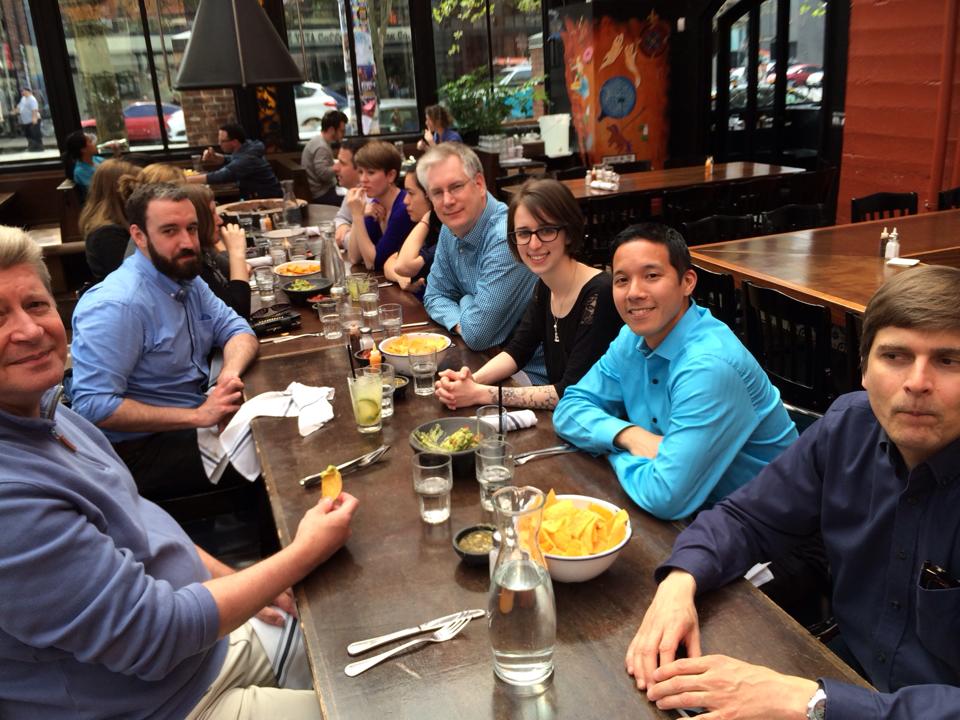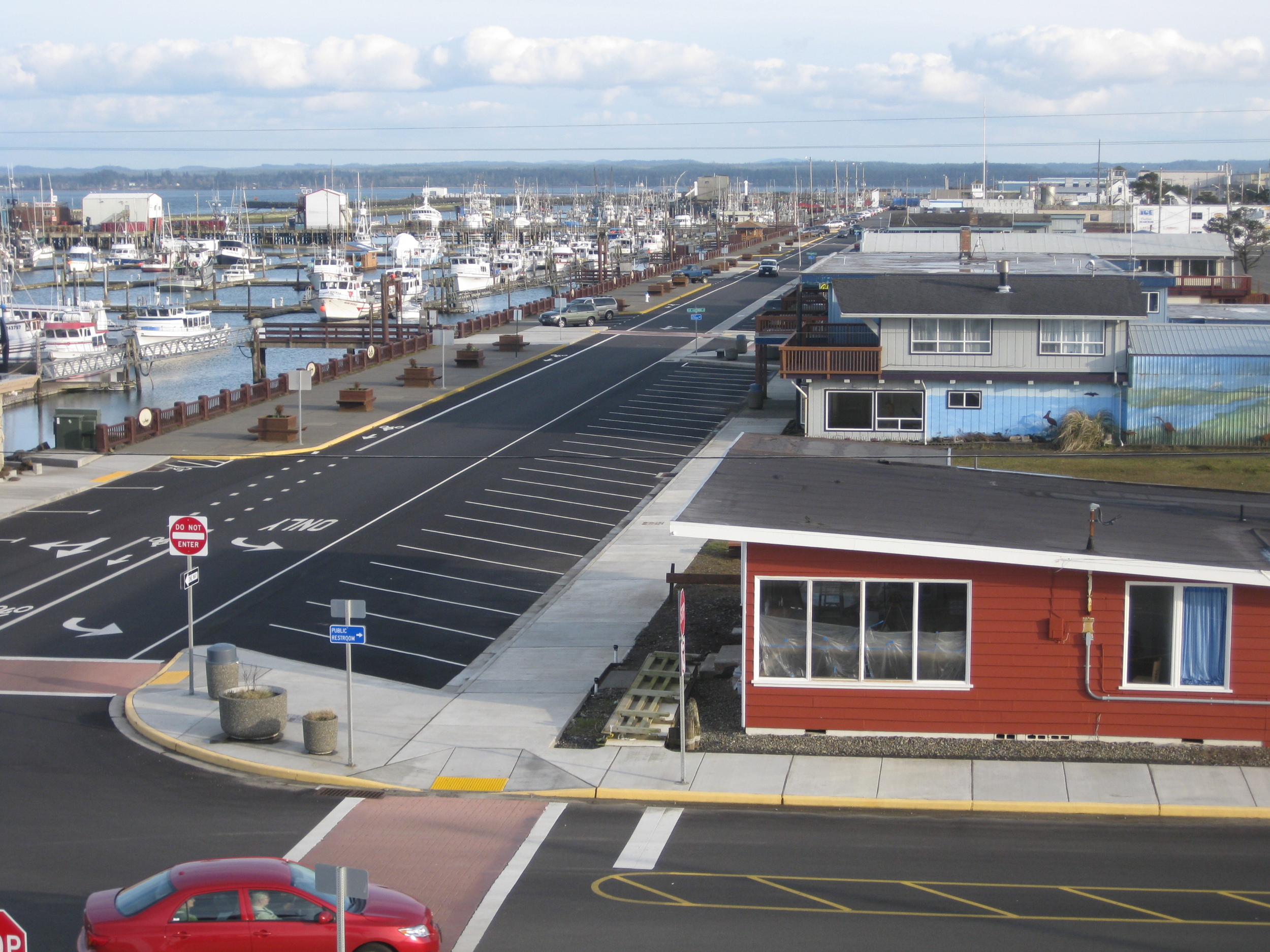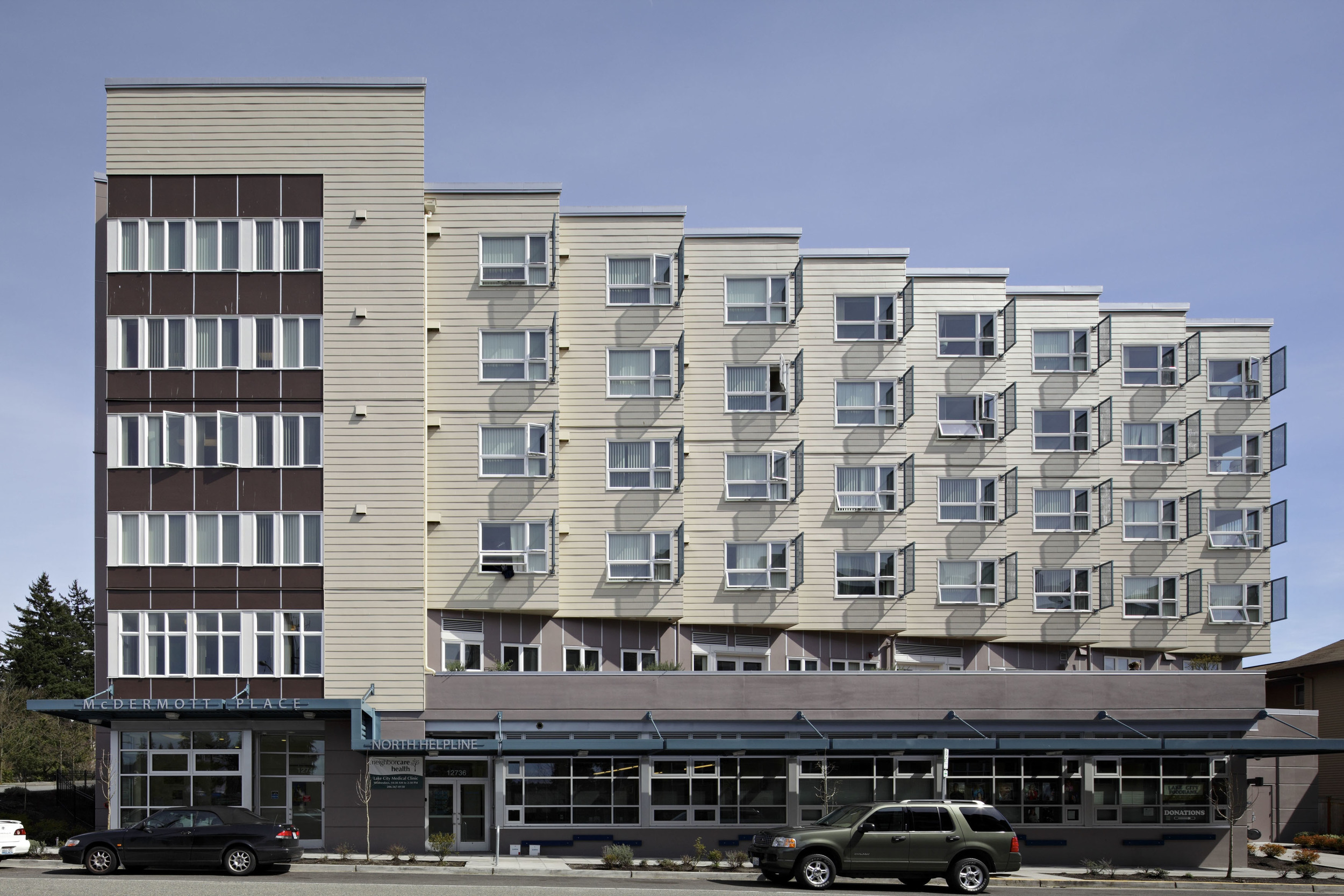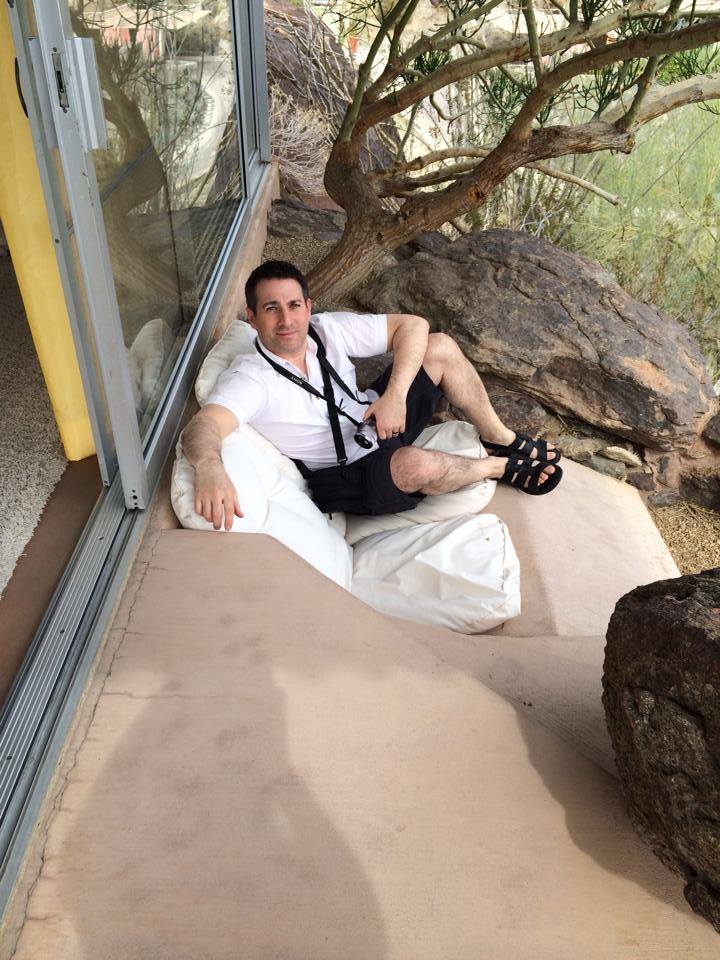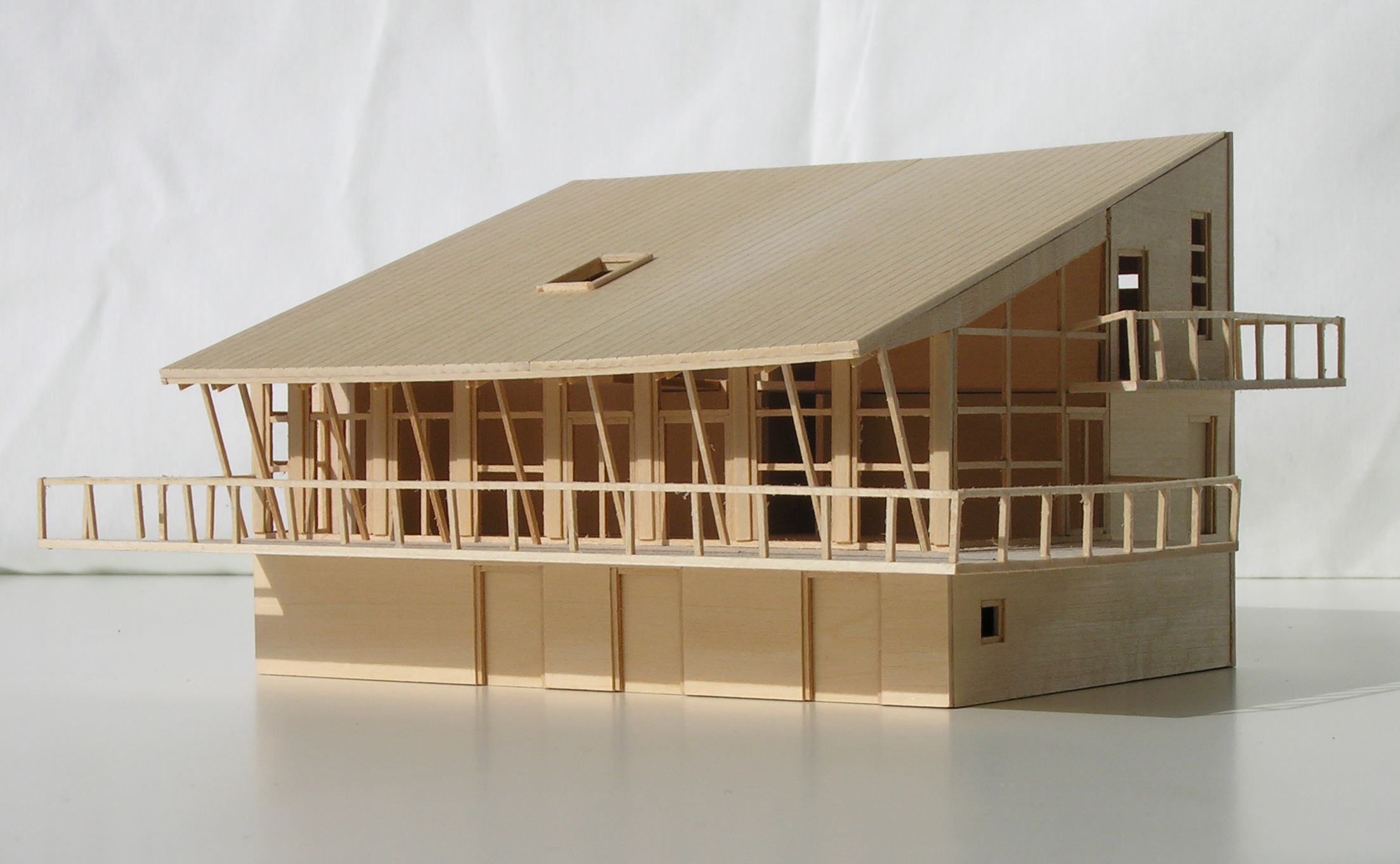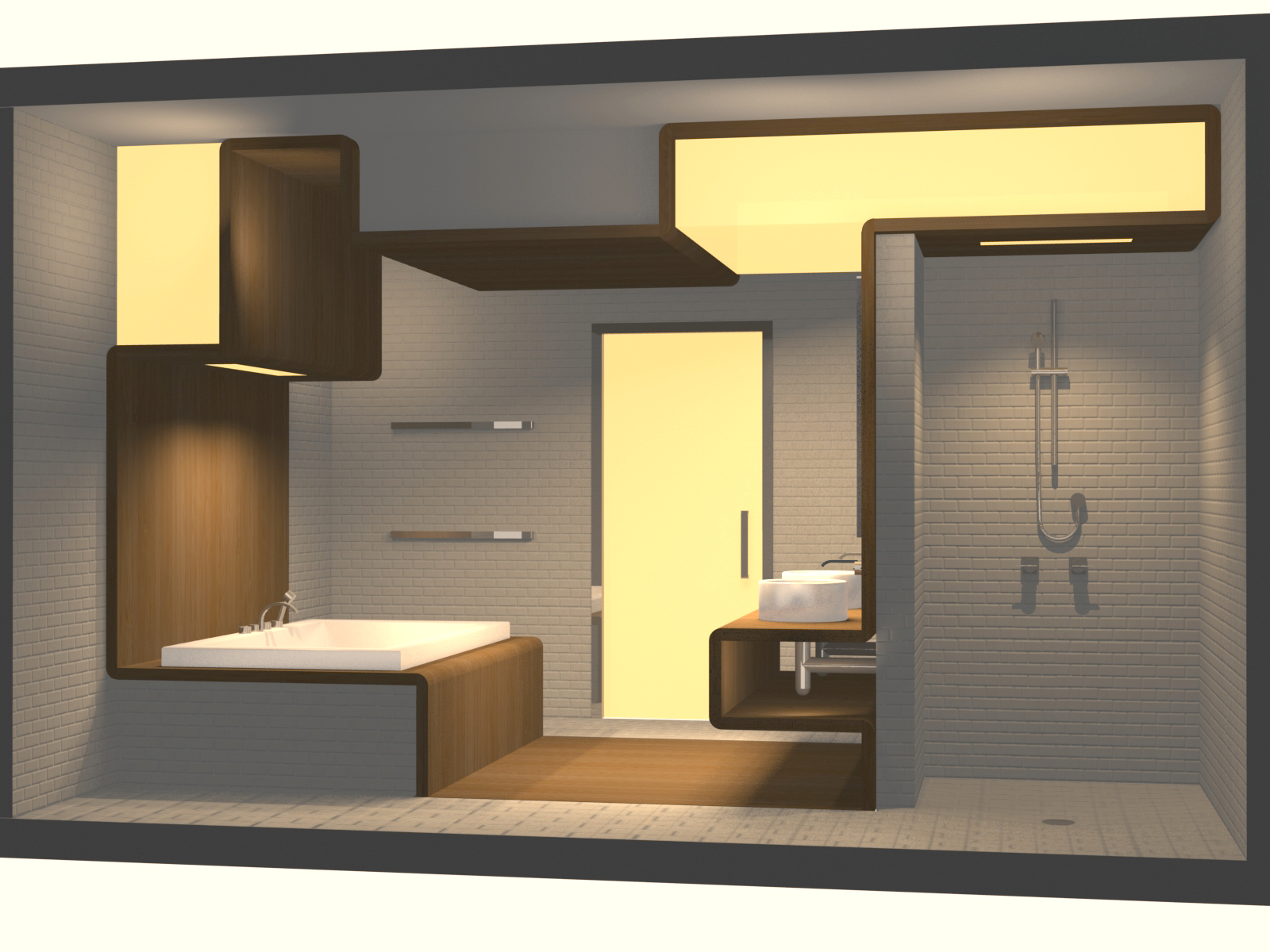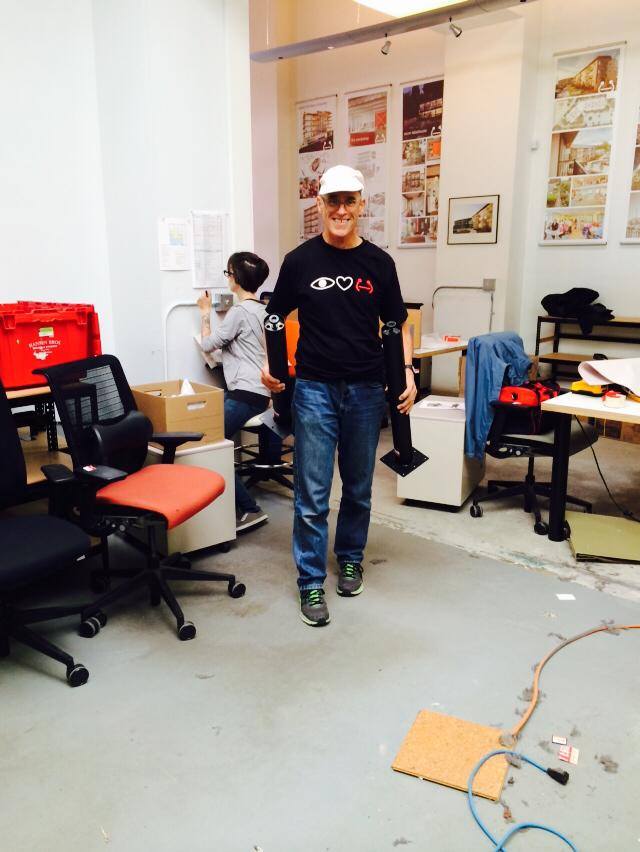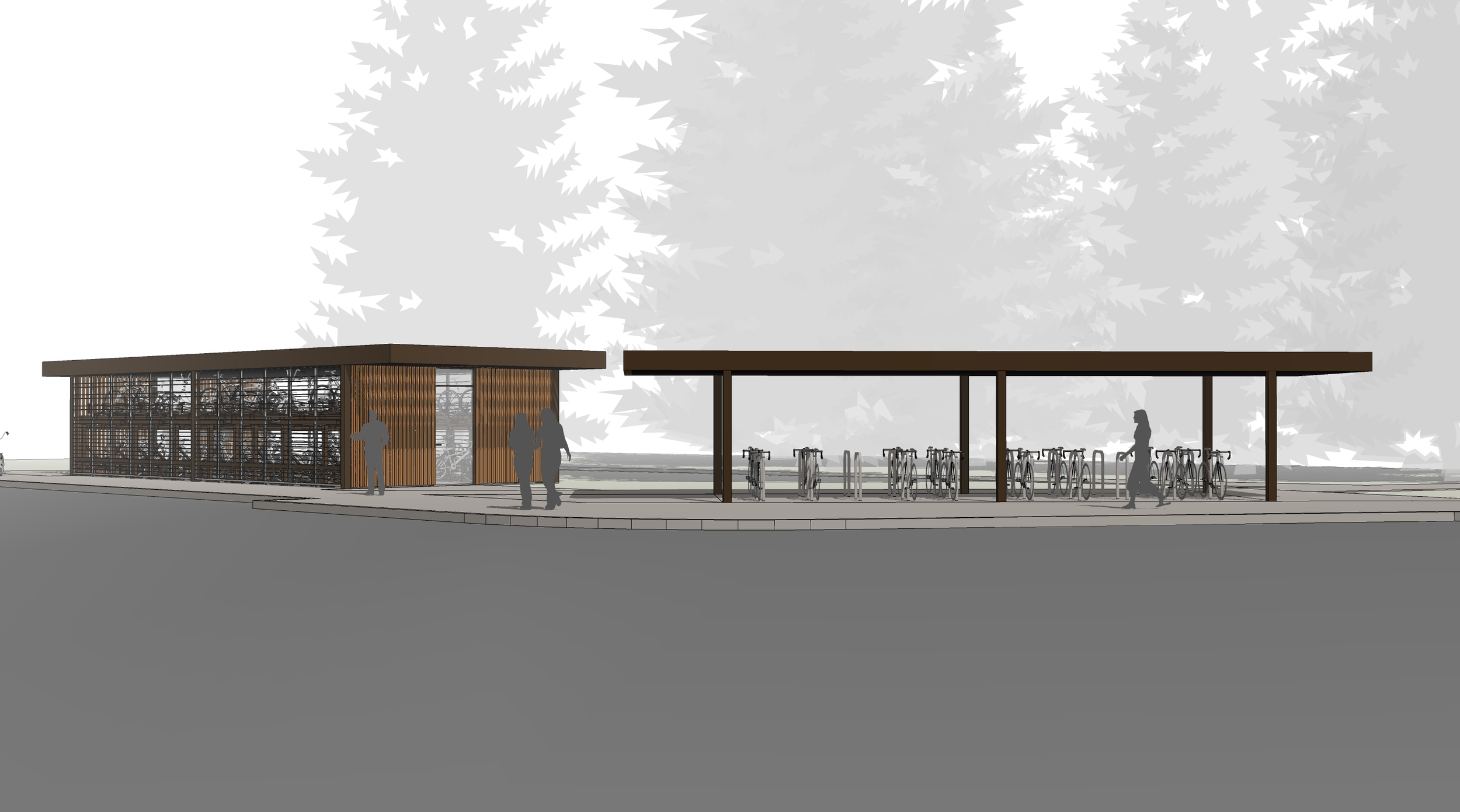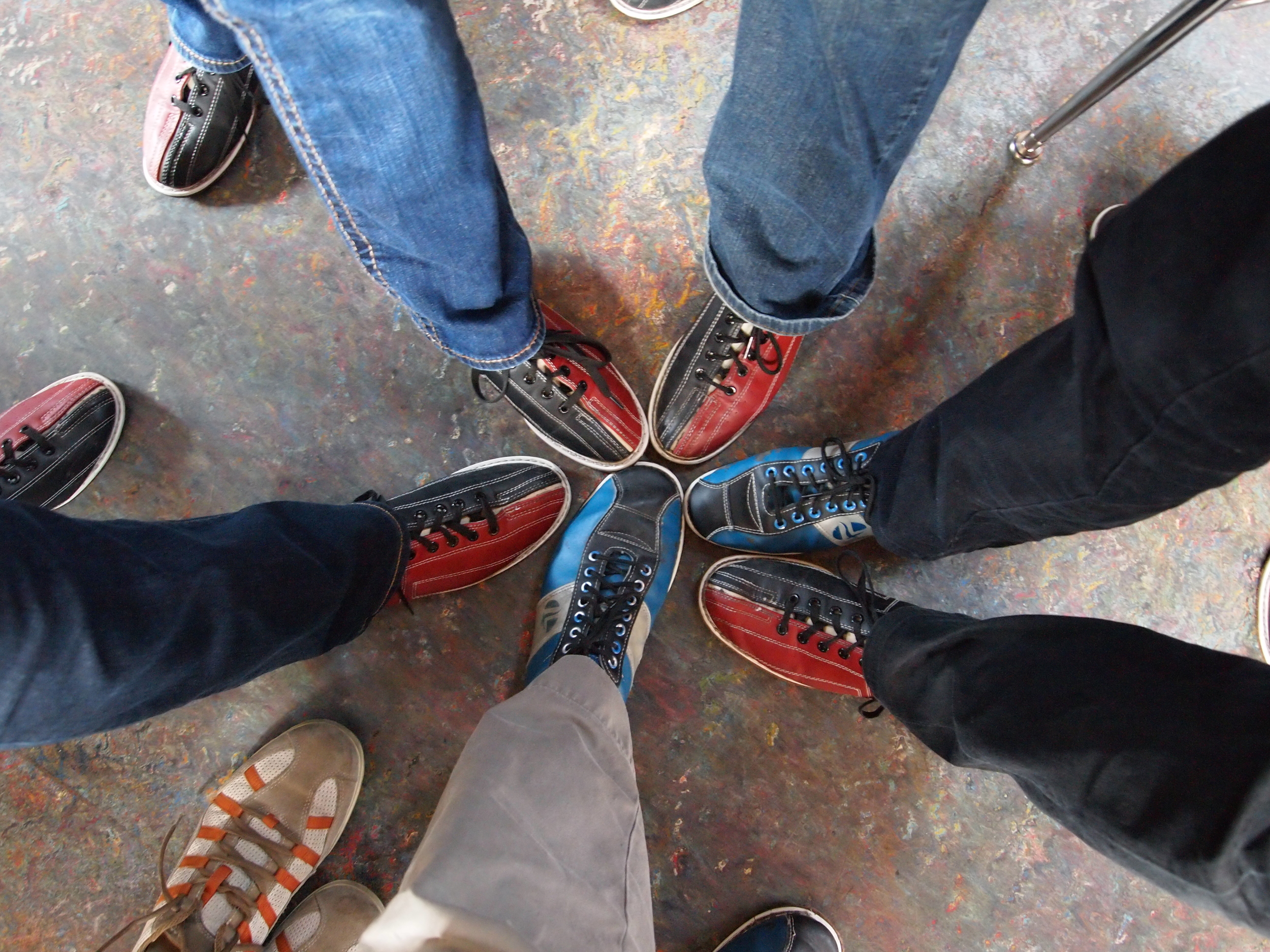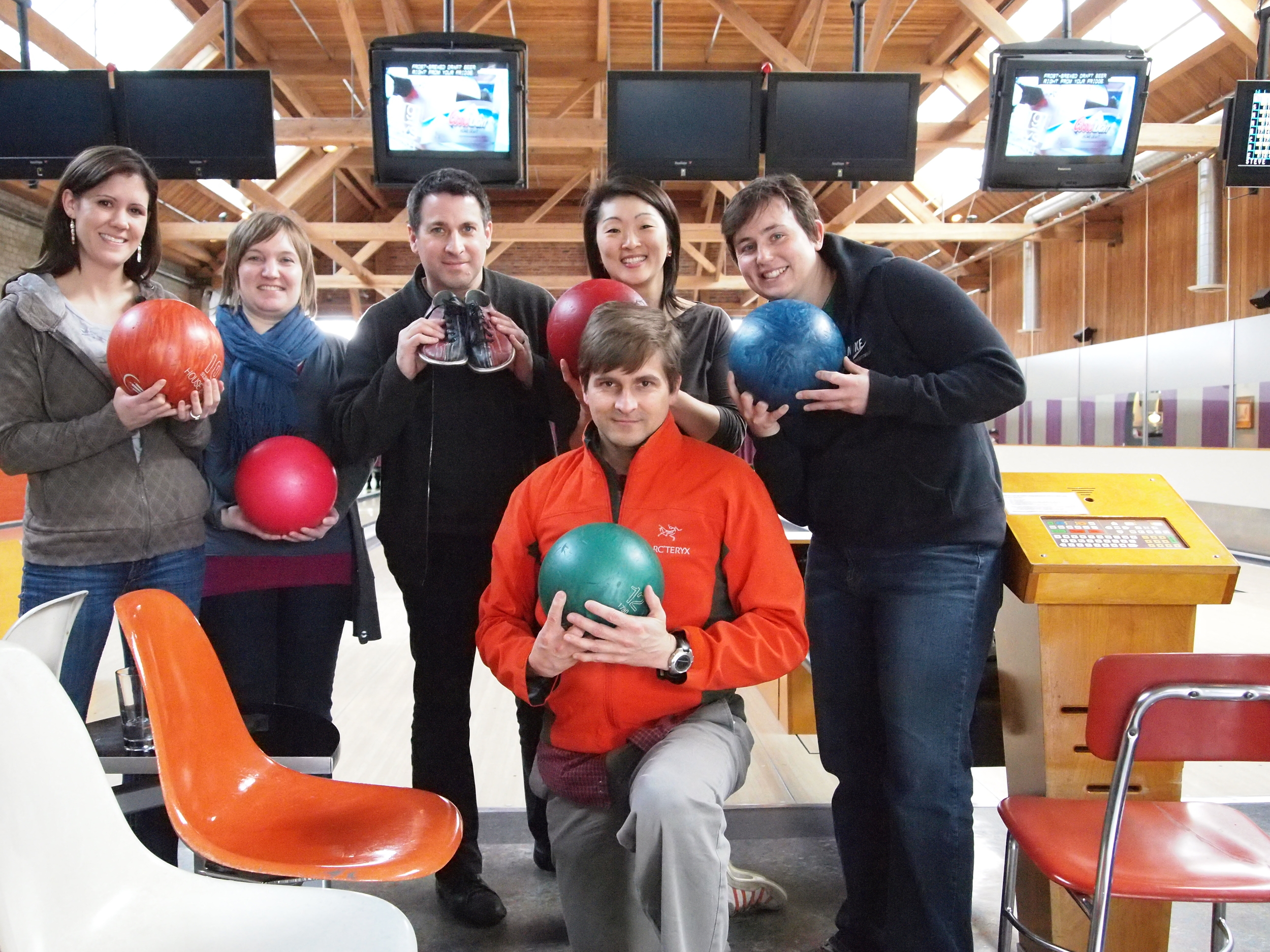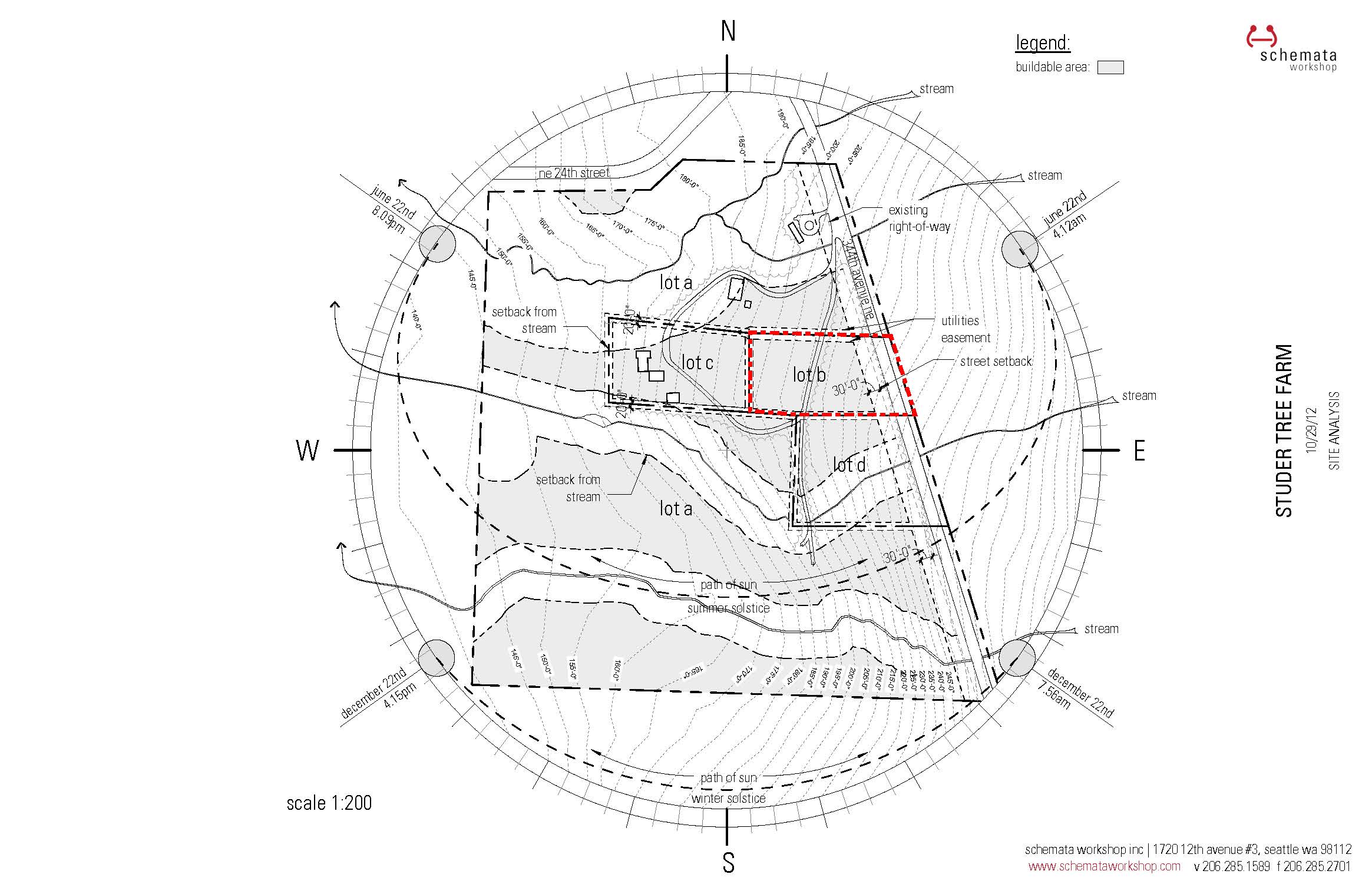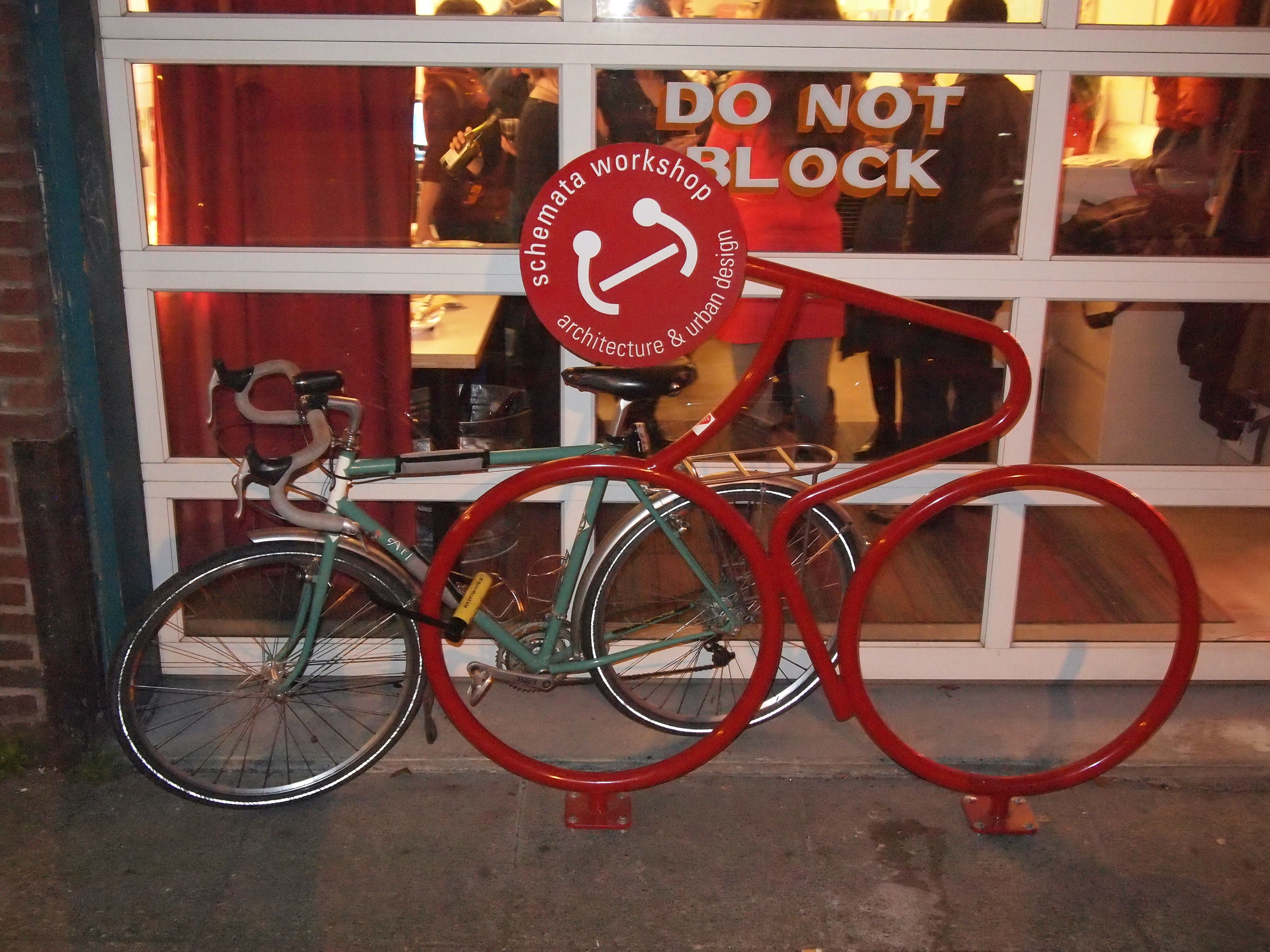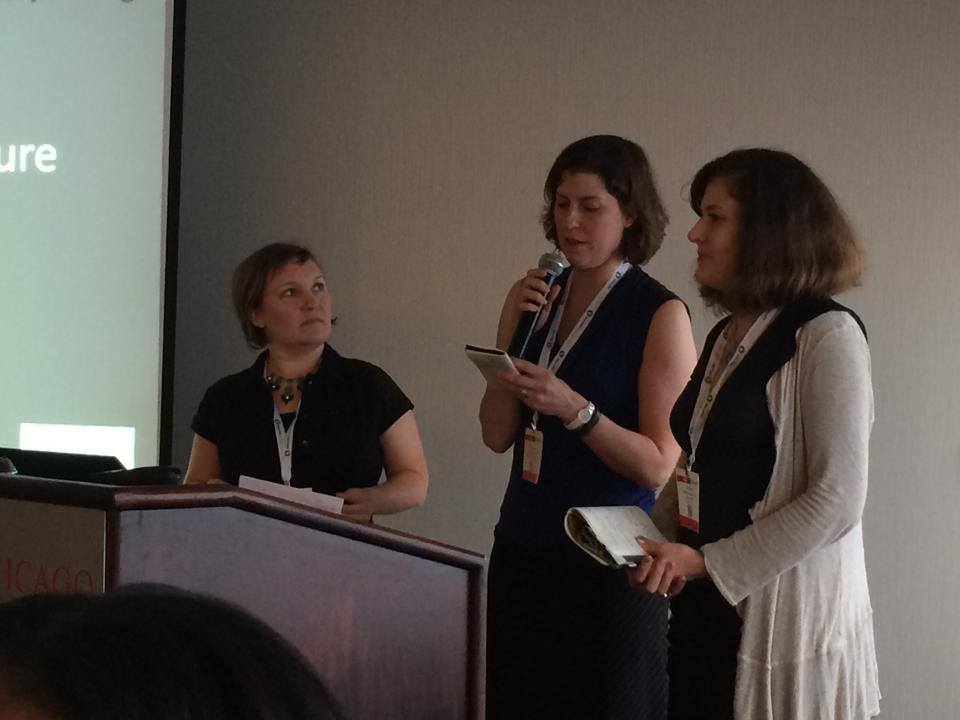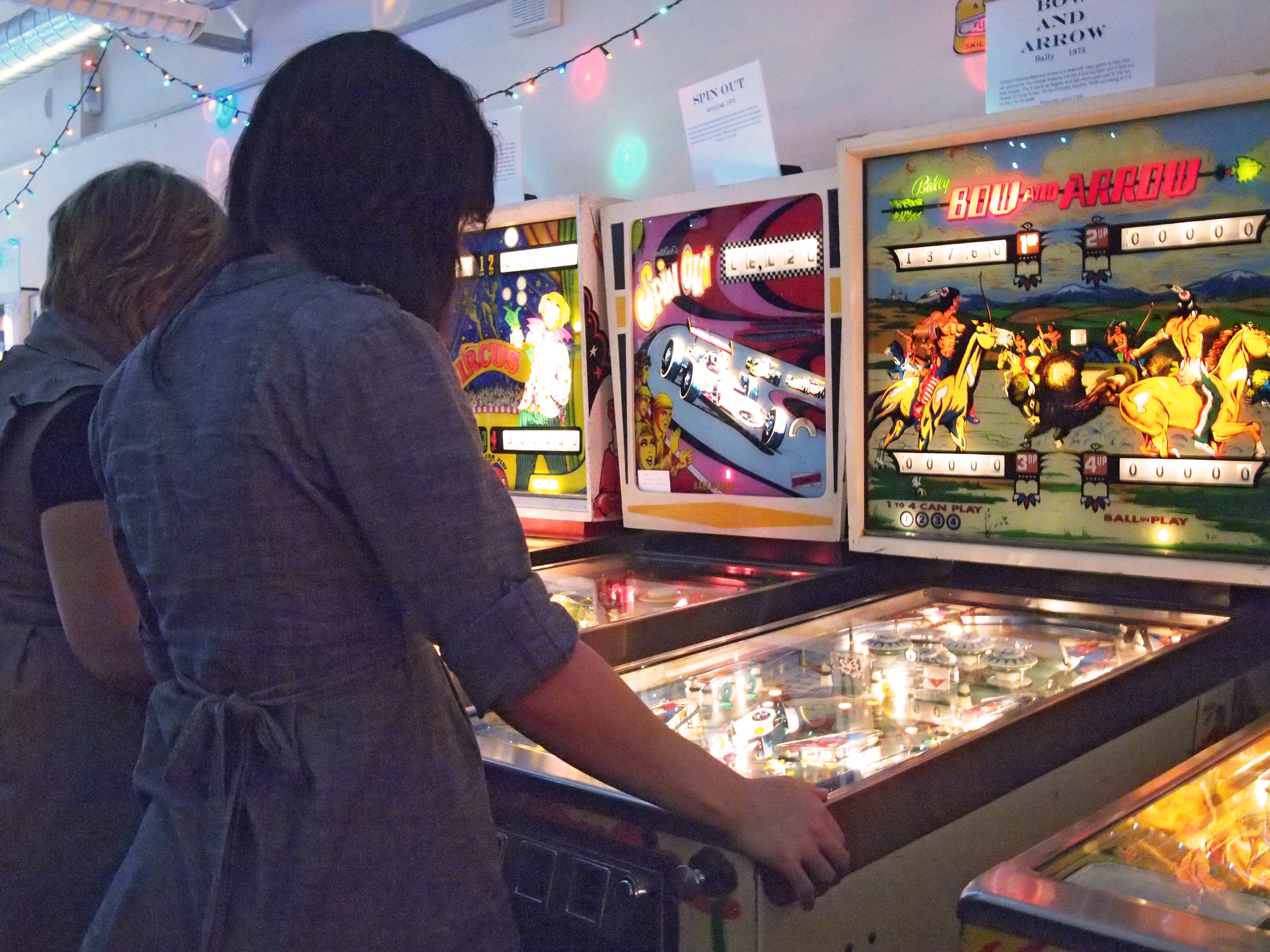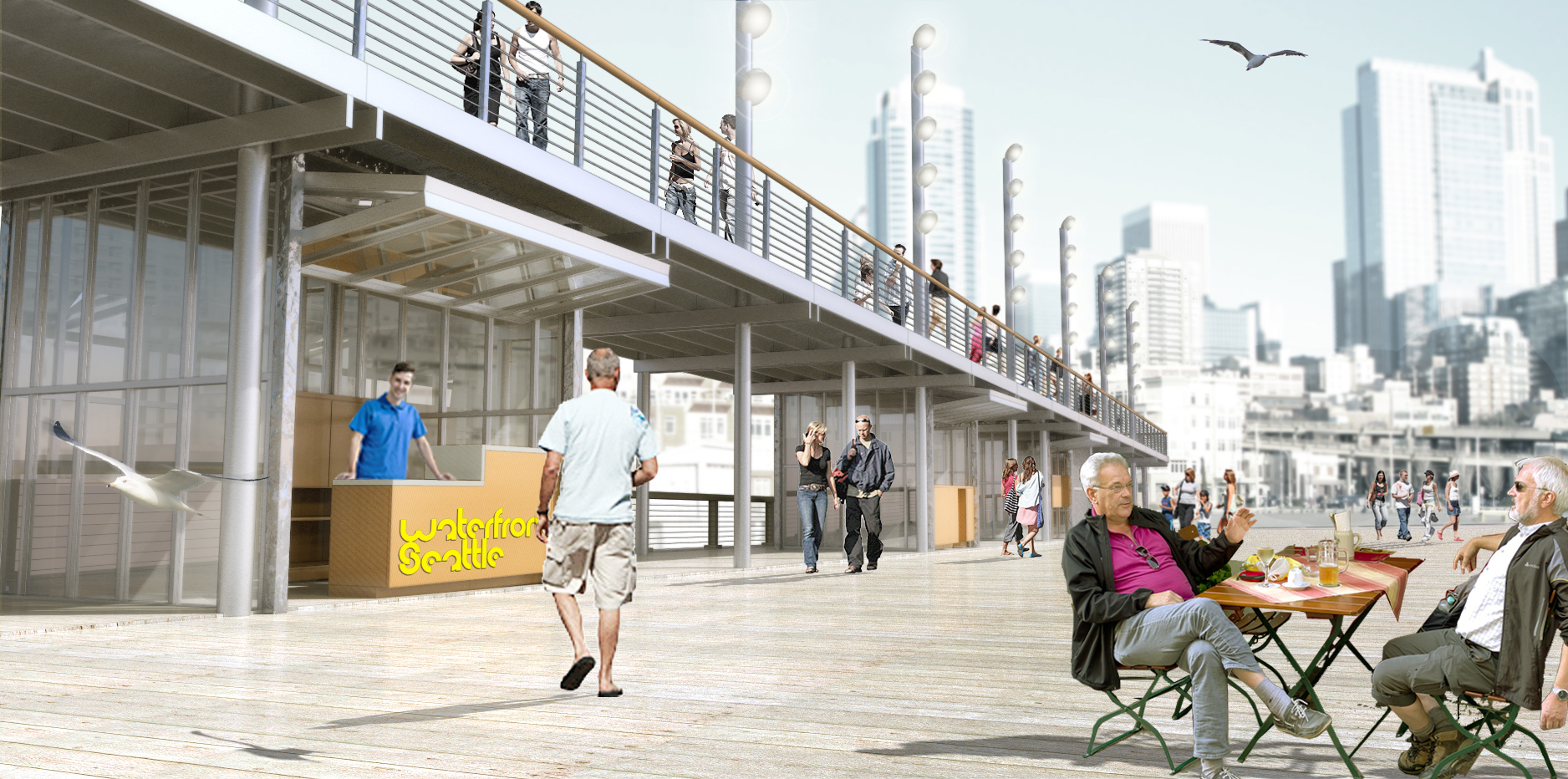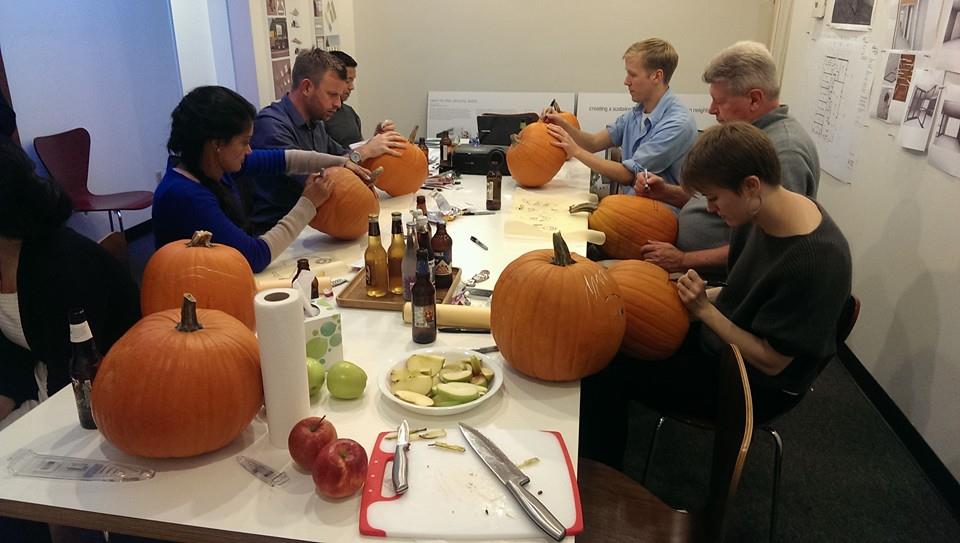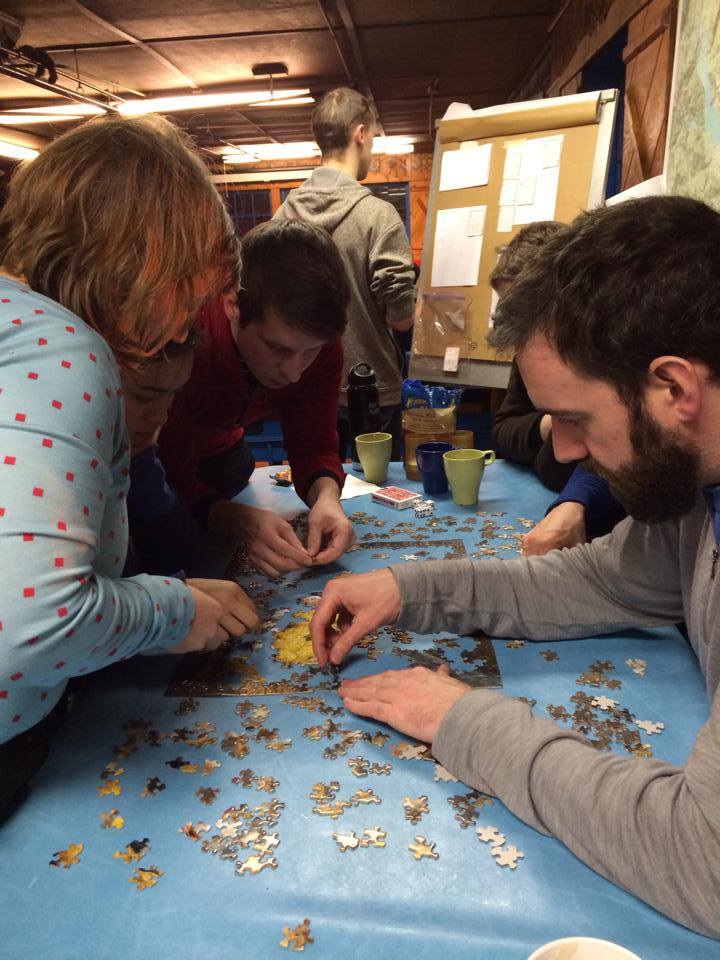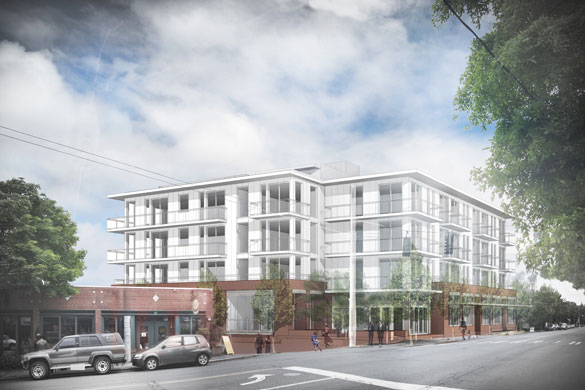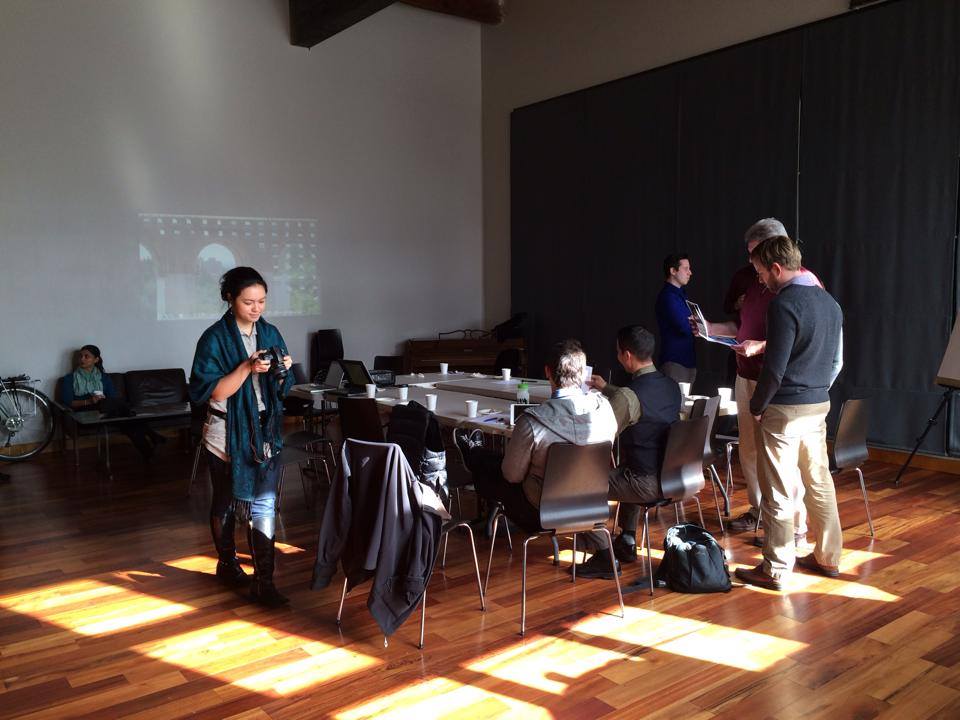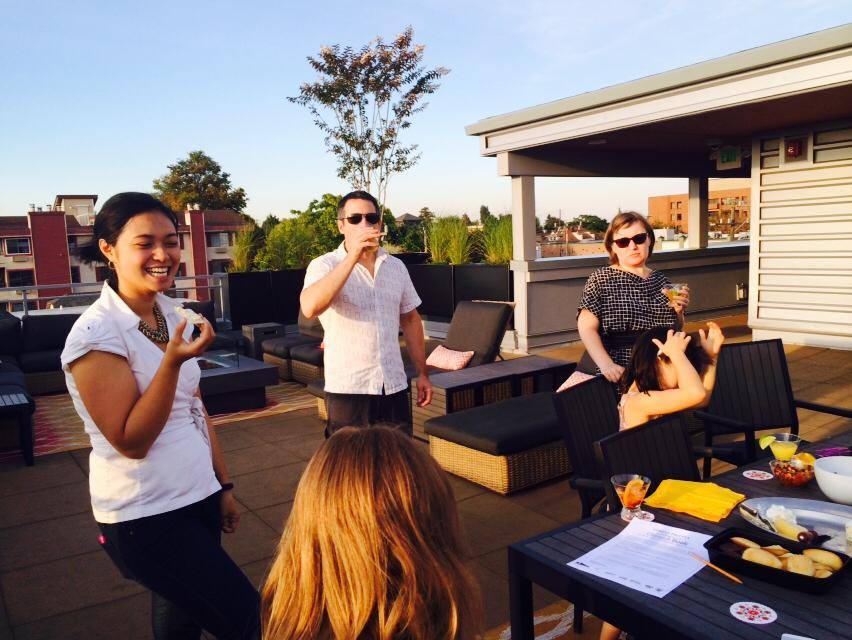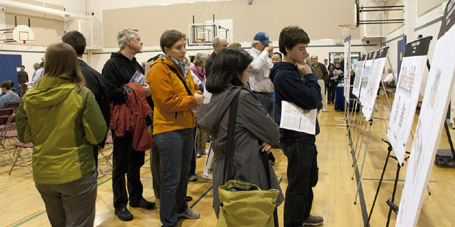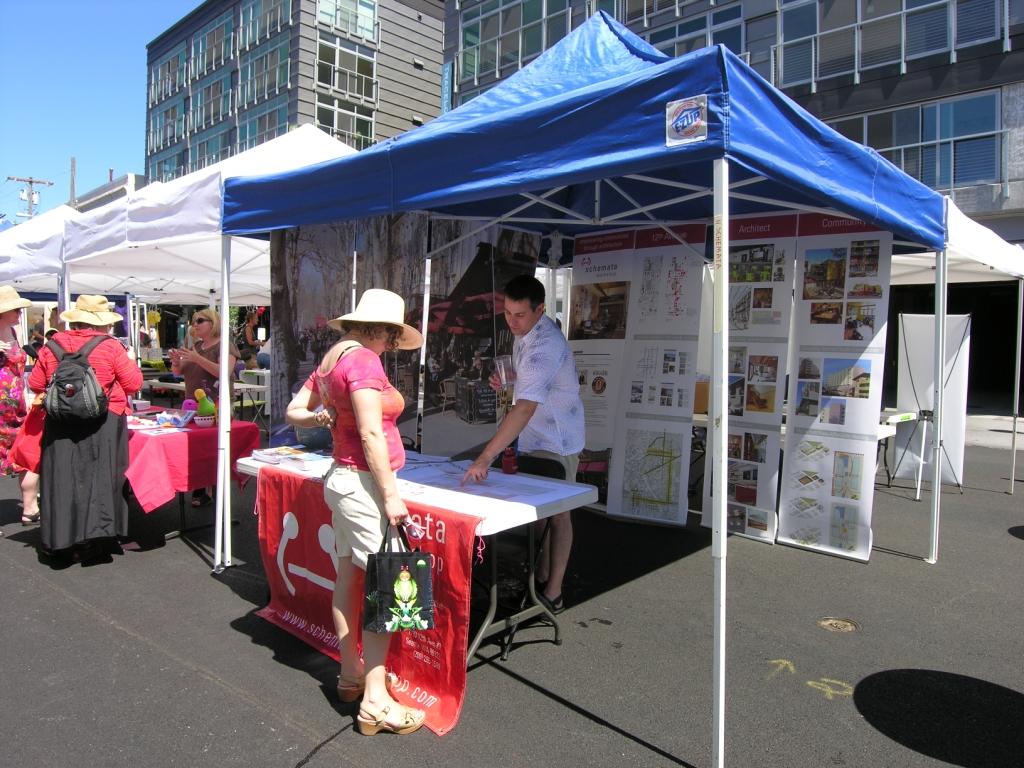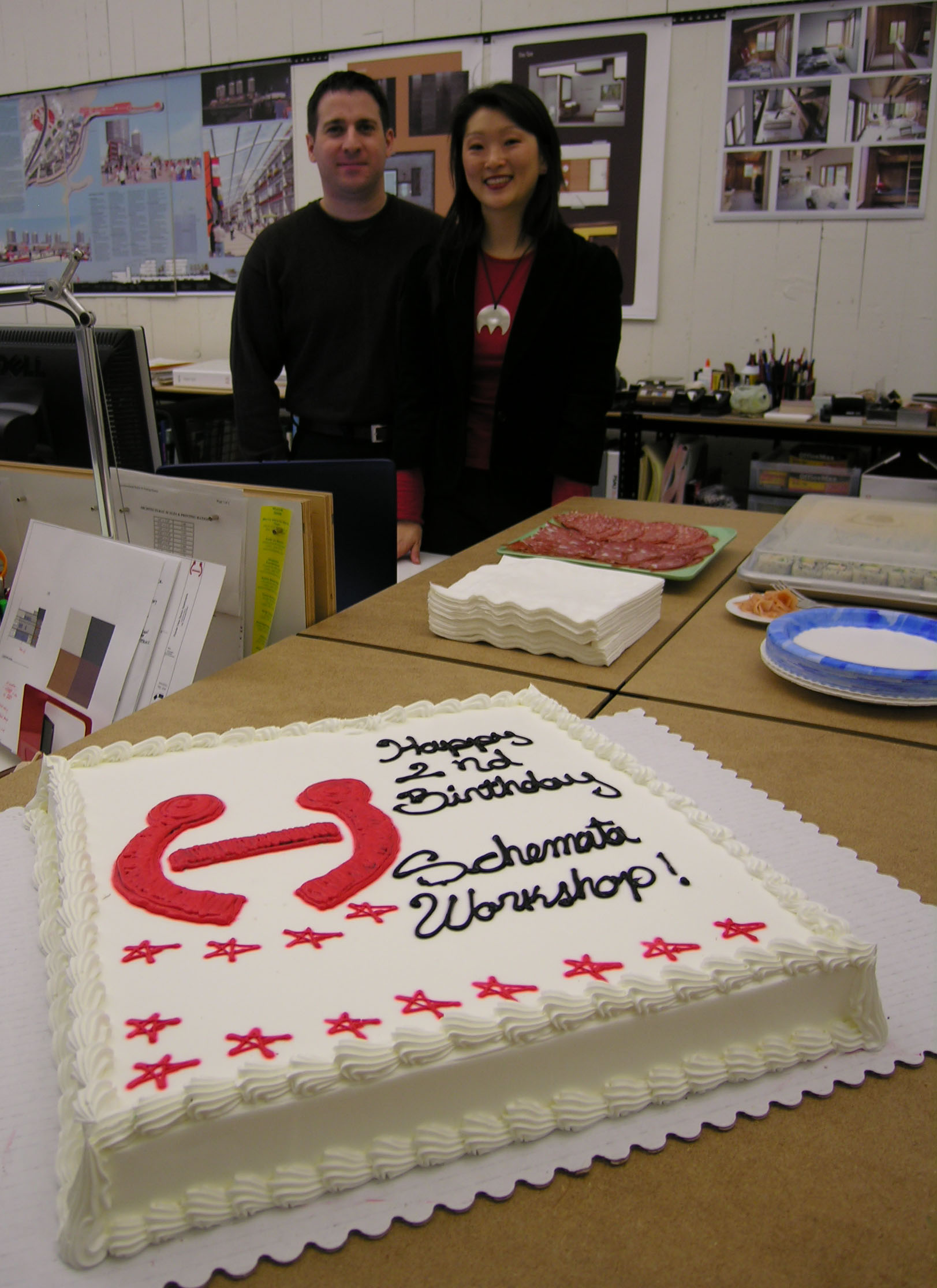A few months ago Schemata Workshop blogged about the process of modular construction. We took you through the first 7 stations of the process, (please see A Detailed Look). Now that families are moving into the townhouses in Renton, we'd like to show you the final steps involved in modular construction at the factory.
Station 8 | Ceiling Install
By station 8 you can see the ceiling is installed and all pertinent weather resistant barriers are in place on the roof and the exterior walls. We’re ready to begin focus solely on the interior finishes.
Station 9 | Finishing of Drywall
Interior Drywall is finished, taped and sanded in station 9. The walls are painted at this point, prior to the majority of finishing of carpentry, plumbing and electrical fixtures.
Station 10 | Finish Carpentry and Plumbing
Key finish carpentry elements and plumbing assembly is done off line in stations. Here a plumber assembles plumbing fixtures to their countertops offline.
In a separate paint booth finish trim for base, door and windows is painted
Station 11 | Trailor Bed
At this point, the entire module is placed onto a trailer bed.
Careful attention is given to ensure that the module is set squarely on the trailer so the load is fully balanced during transport.
Given the layout of the factory floor, the entire trailer is driven up onto skids so the module can travel perpendicularly on the factory floor.
Station 12 | Door, Lighting Fixtures and Upper Cabinetry Install
Doors are hung on their jambs and the upper cabinets are installed. At this time the electrical fixtures are installed.
Station 13 | Appliances and Shipment protection.
Appliances are installed and the units are almost ready for shipment. Protection board is placed over any surface that could possibly incur damage during shipment or subsequently during the on site button up.
On that note, here you can see the missing drywall that was intentionally left off to allow for first floor to second floor plumbing connections. This section of drywall would need to be finished in the field.
Station 14 | Shrink Wrapping
Like a boat, the units are covered in a shrink wrap material Here a blow torch applies heat to seal the units up for shipment.
Station 15 | Shipment
The boxes are brought out of the factory and await pickup to be shipped to their final destination, Renton, Wa.
Site 1 | Staging
The modular boxes which were shipped with both first and second floor modules sharing a common top and bottom rim joist. These larger boxes were stored off site in a staging lot. On the staging lot, the two boxes are sawn apart and as such these types of modules are called sawboxes. Once split into separate modules, the boxes are transported on a smaller trailer bed a short distance to the construction site.
Site 2 | Craning
A 250-ton crane was used to lift the boxes onto the foundation. Special rigging is used and the crane location, and size, was dictated by existing power lines on site.
Site 03 | Fireproofing and Structural Straps
As the boxes come along a separate crew follows up and places batt insulation, shown here in yellow, the insulation acts as a fire/smoke separation between units. Additionally, crews mechanically attach straps which structurally tie the modules to the foundation and to each other.
Site 04 | Fine Tuning
As the boxes are set, the Set Contractor uses a come-along winch to fine tune the stack between first and second boxes. Once the box is finely adjusted the crane releases all weight.
Site 05 | Weather proofing
Once the boxes have been set, the construction takes on a more typical construction process. The air barrier is seamed together at all gaps between modules, all while the roof trusses are set atop the second floor modules. Once the trusses are in place, the roof is sheathed, papered, and shingled.
Site 06 | Insulation and Siding
Continuous exterior insulation is installed and the siding goes on shortly thereafter.
Finishing touches such as awnings, gutters, and downspouts are installed.
Site 07 | Completion
A couple of coats of exterior paint and plenty of site work and the project is finished!
